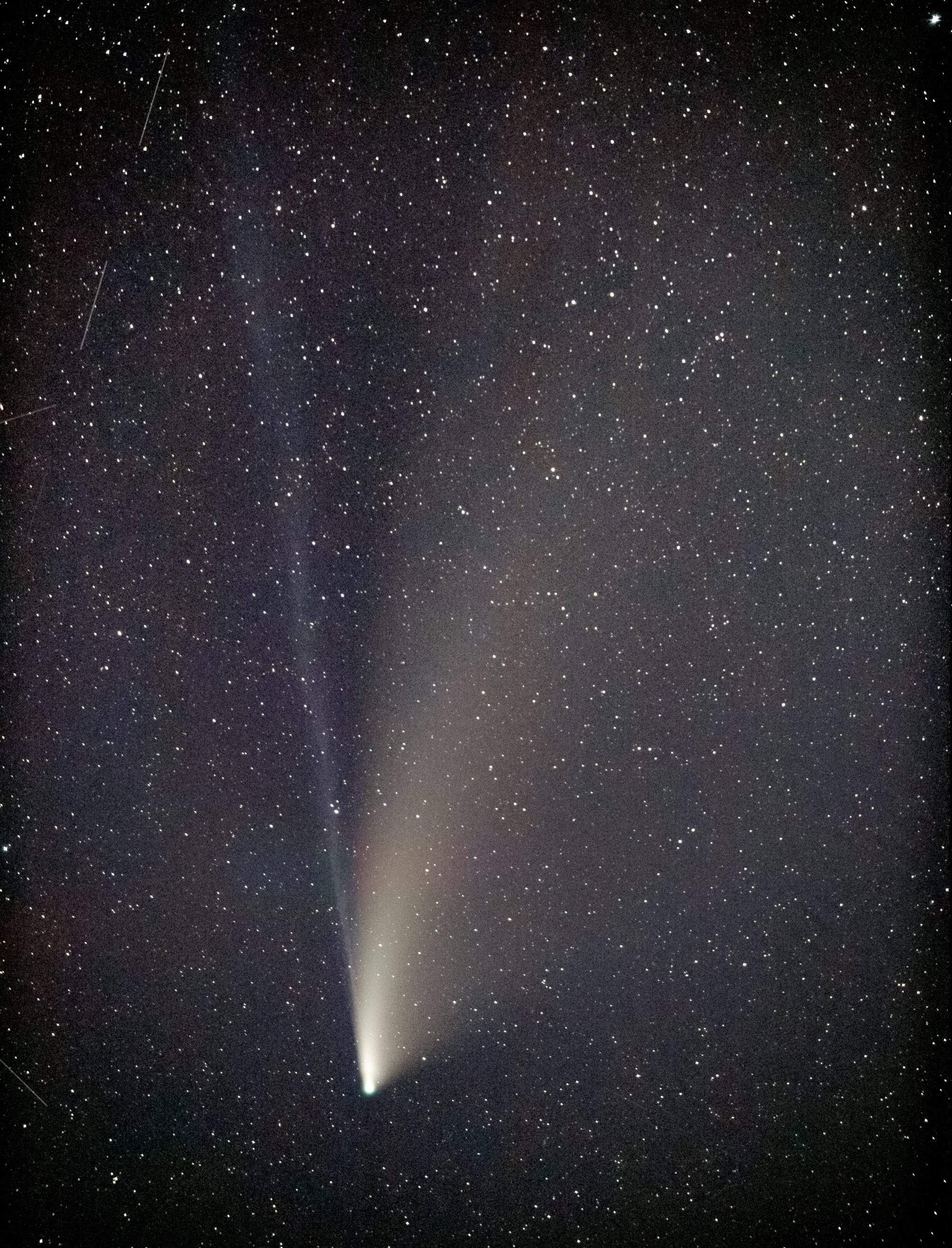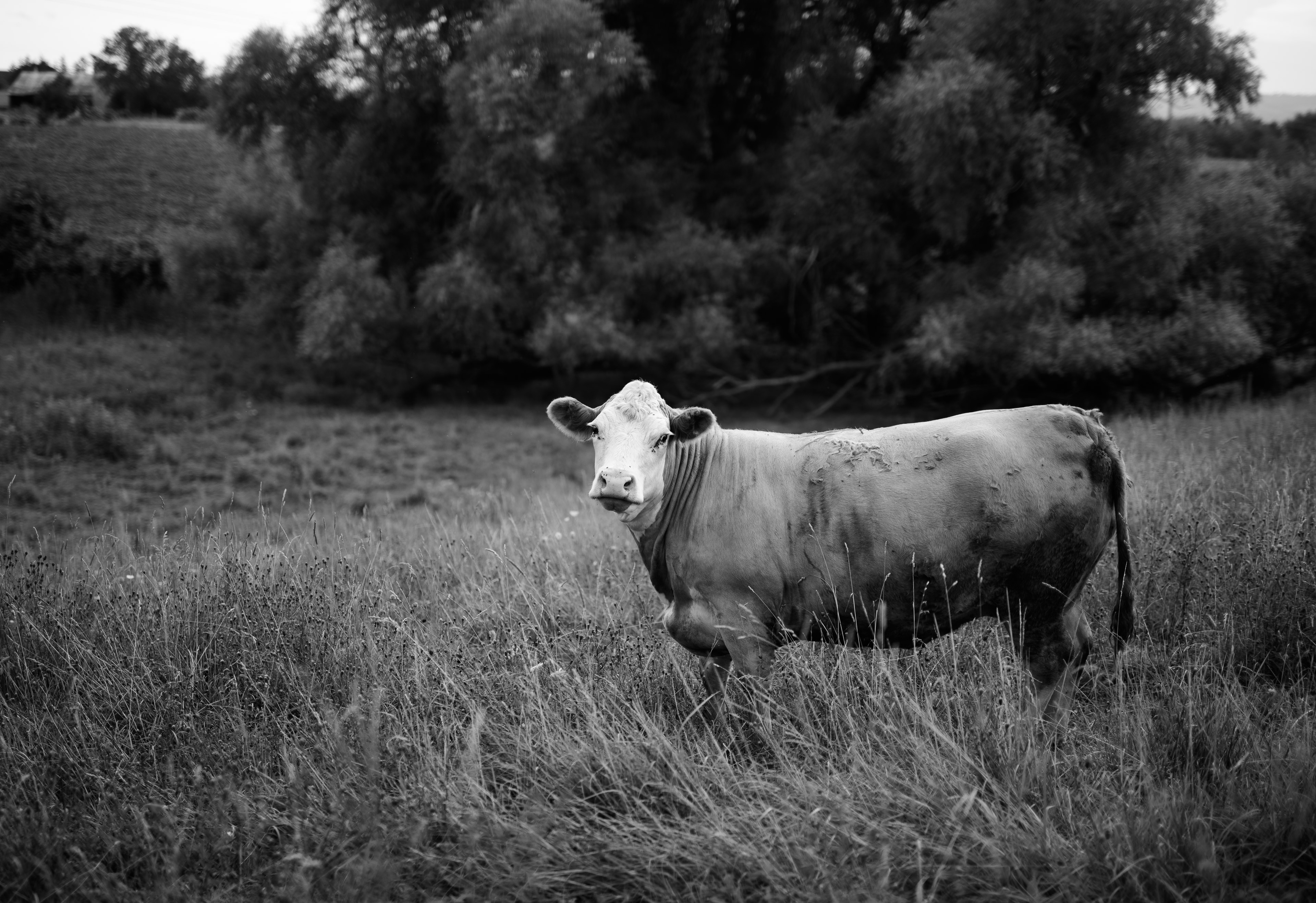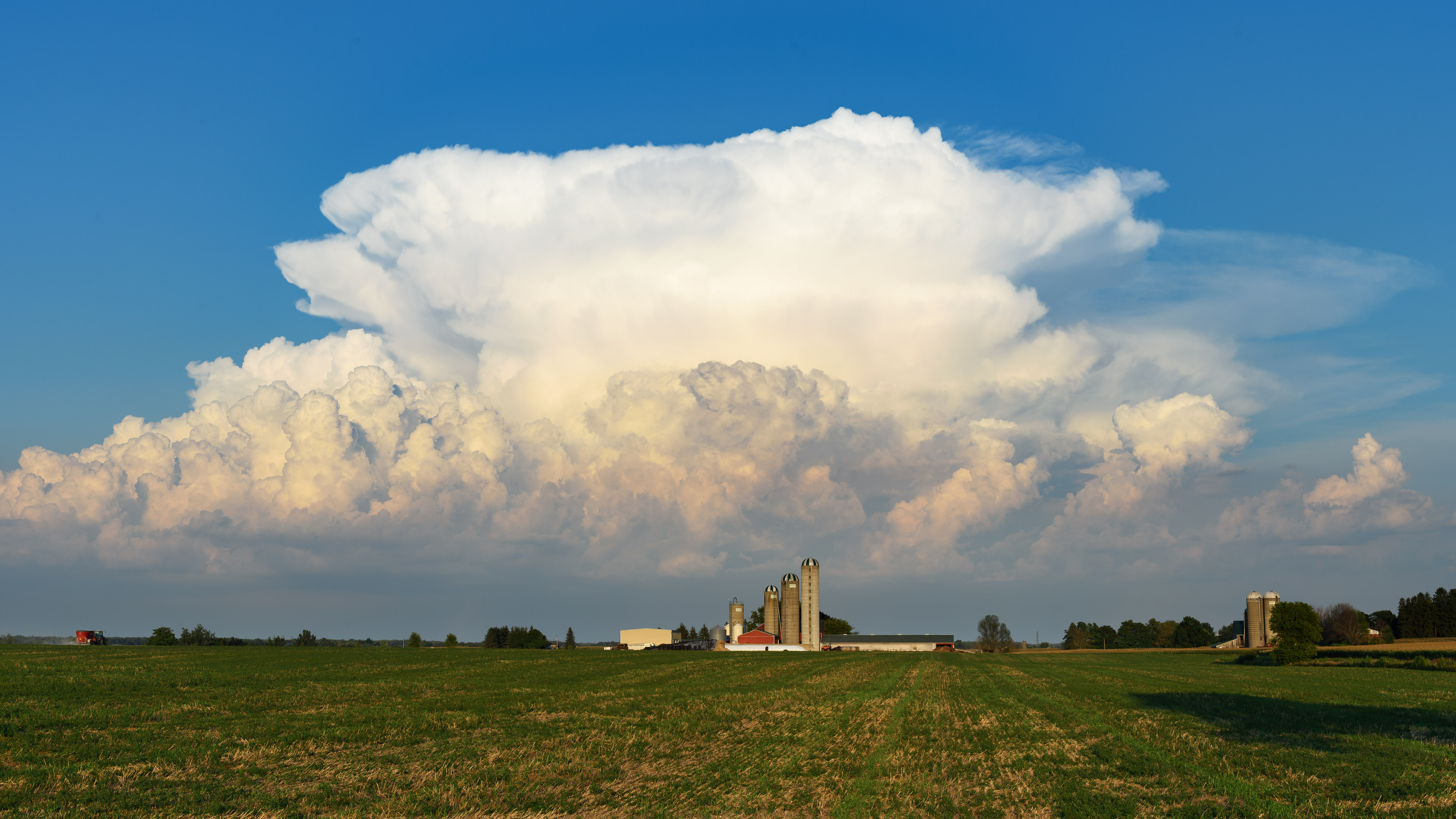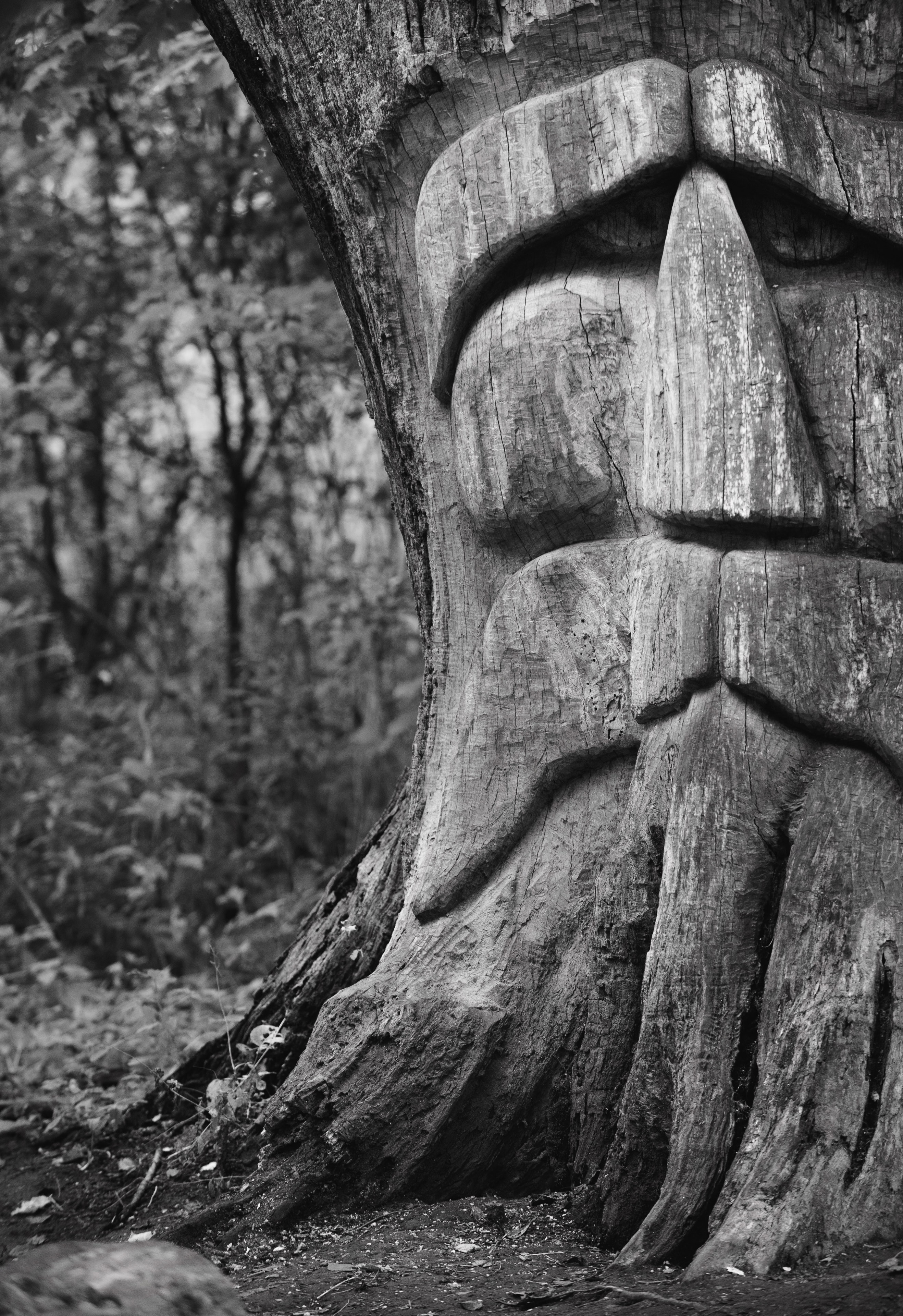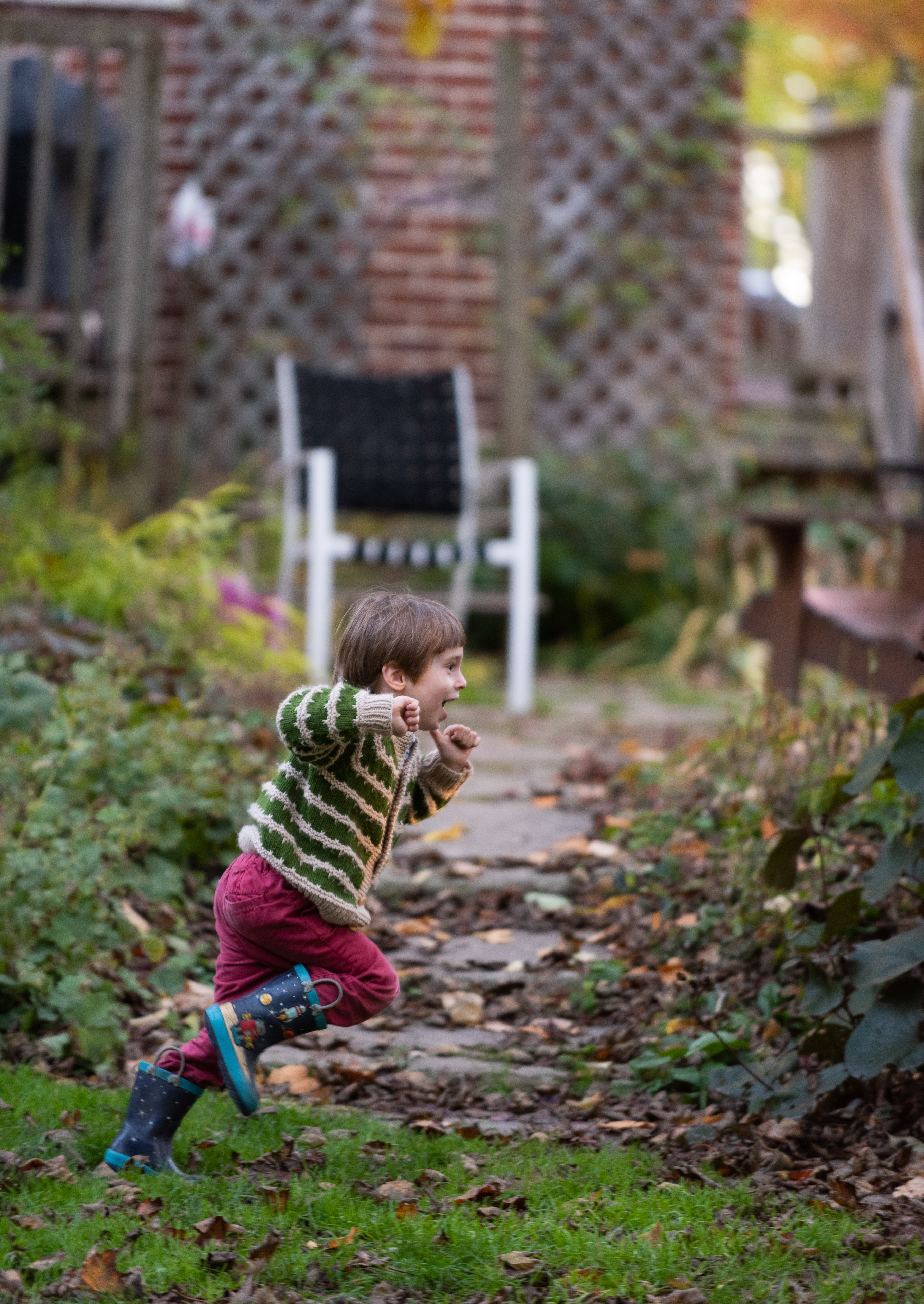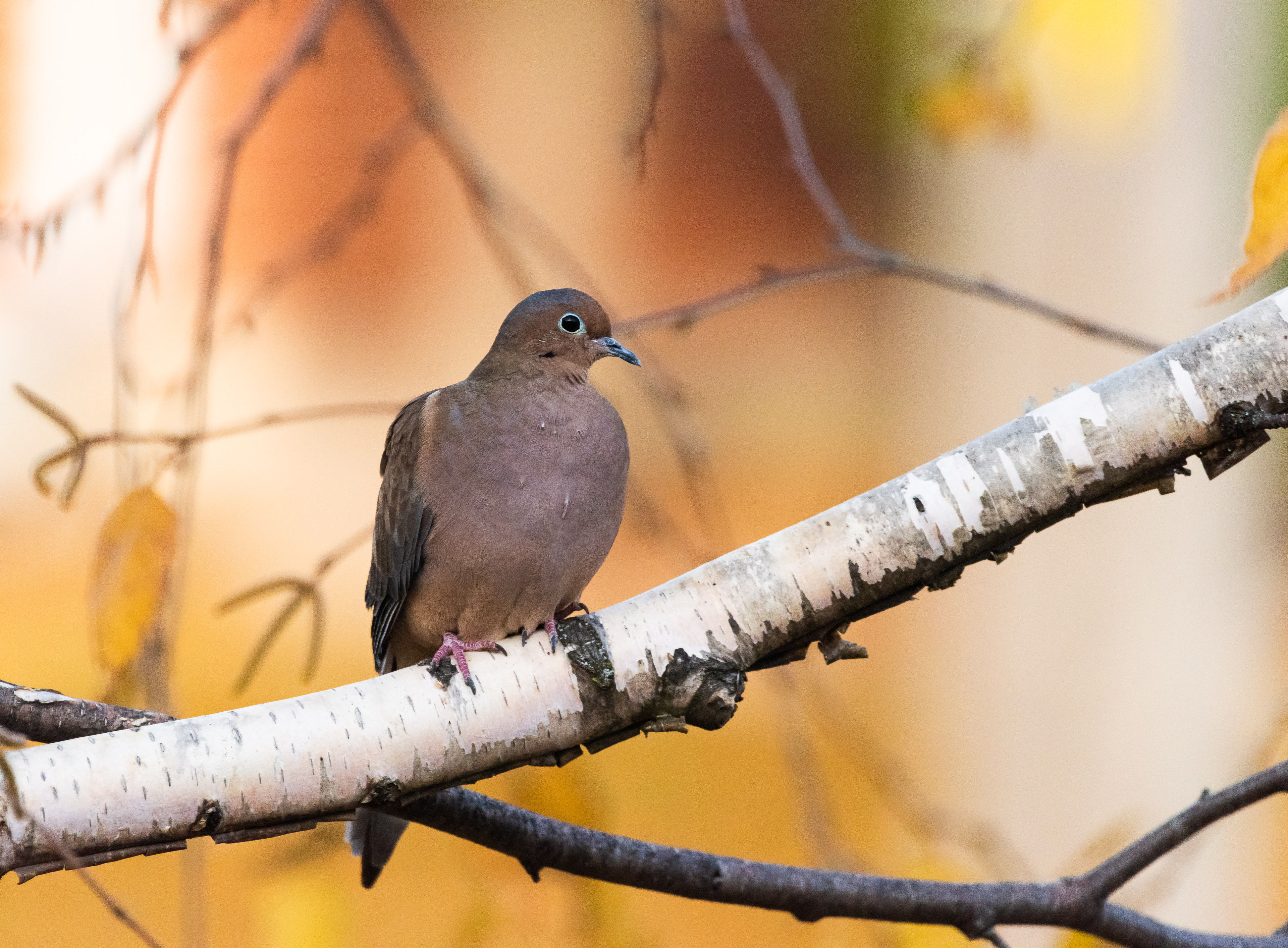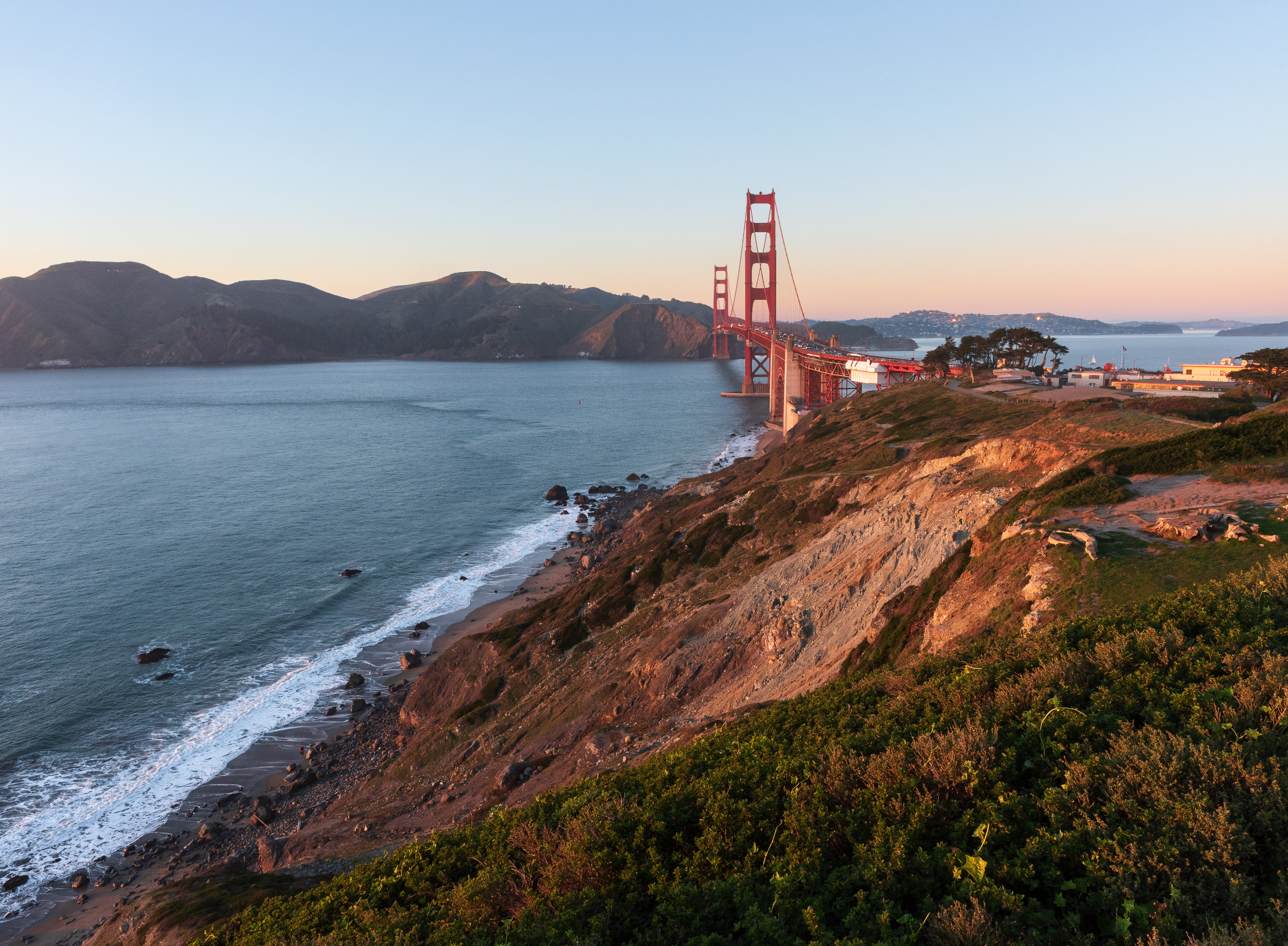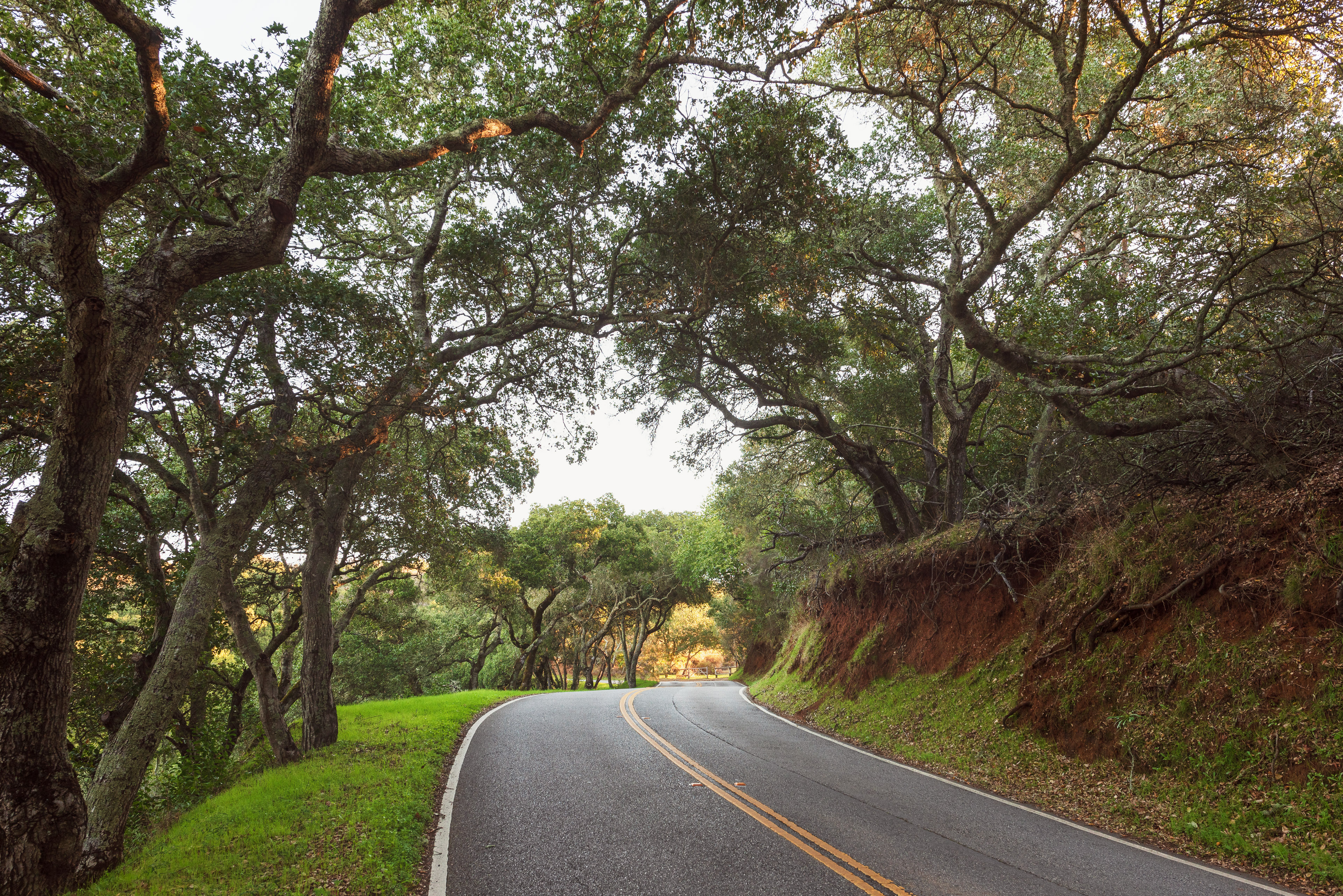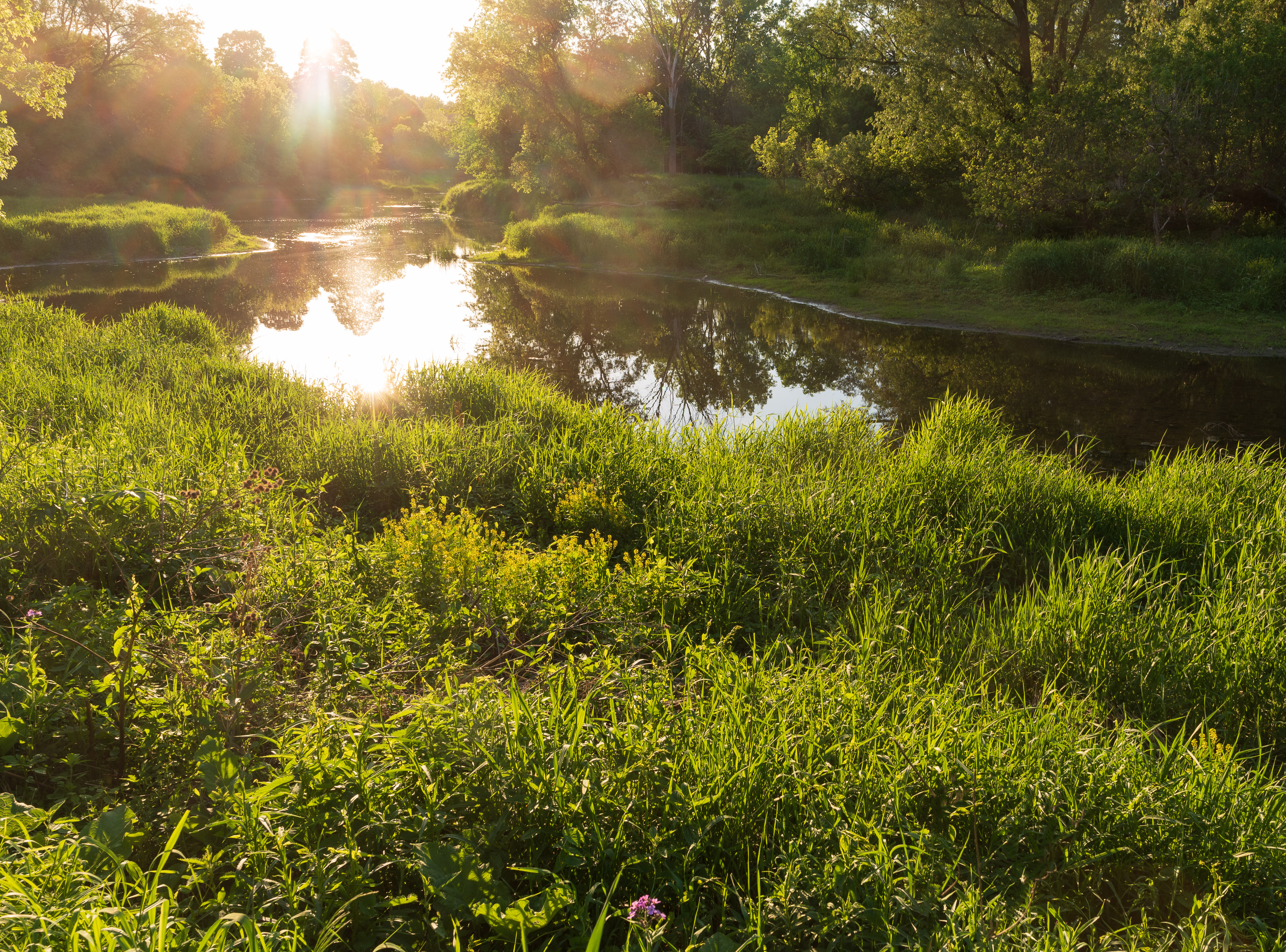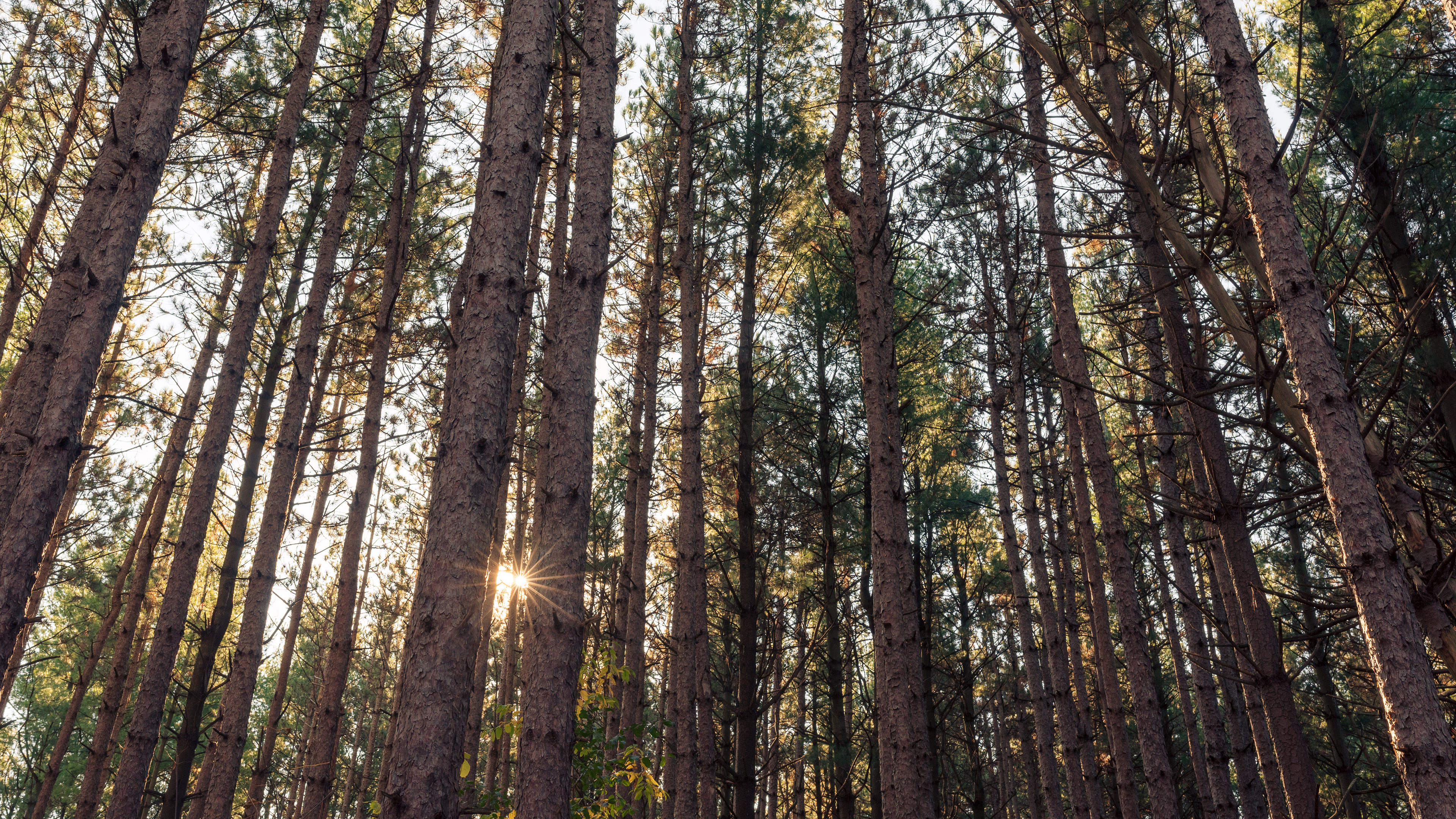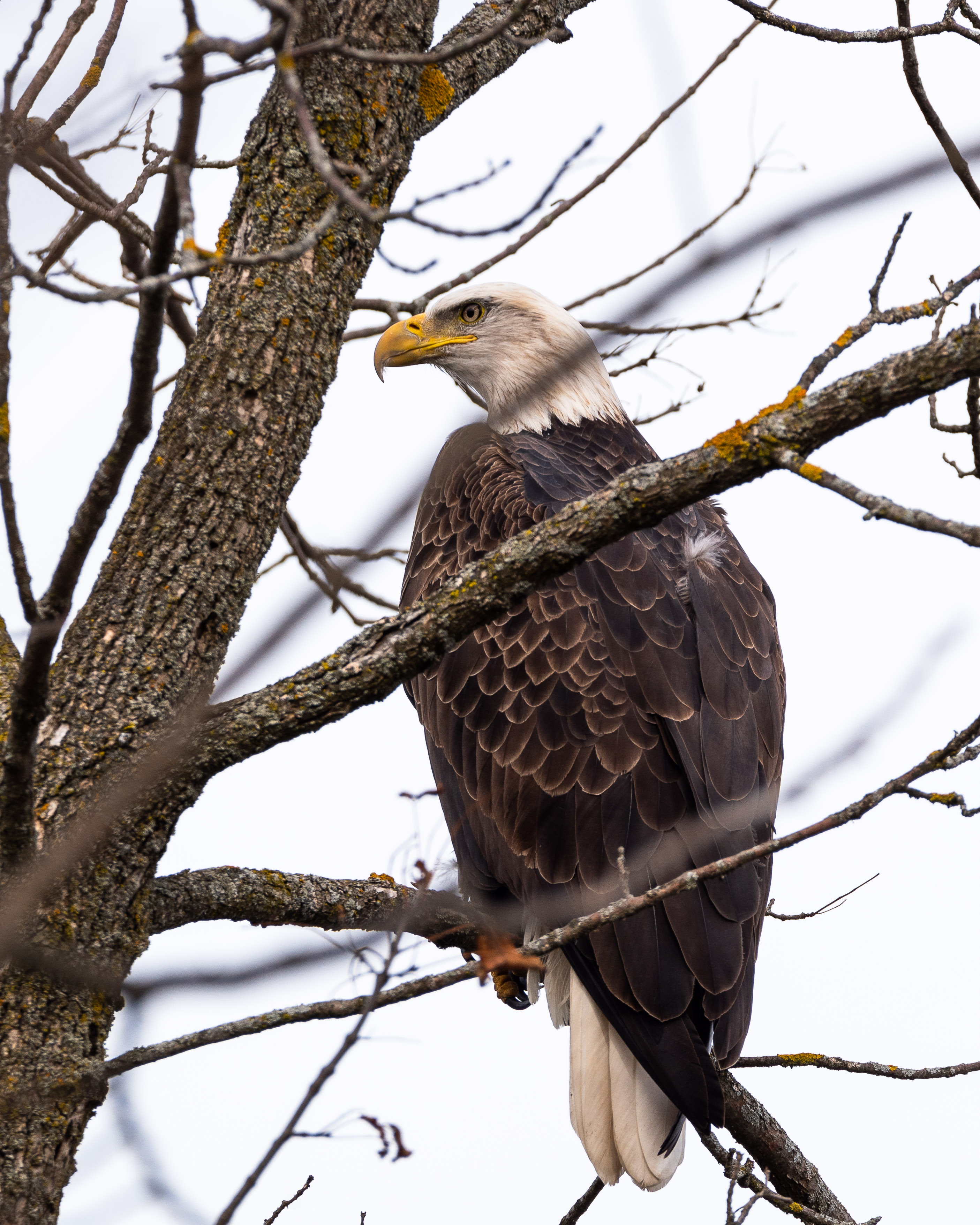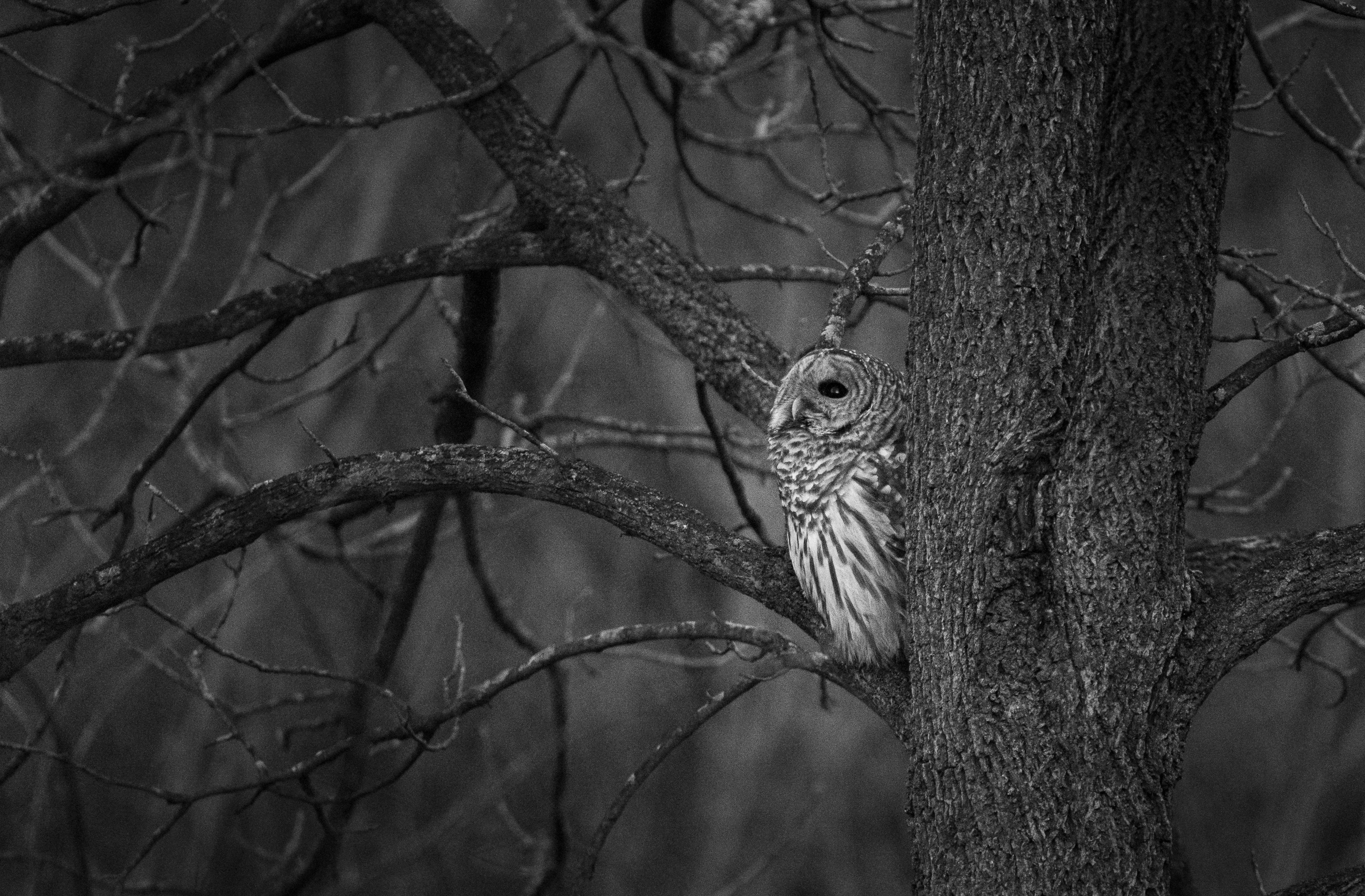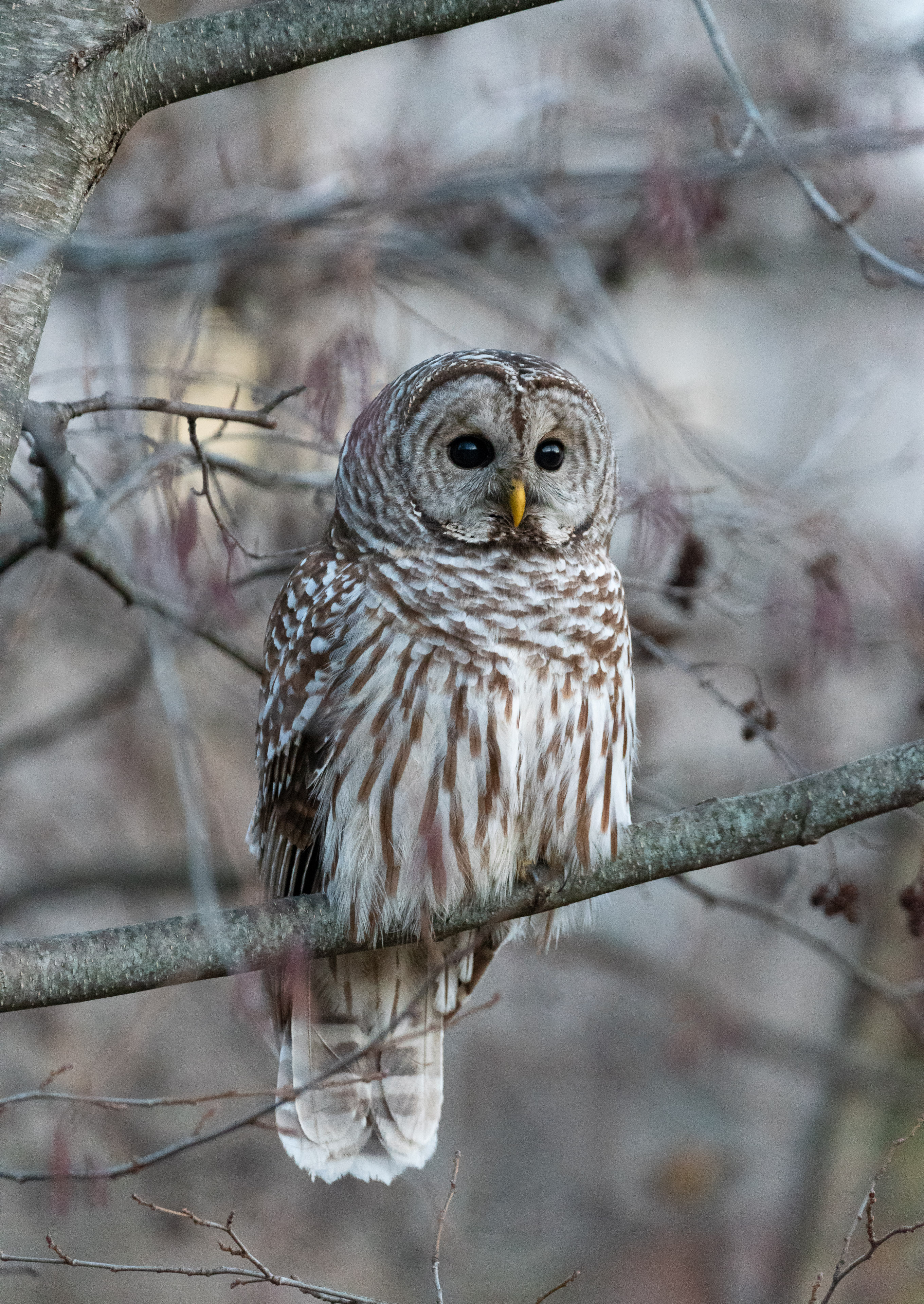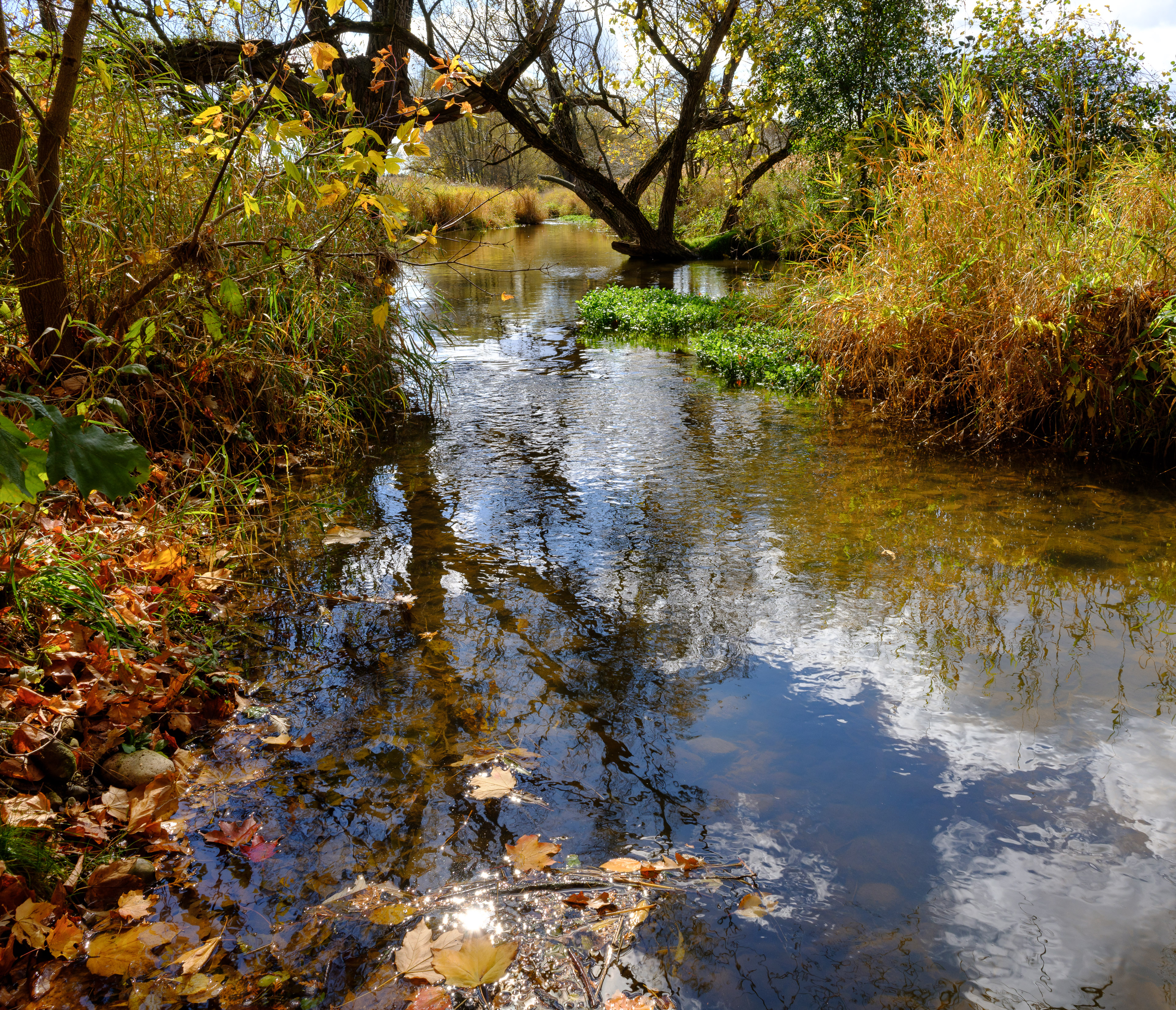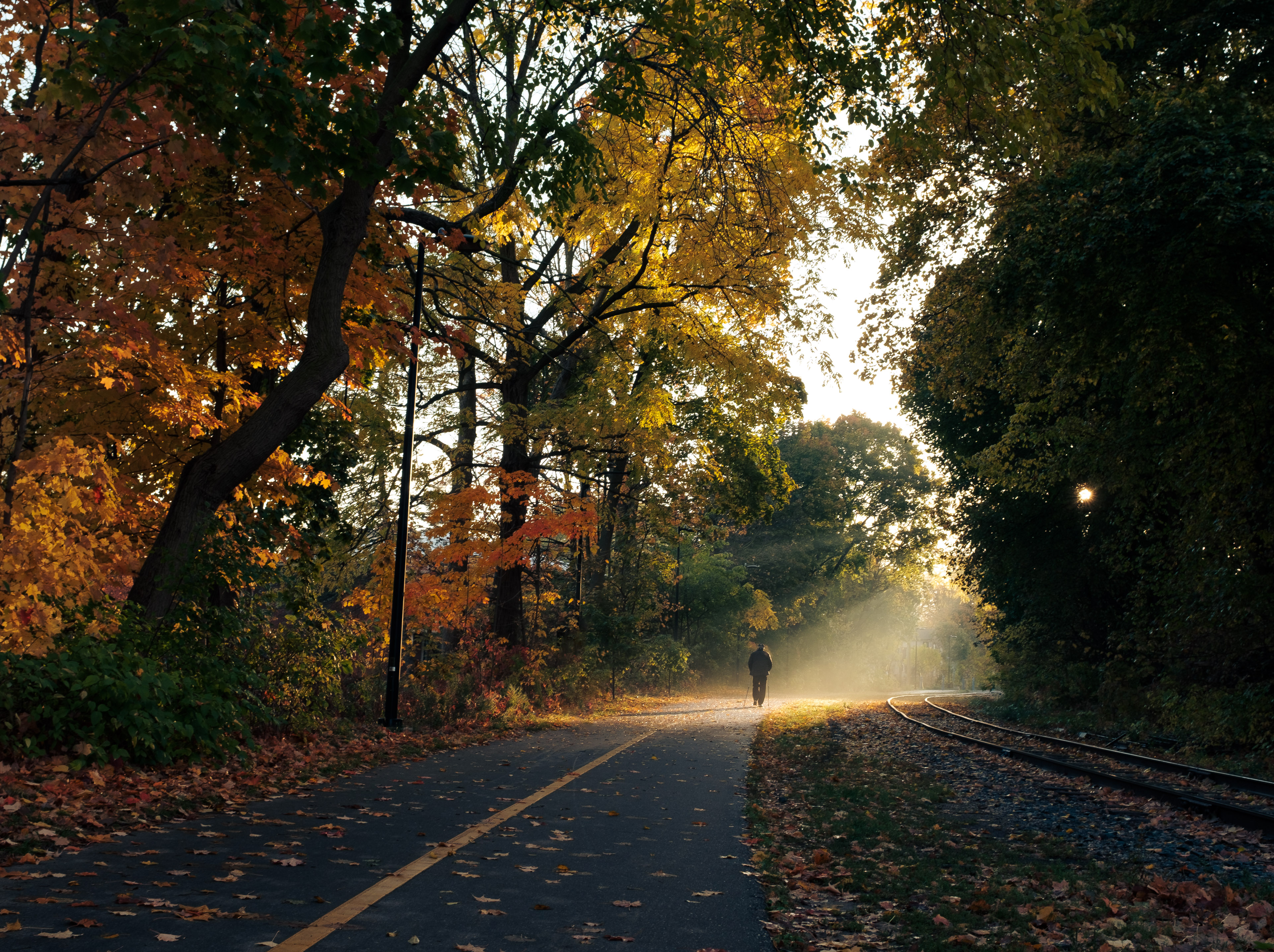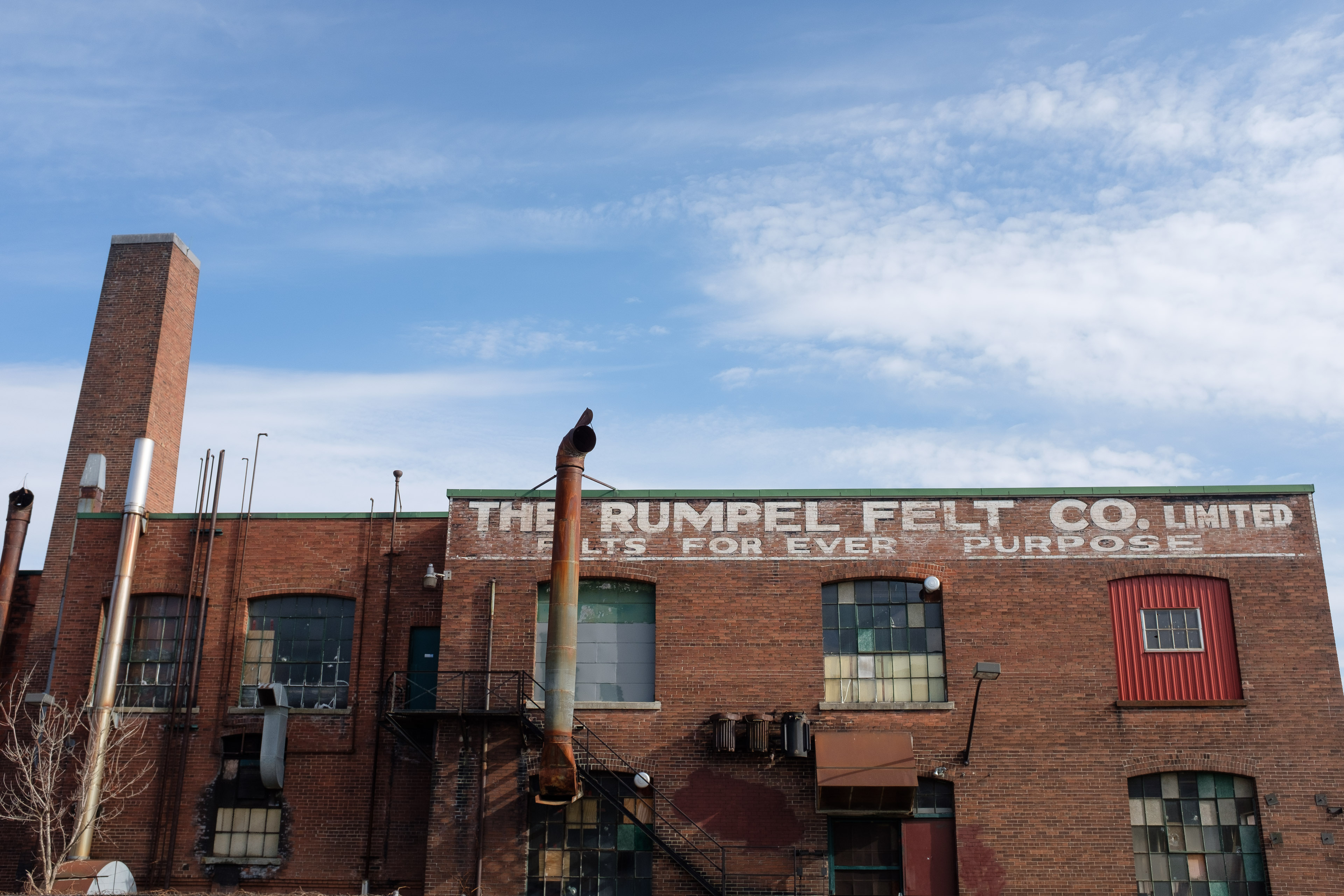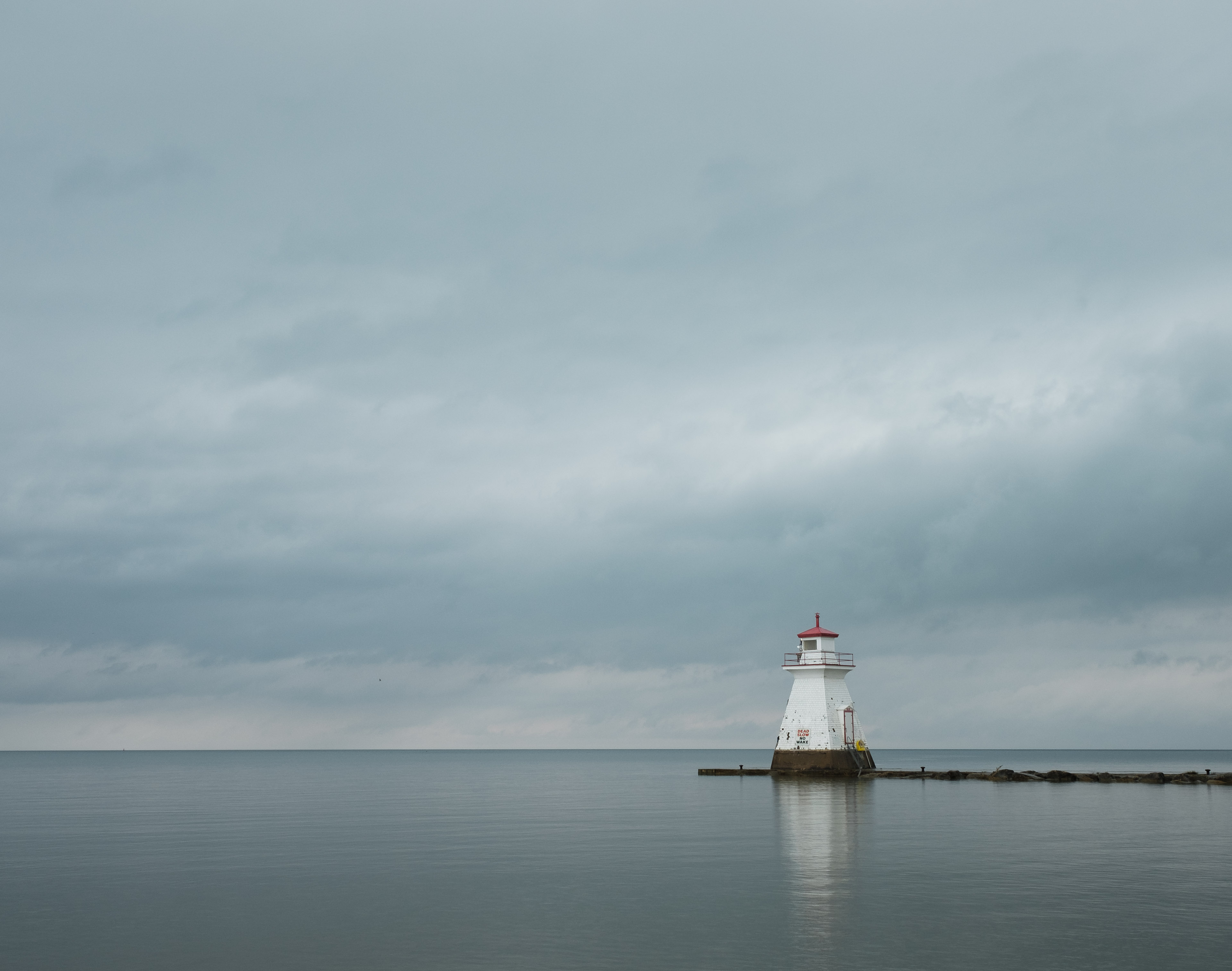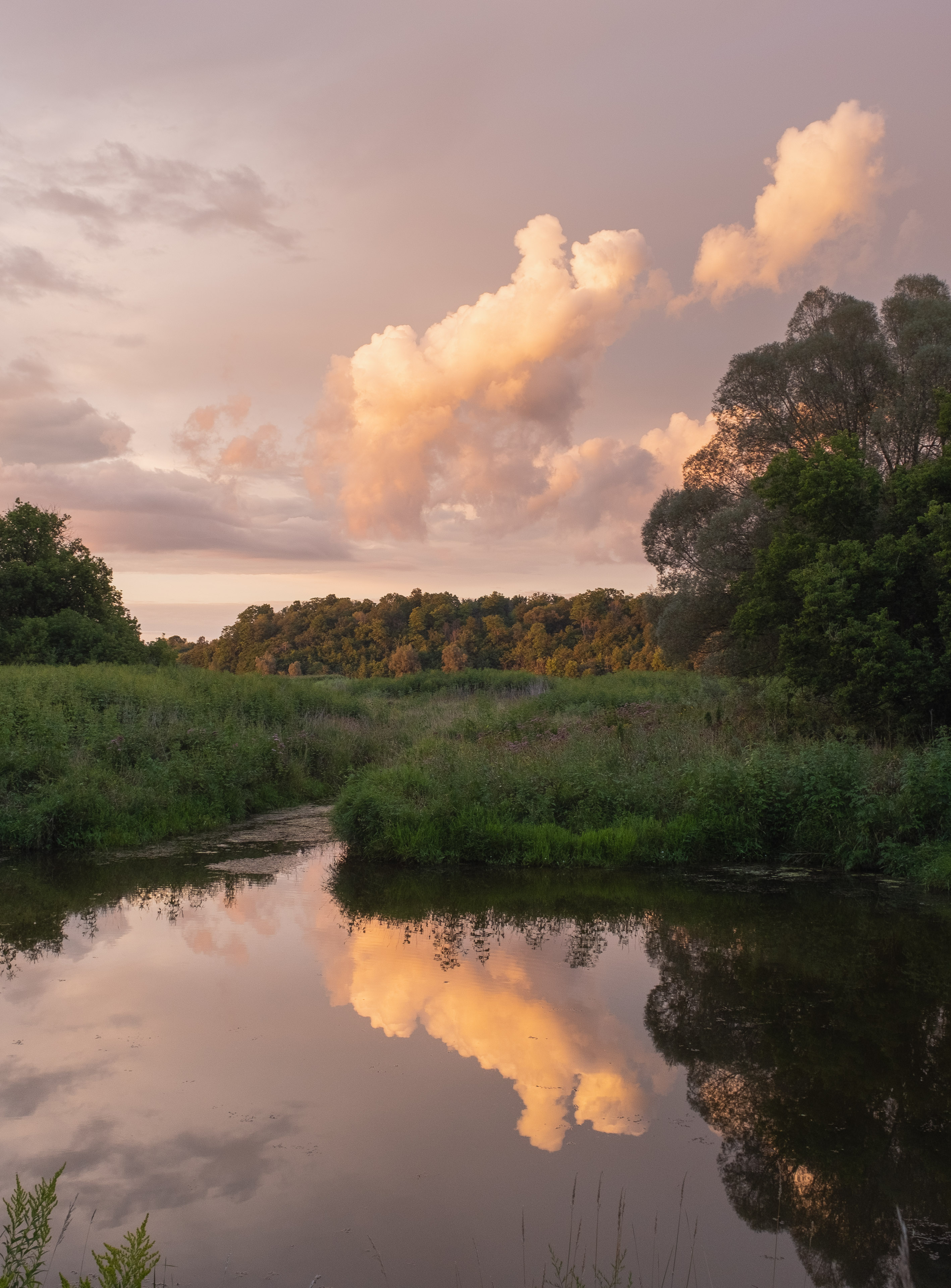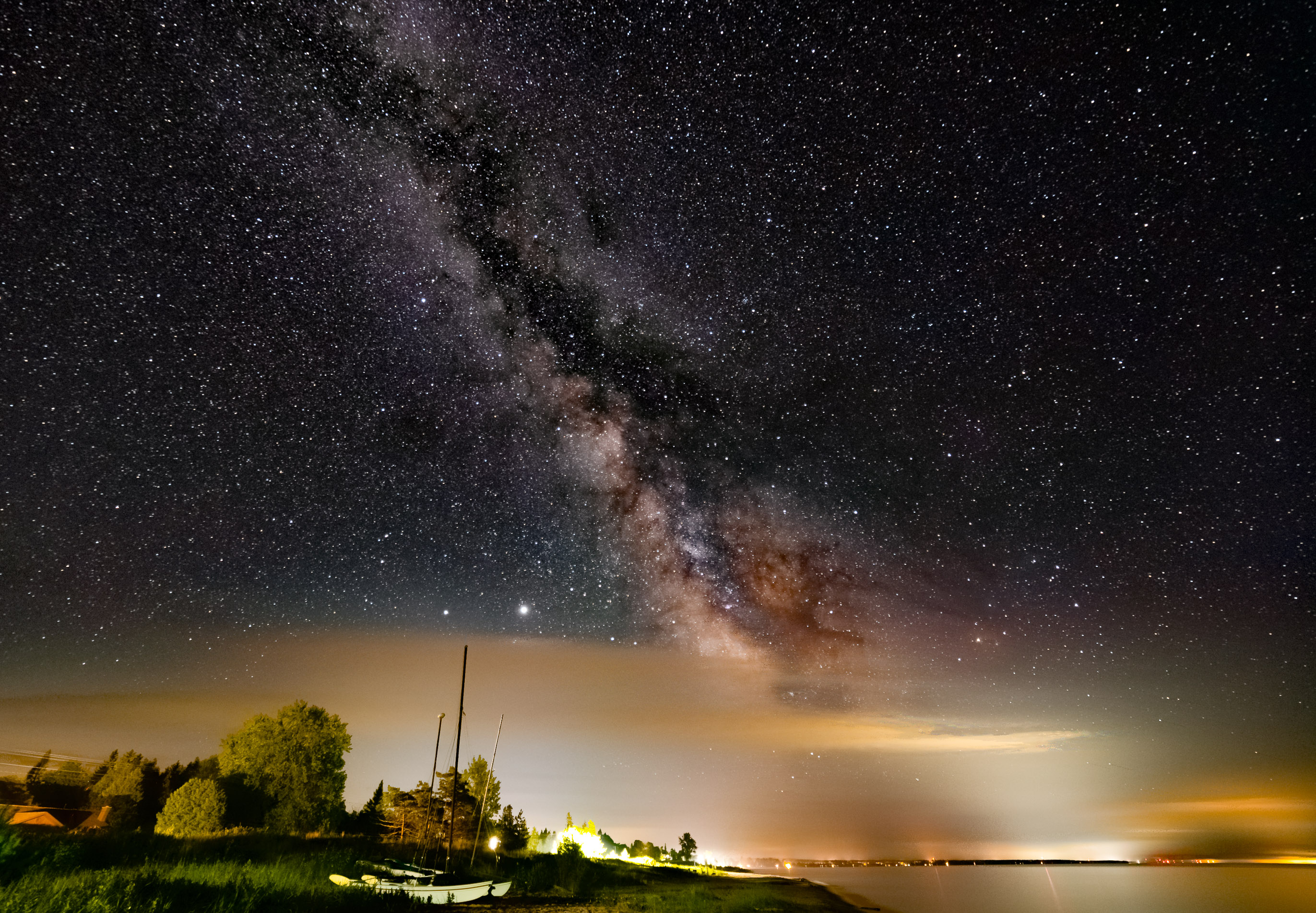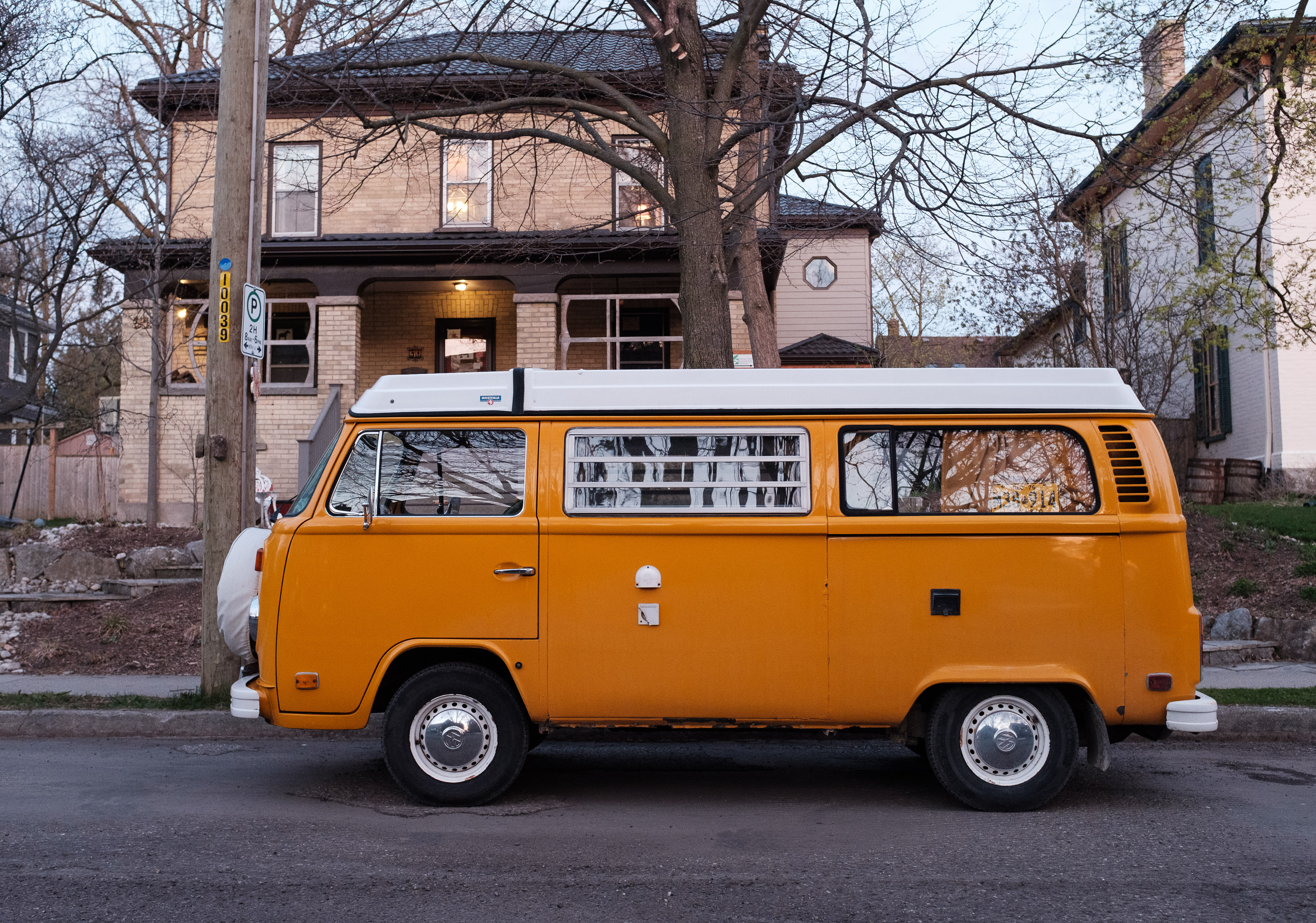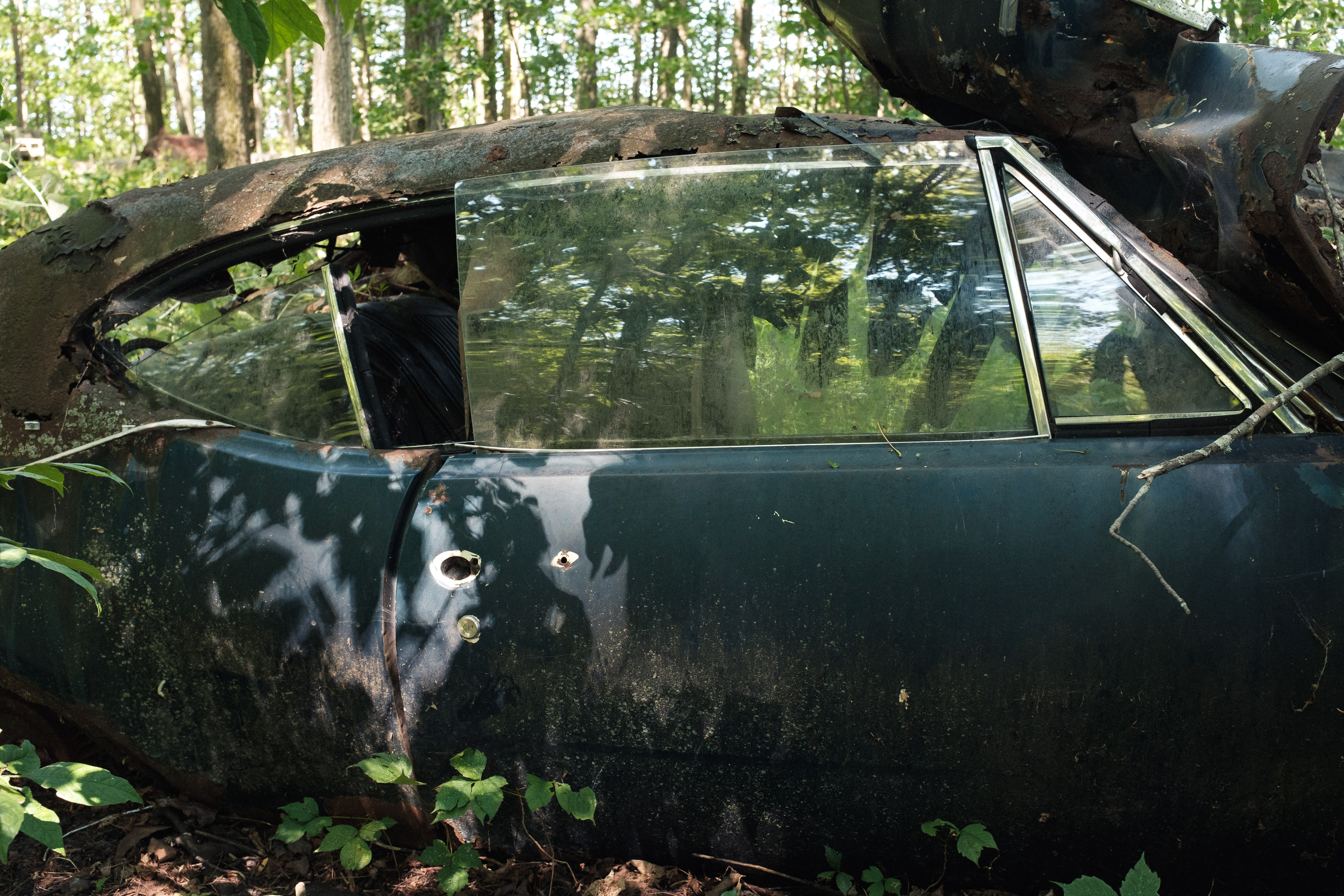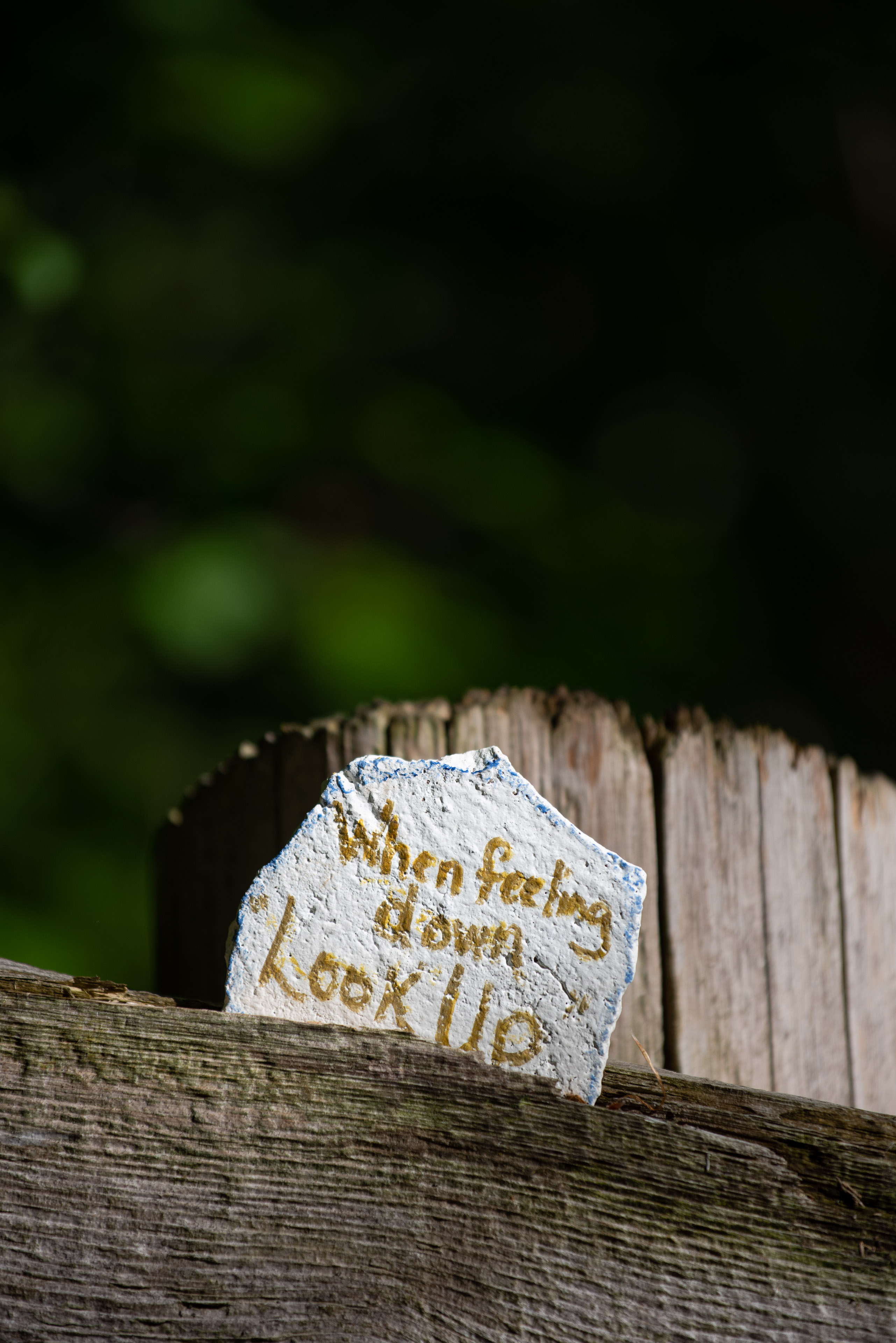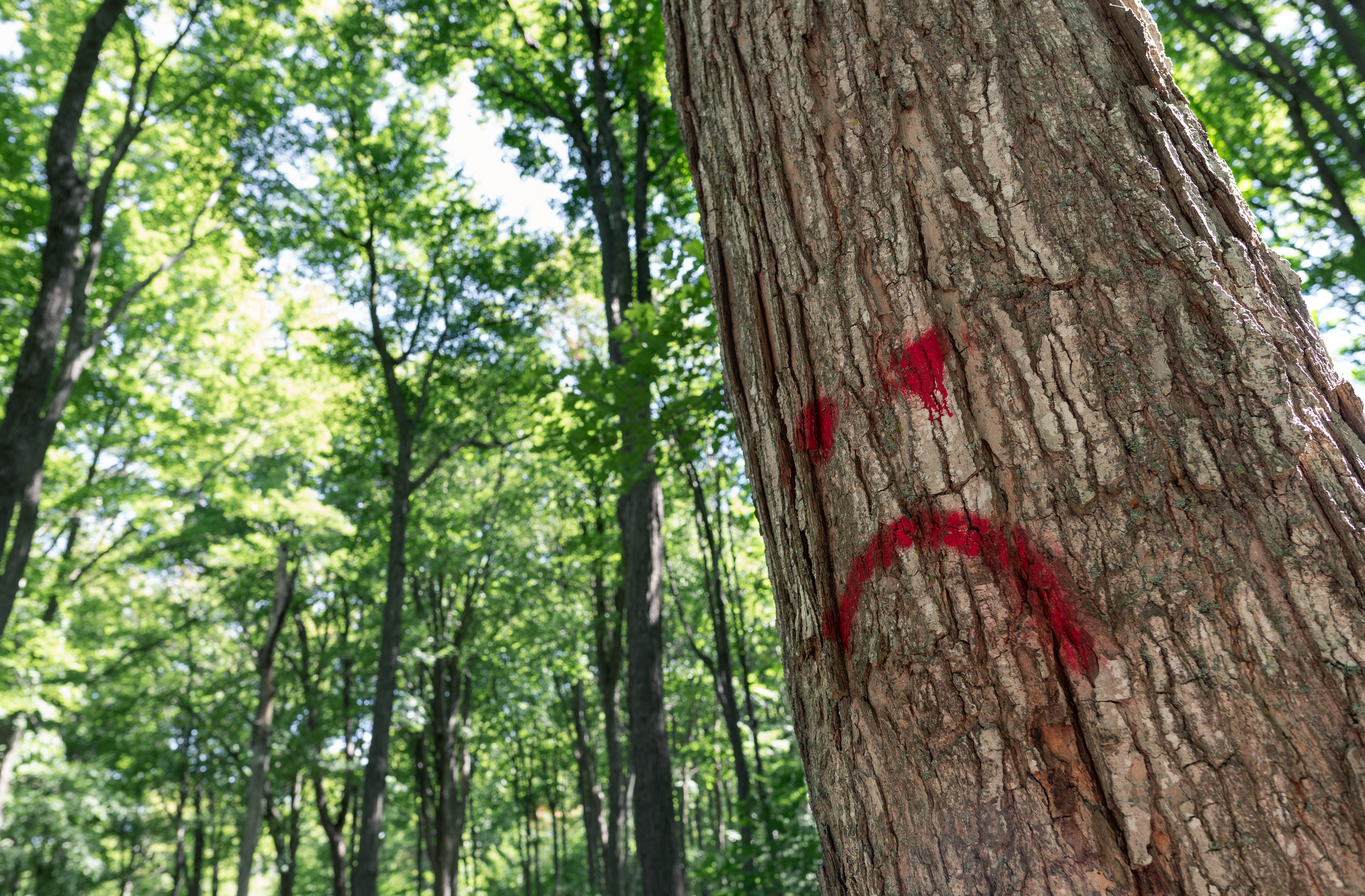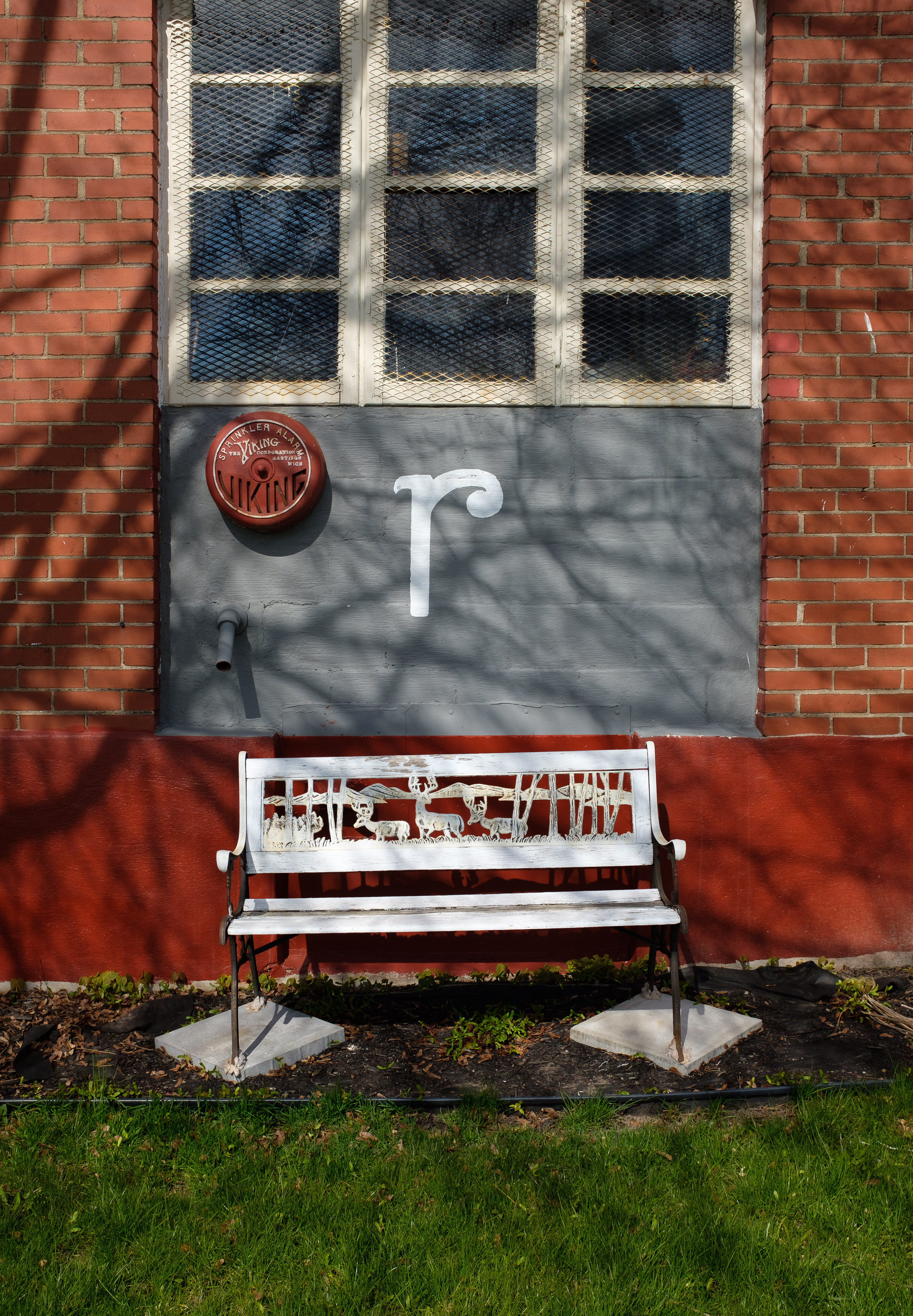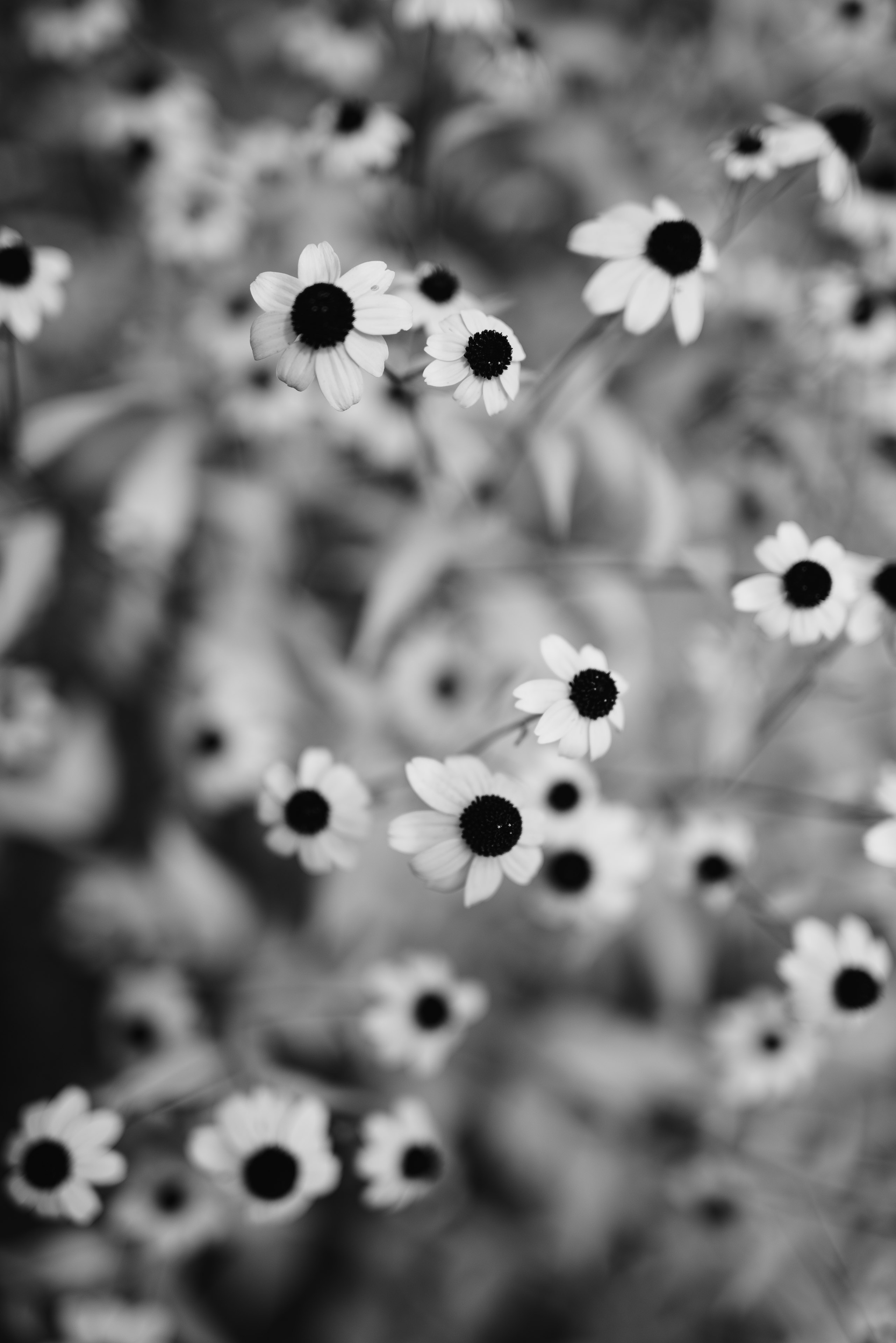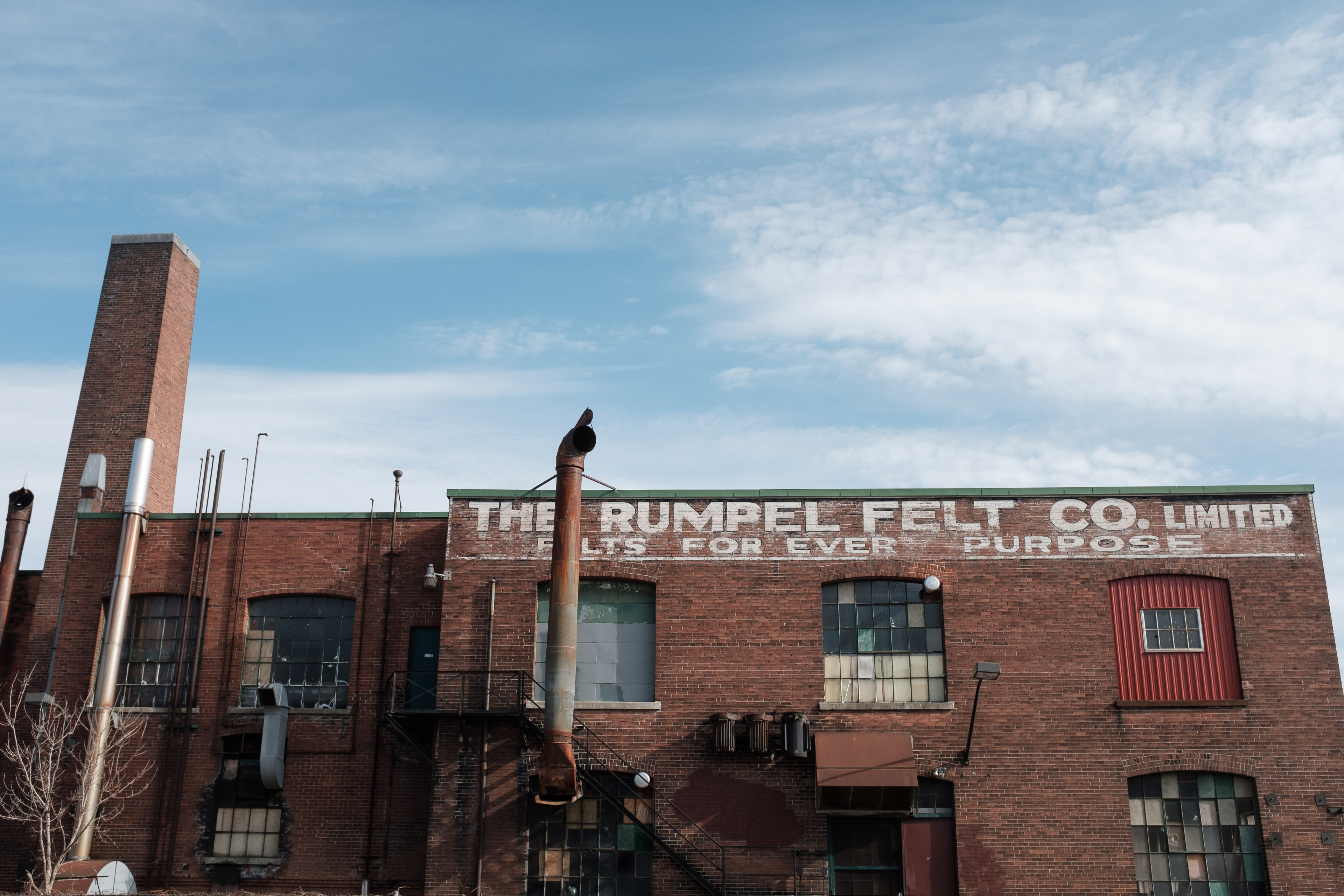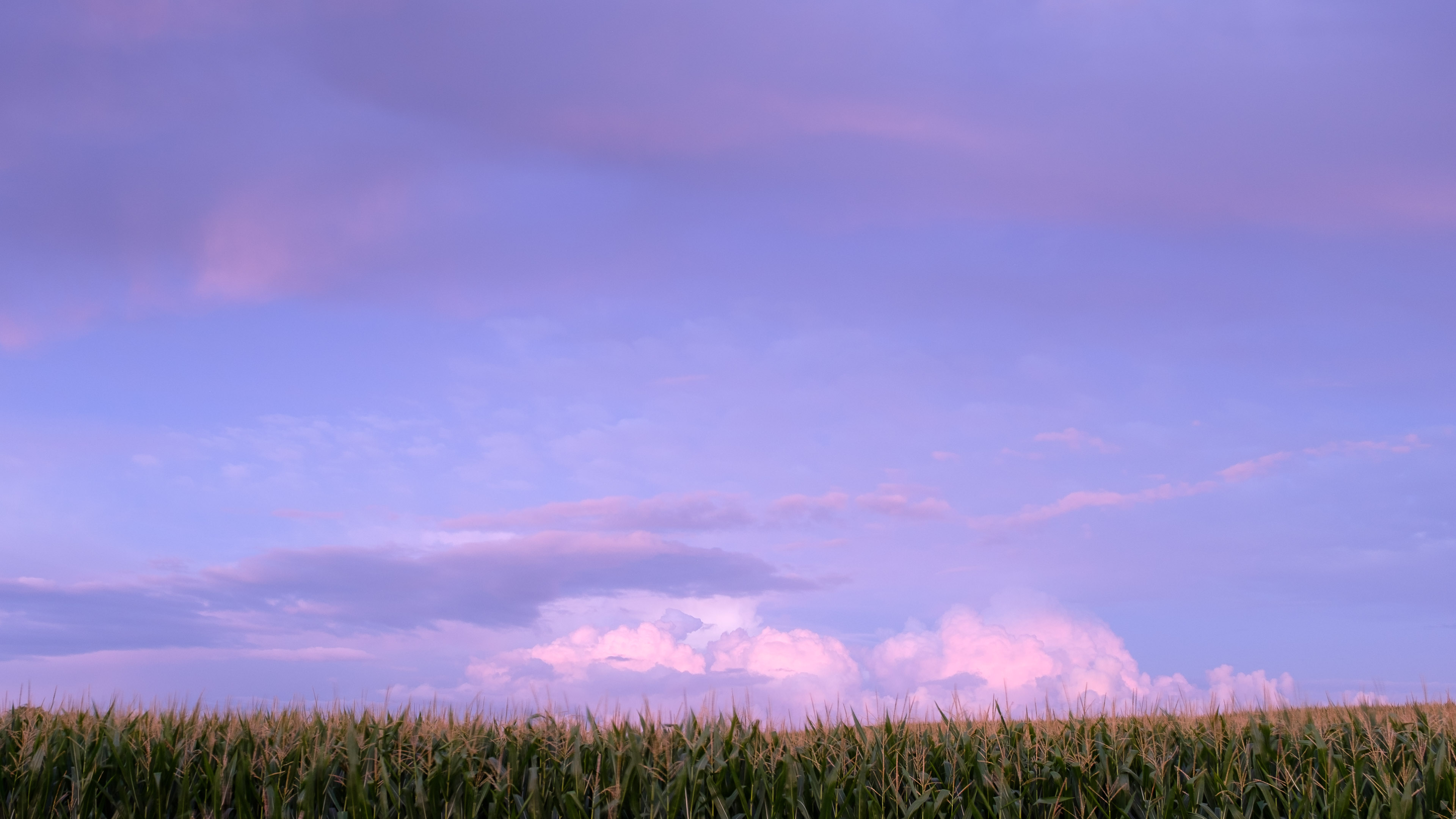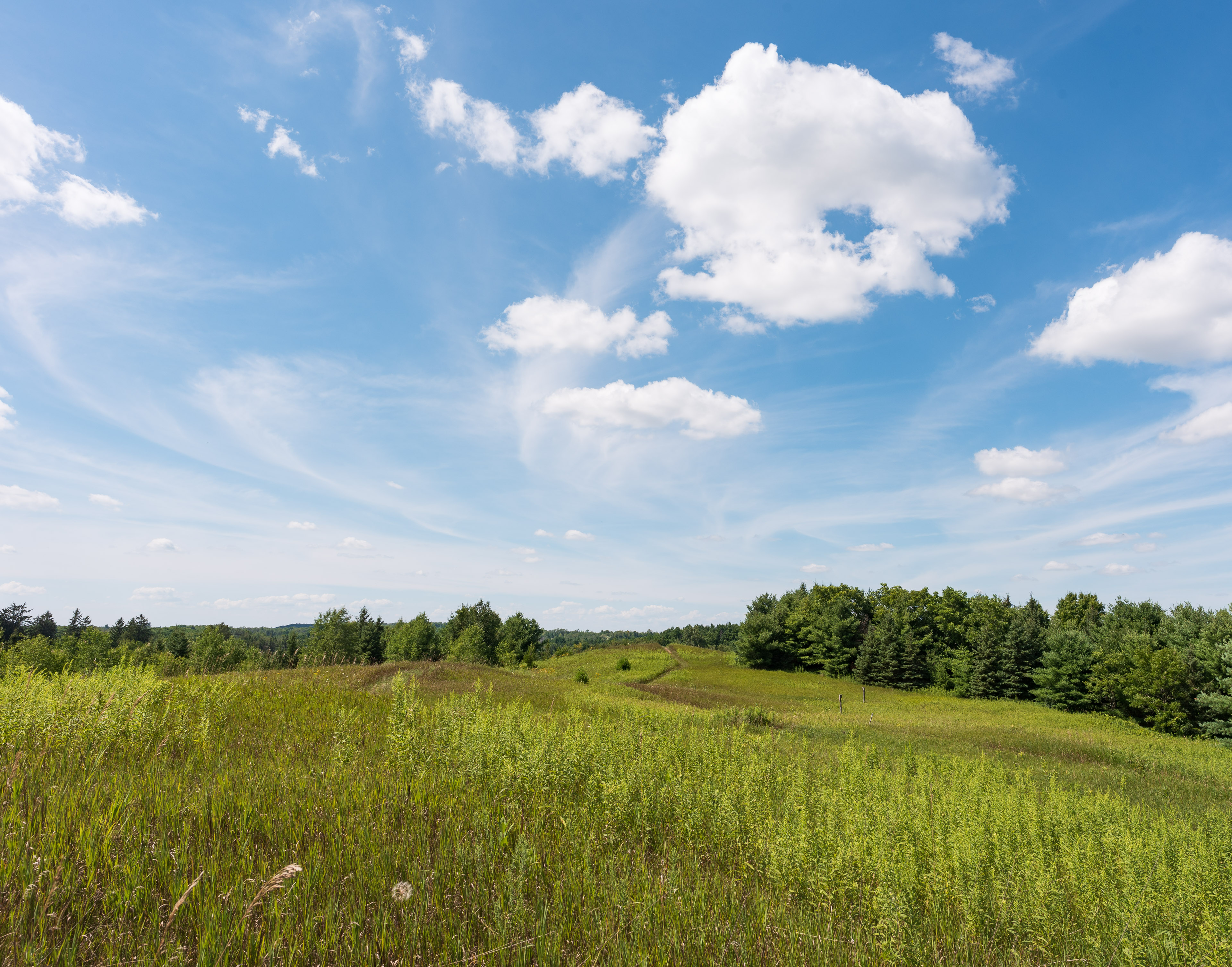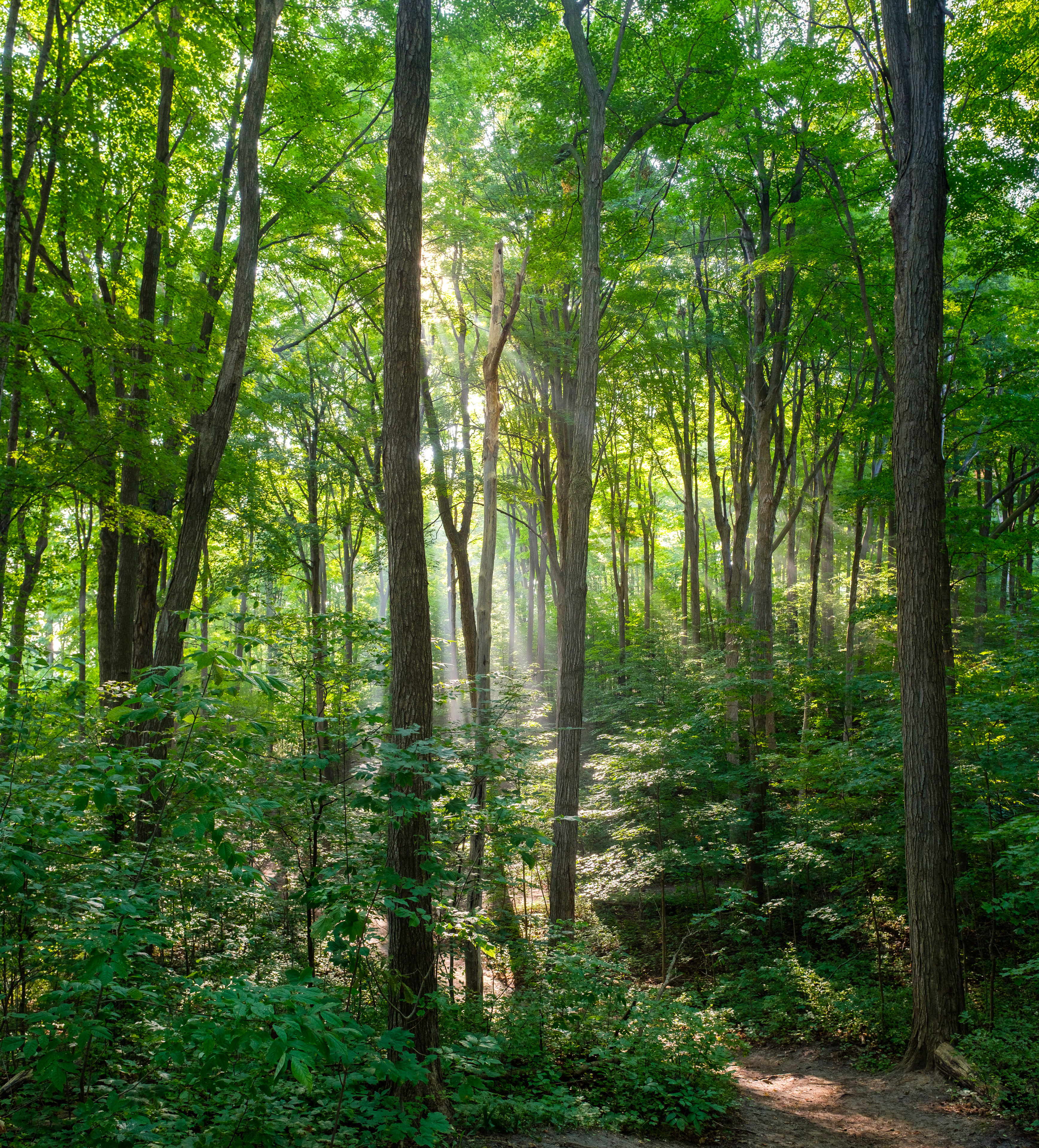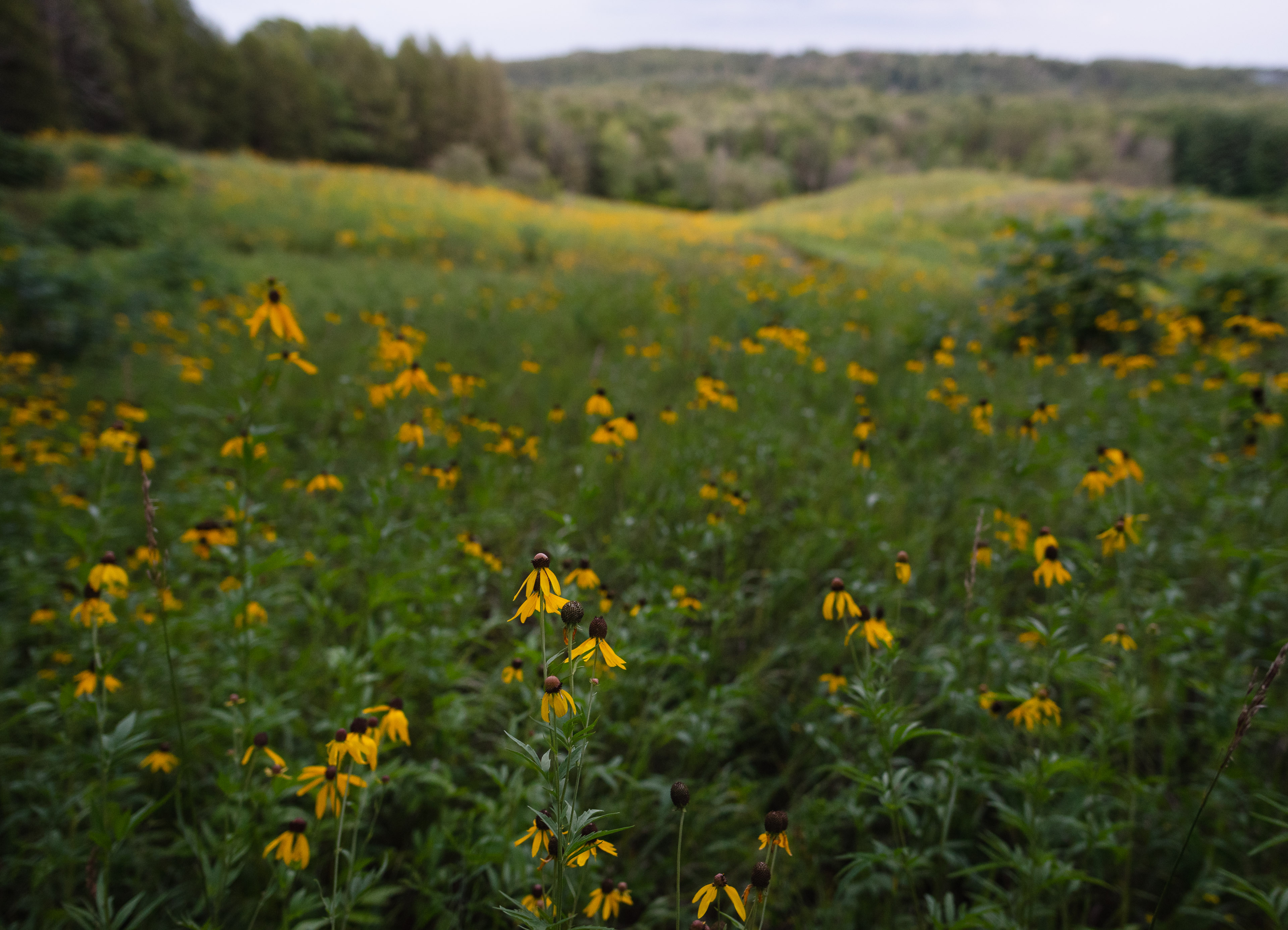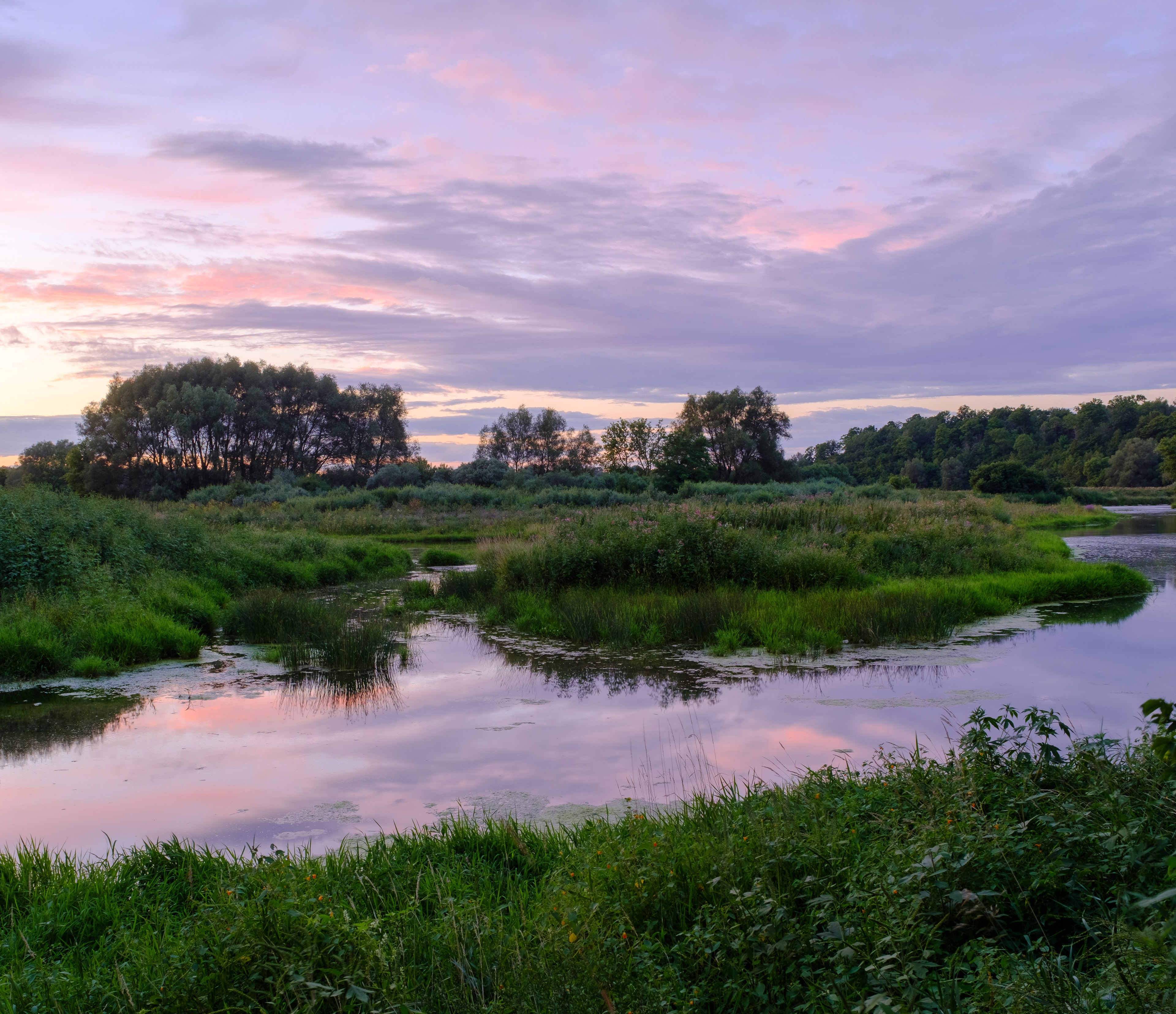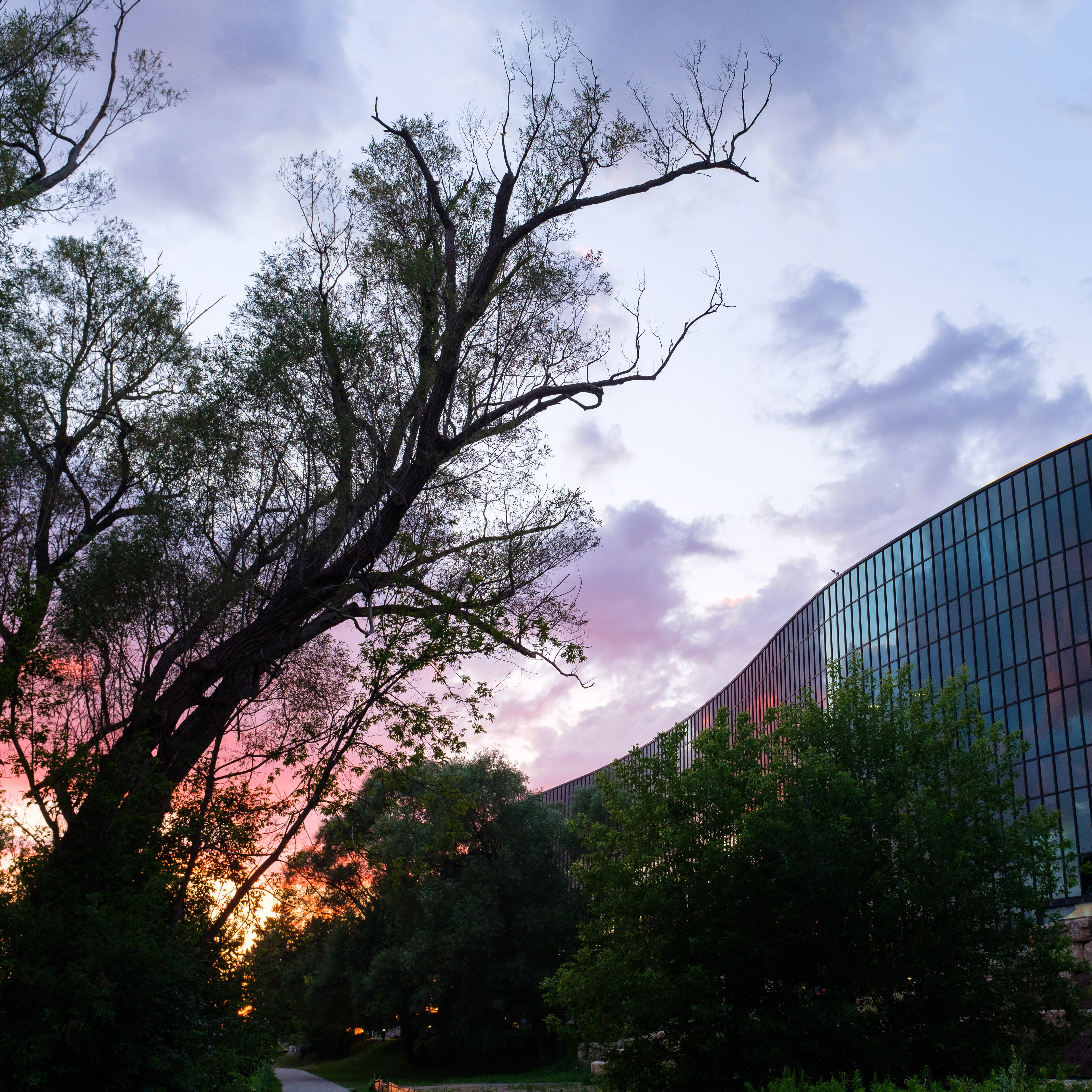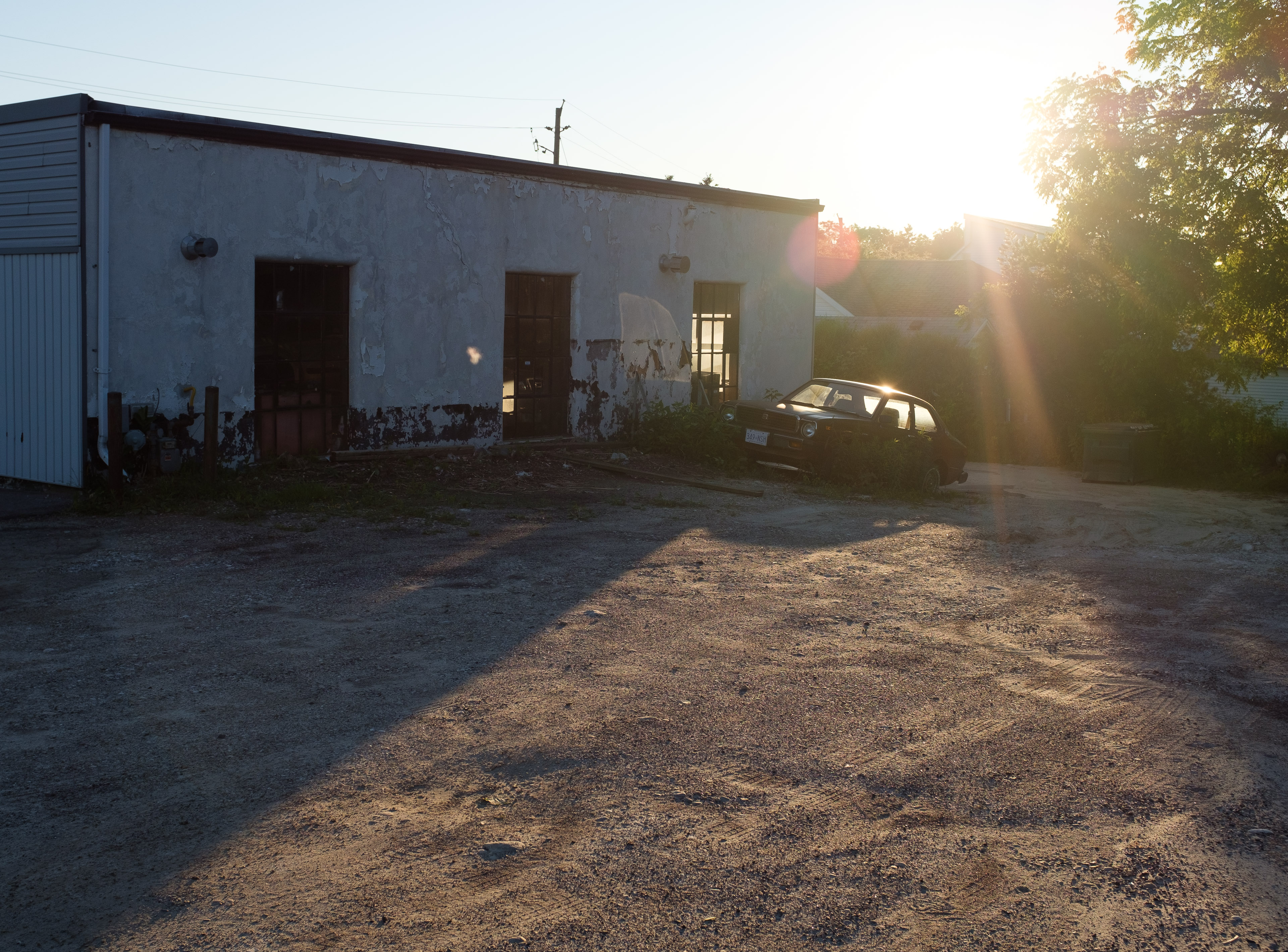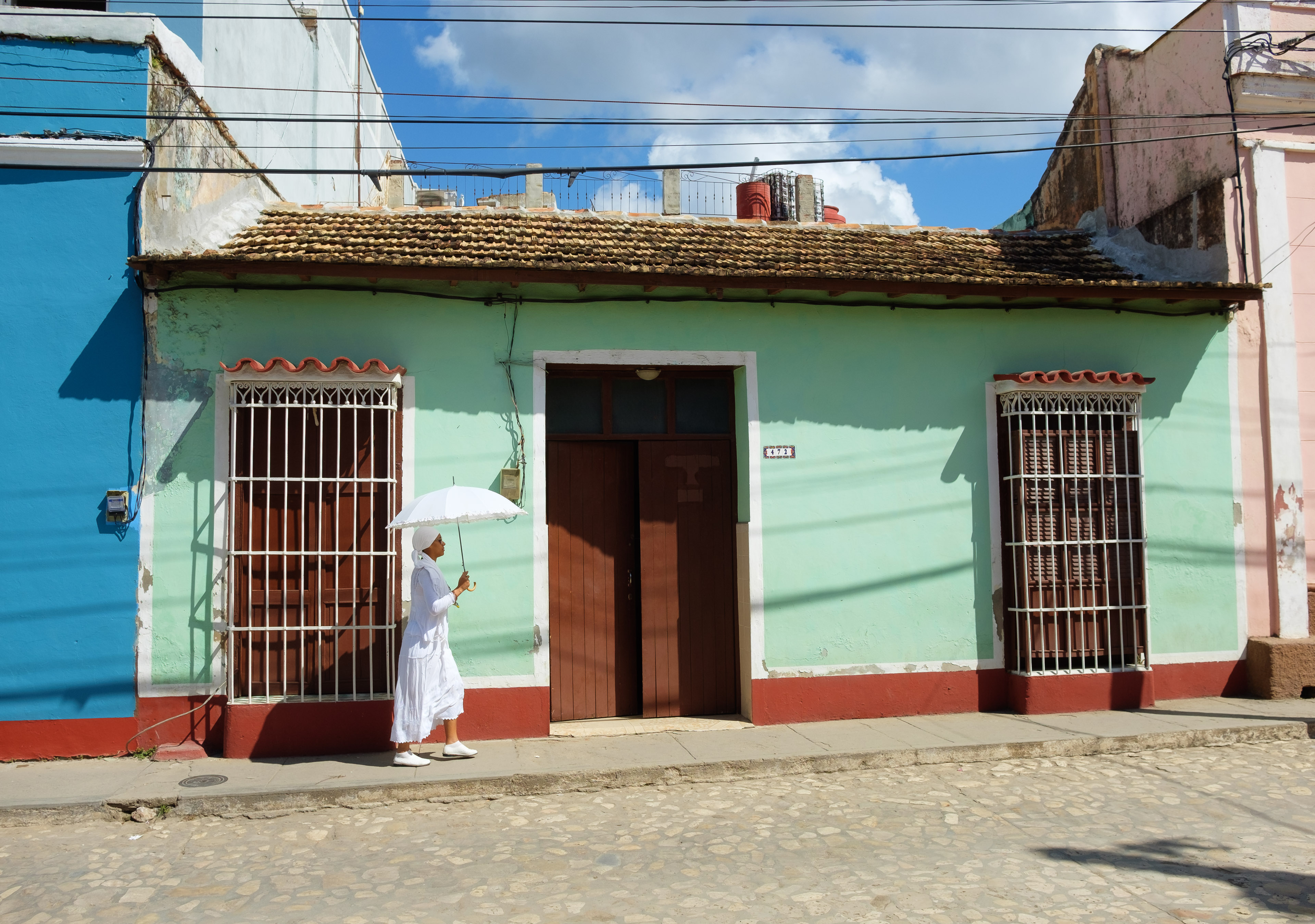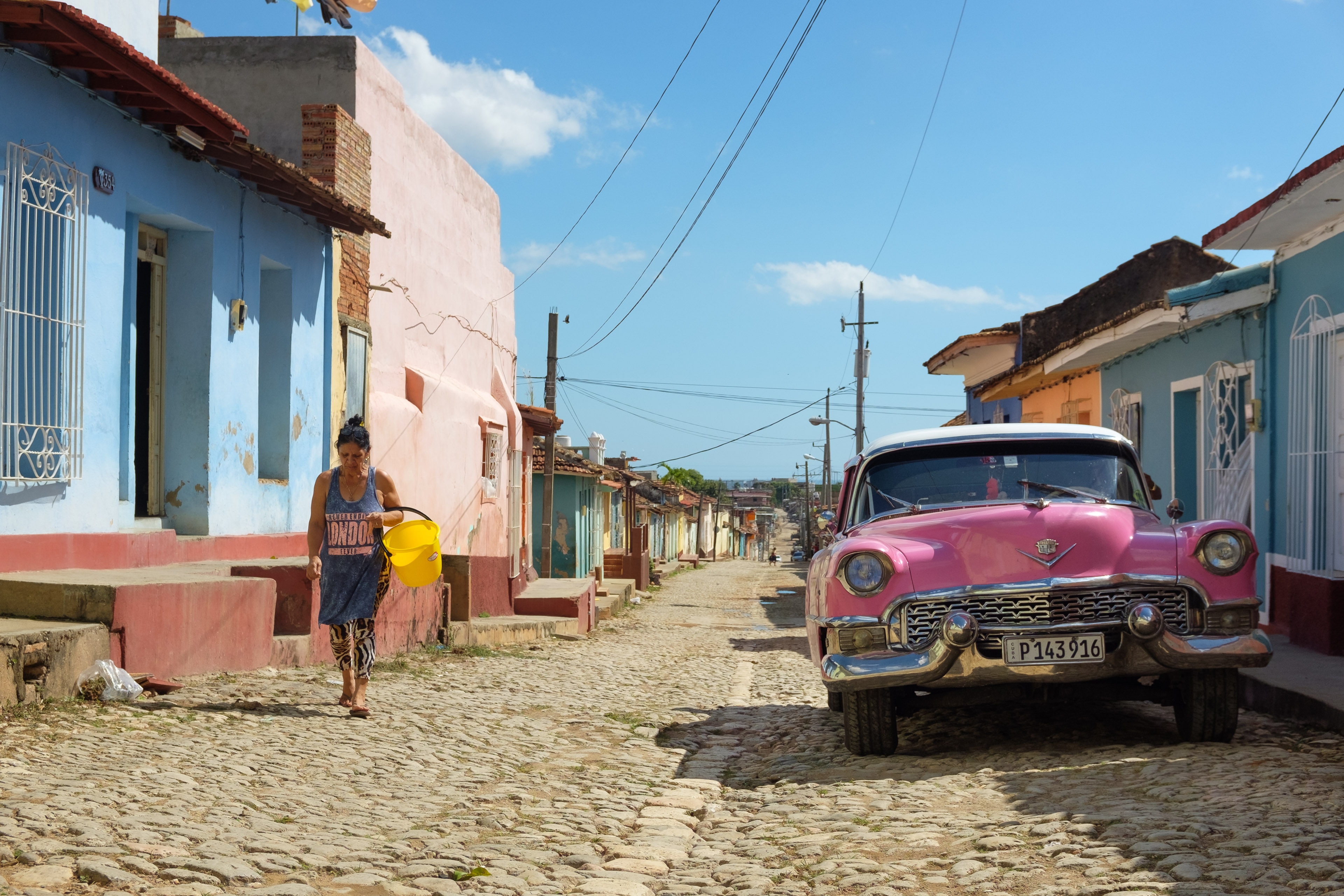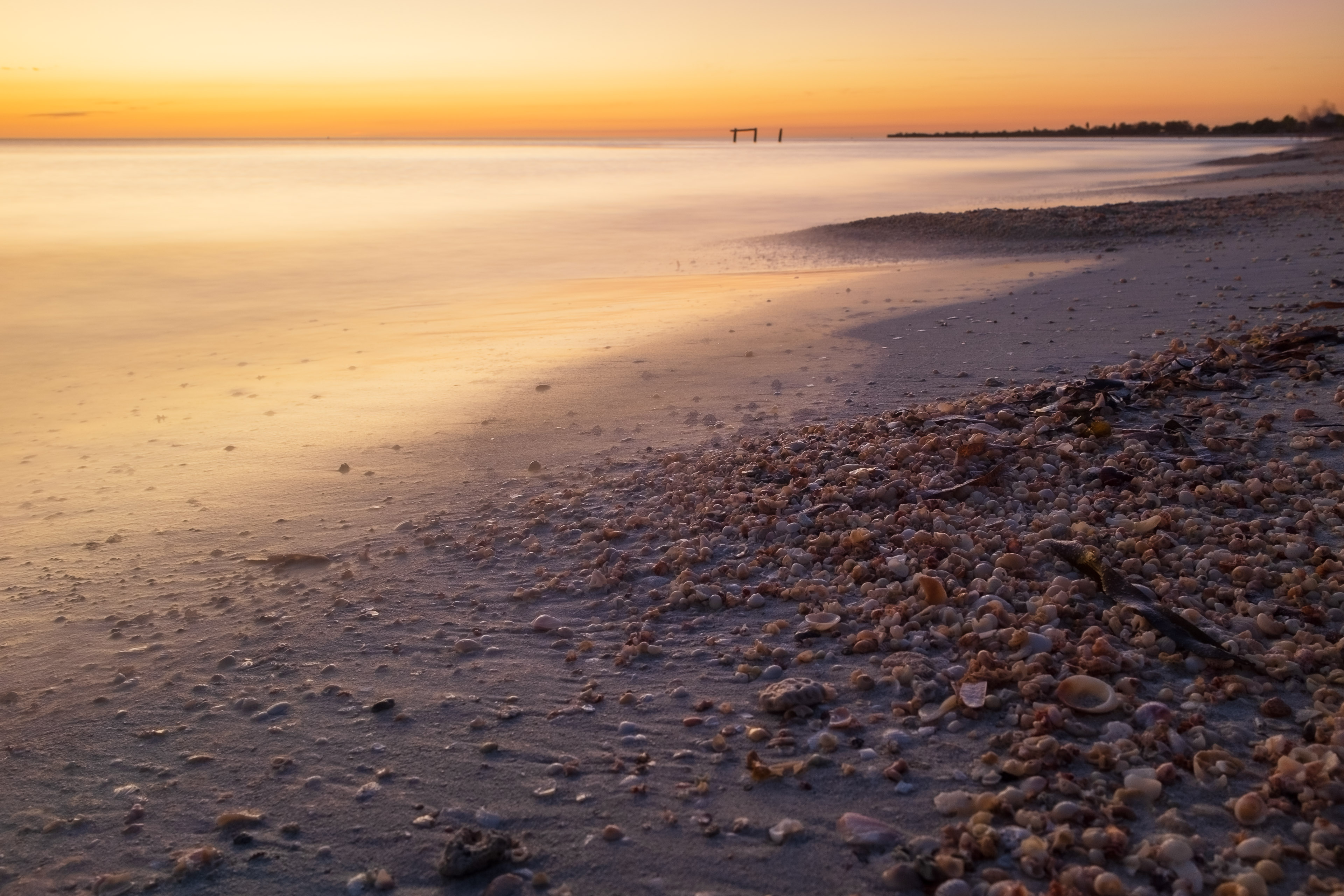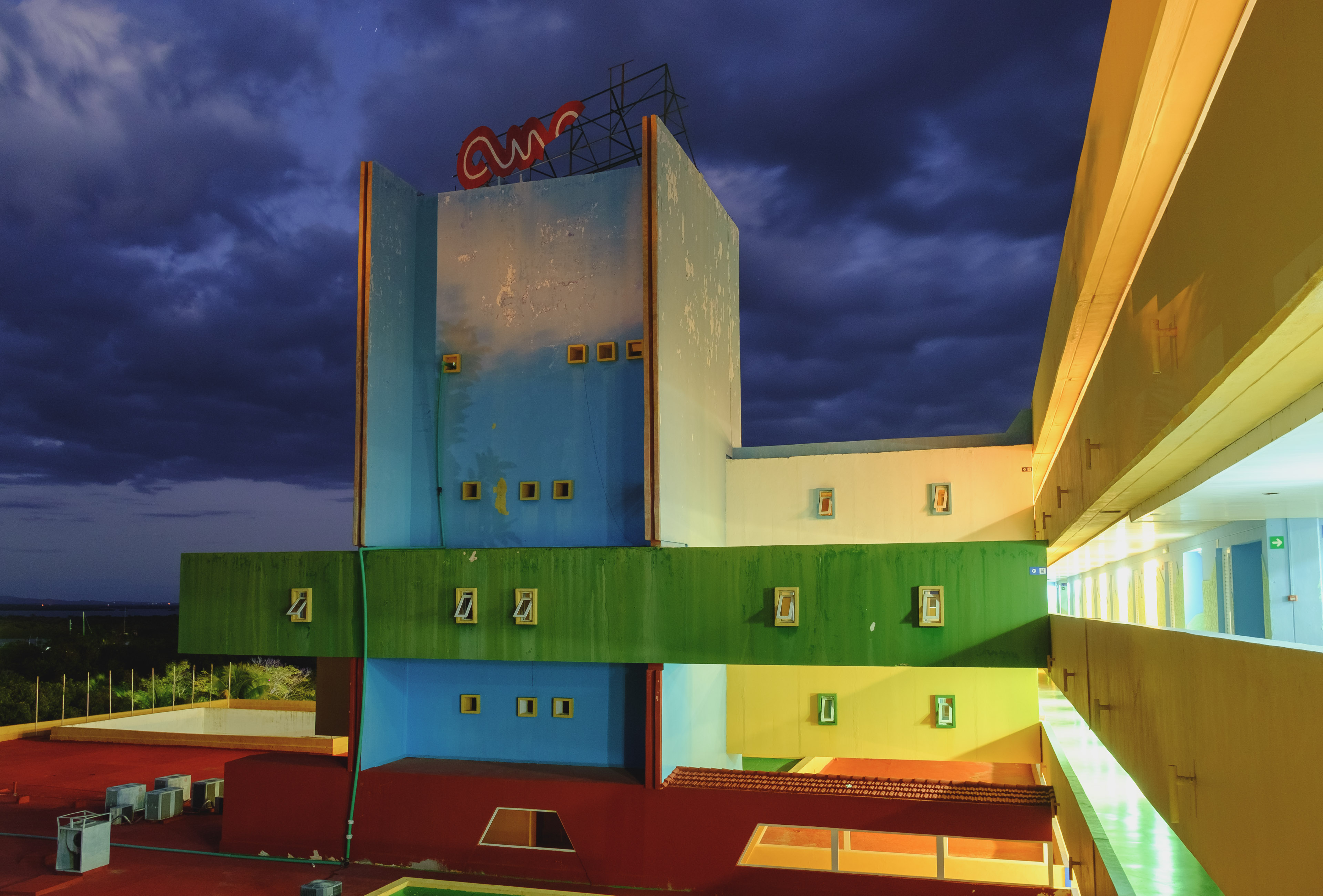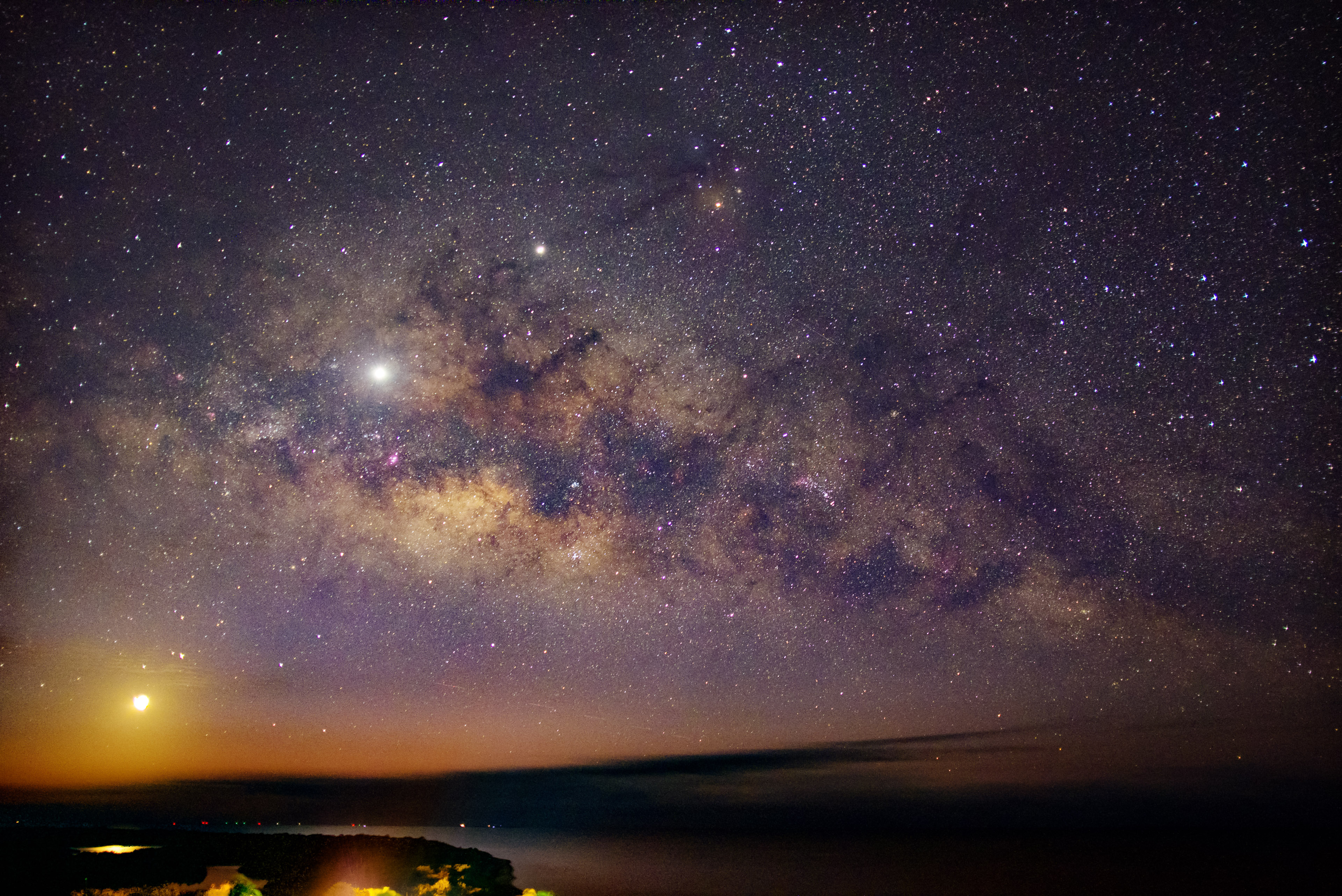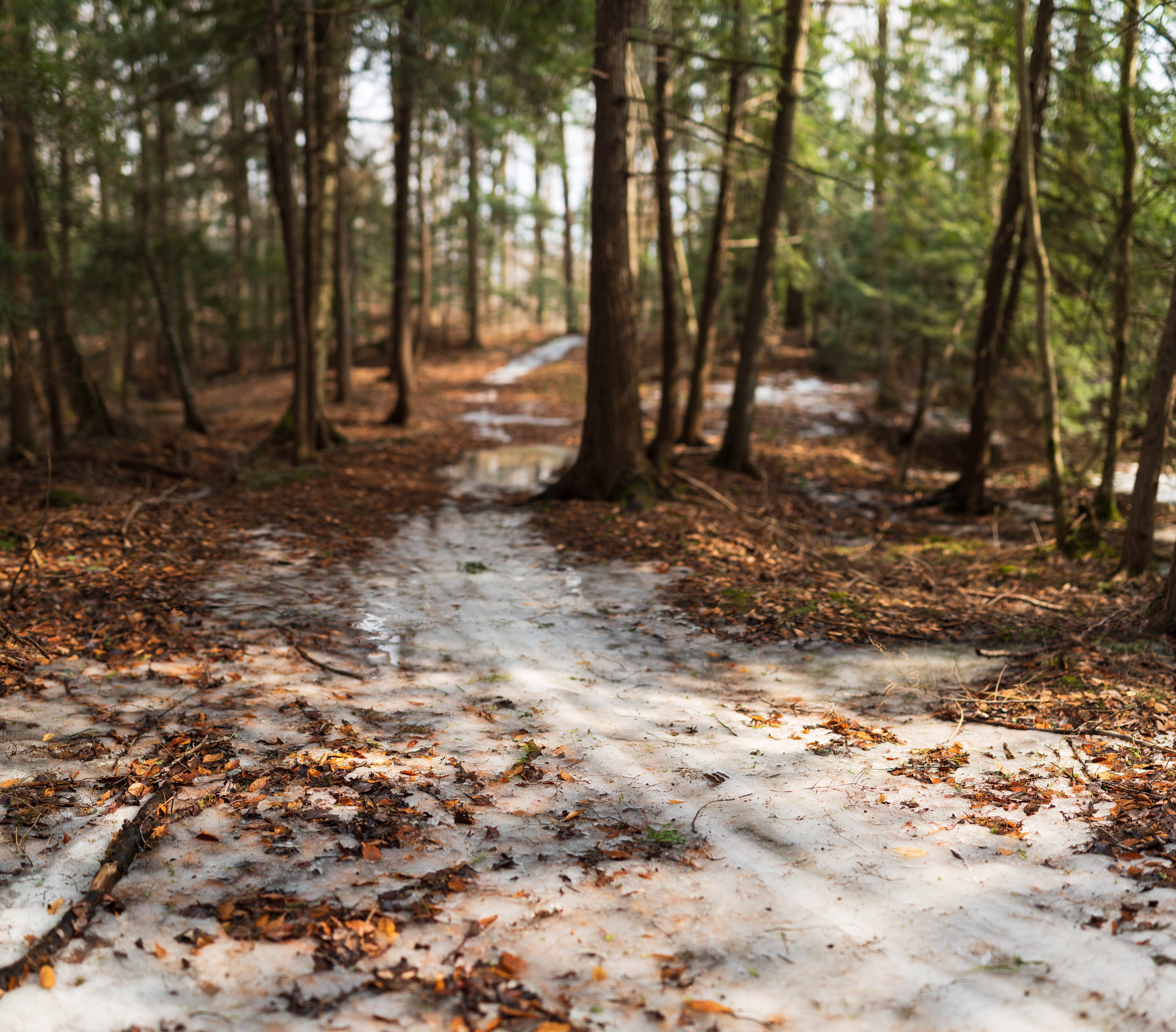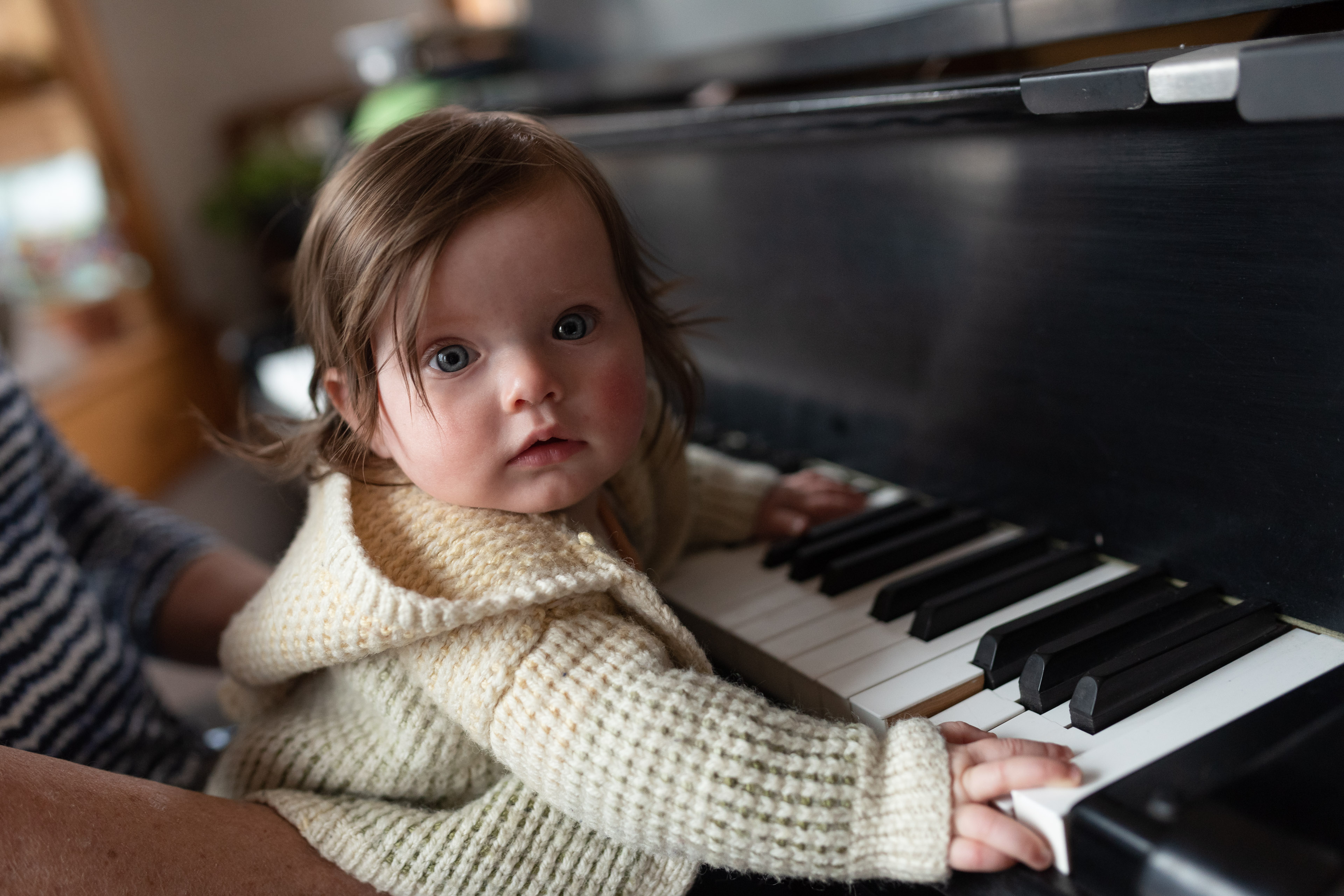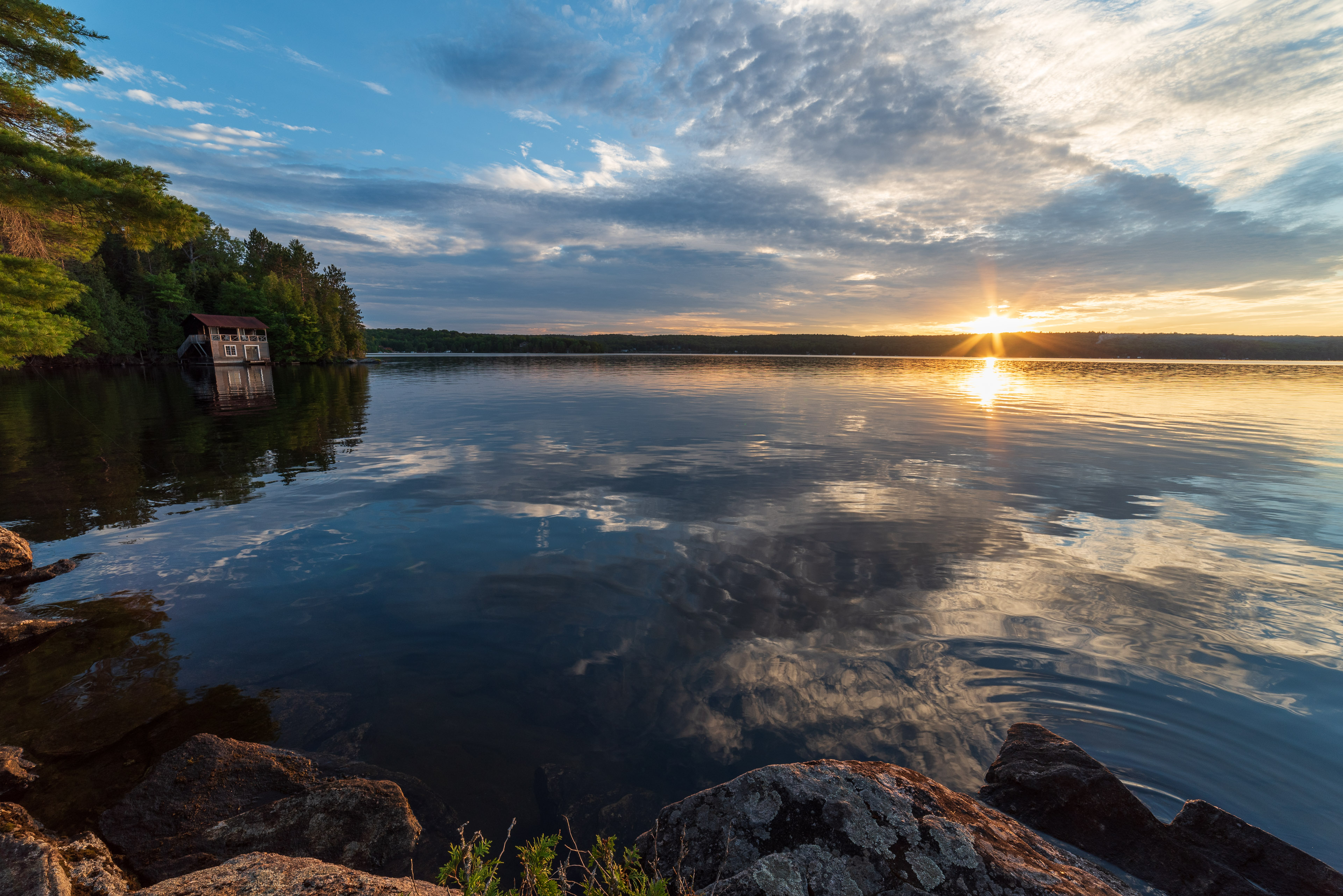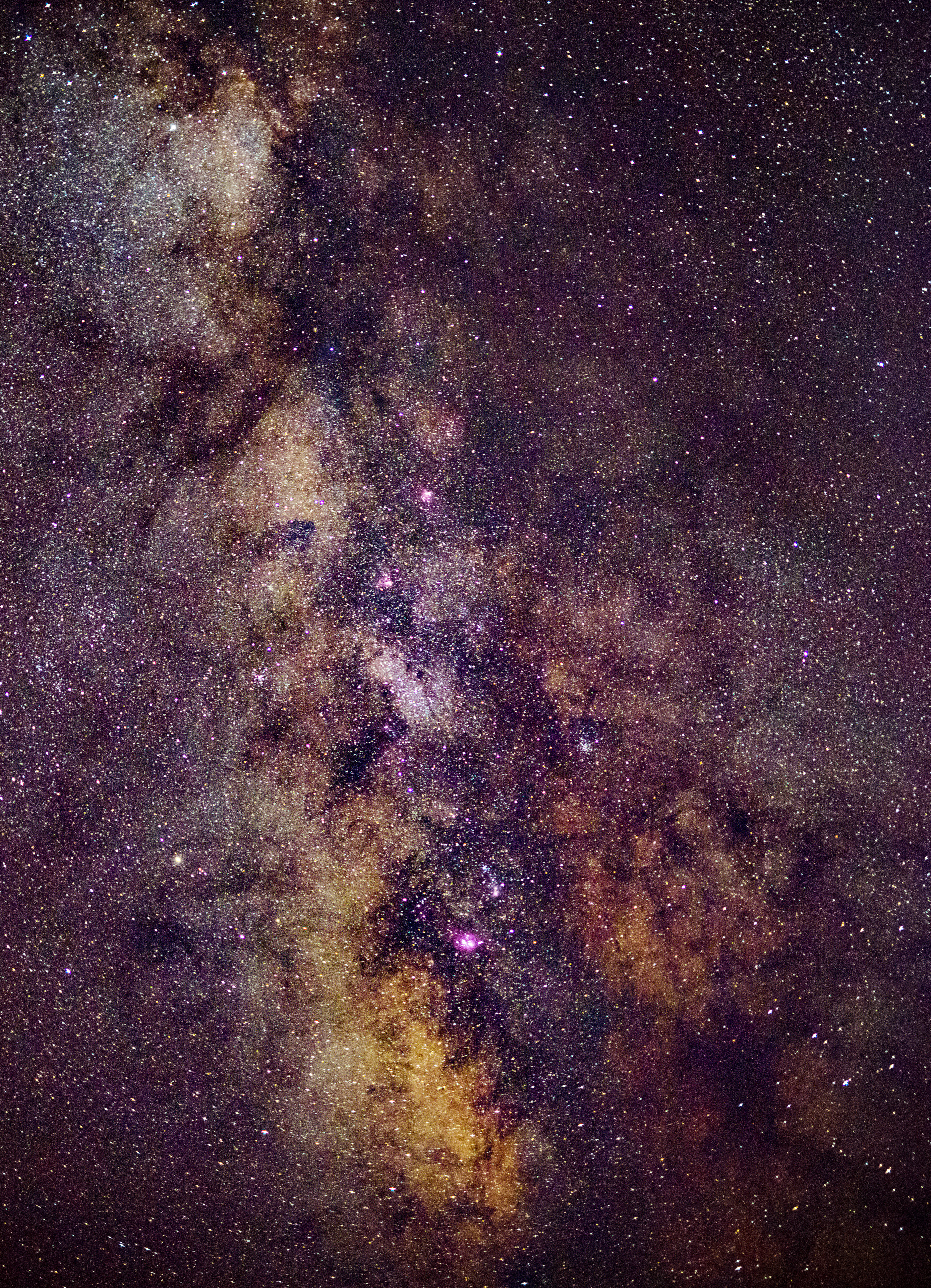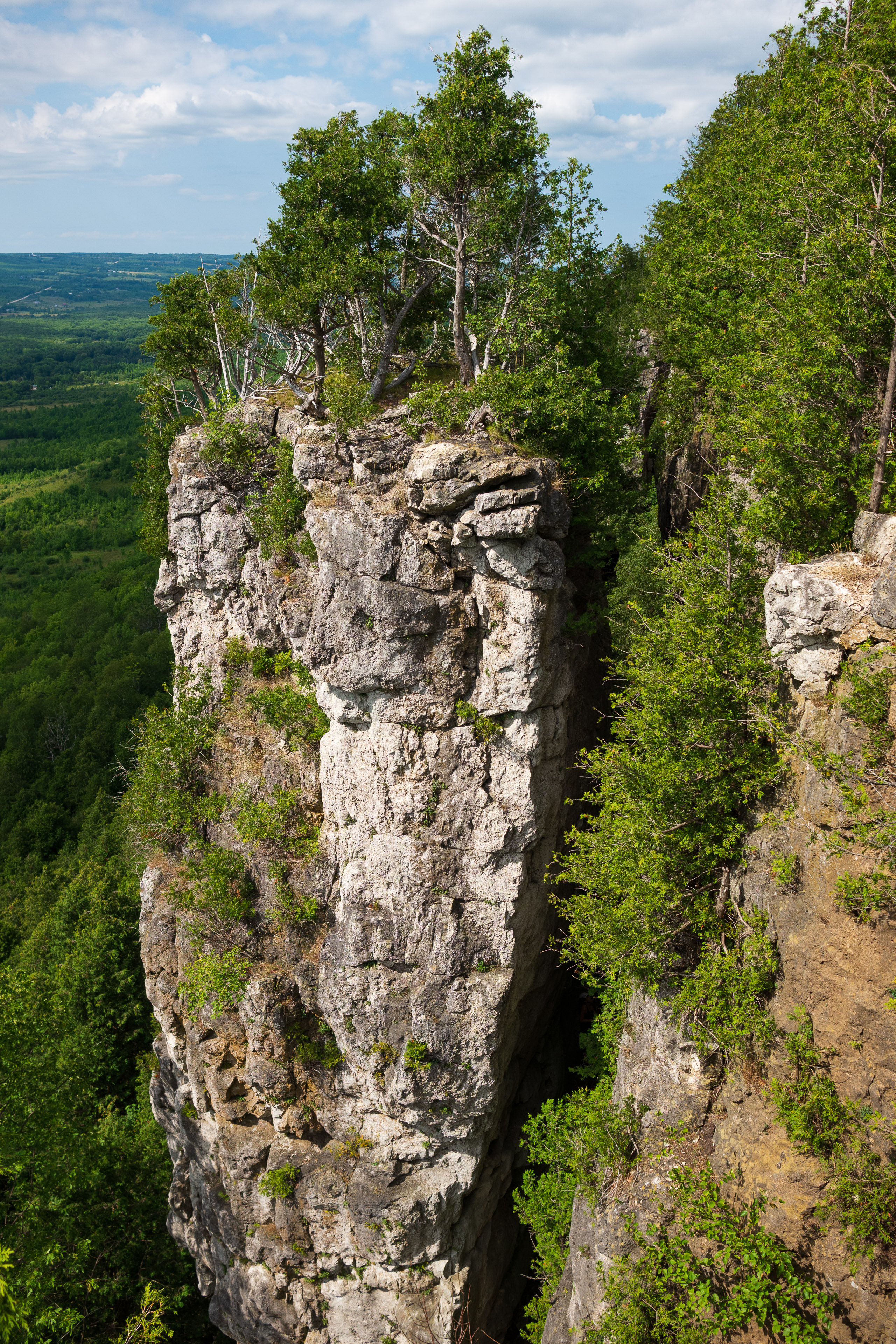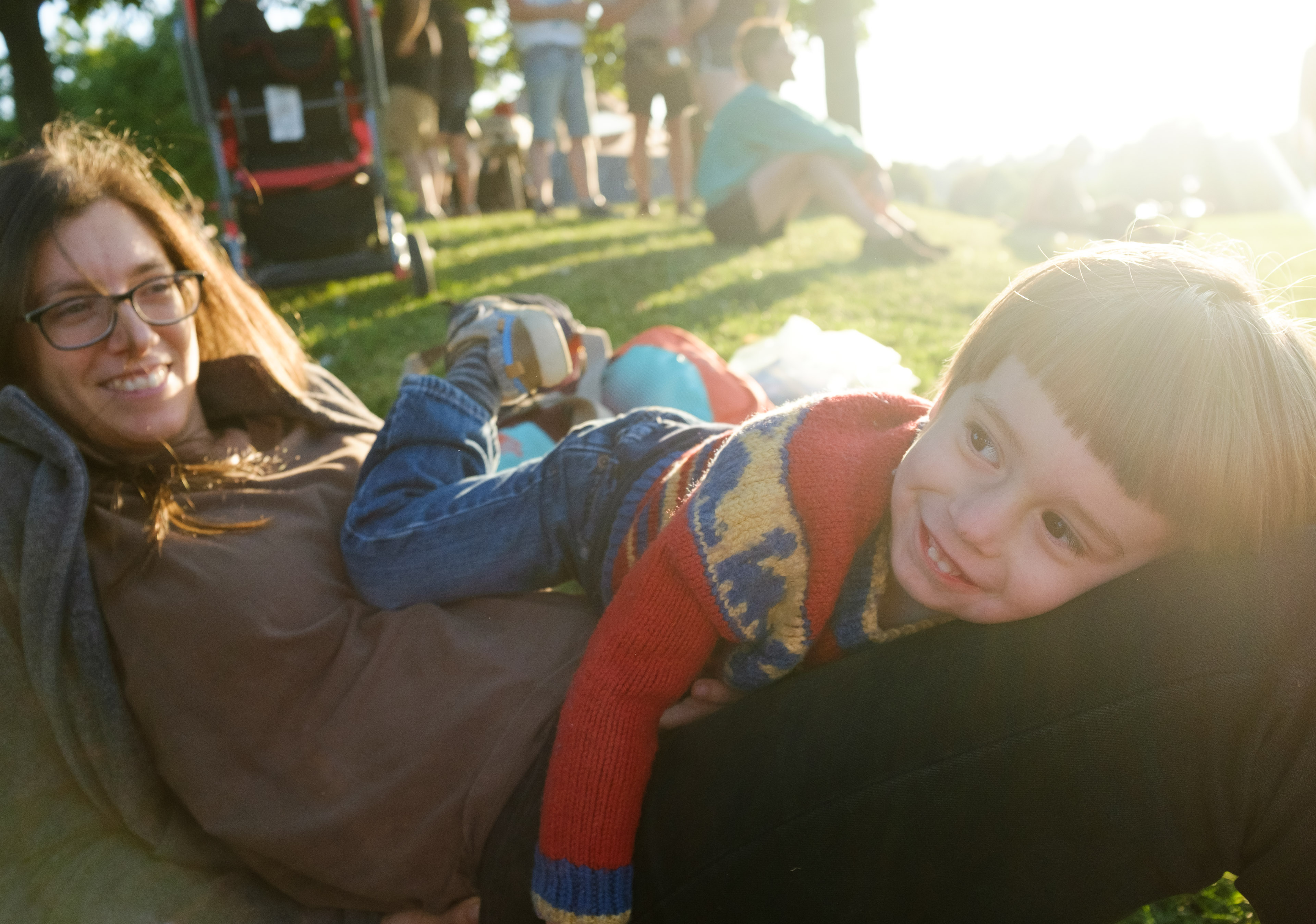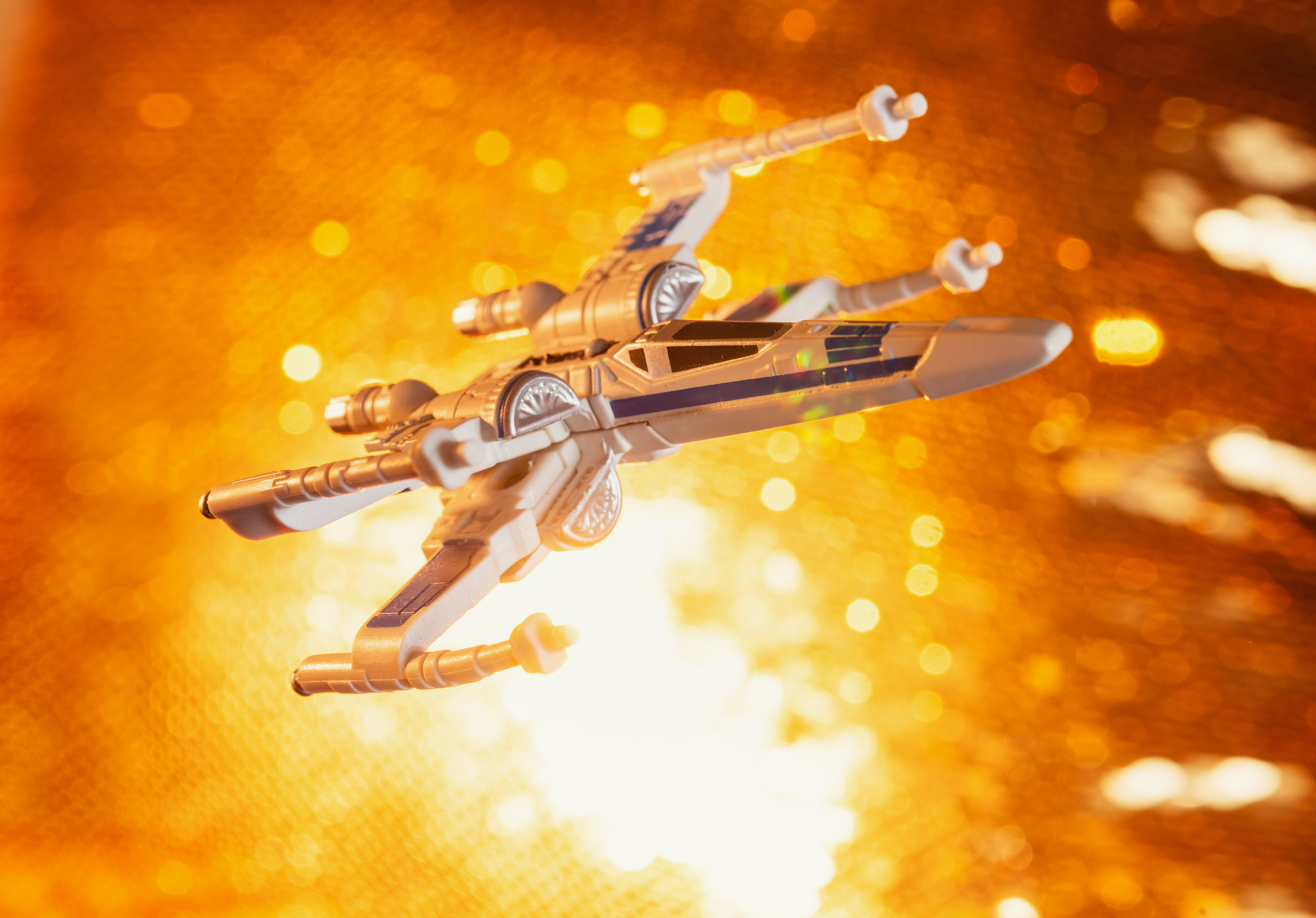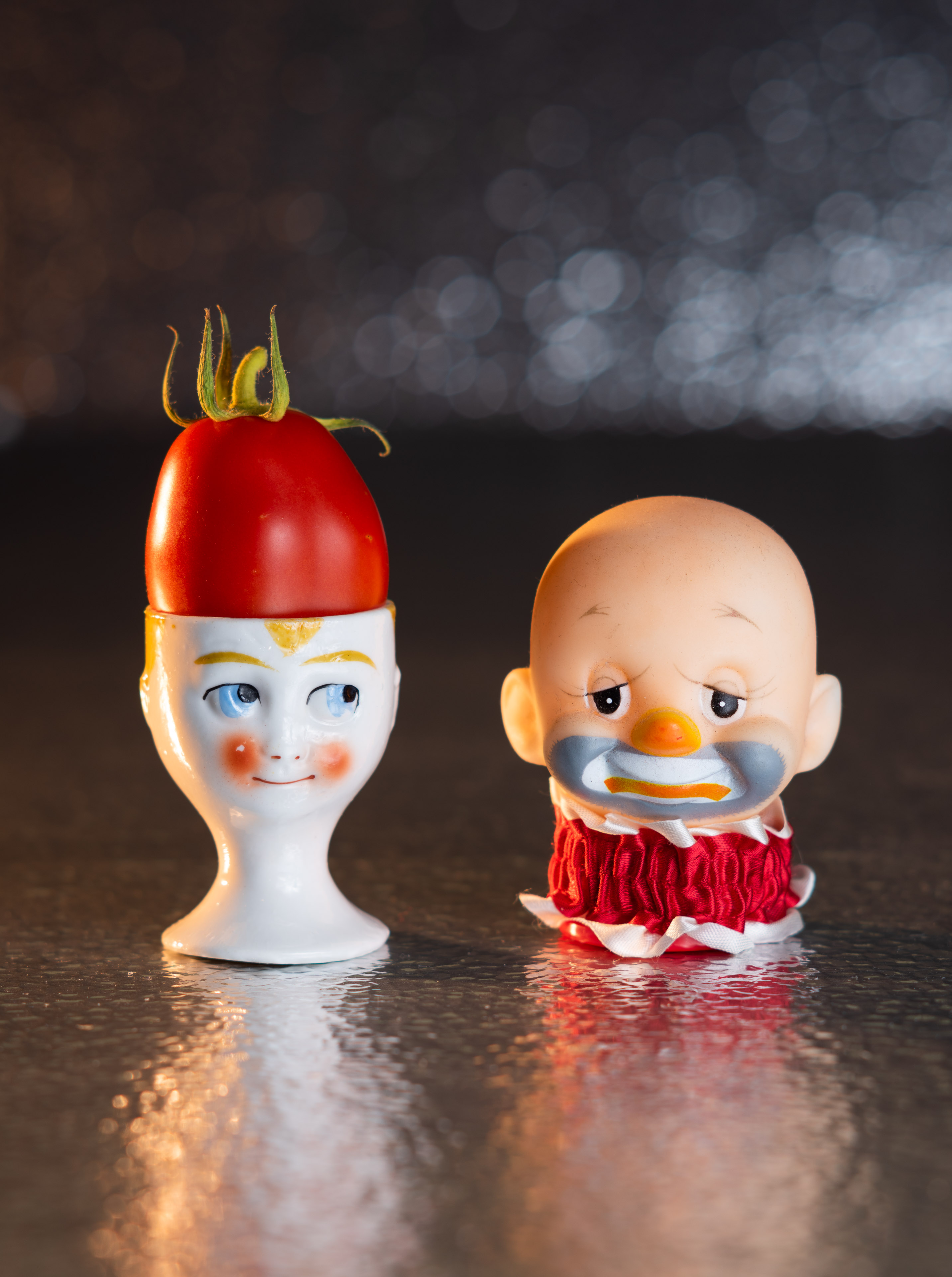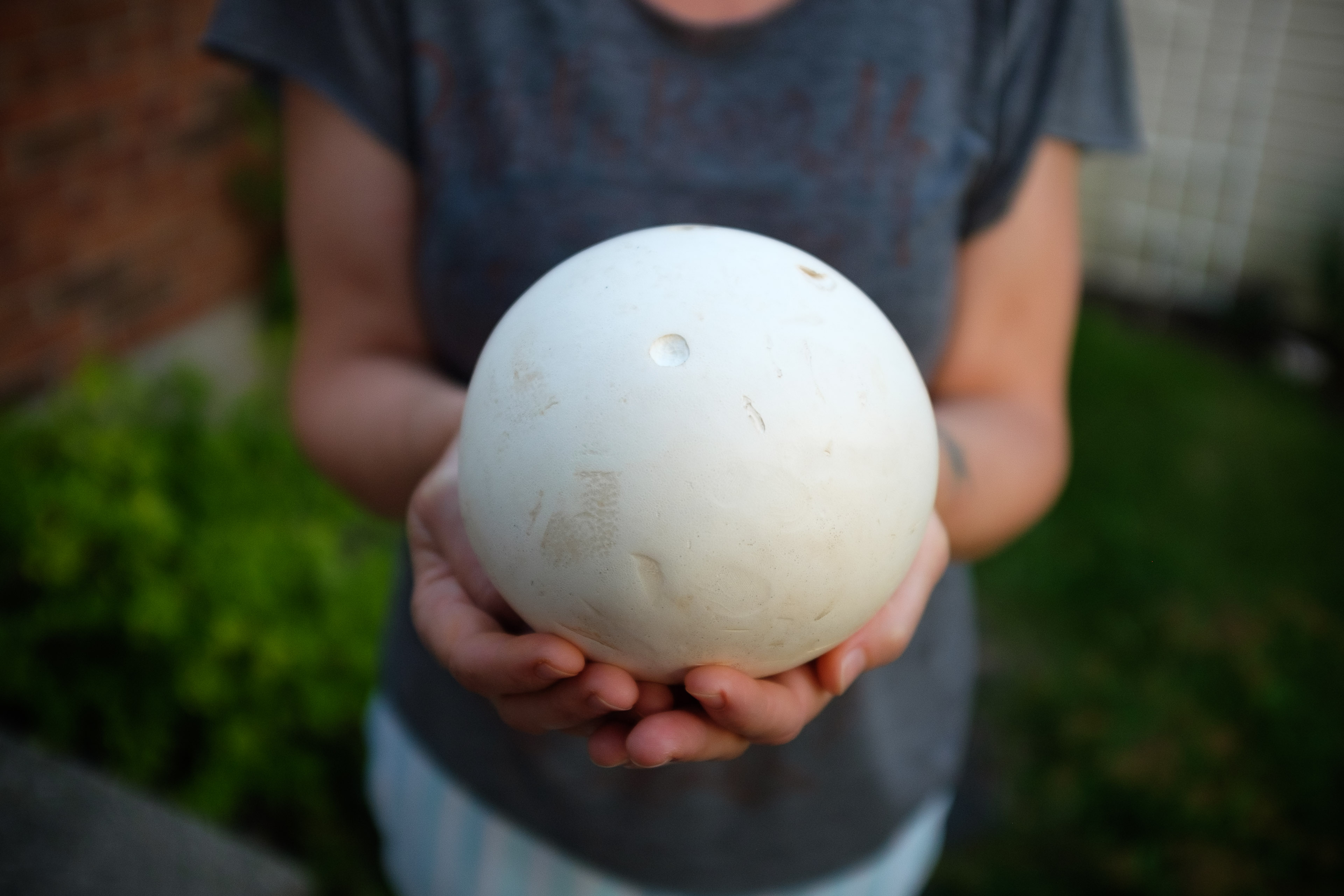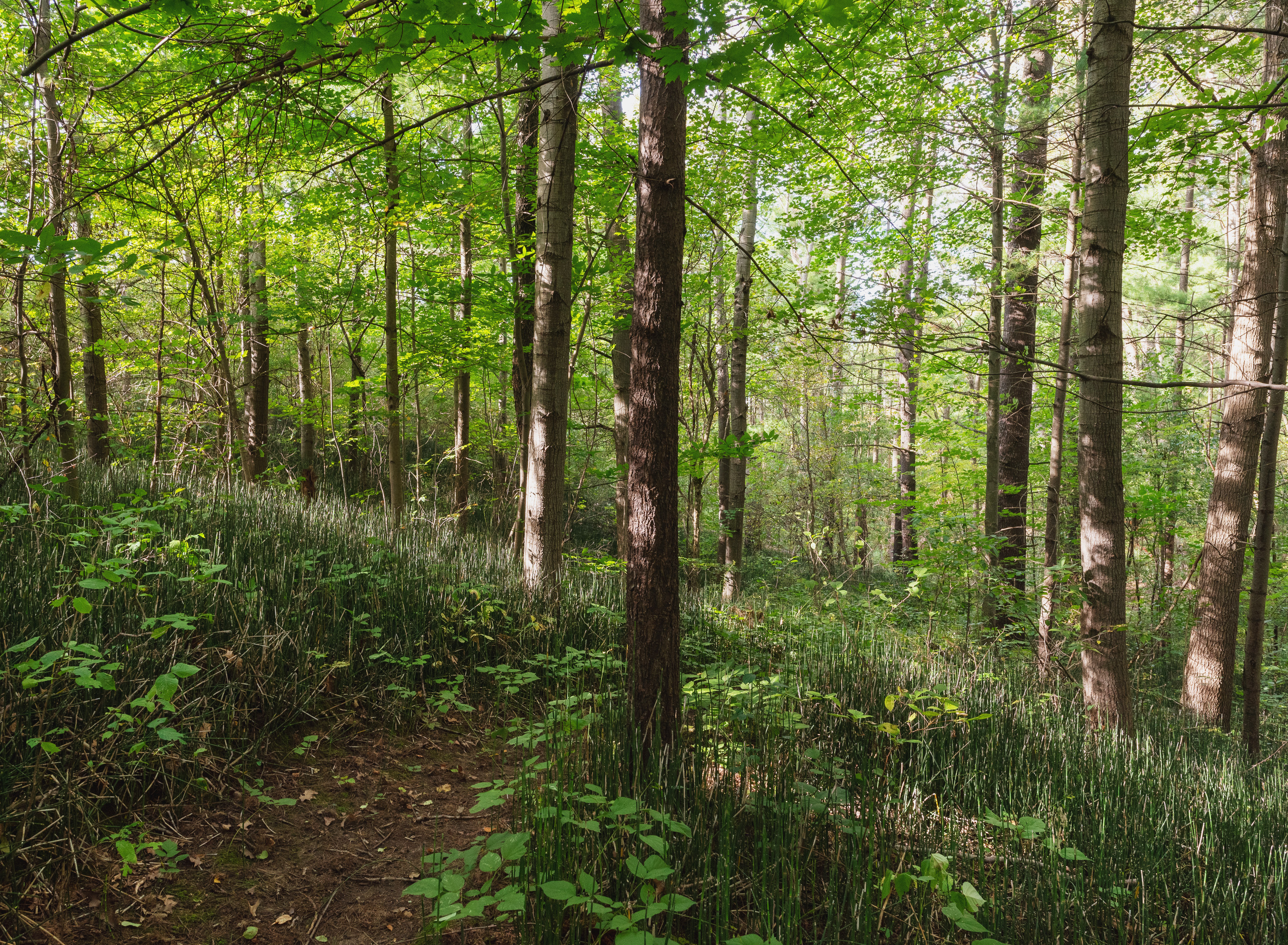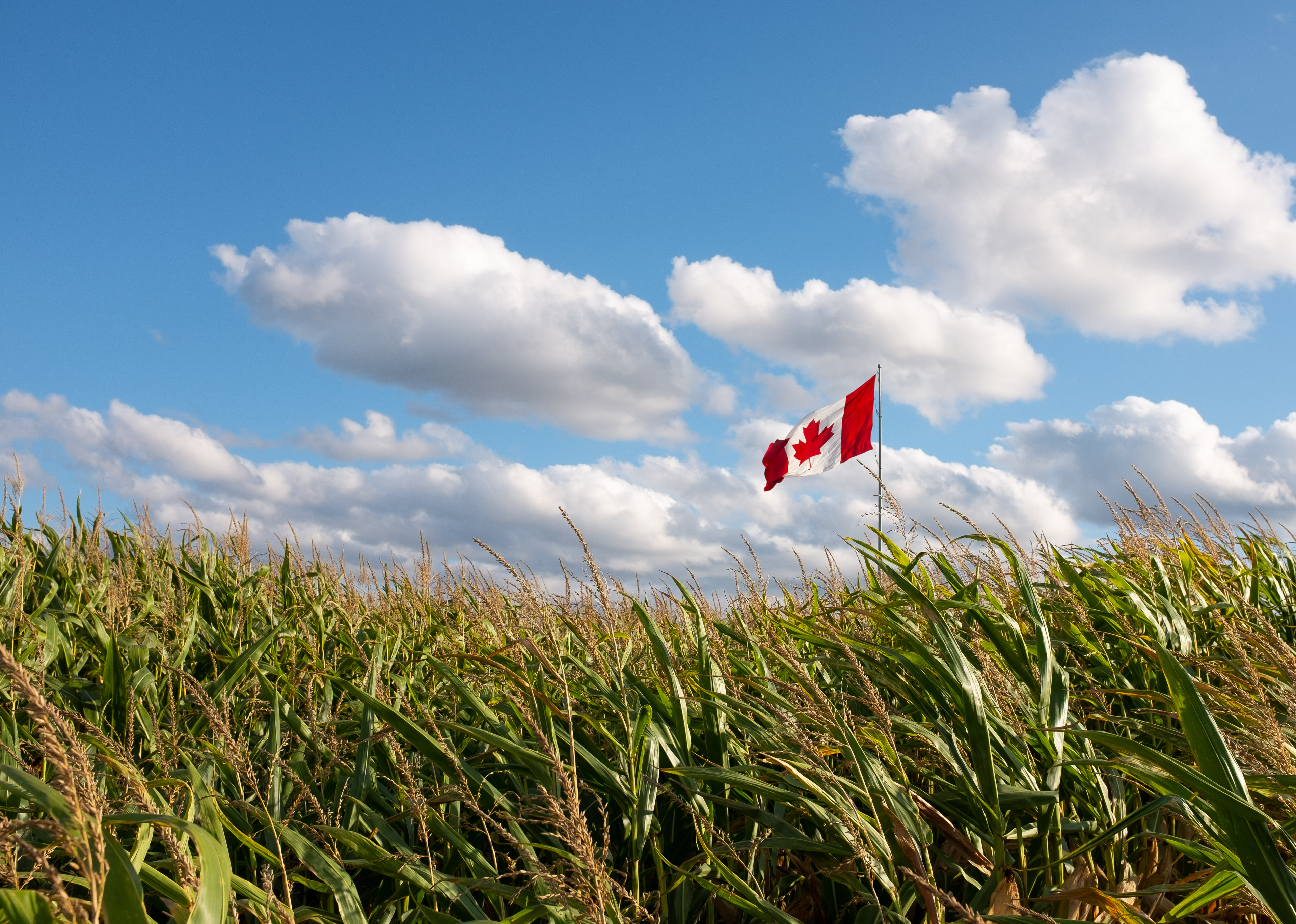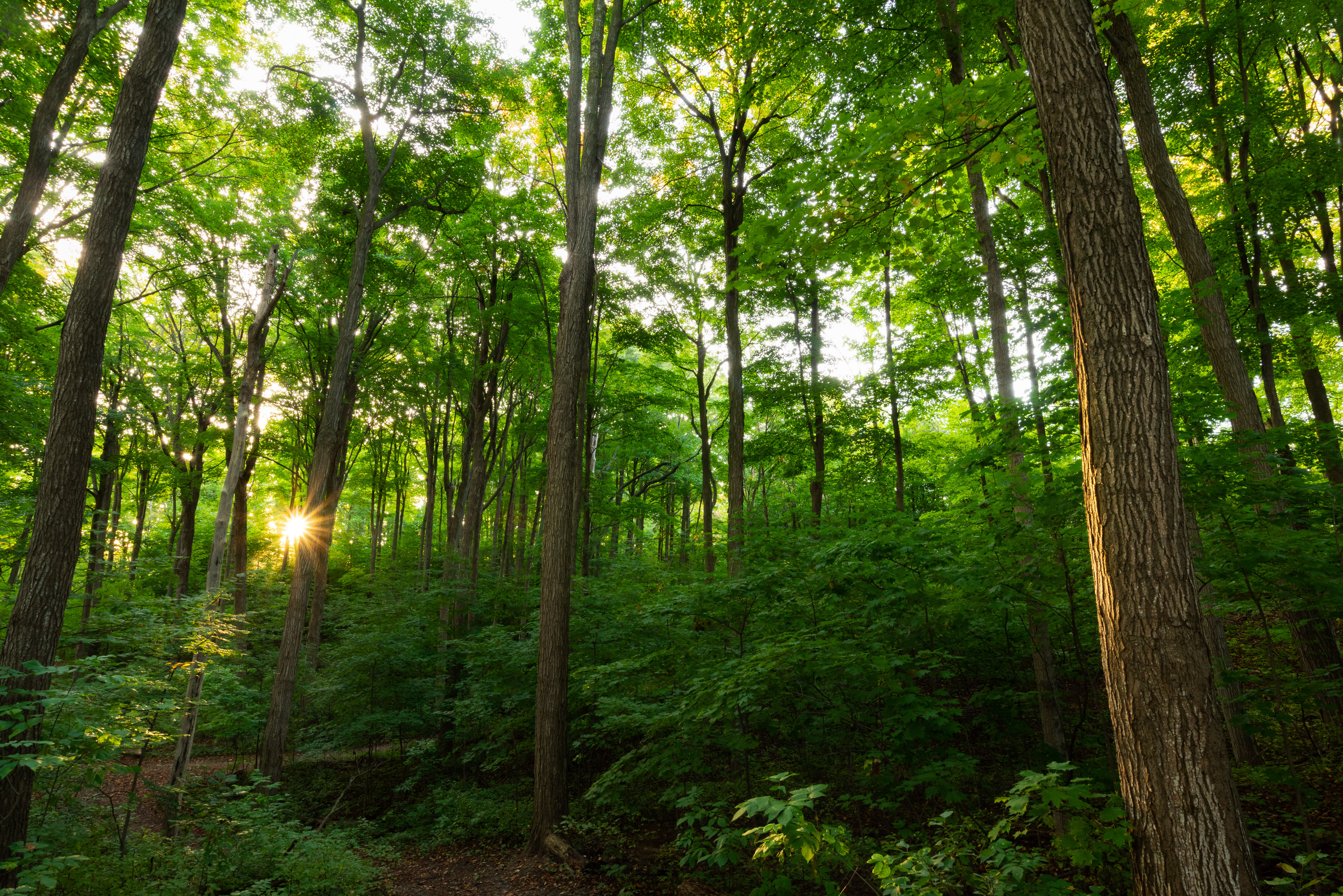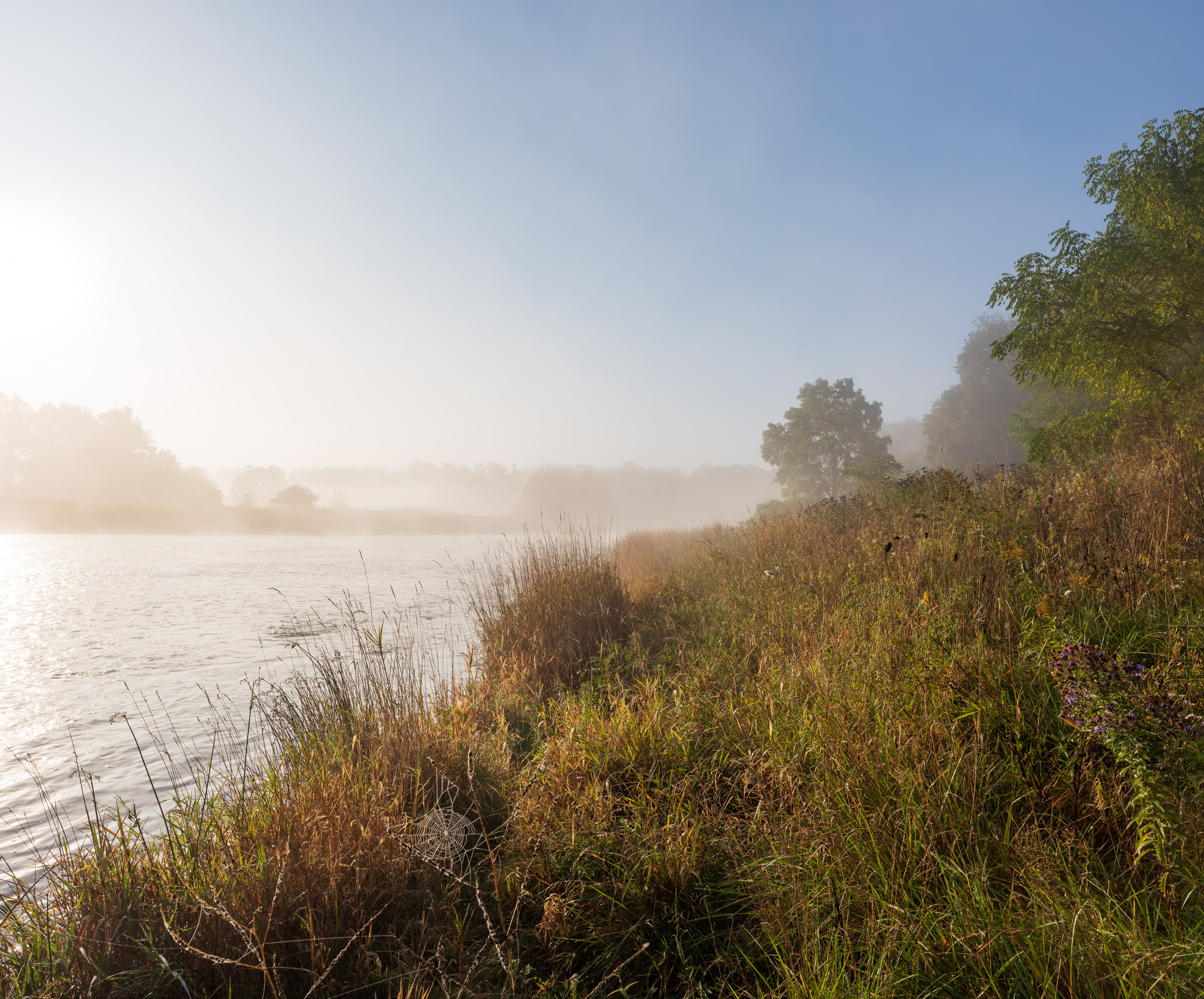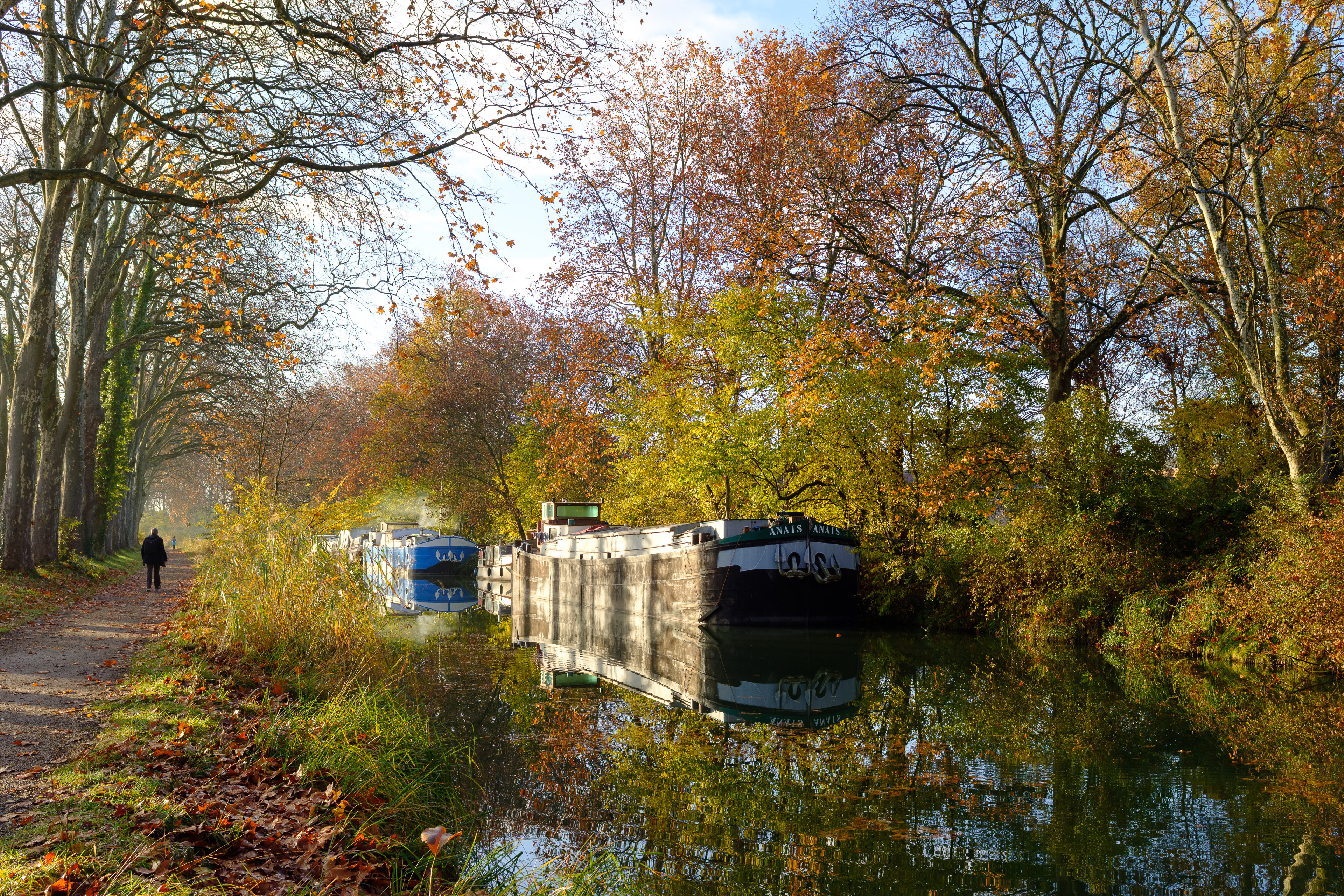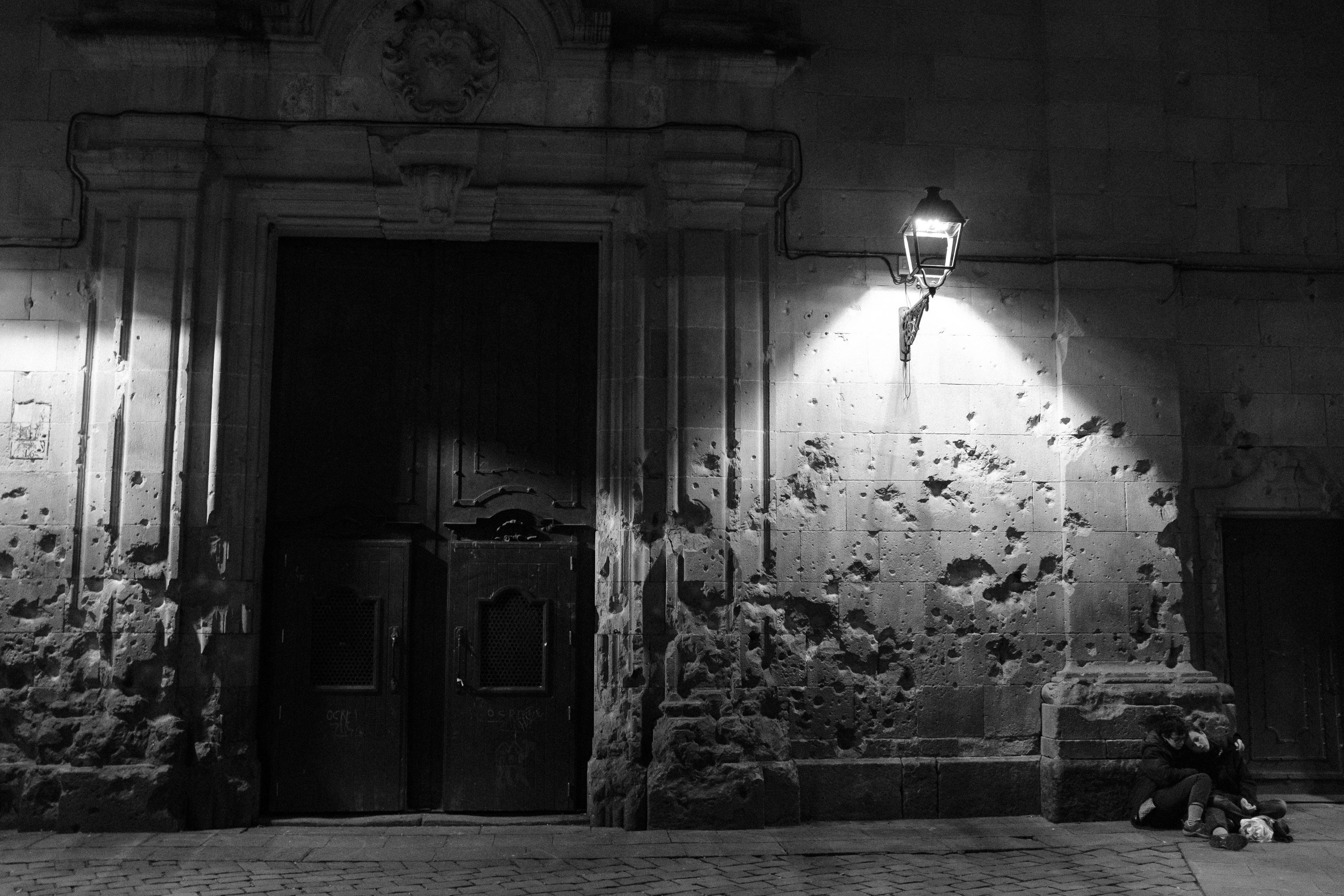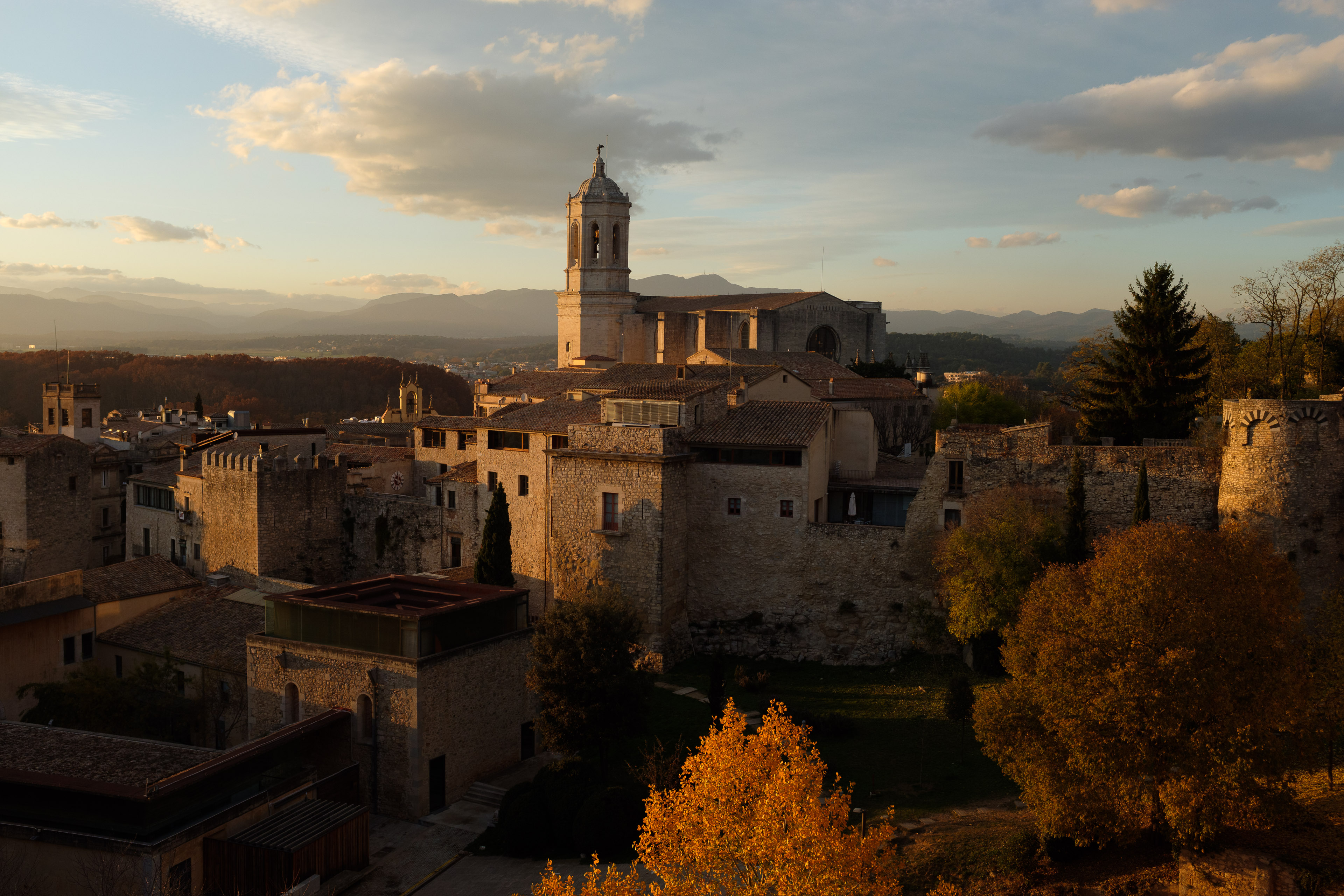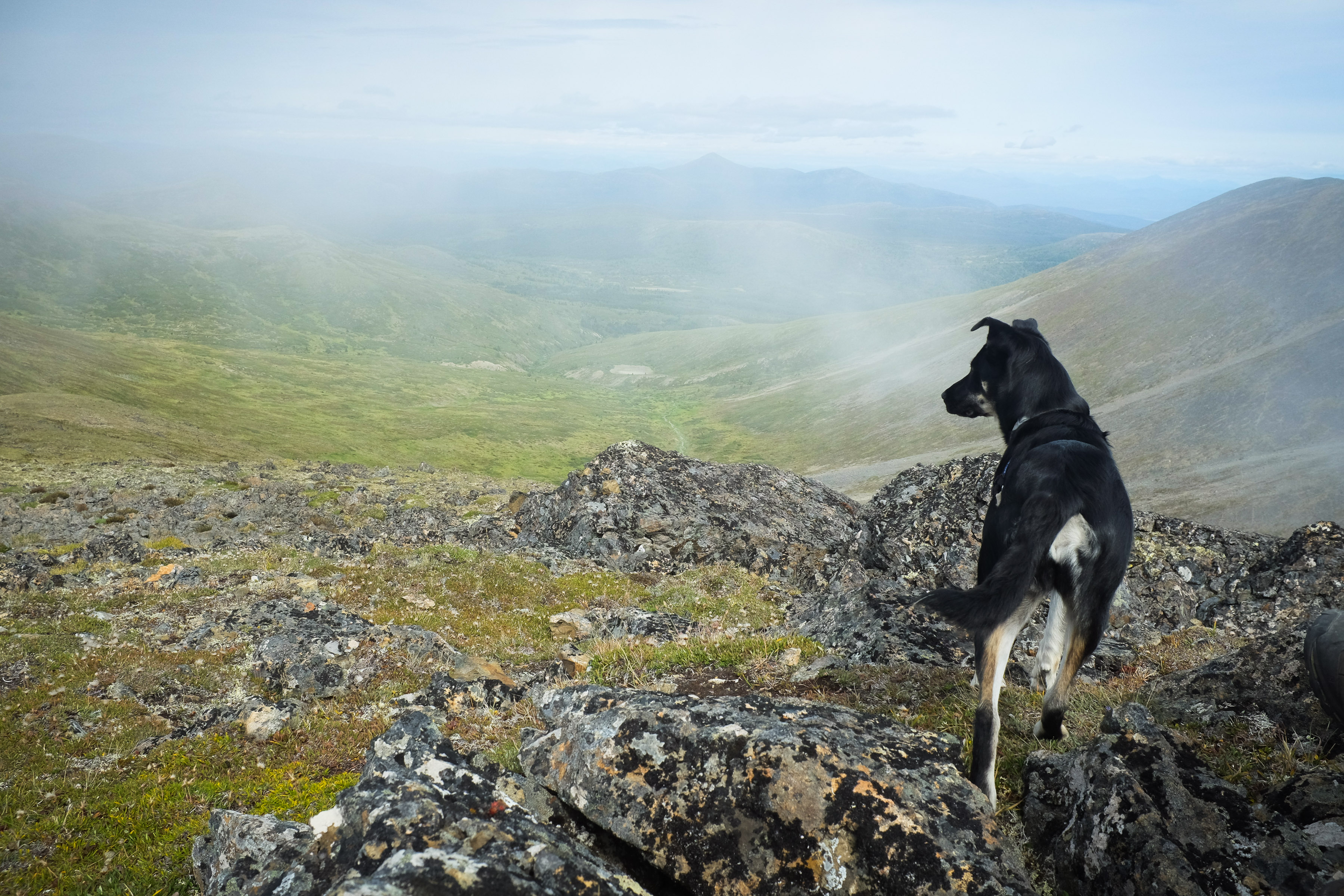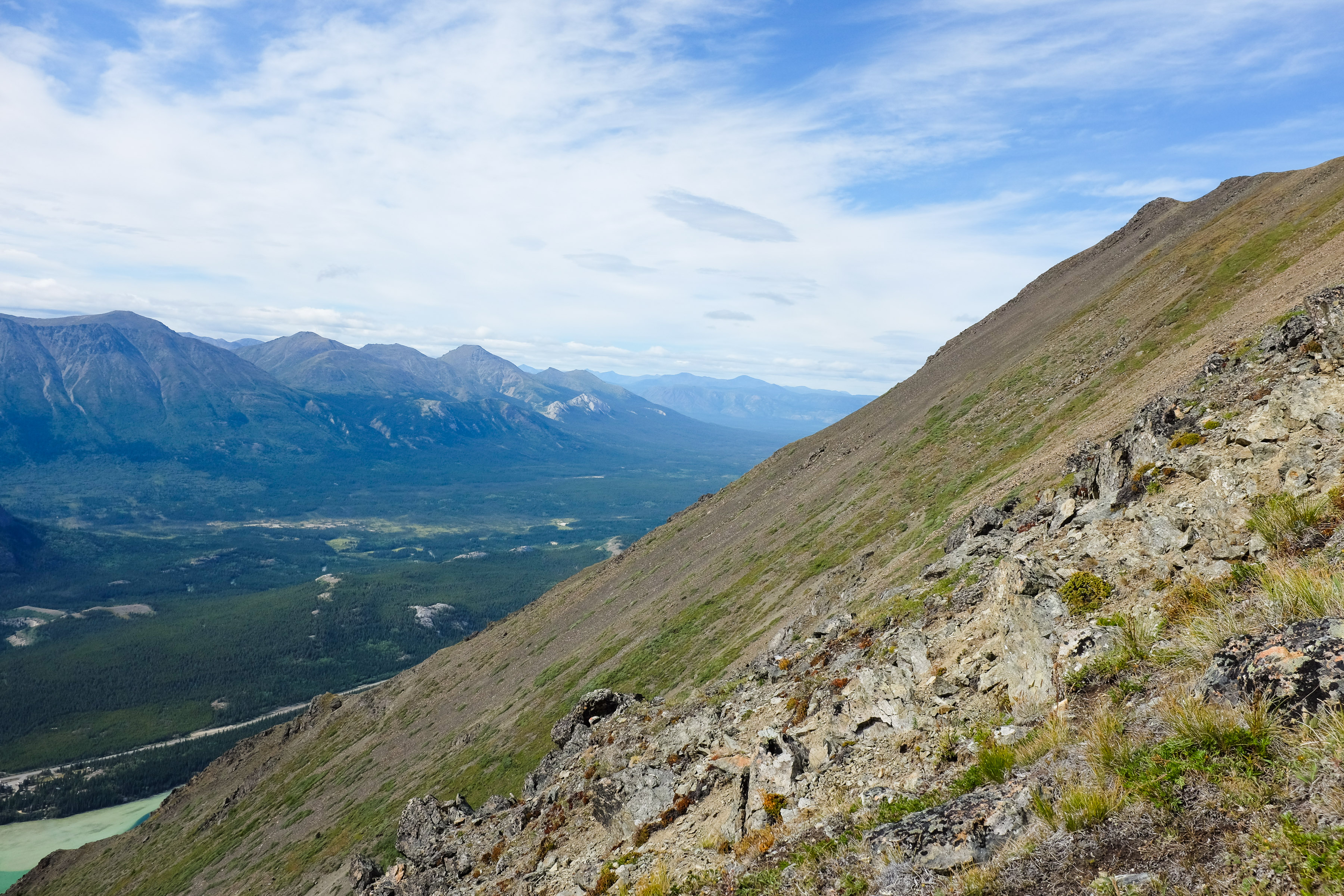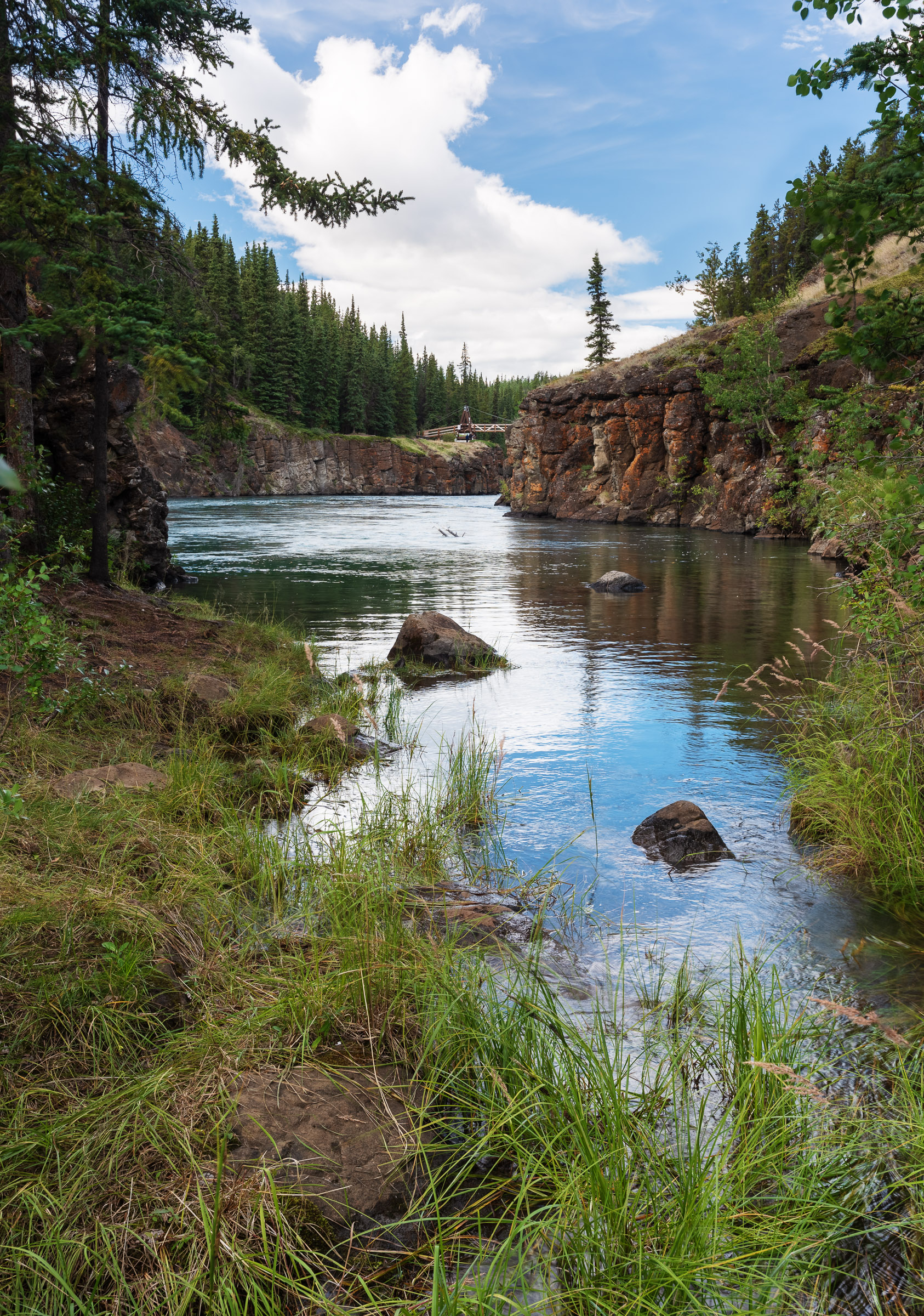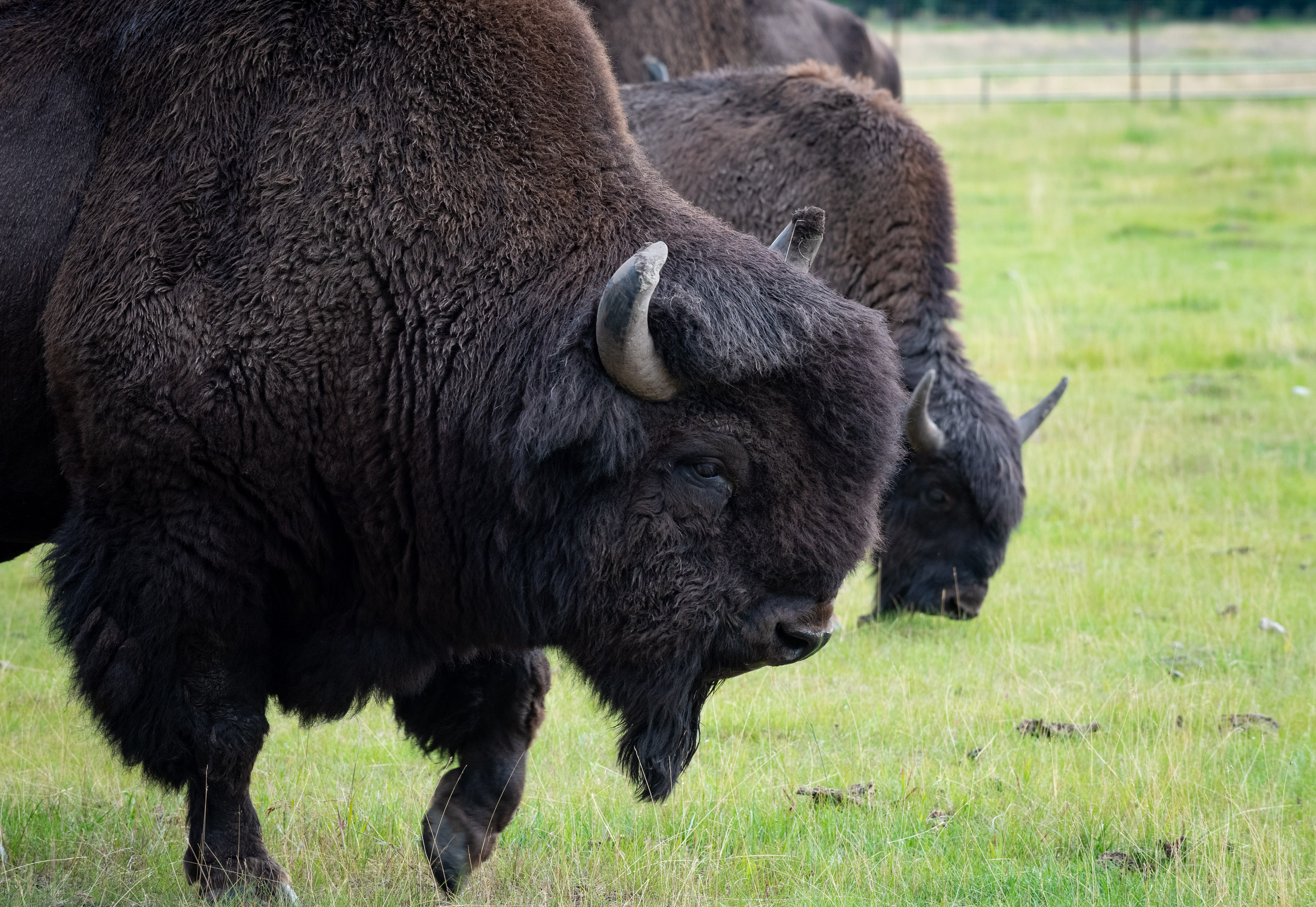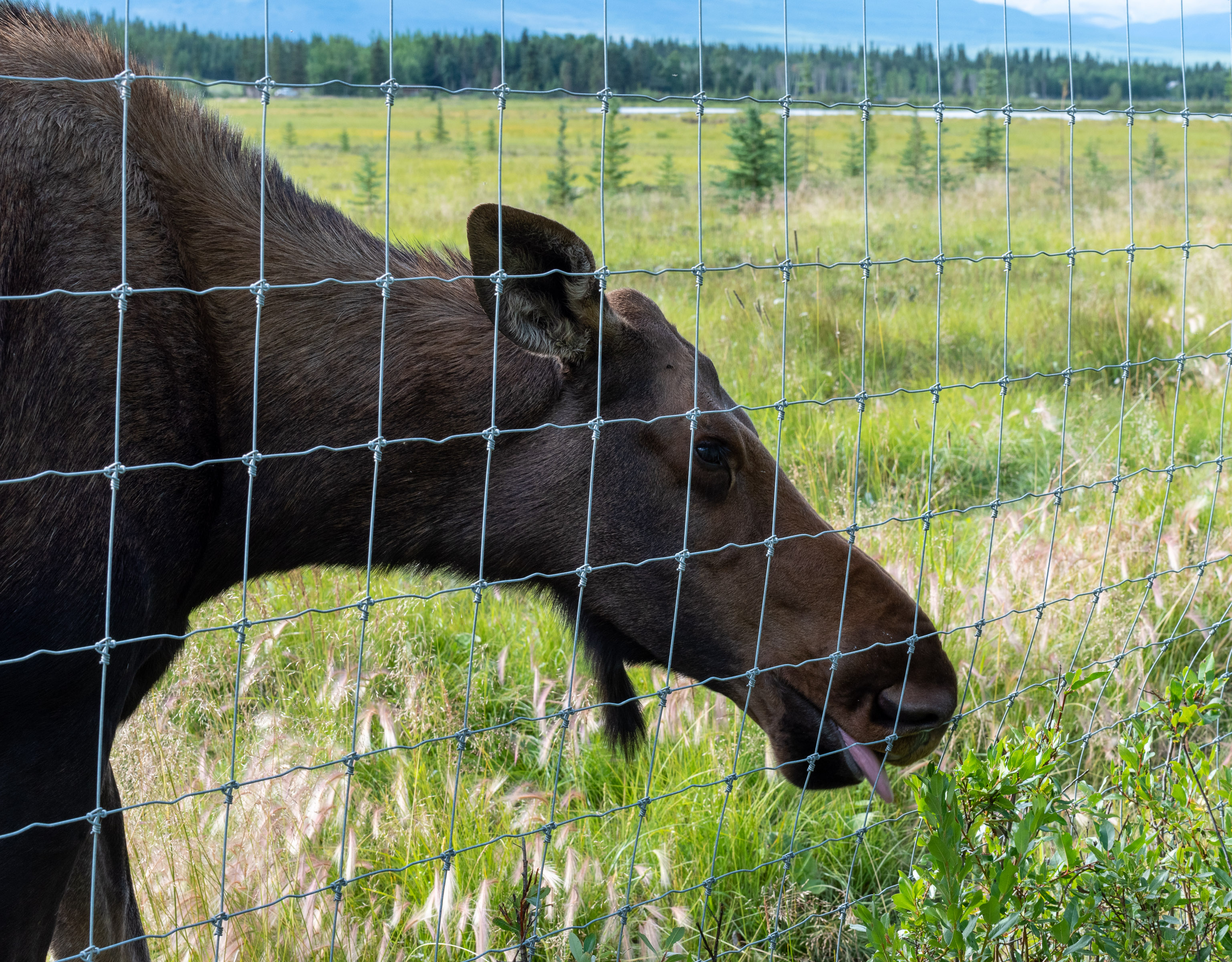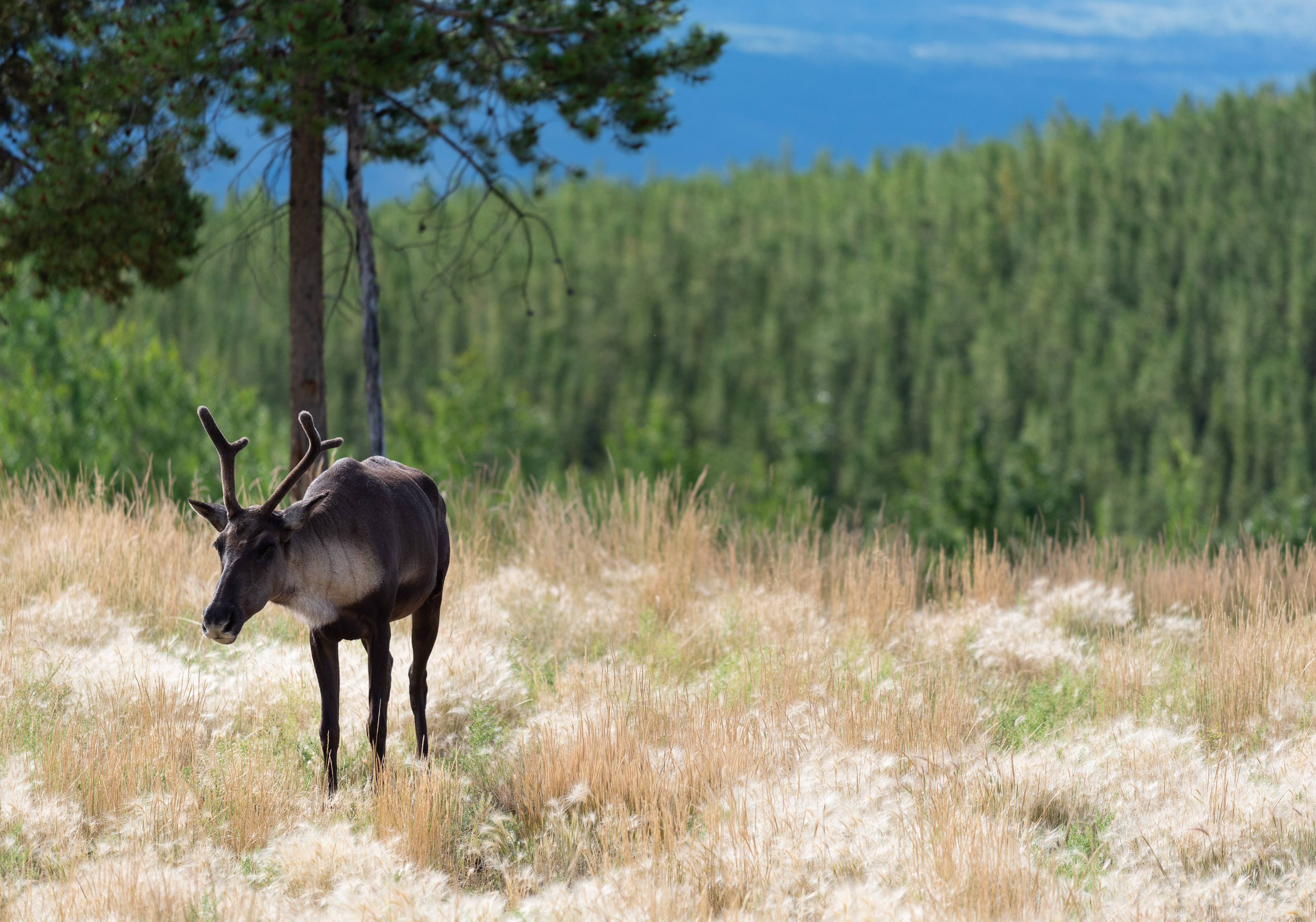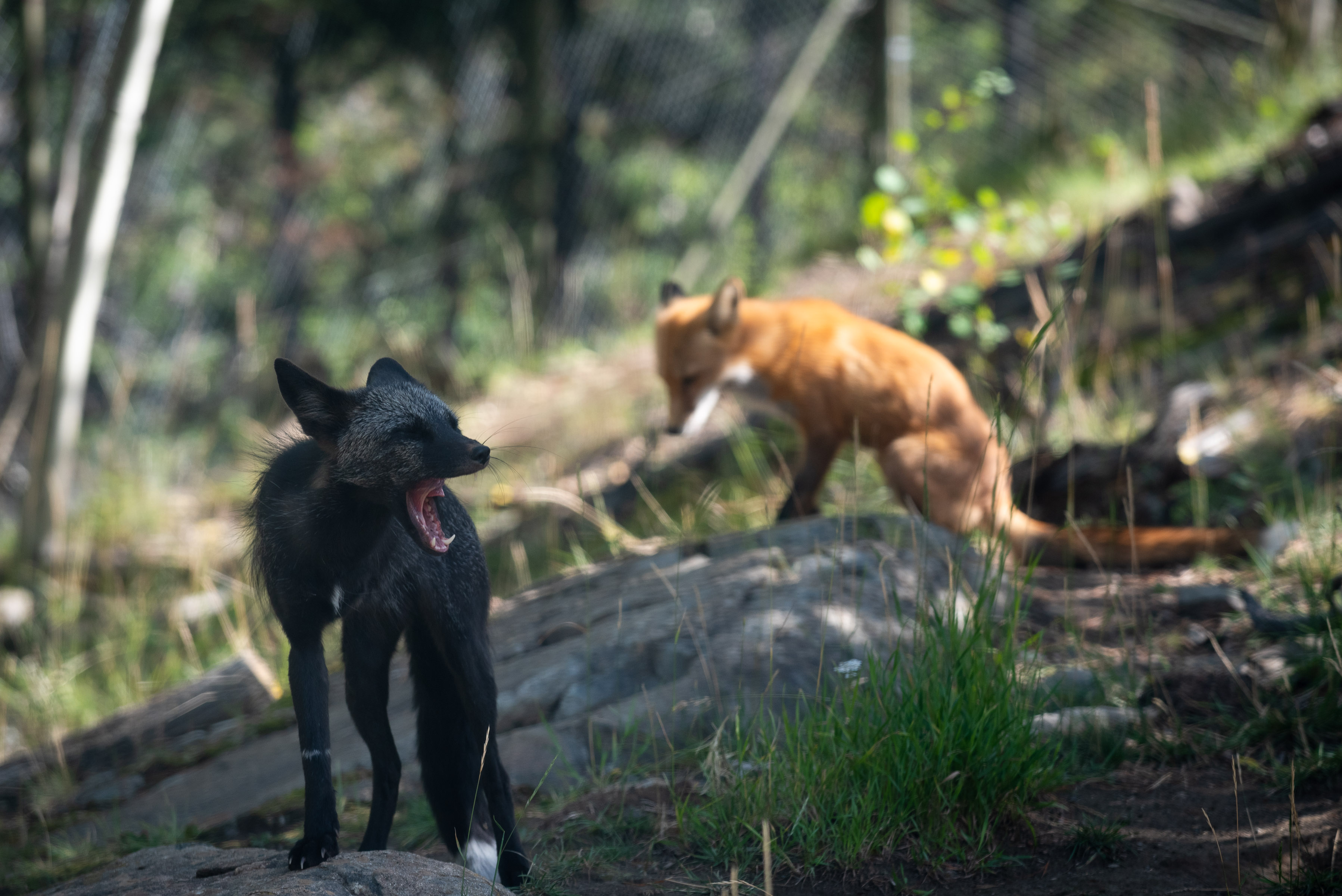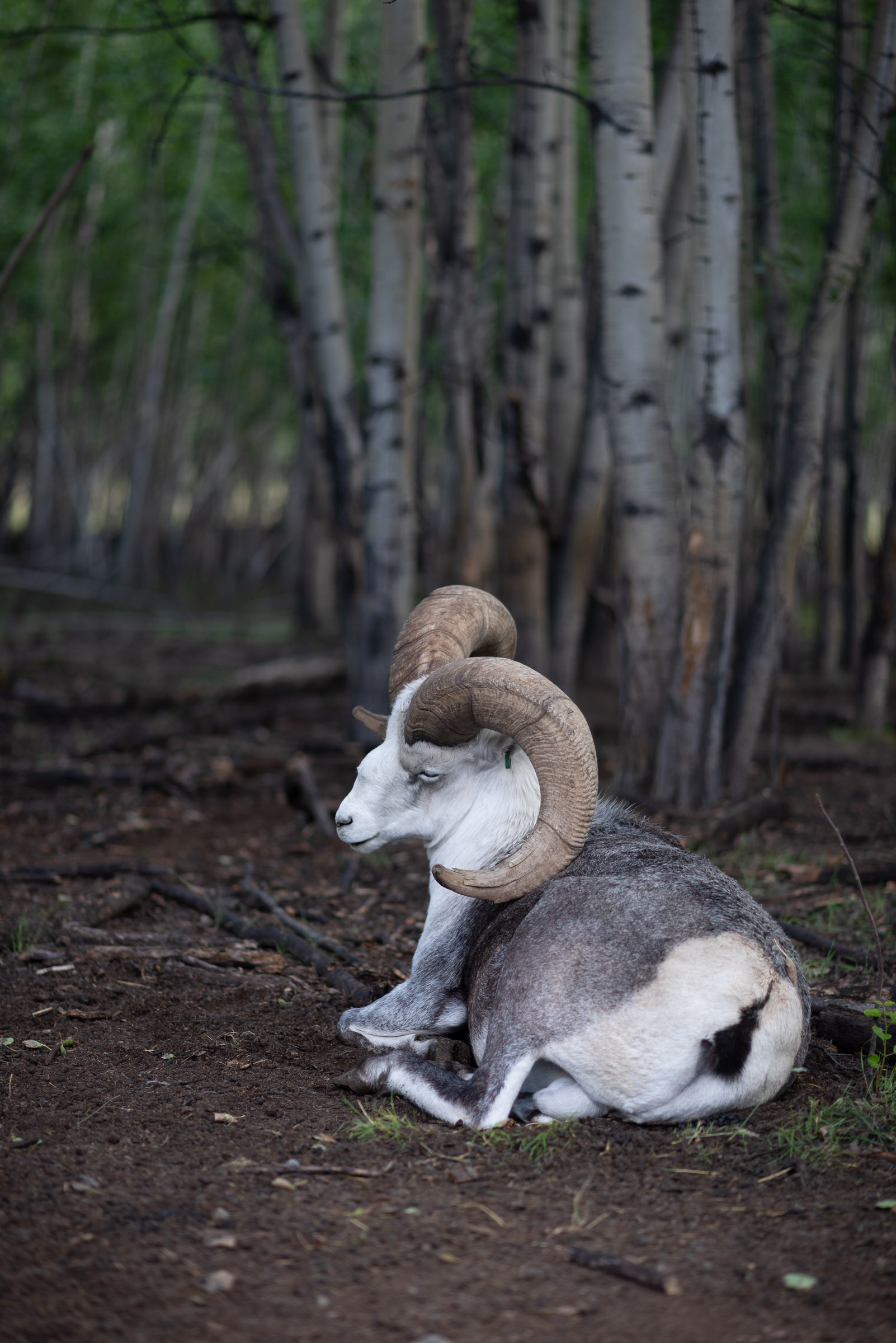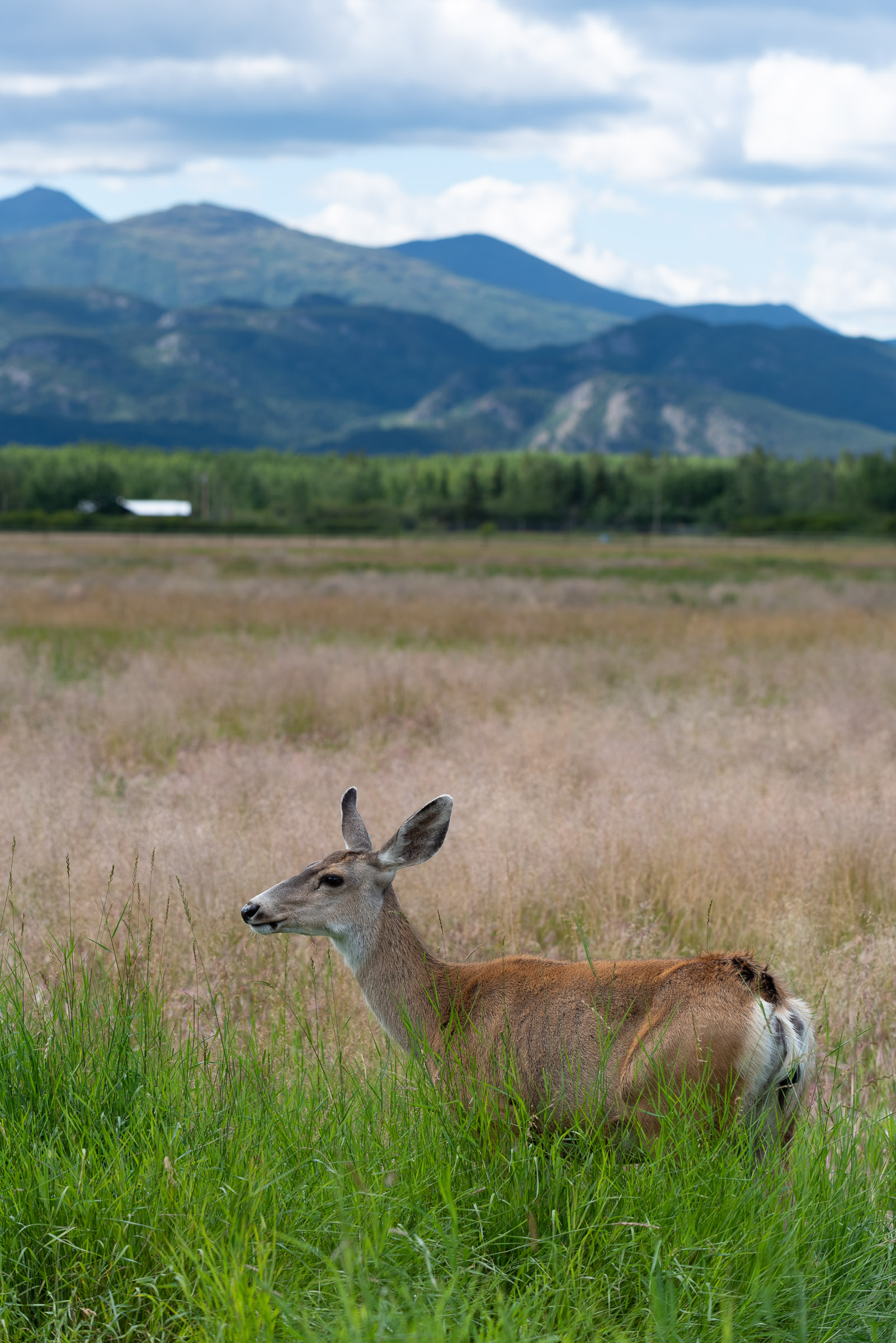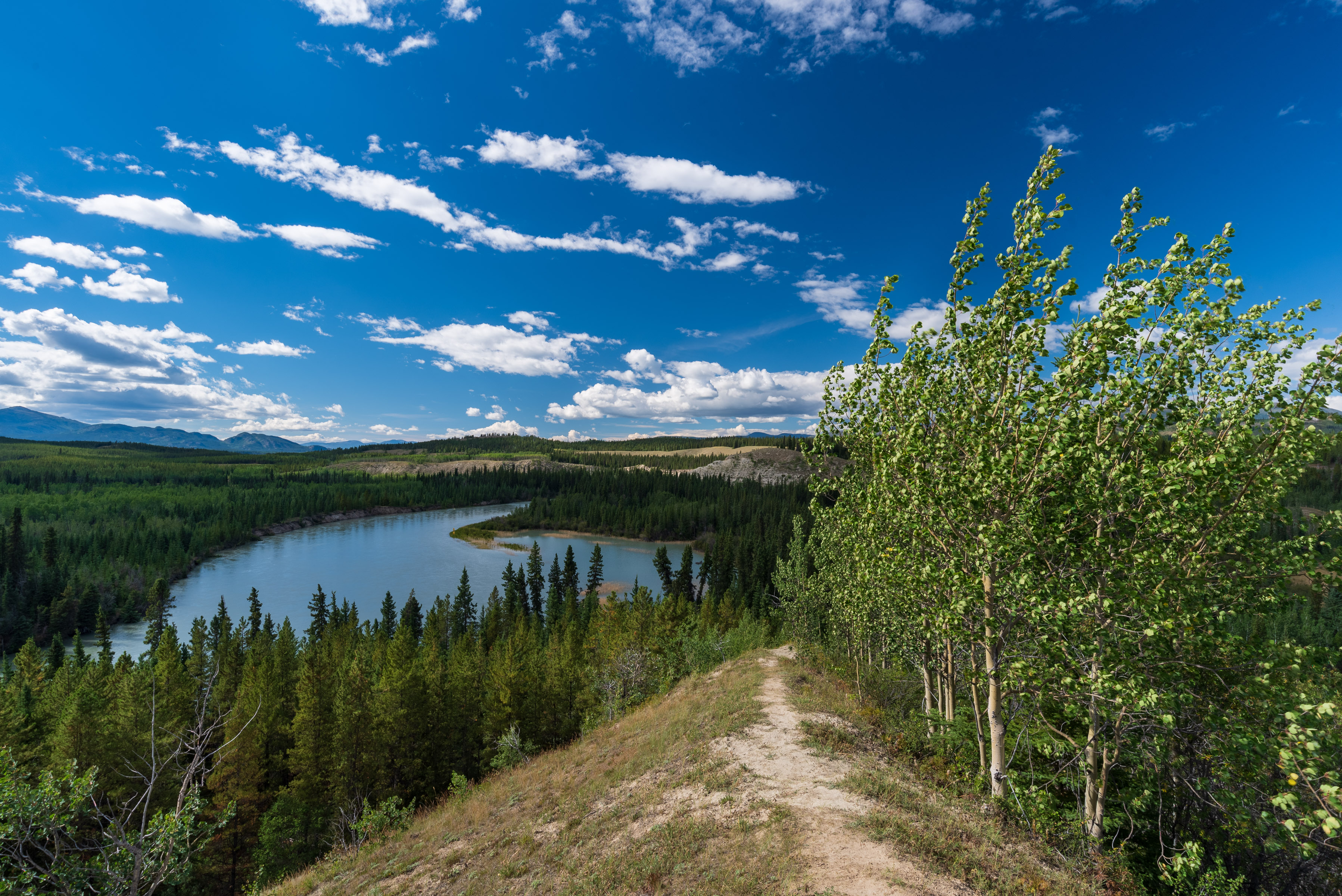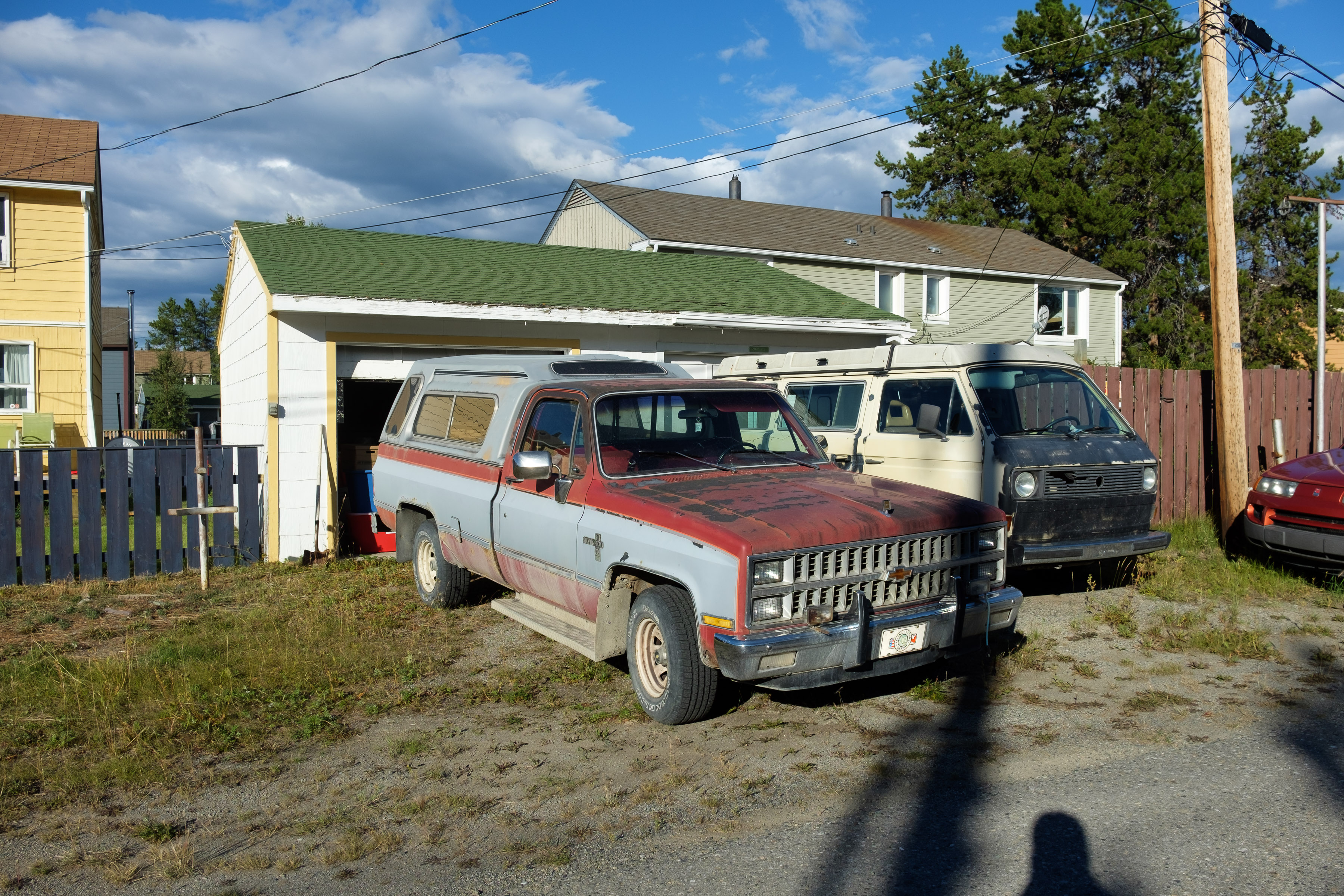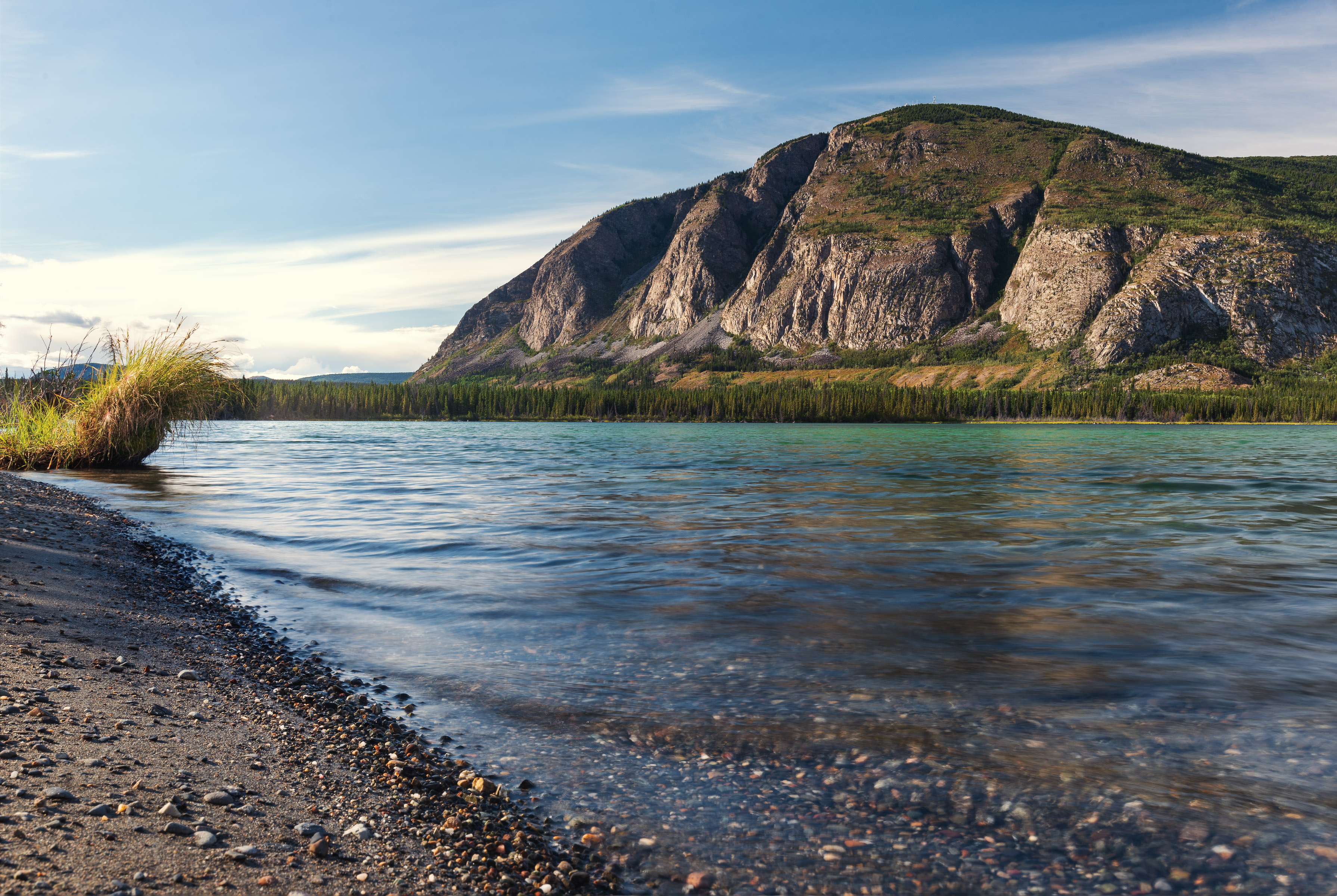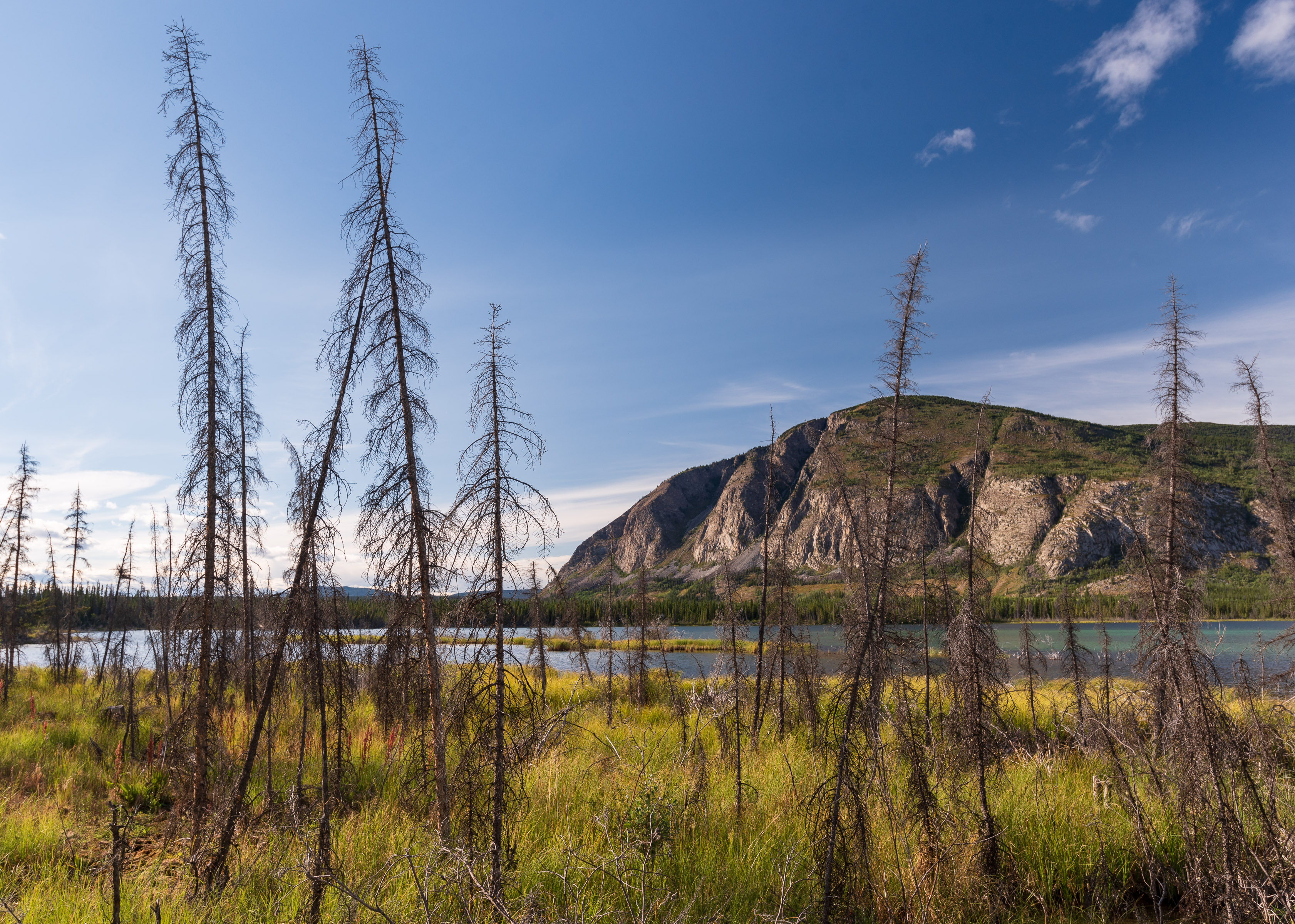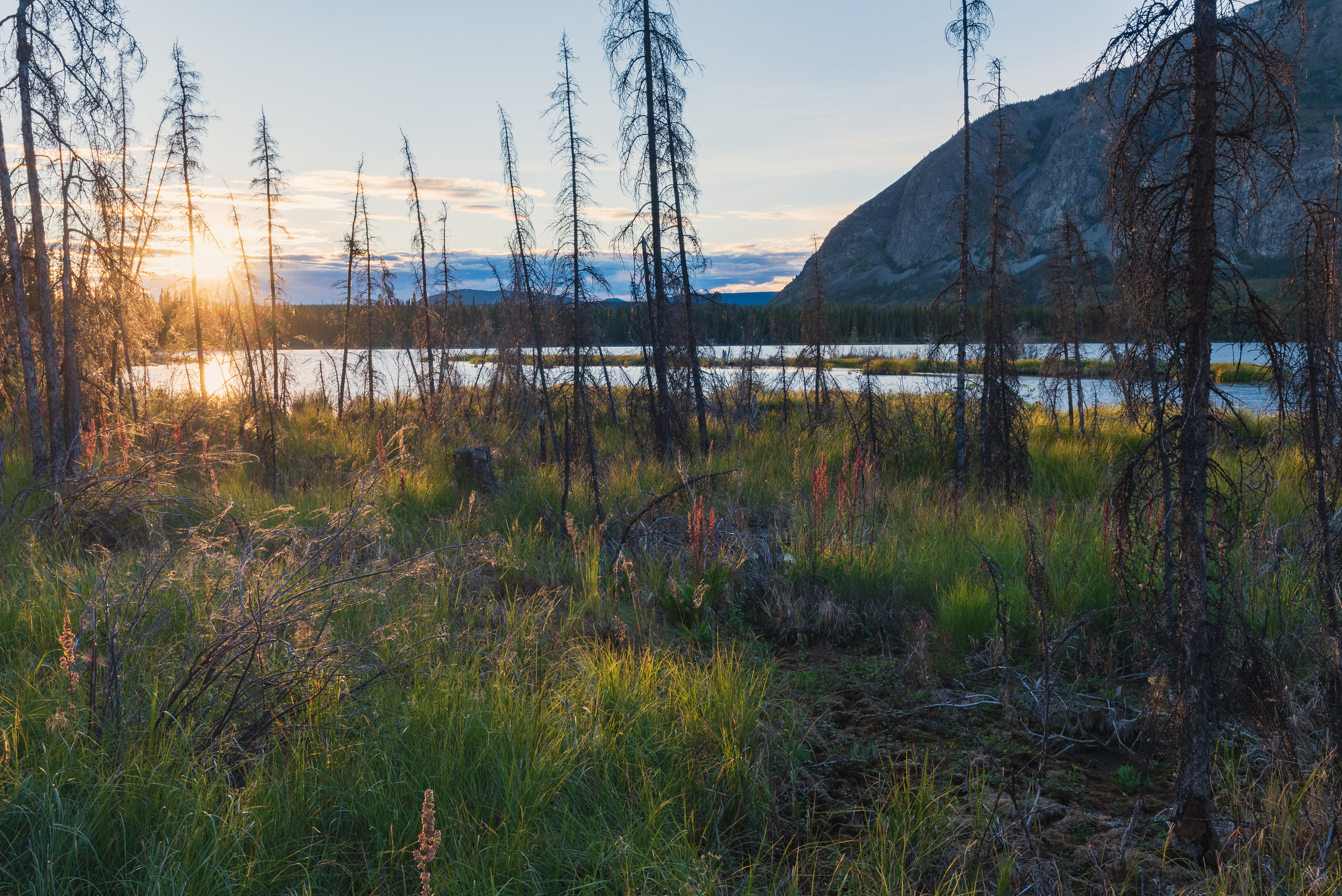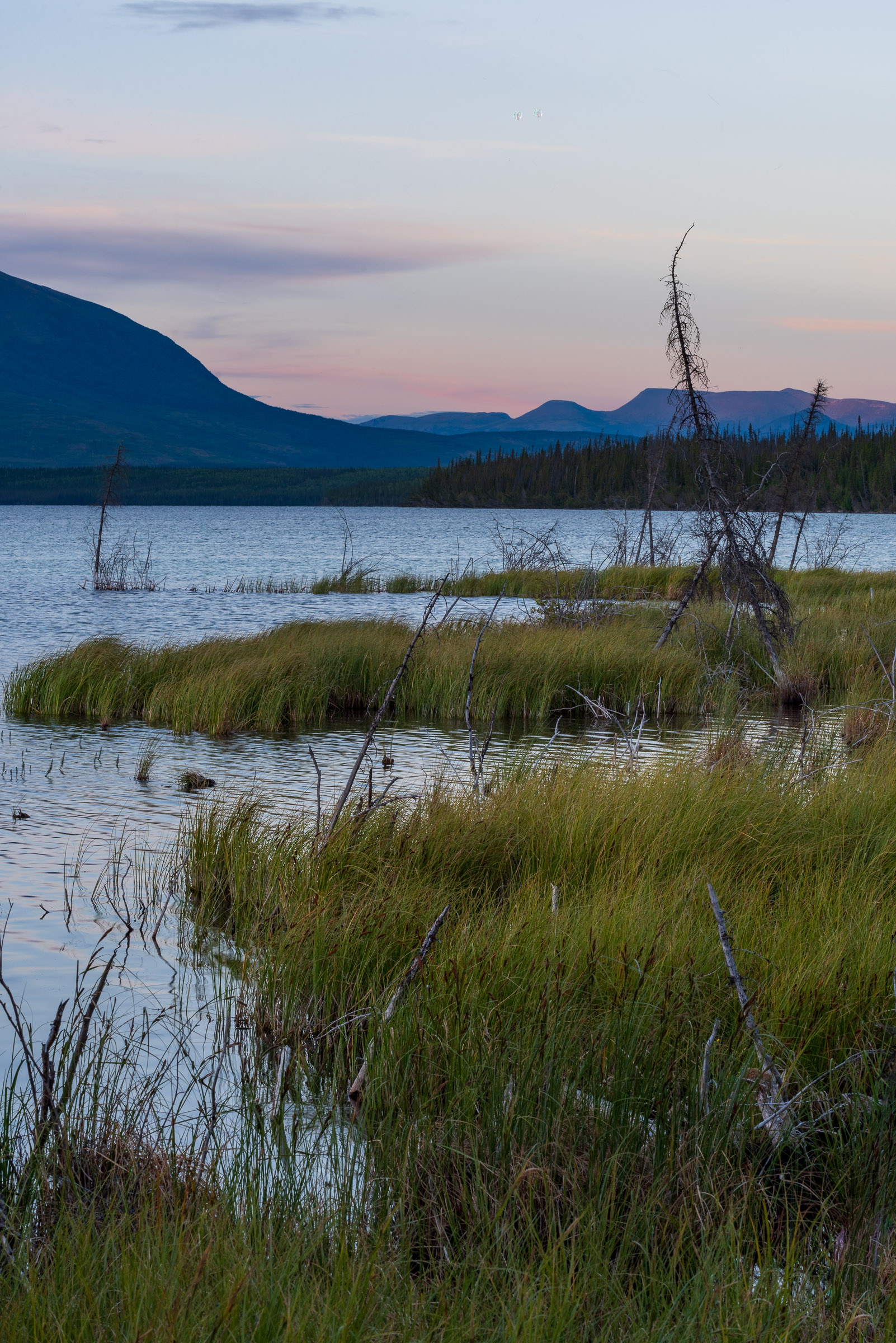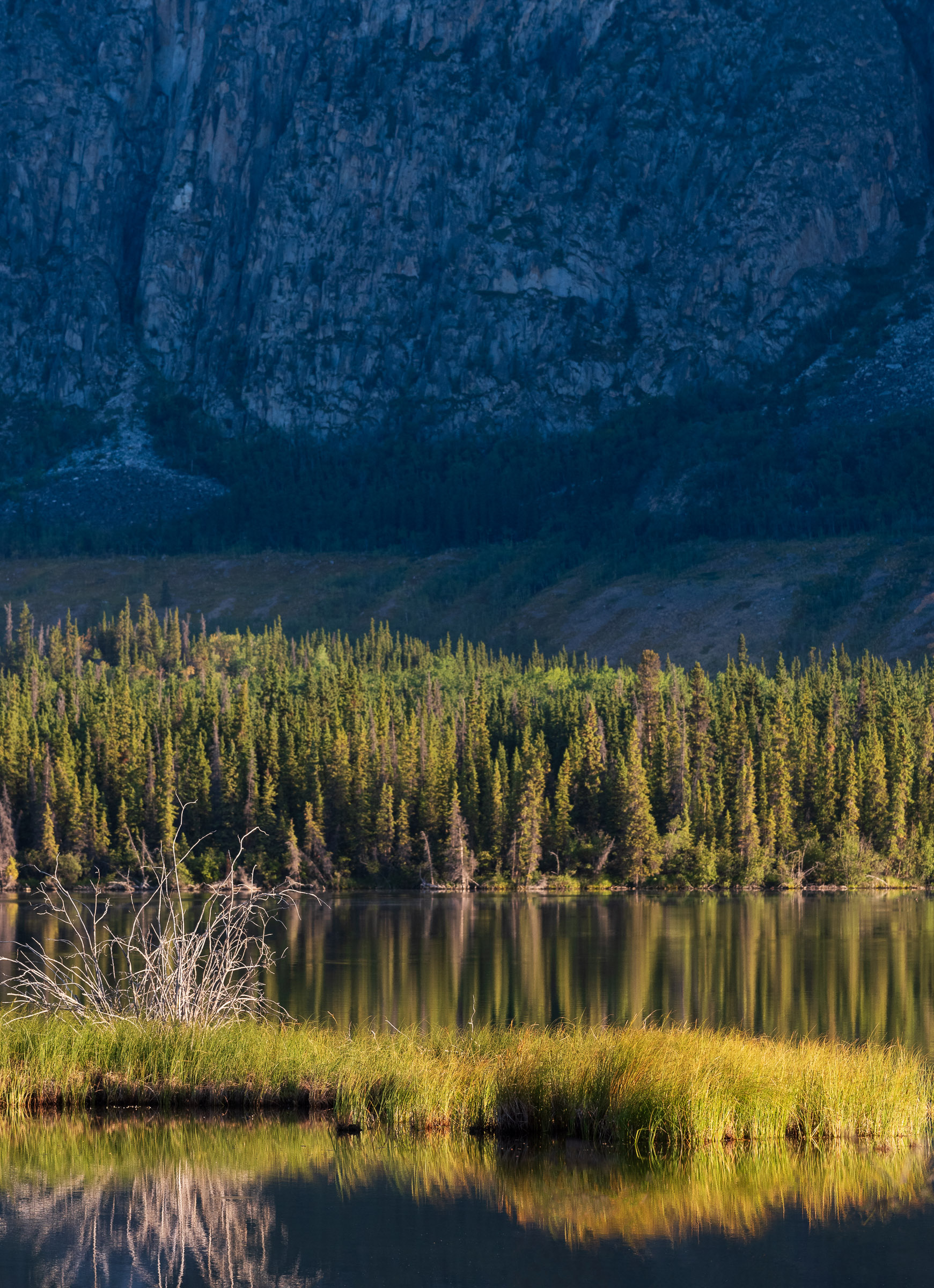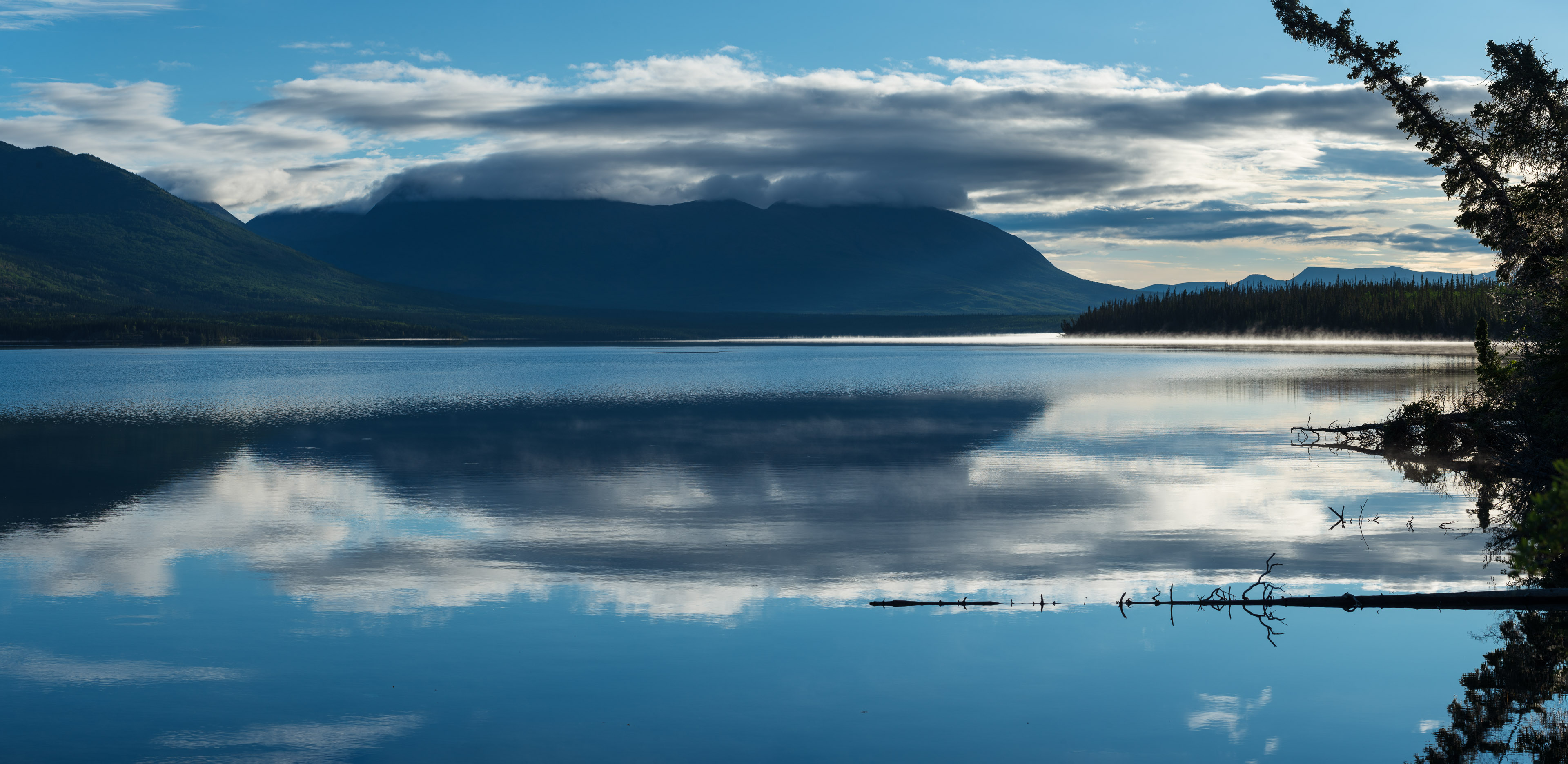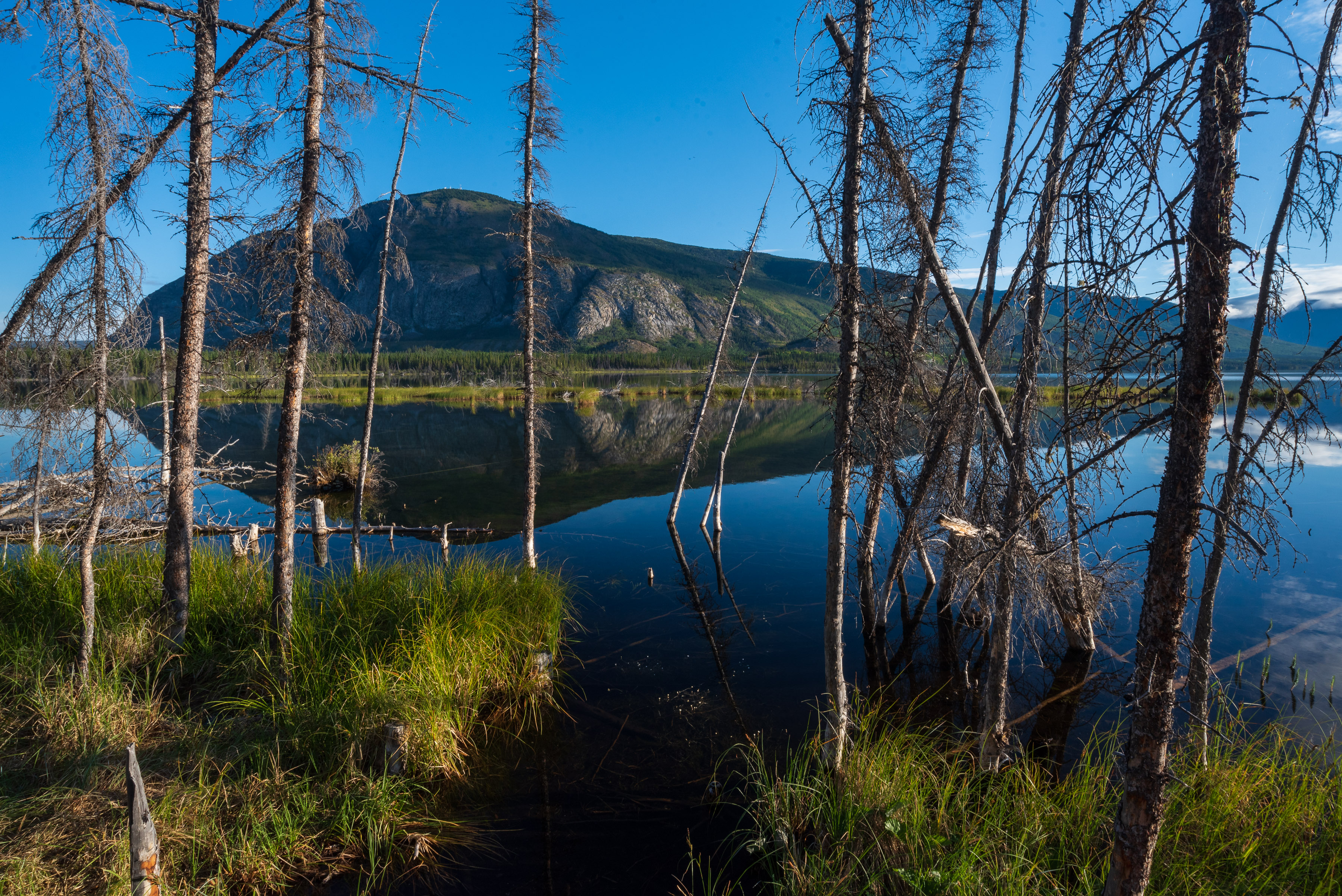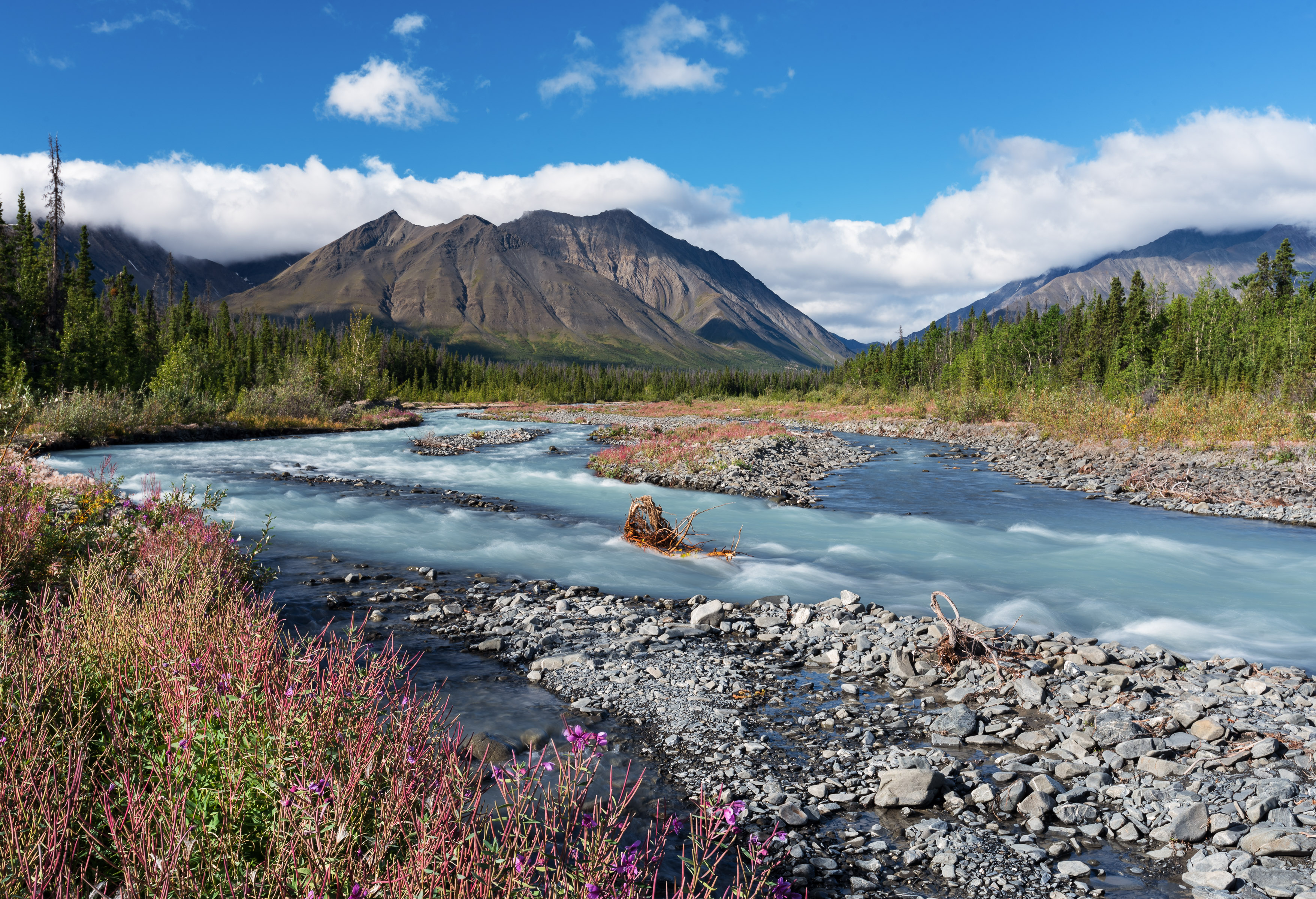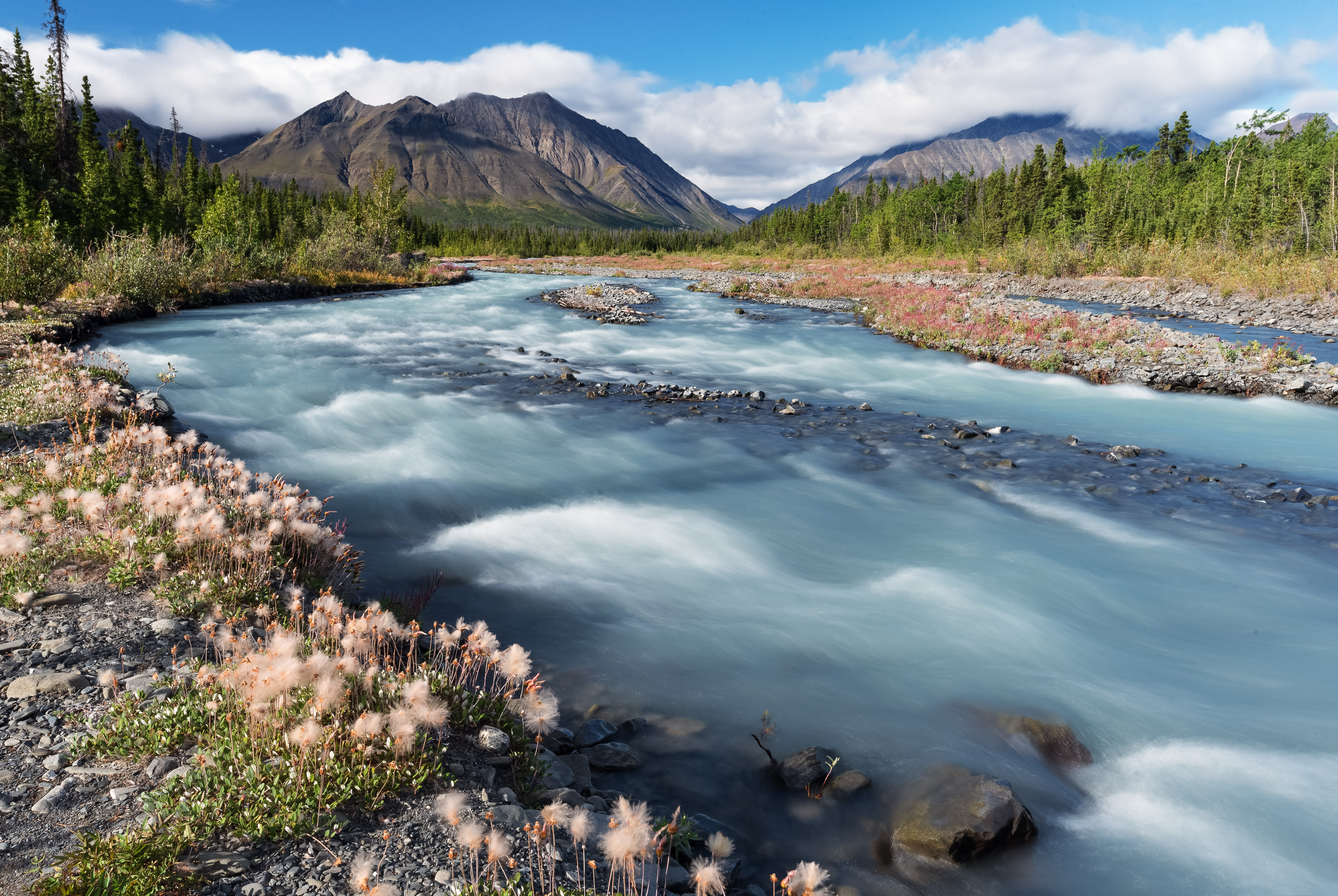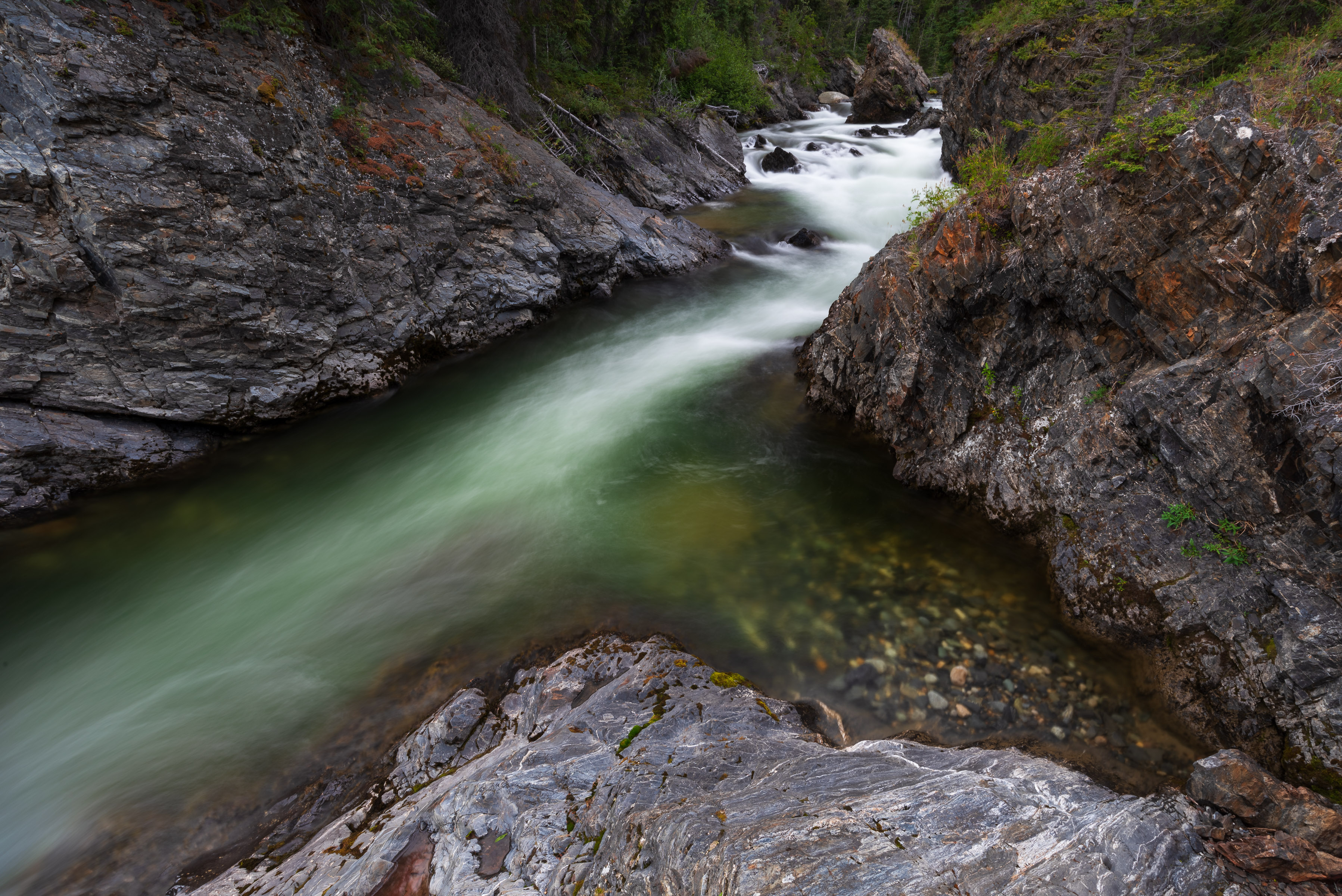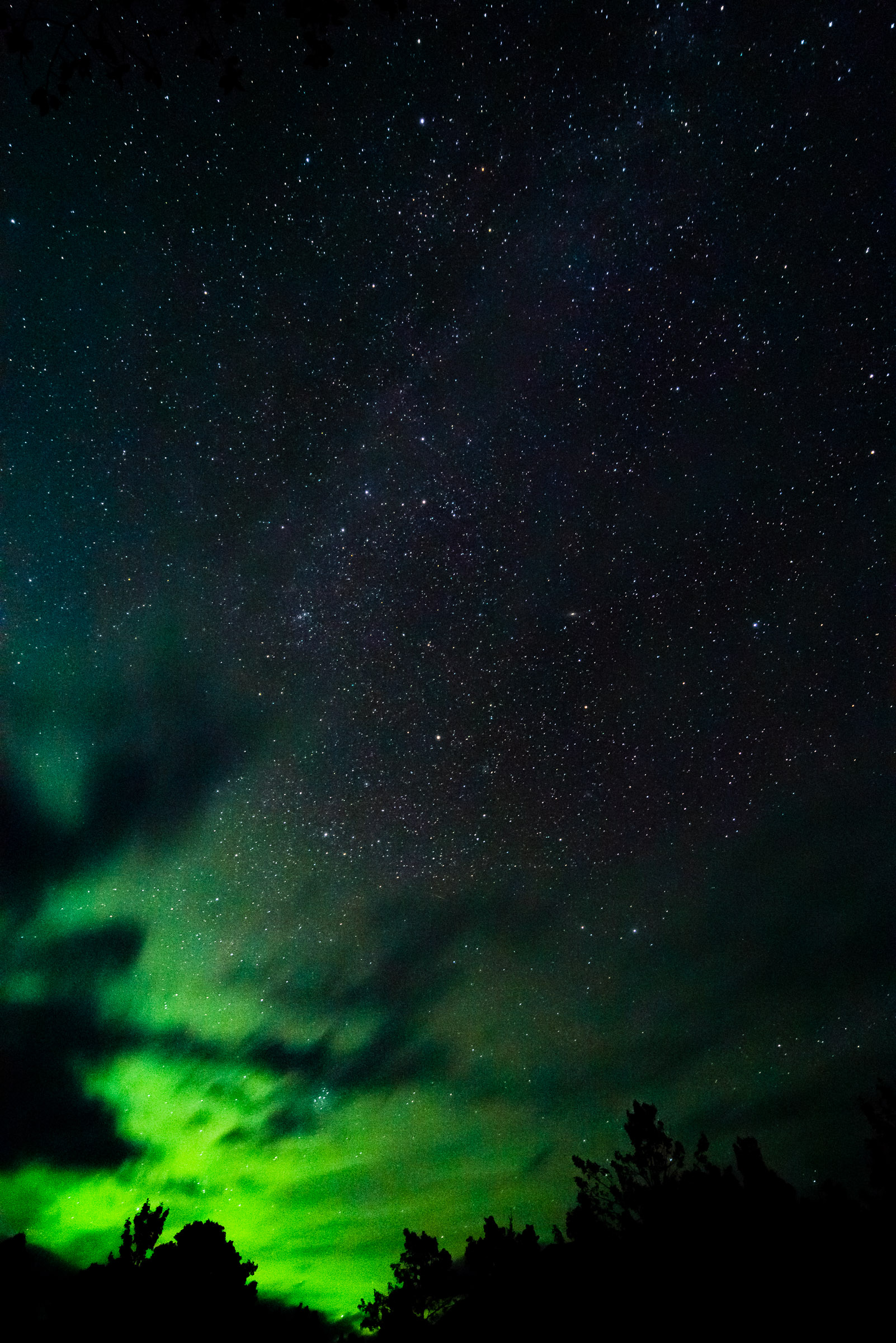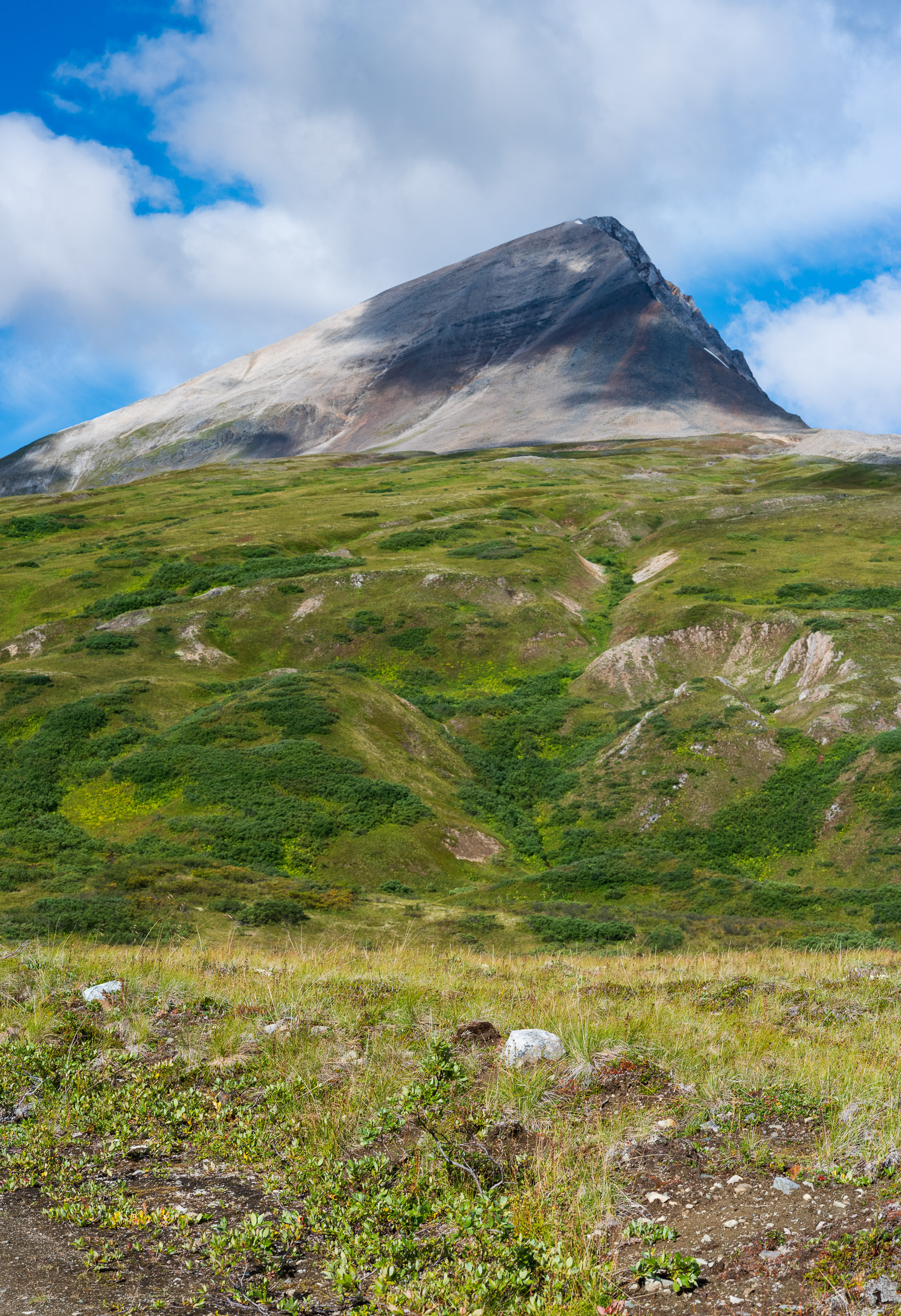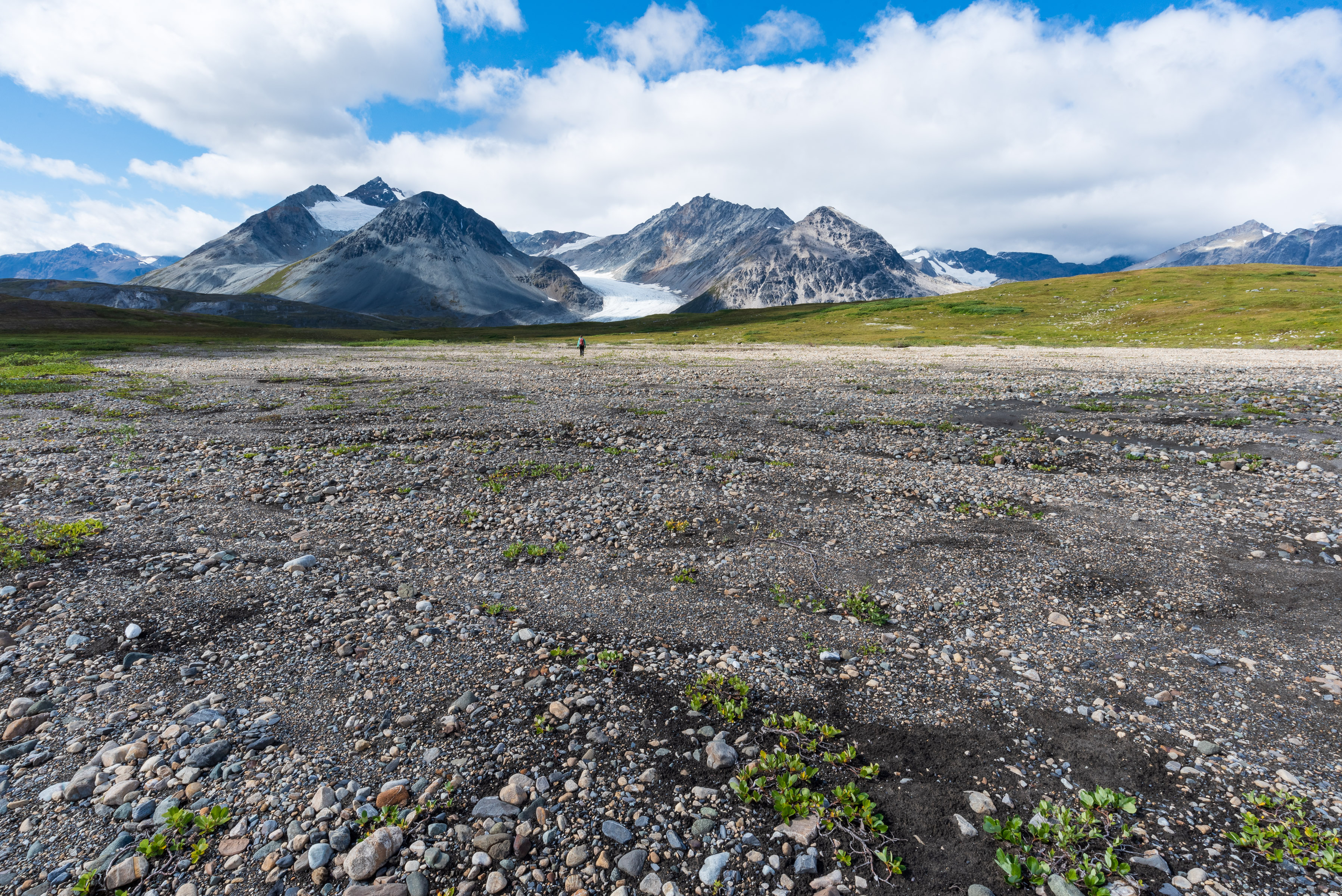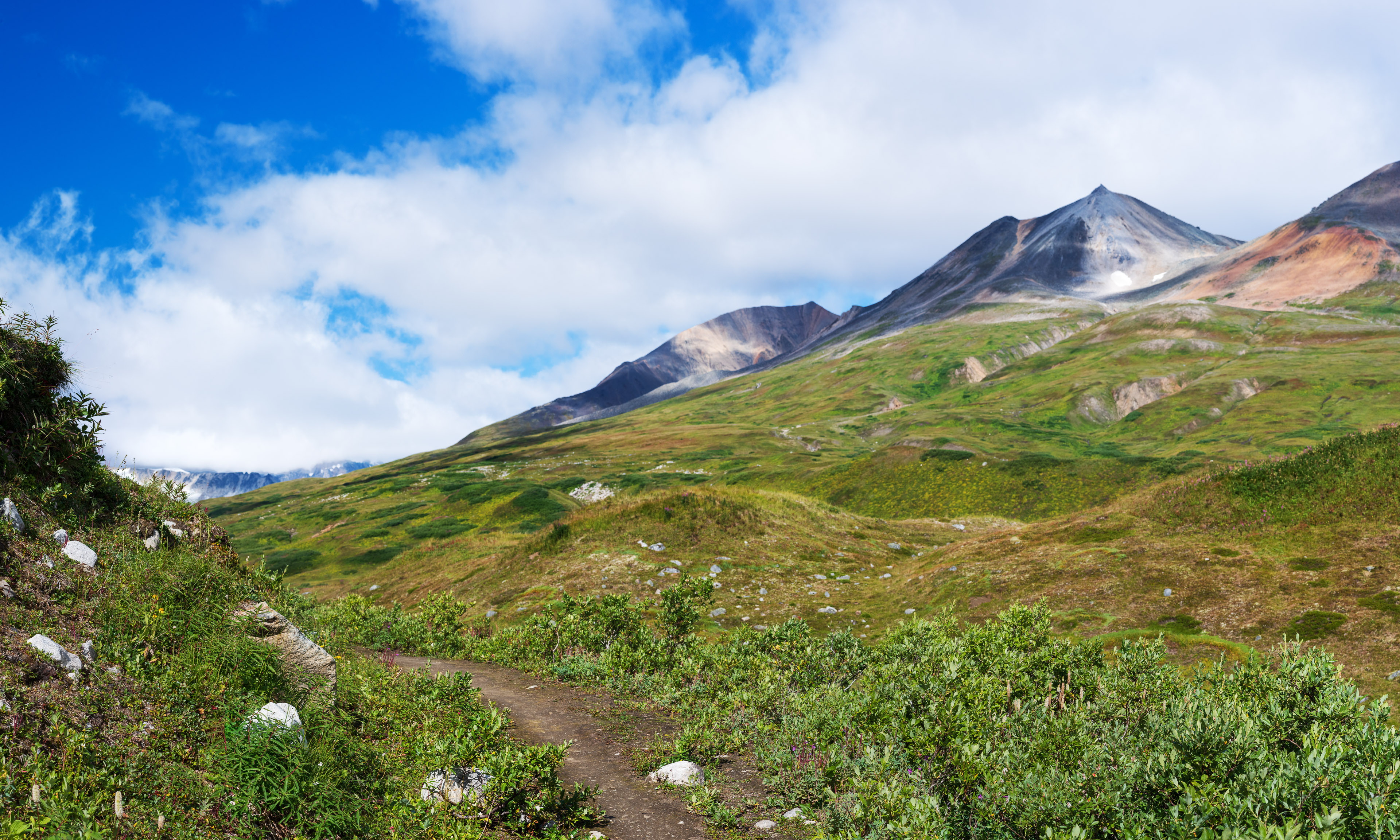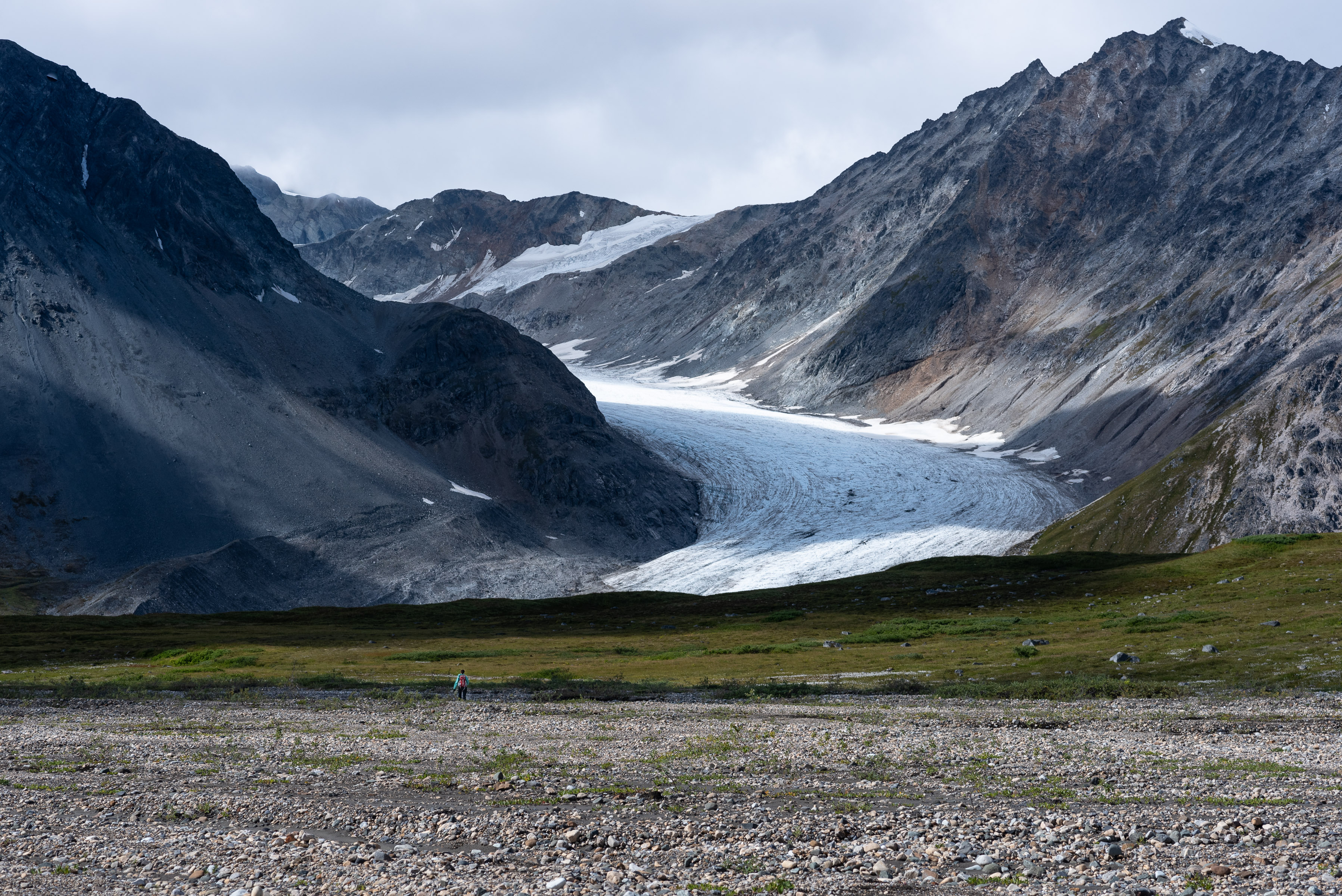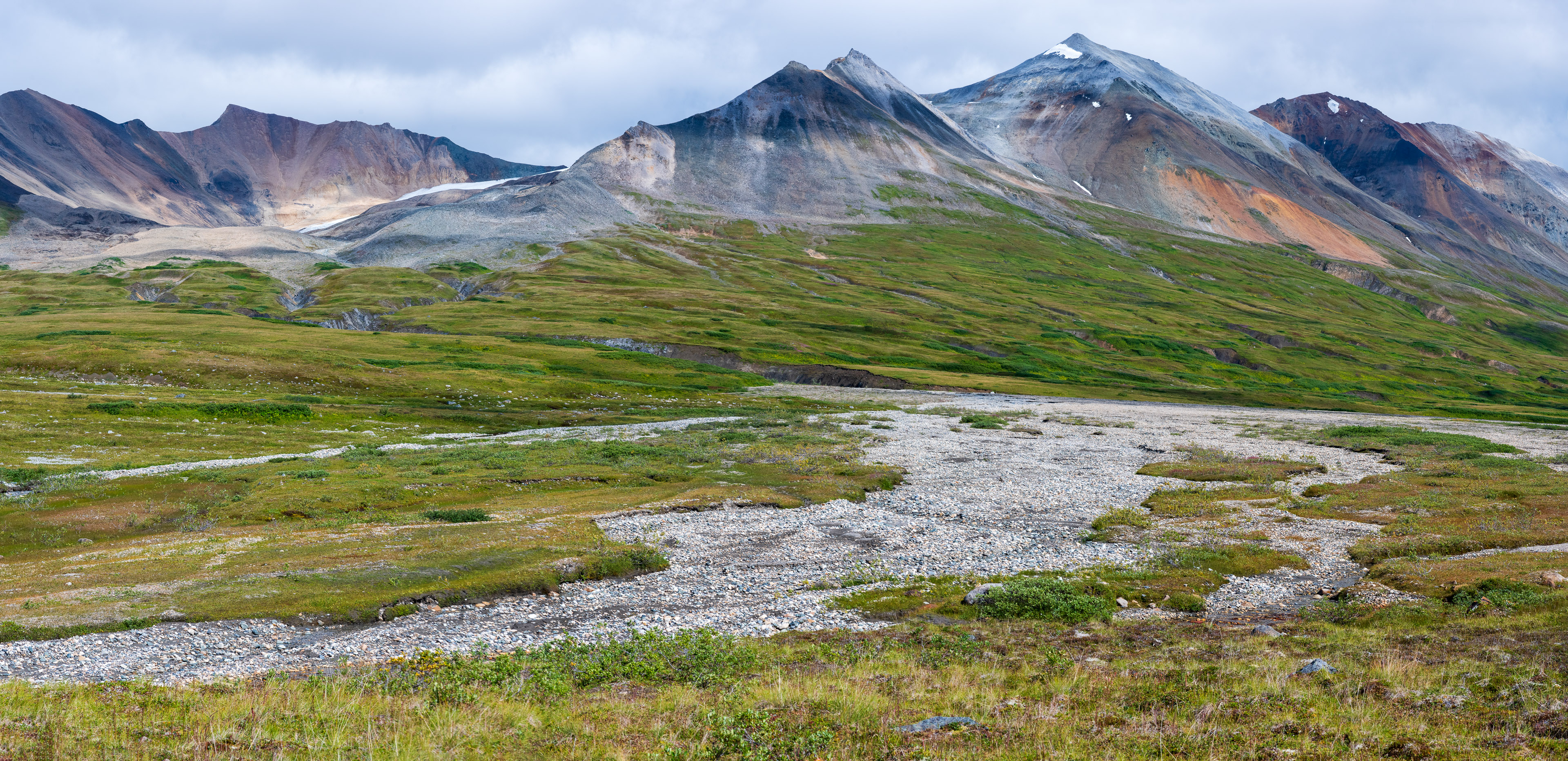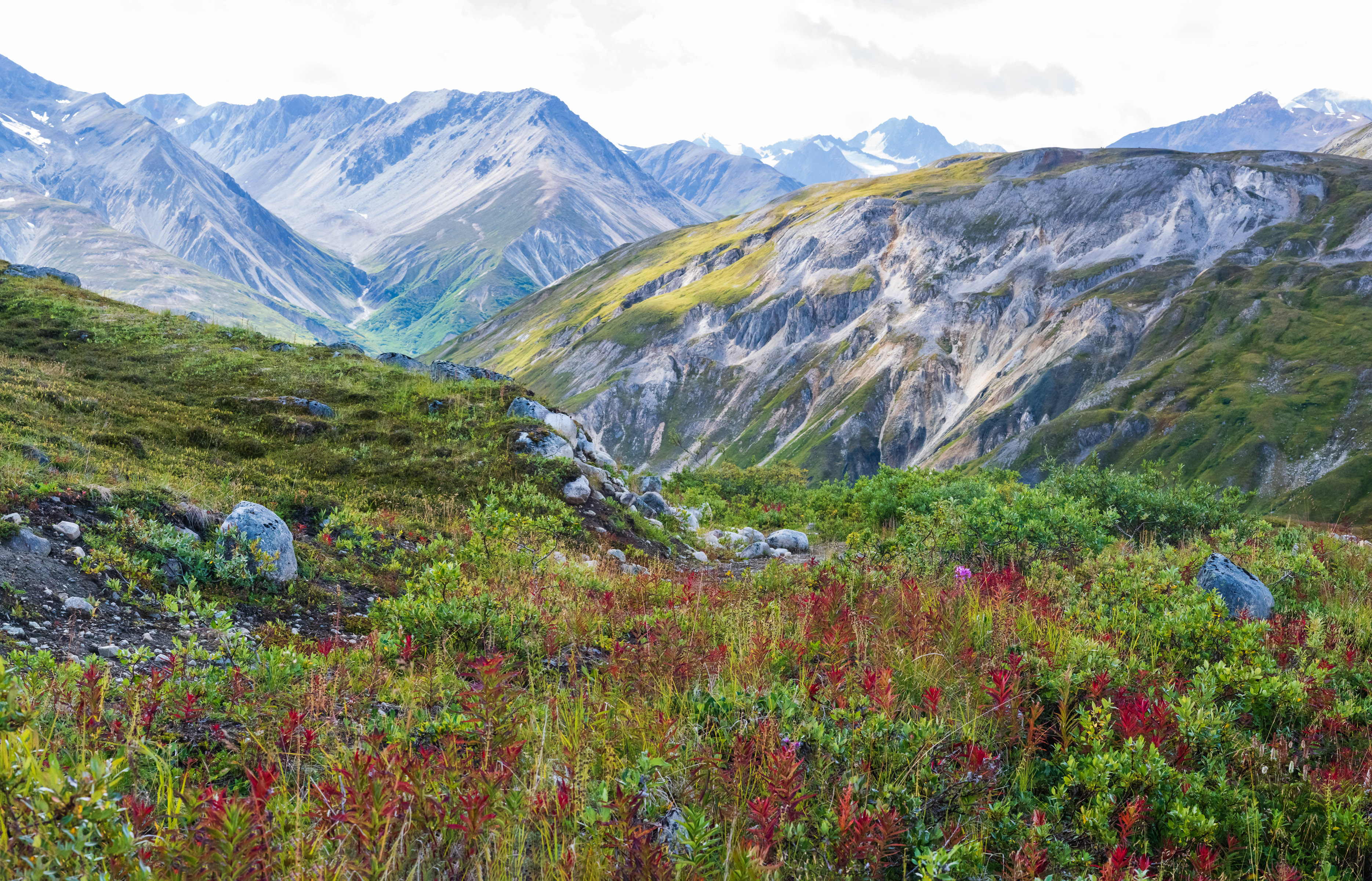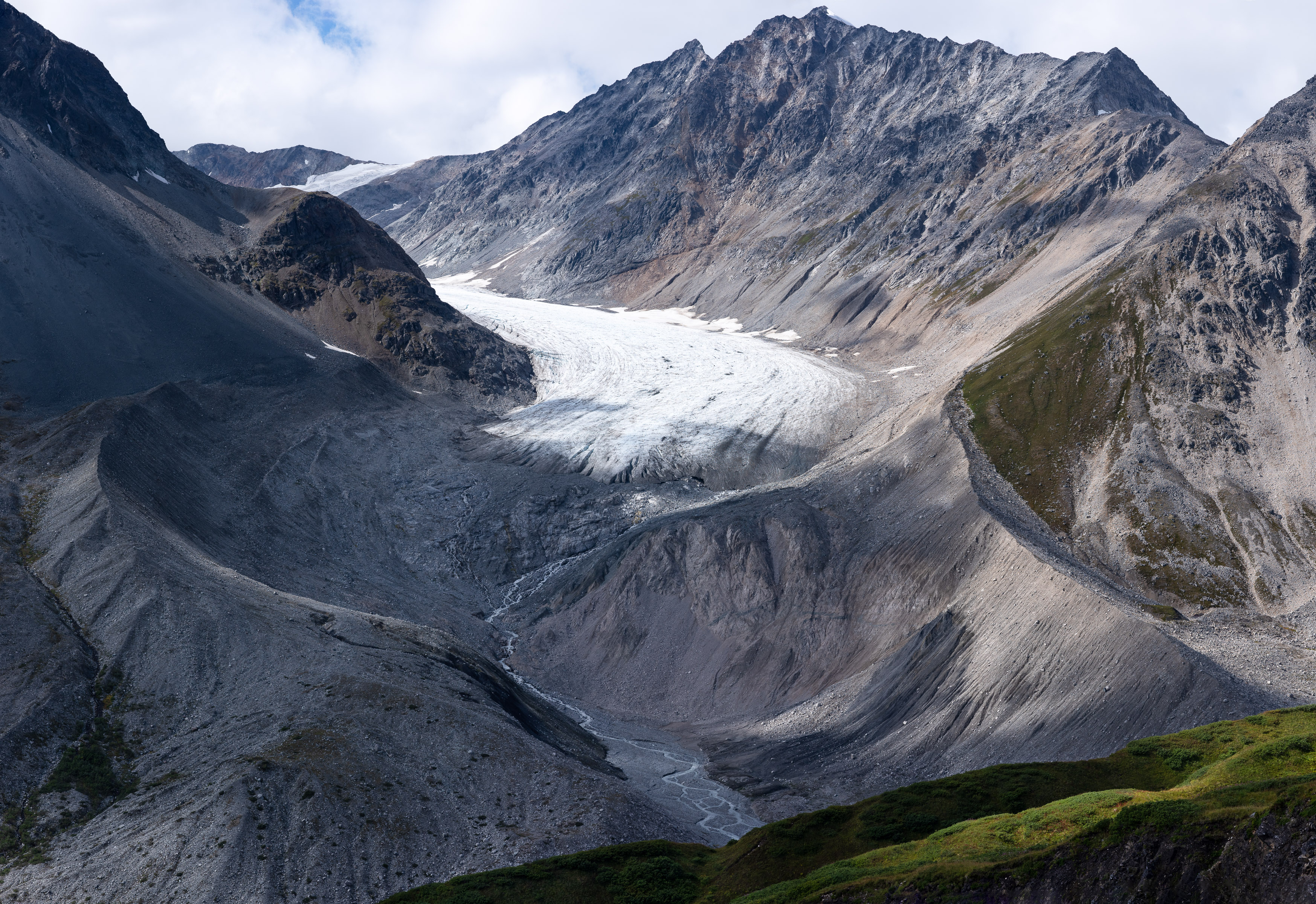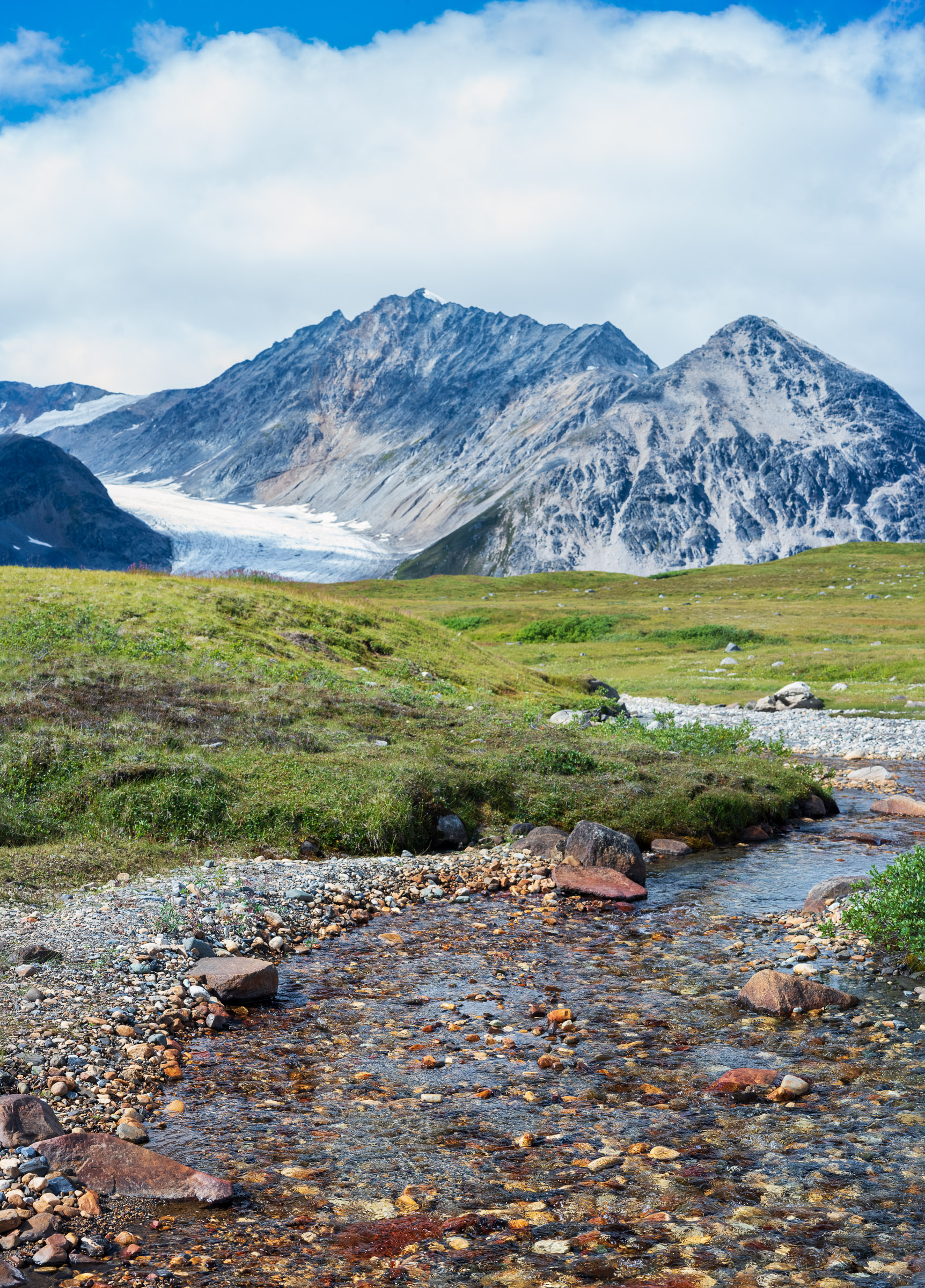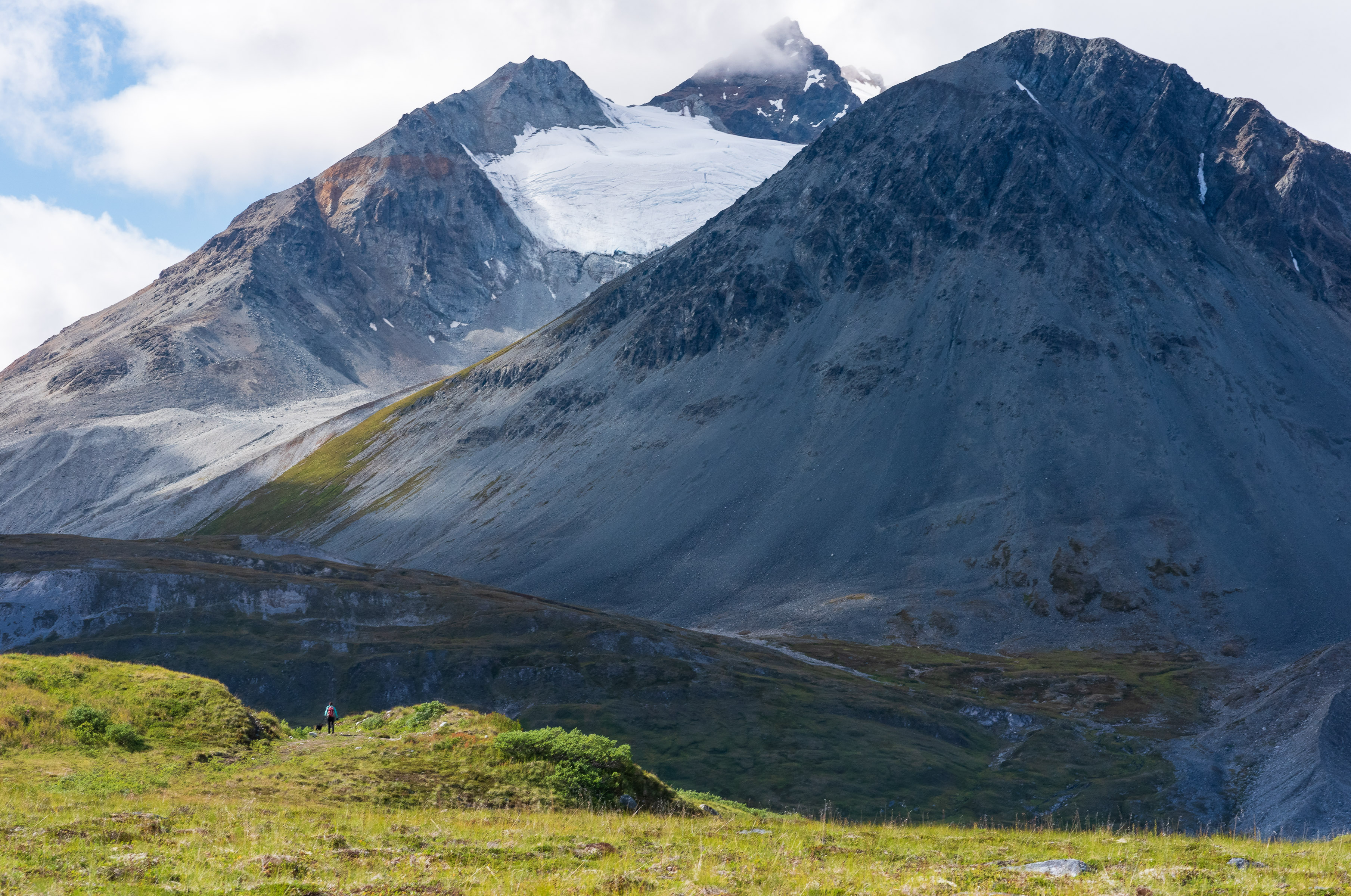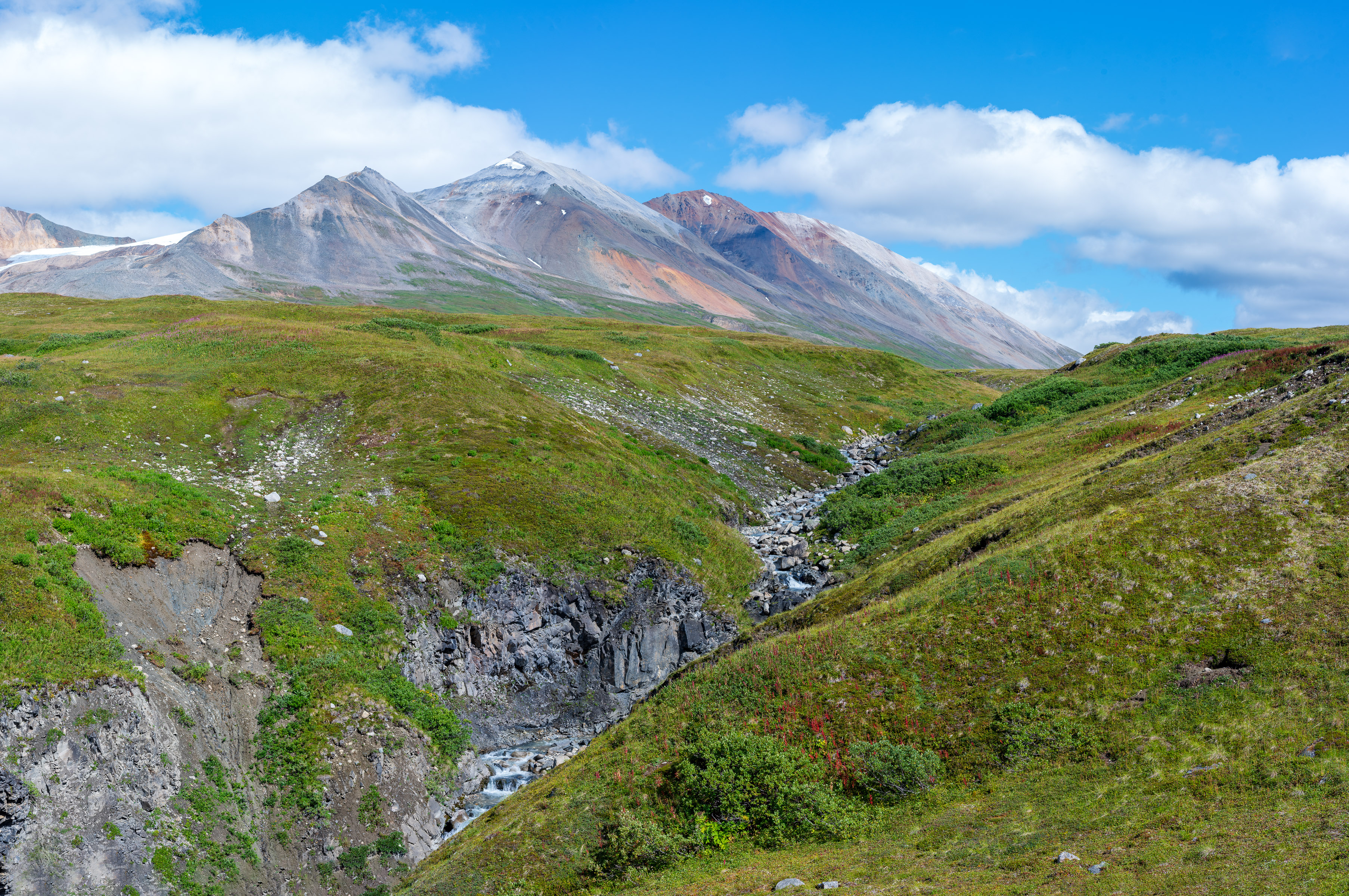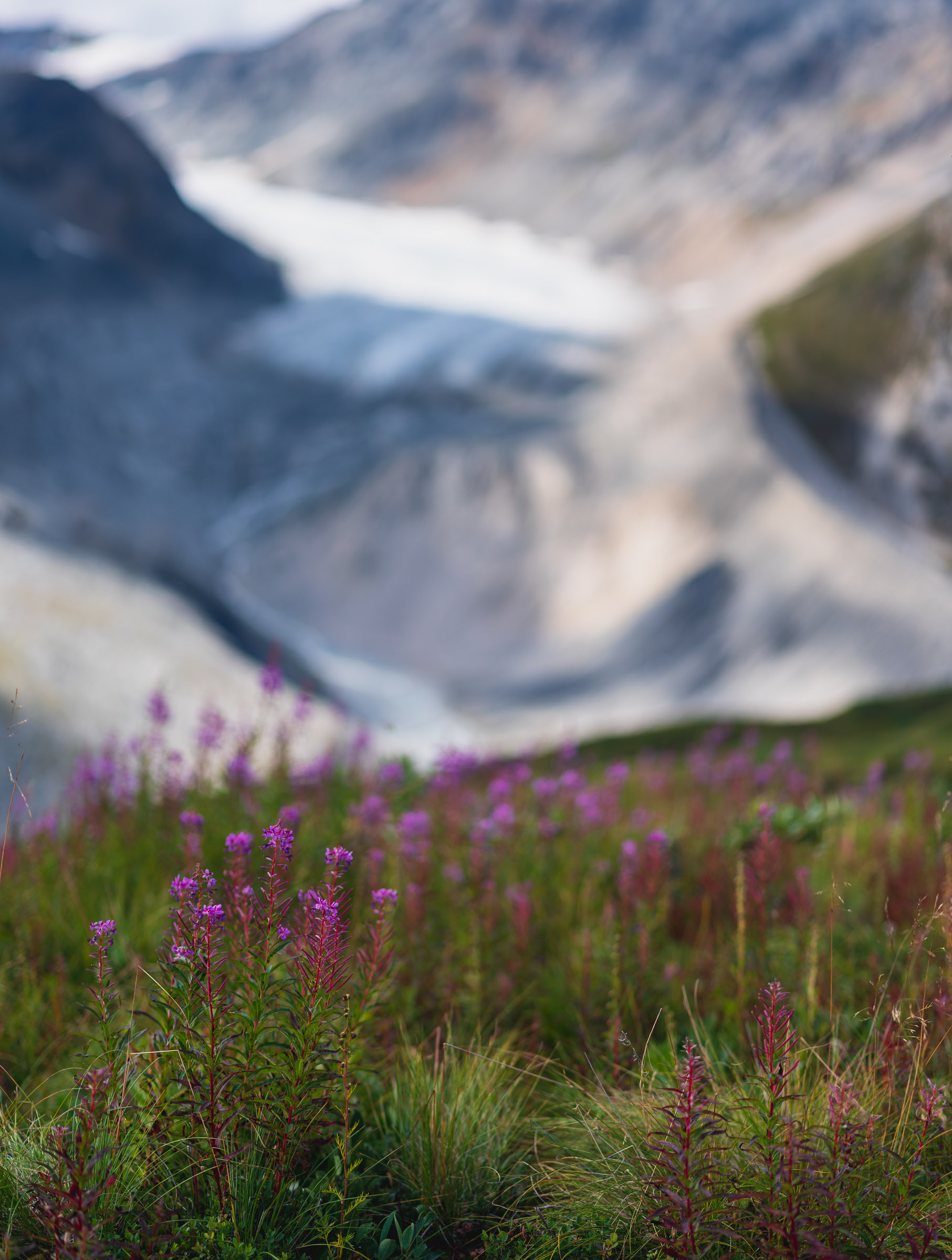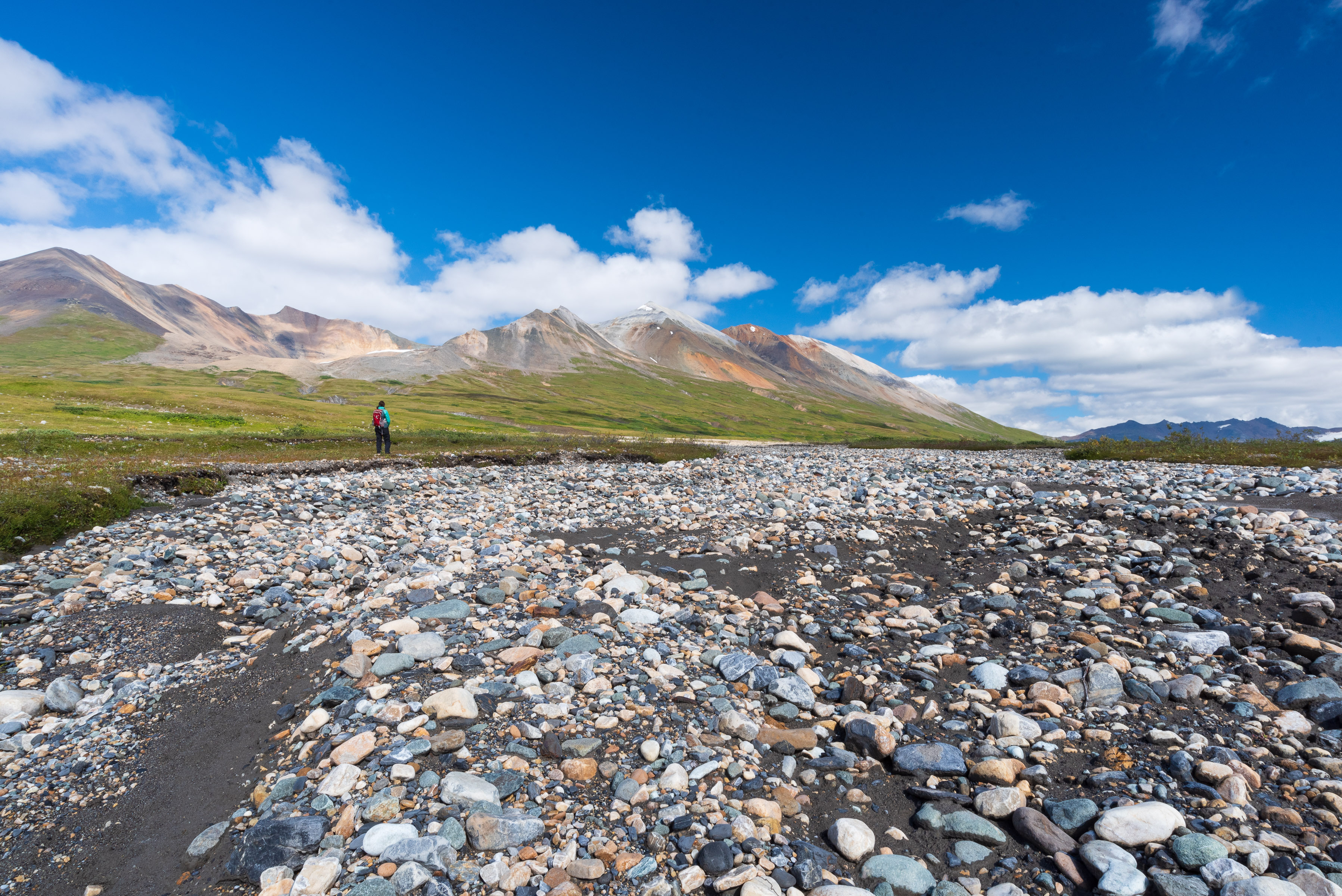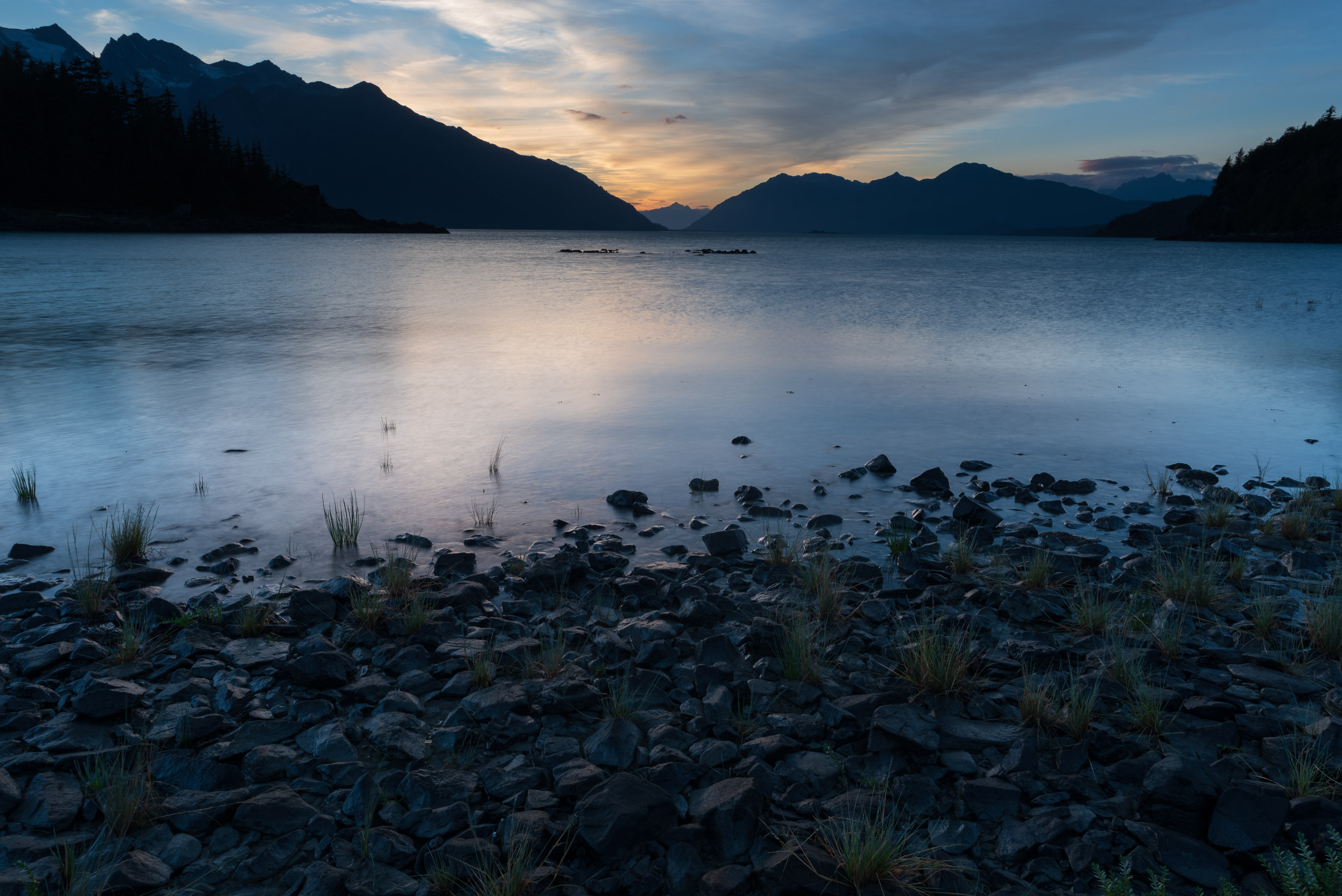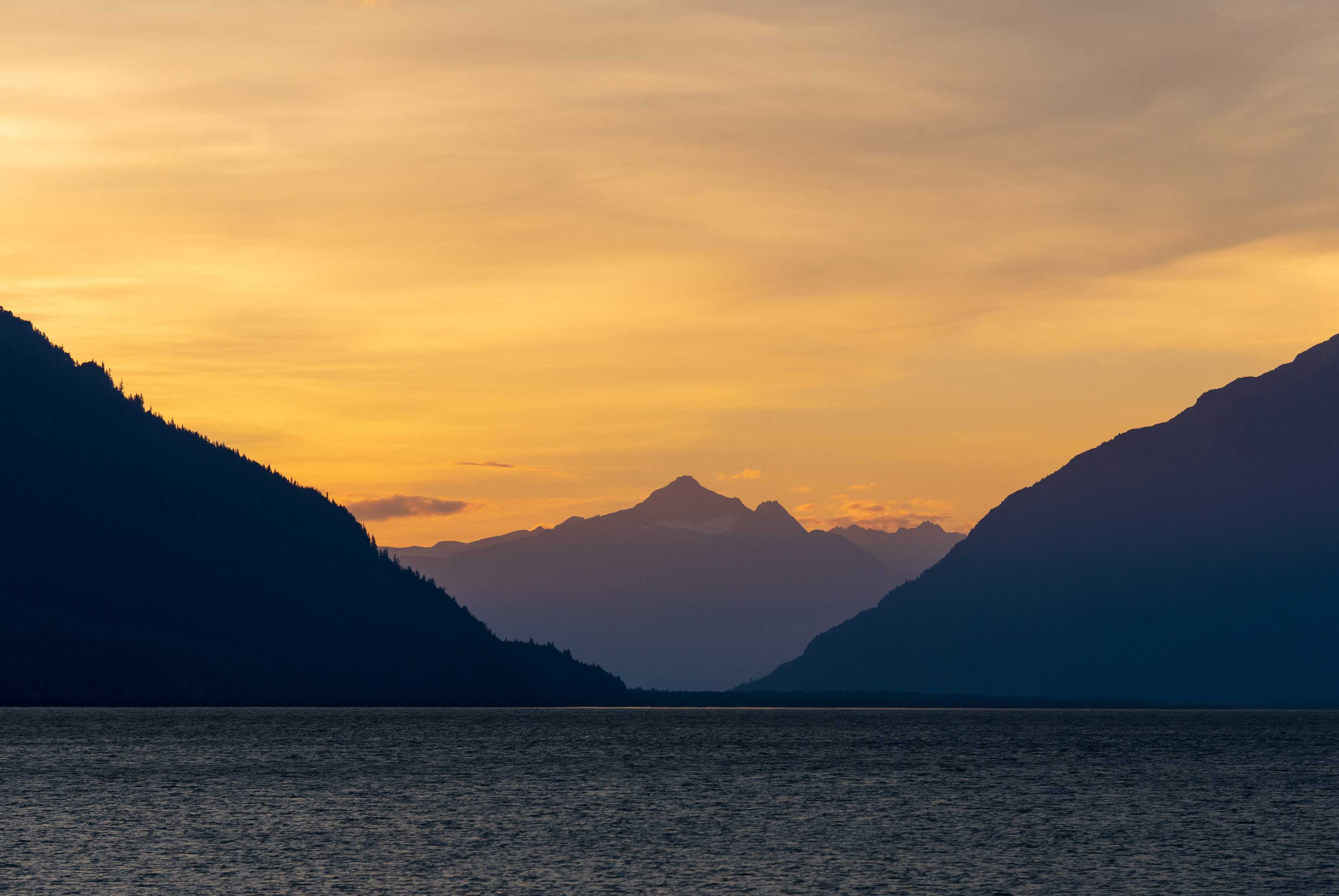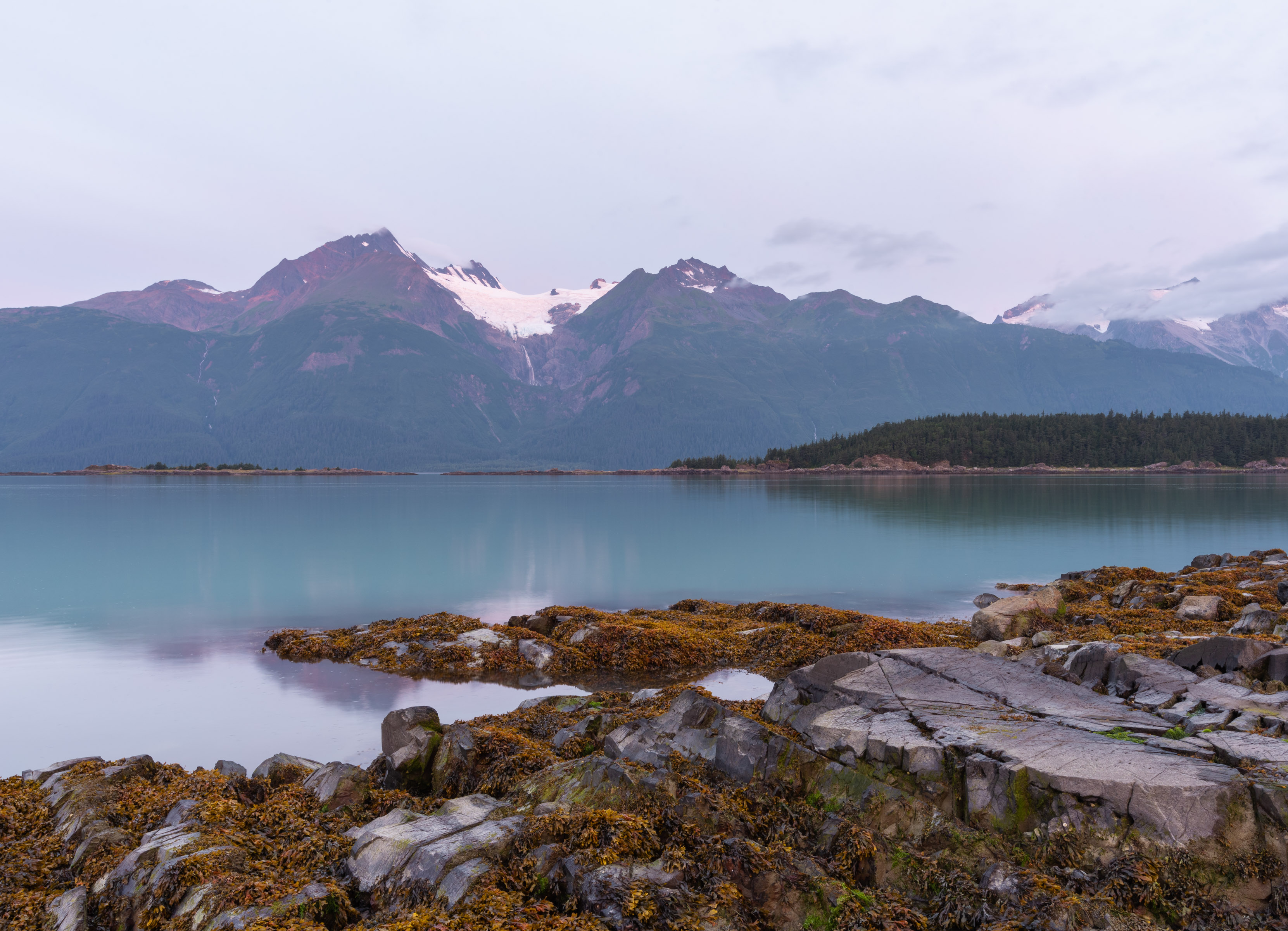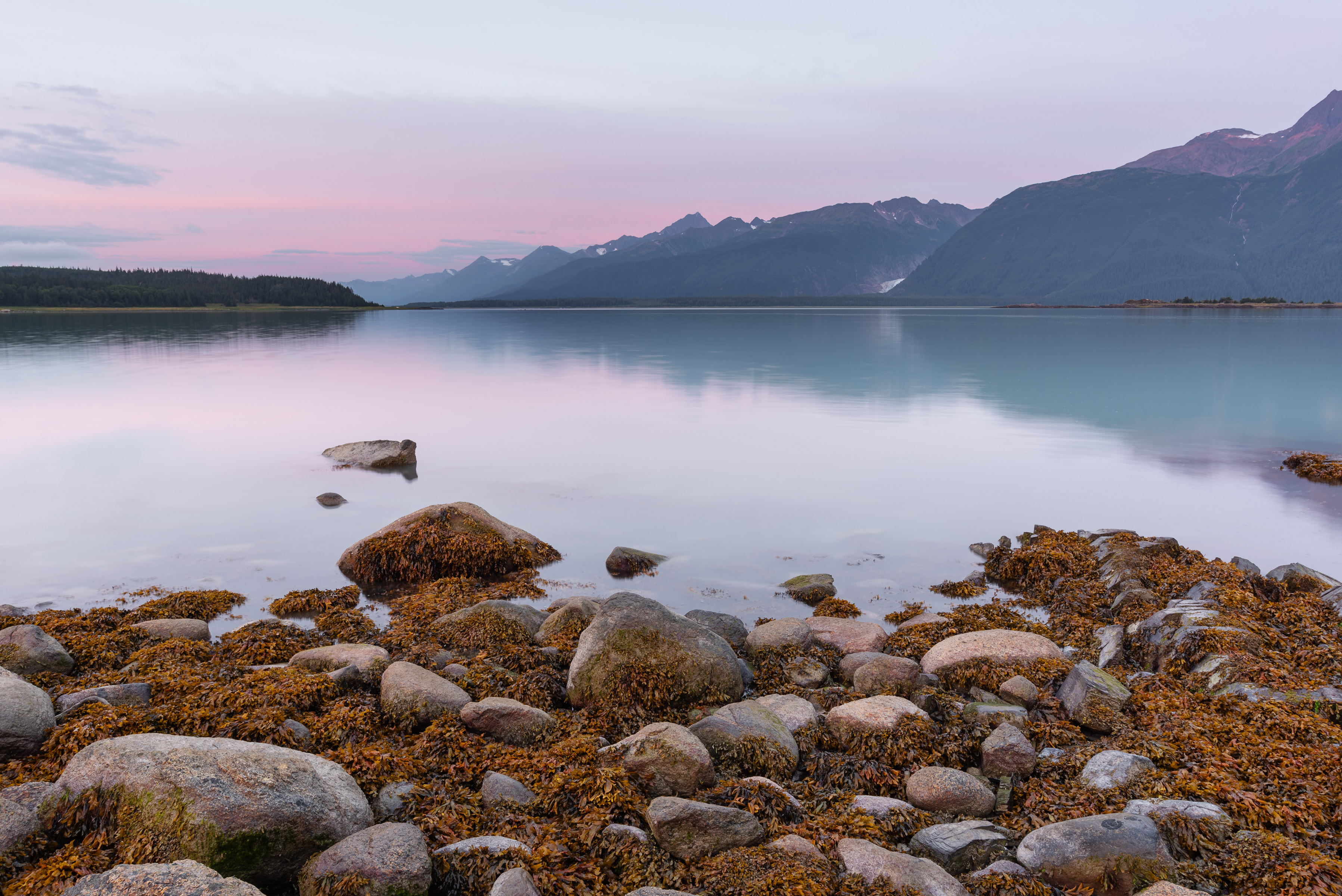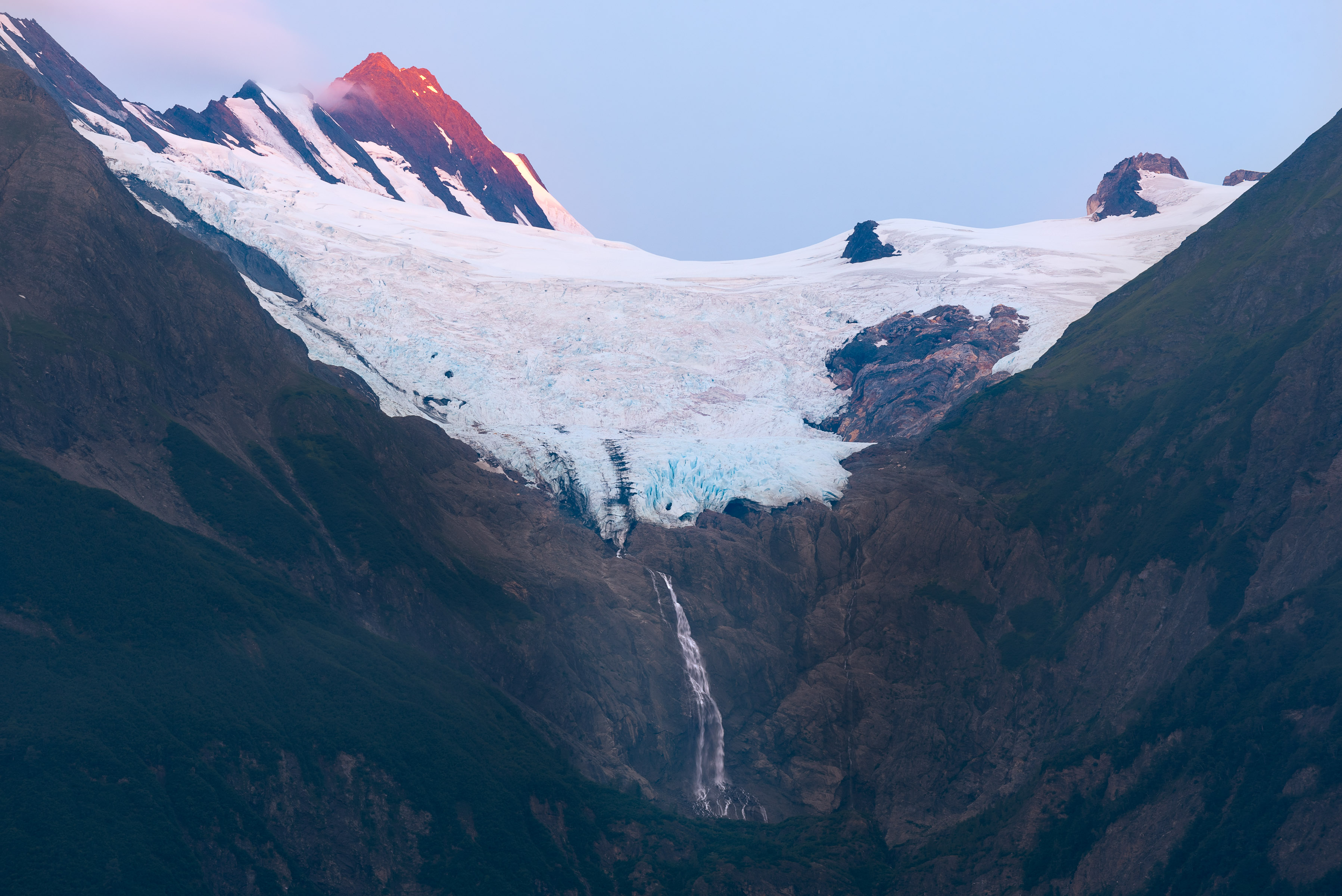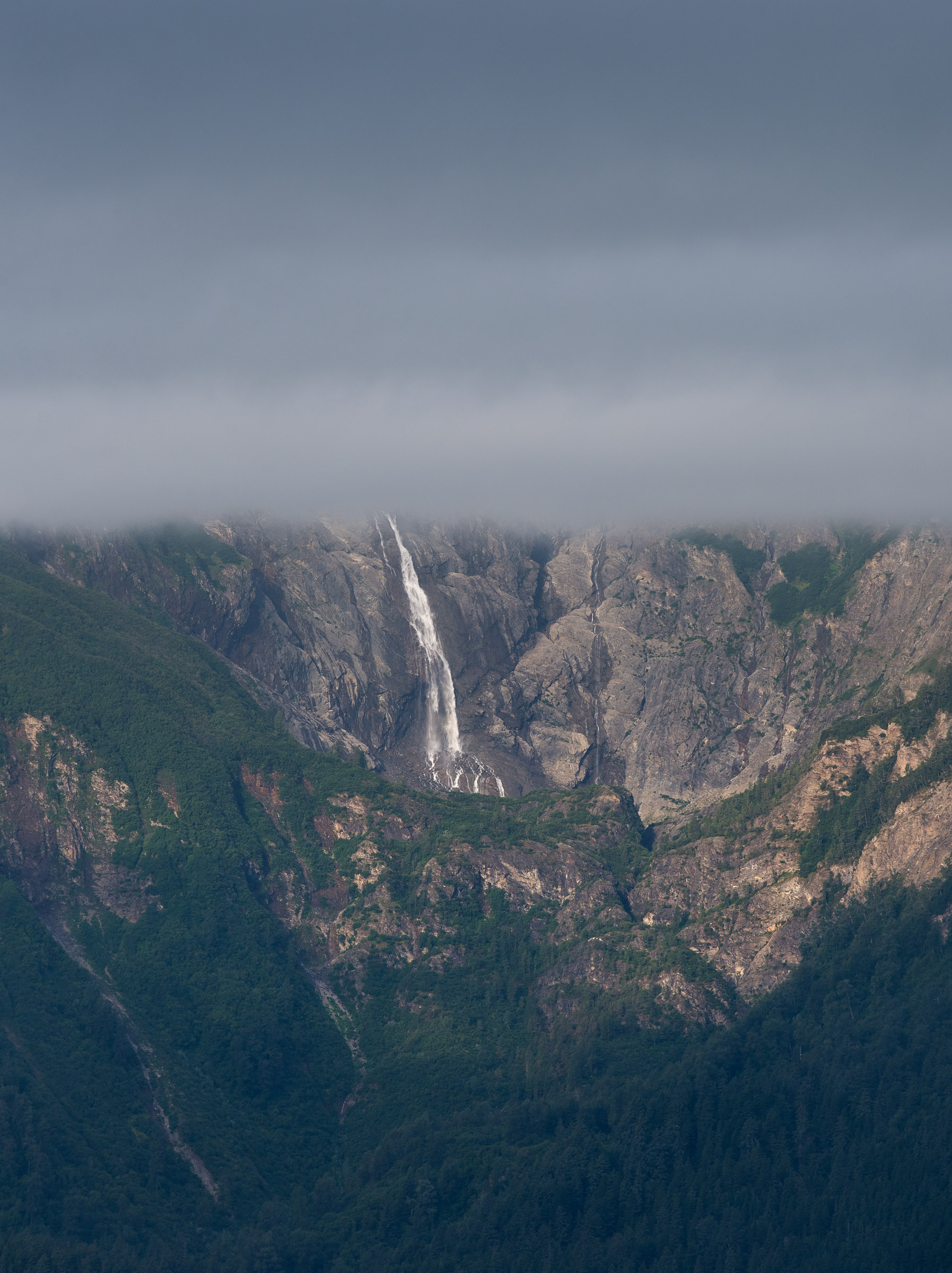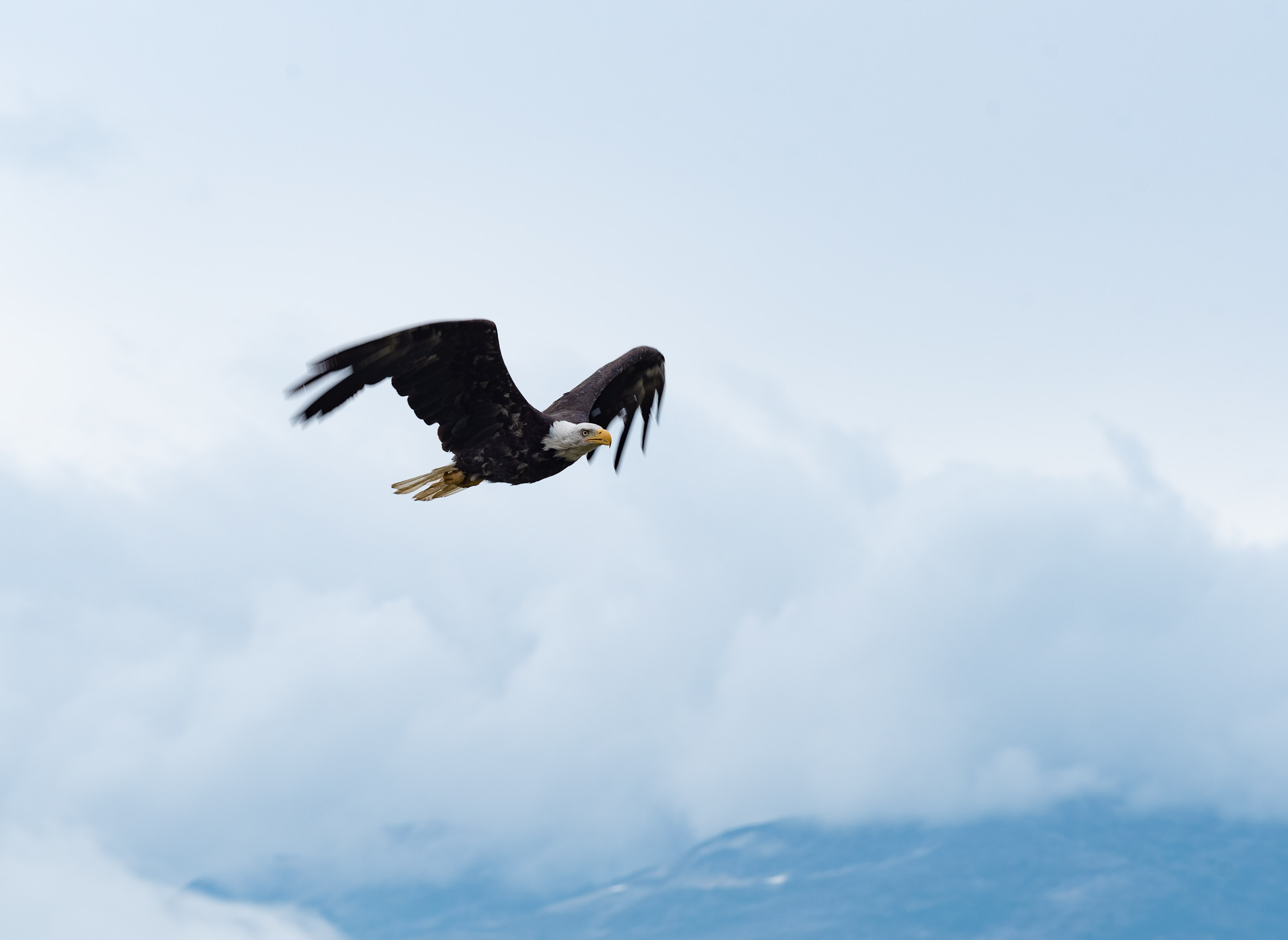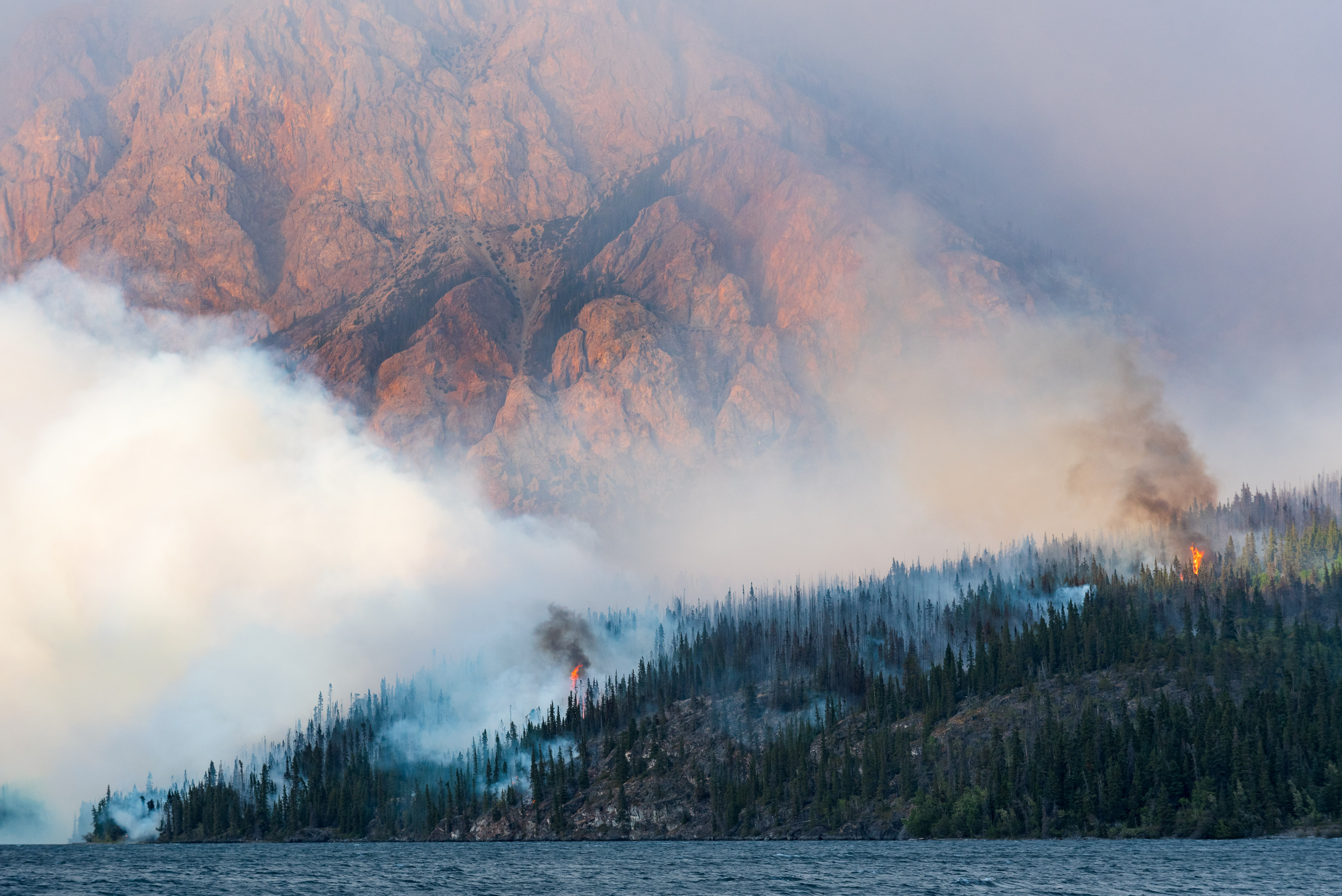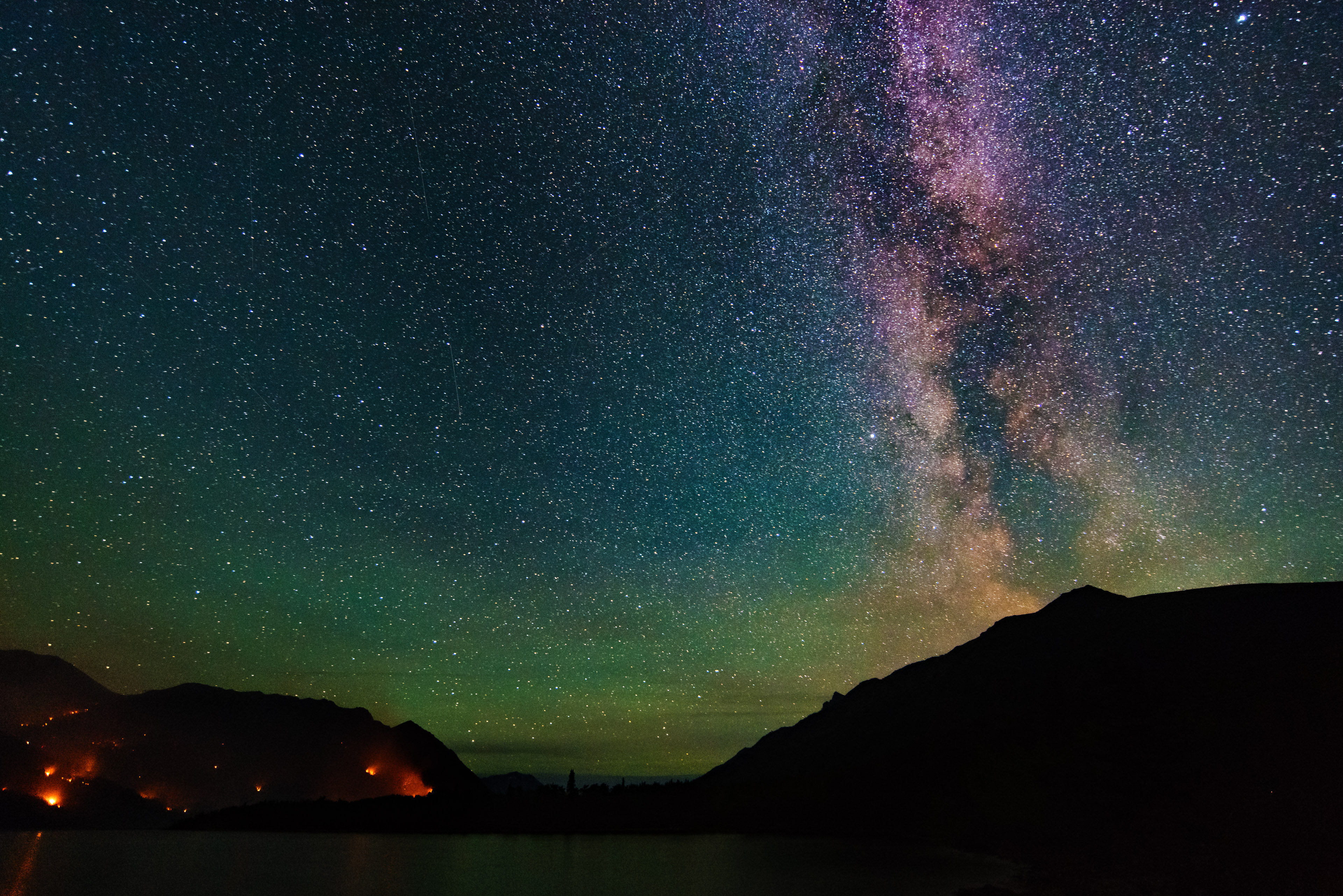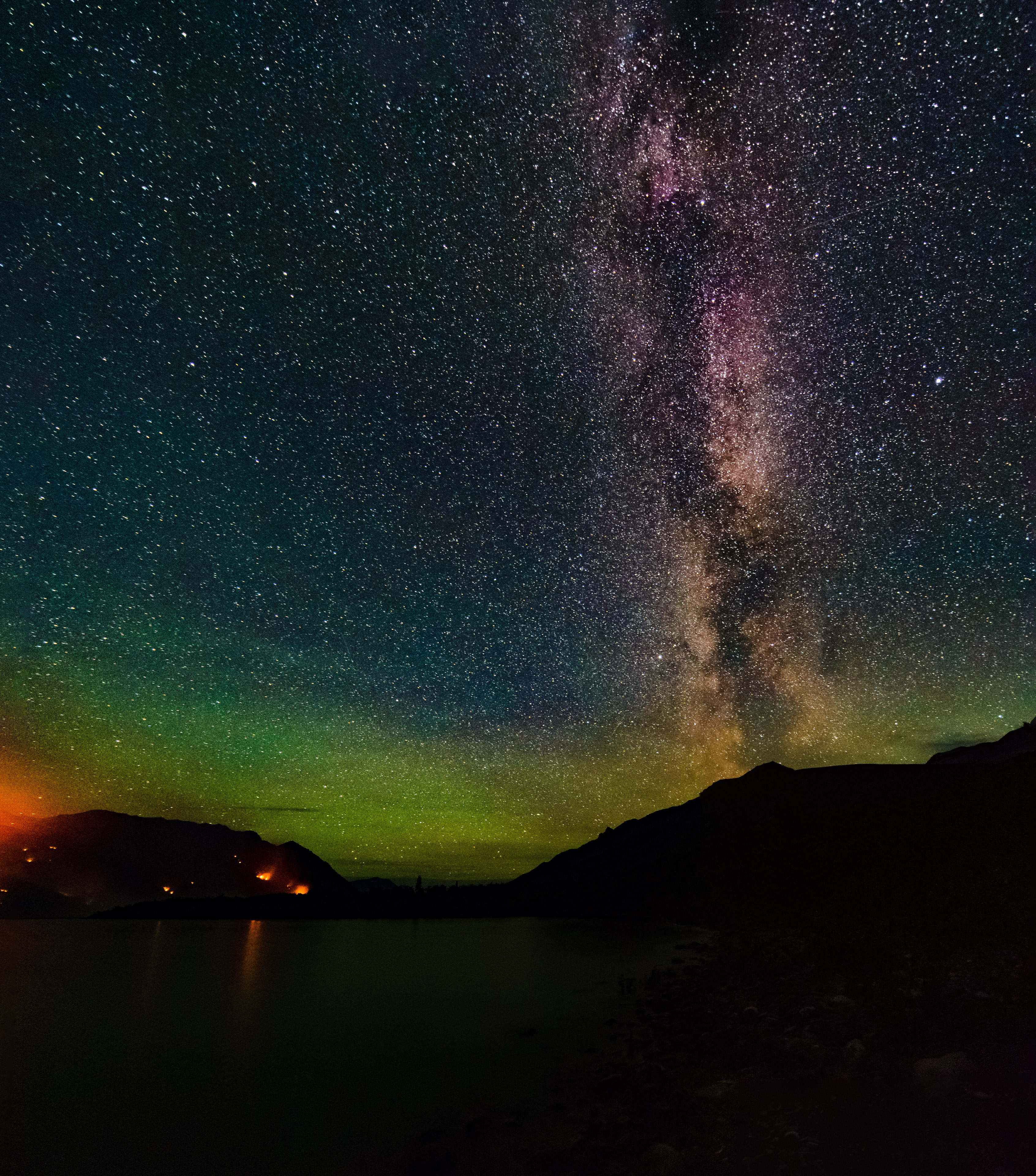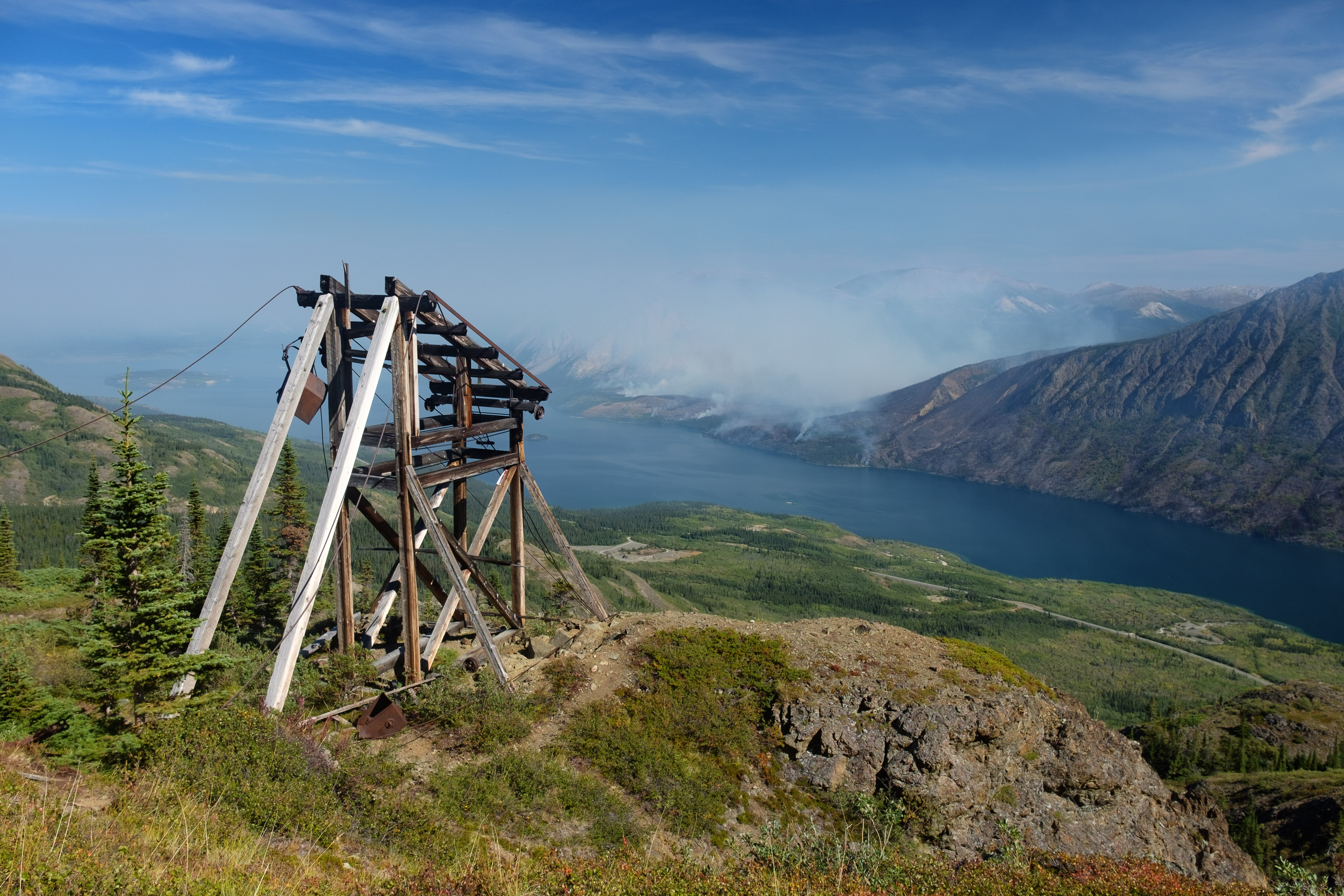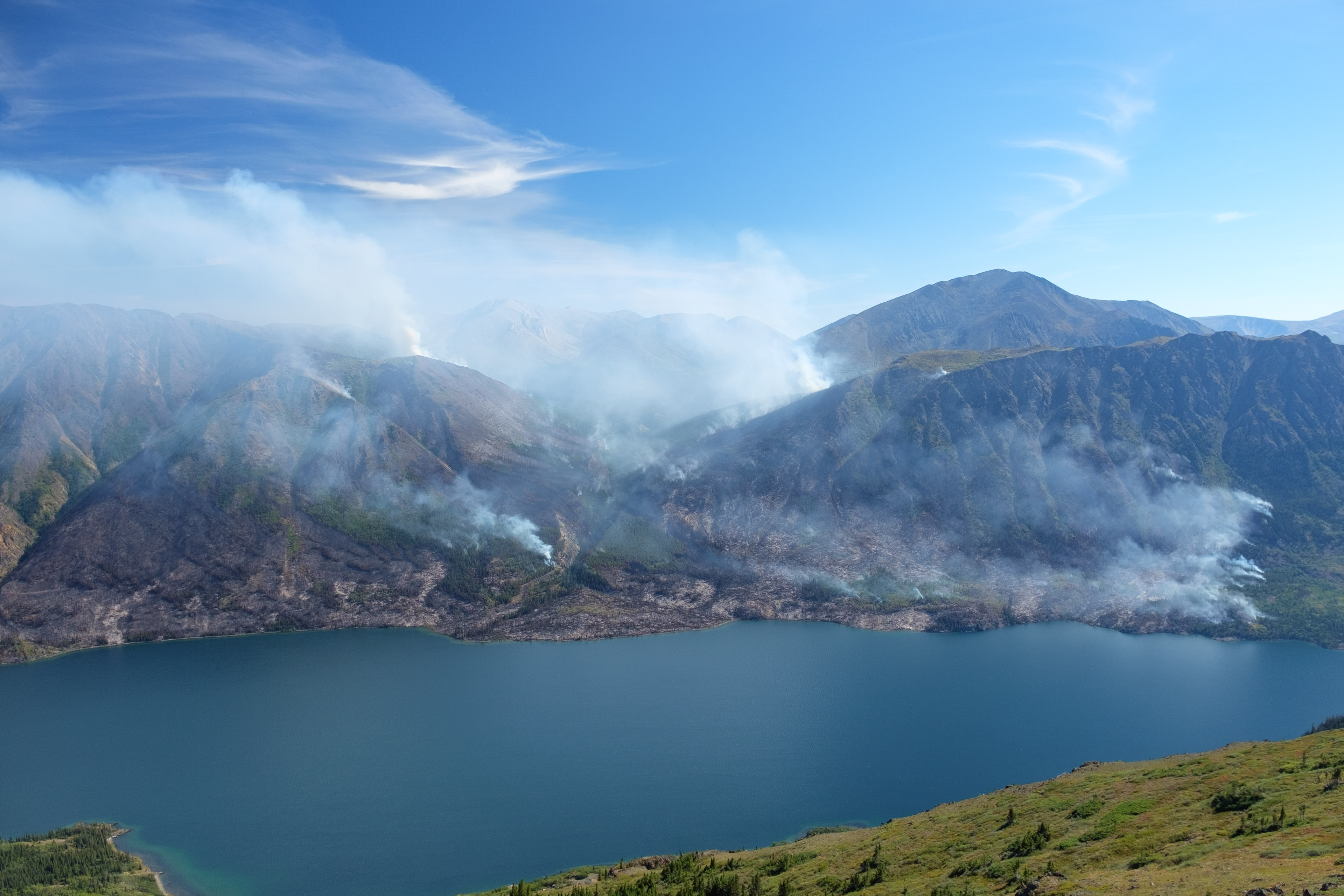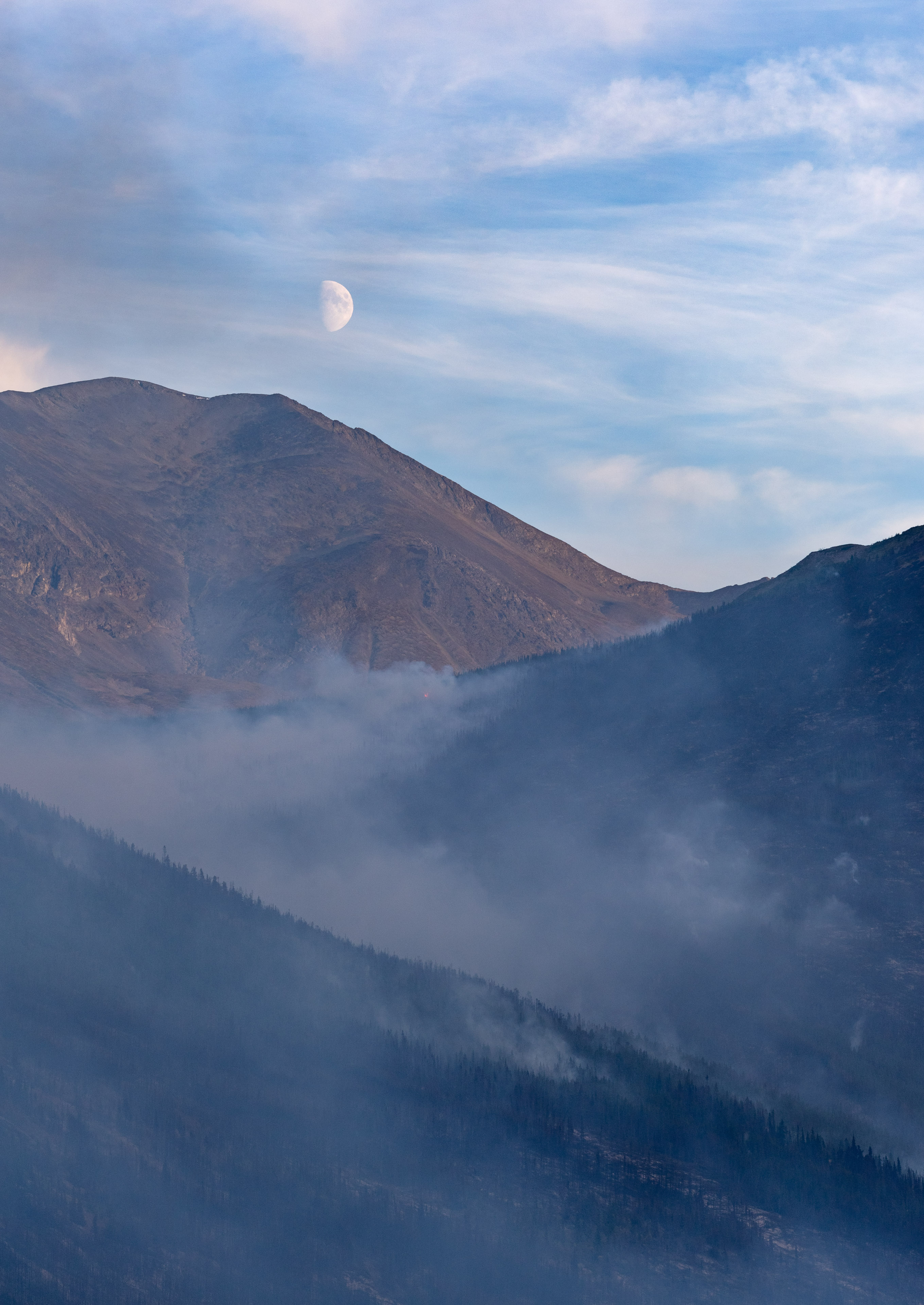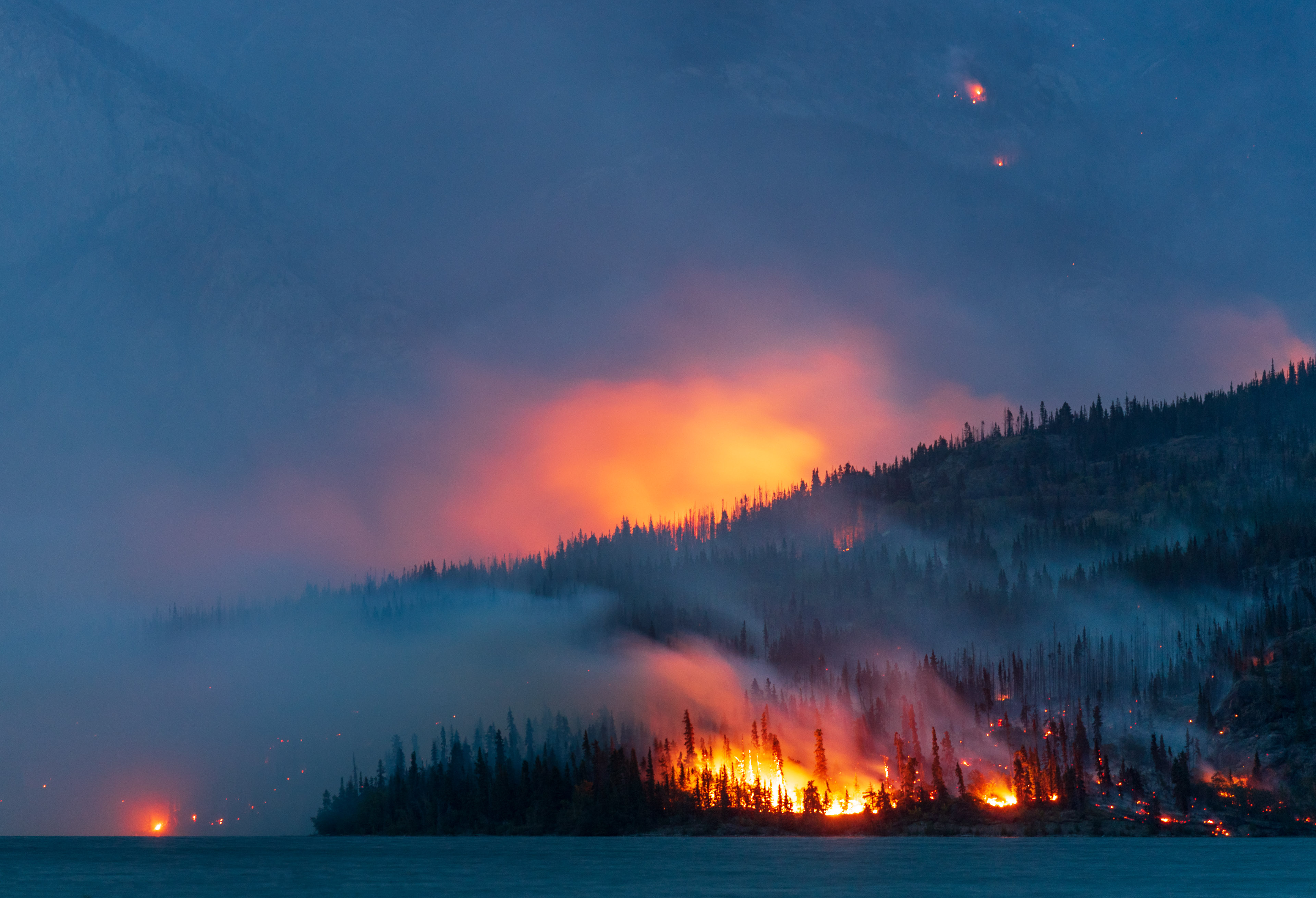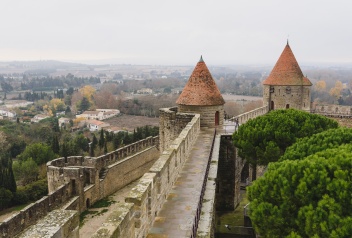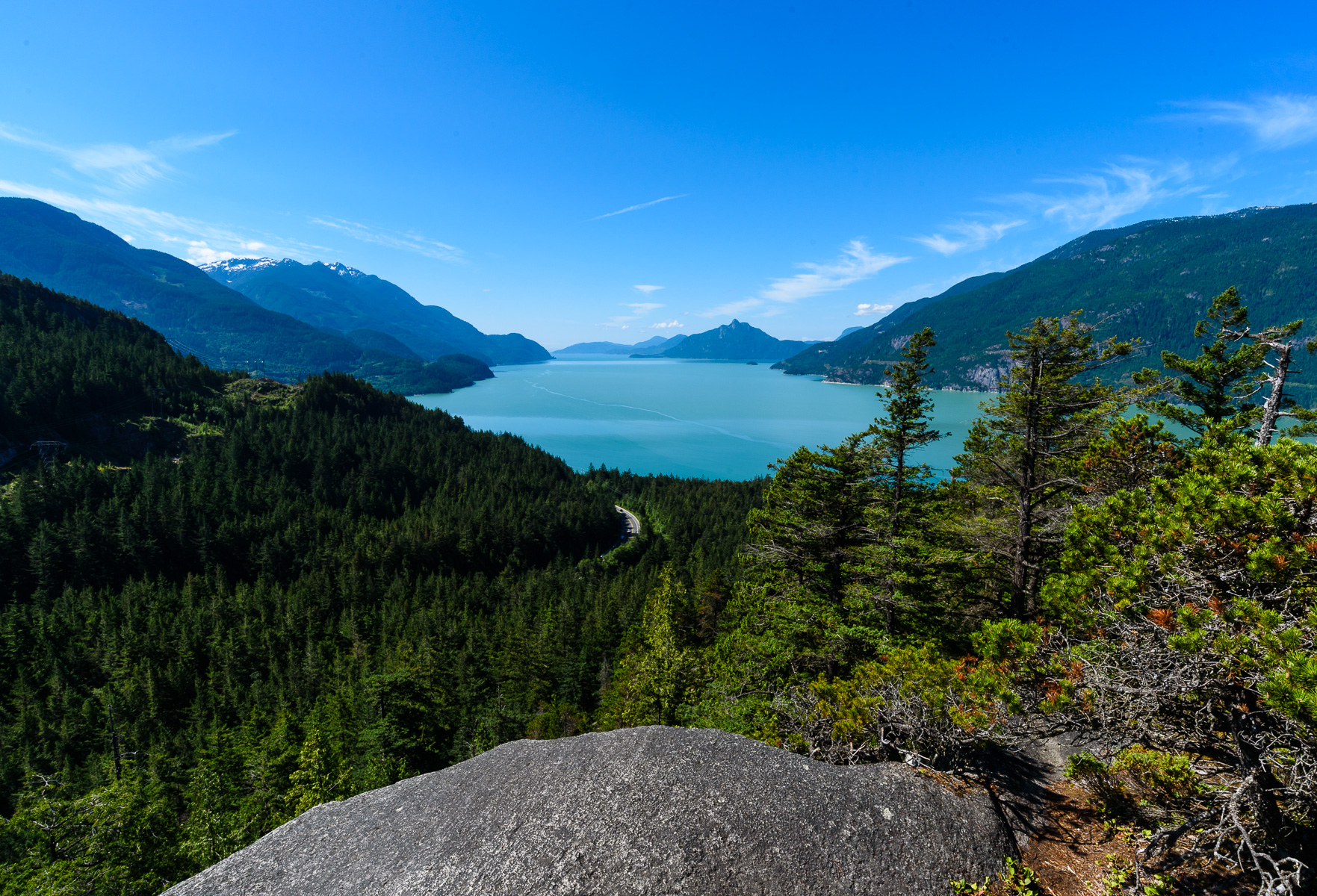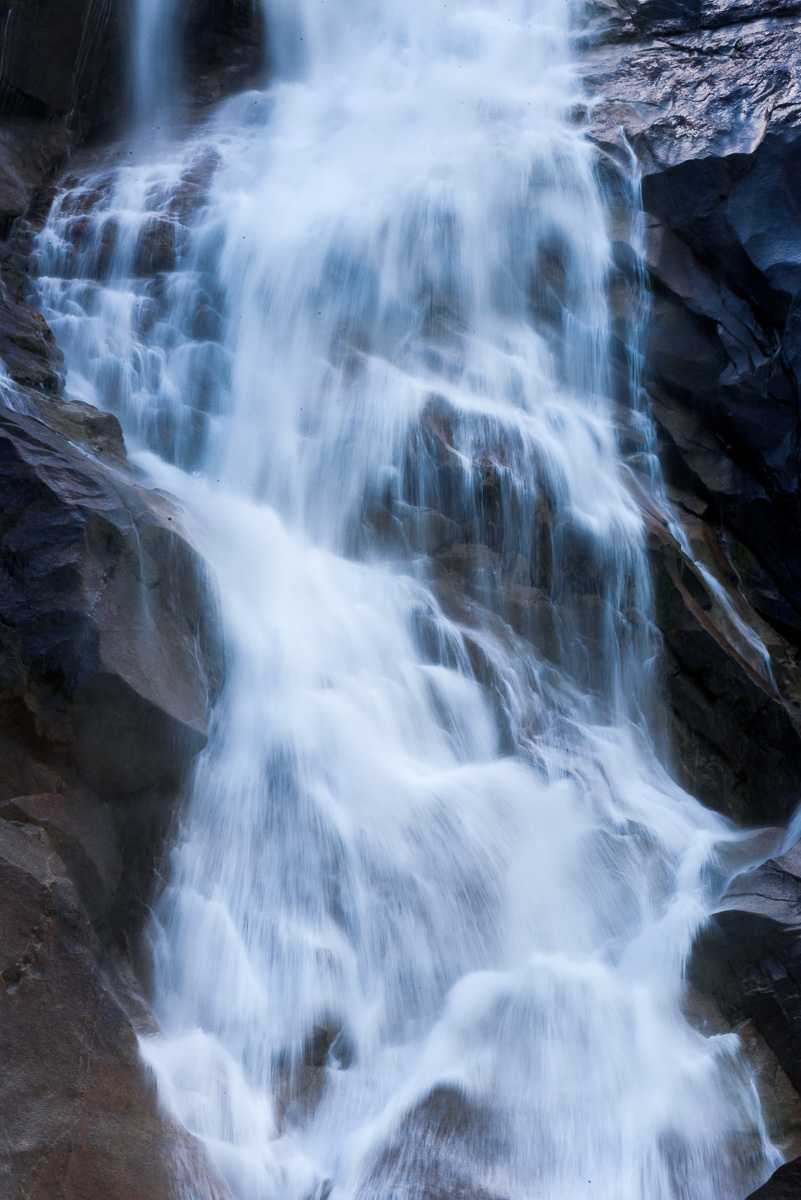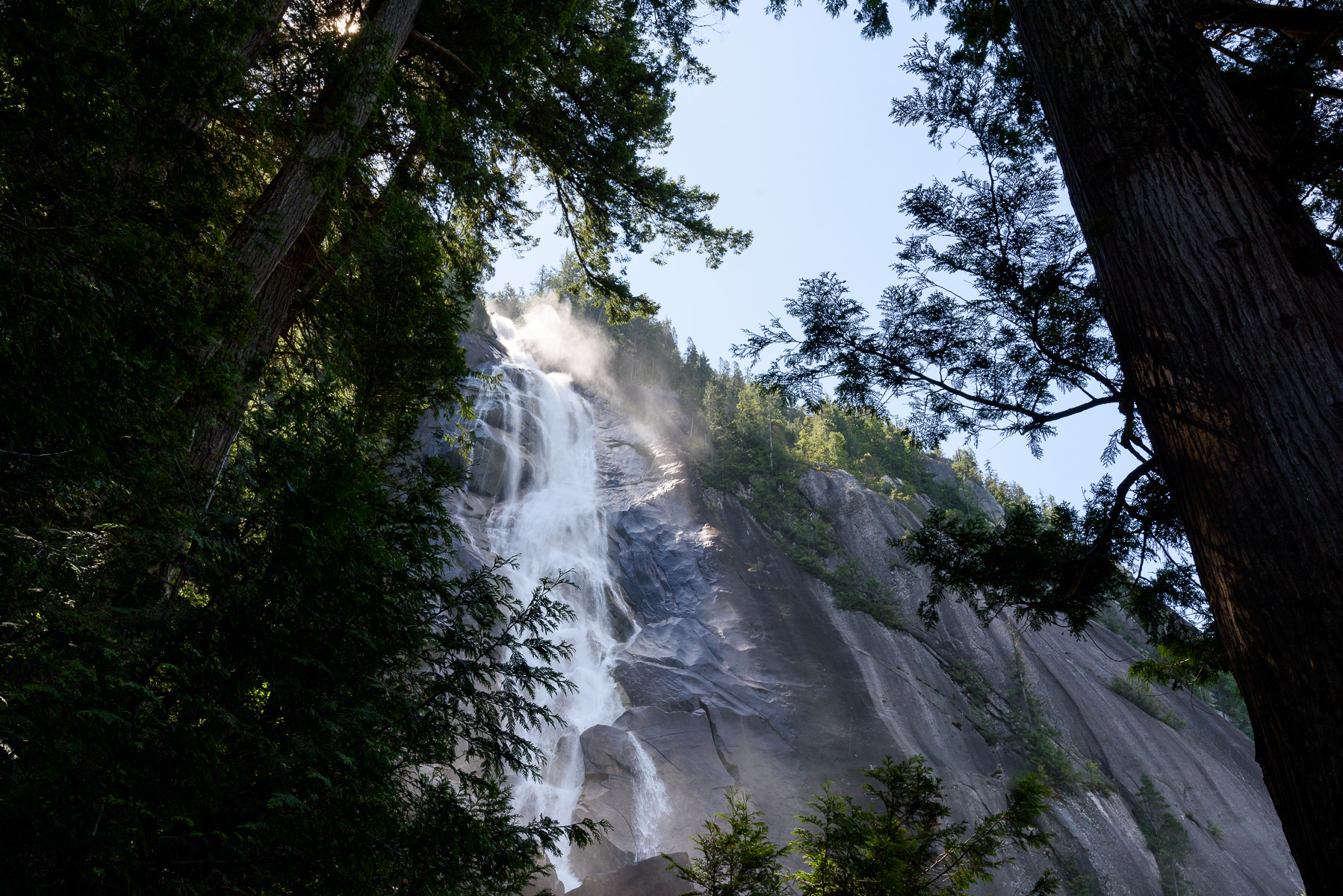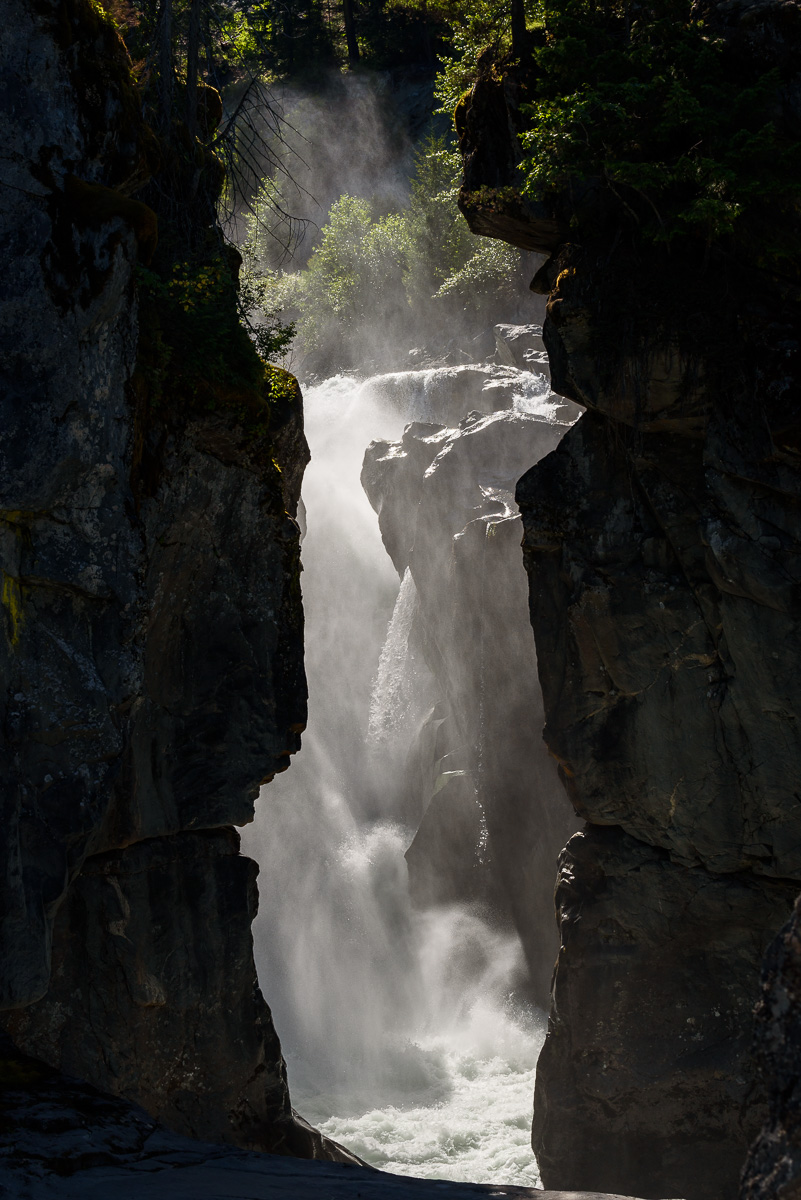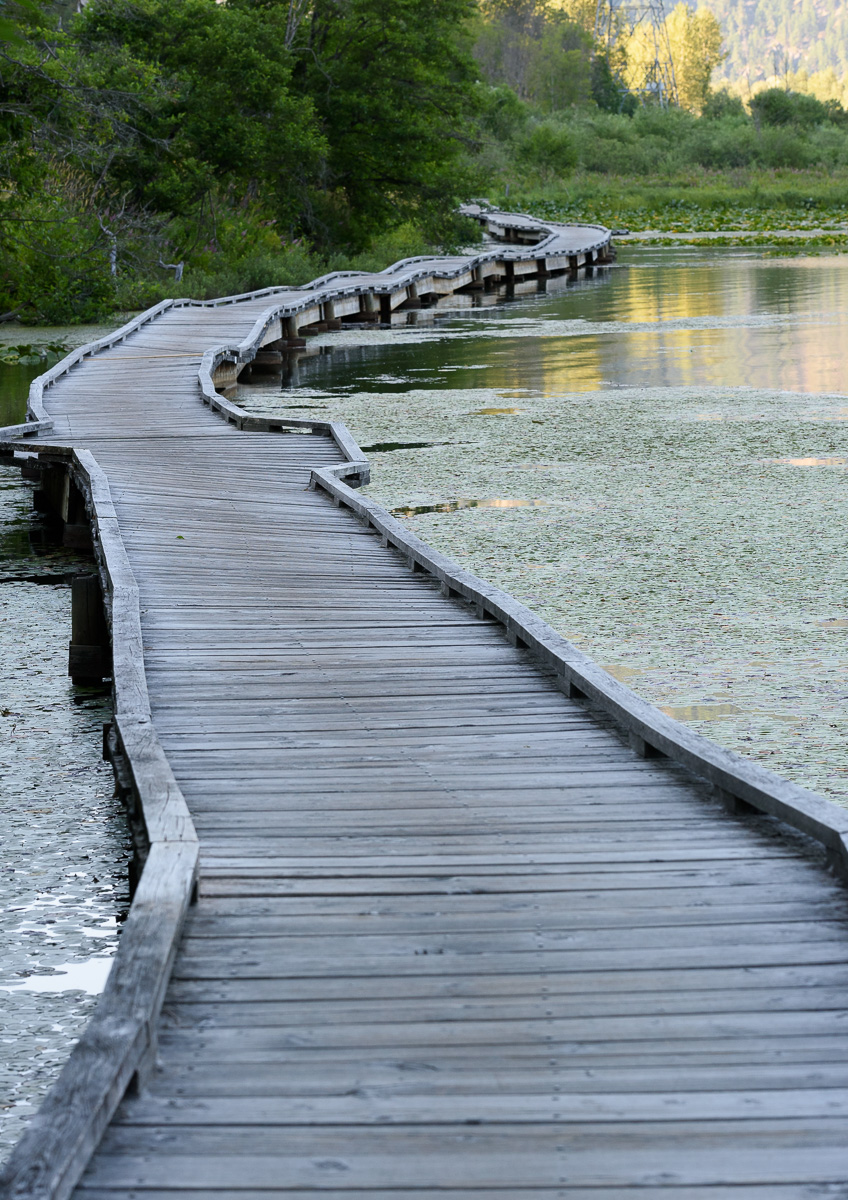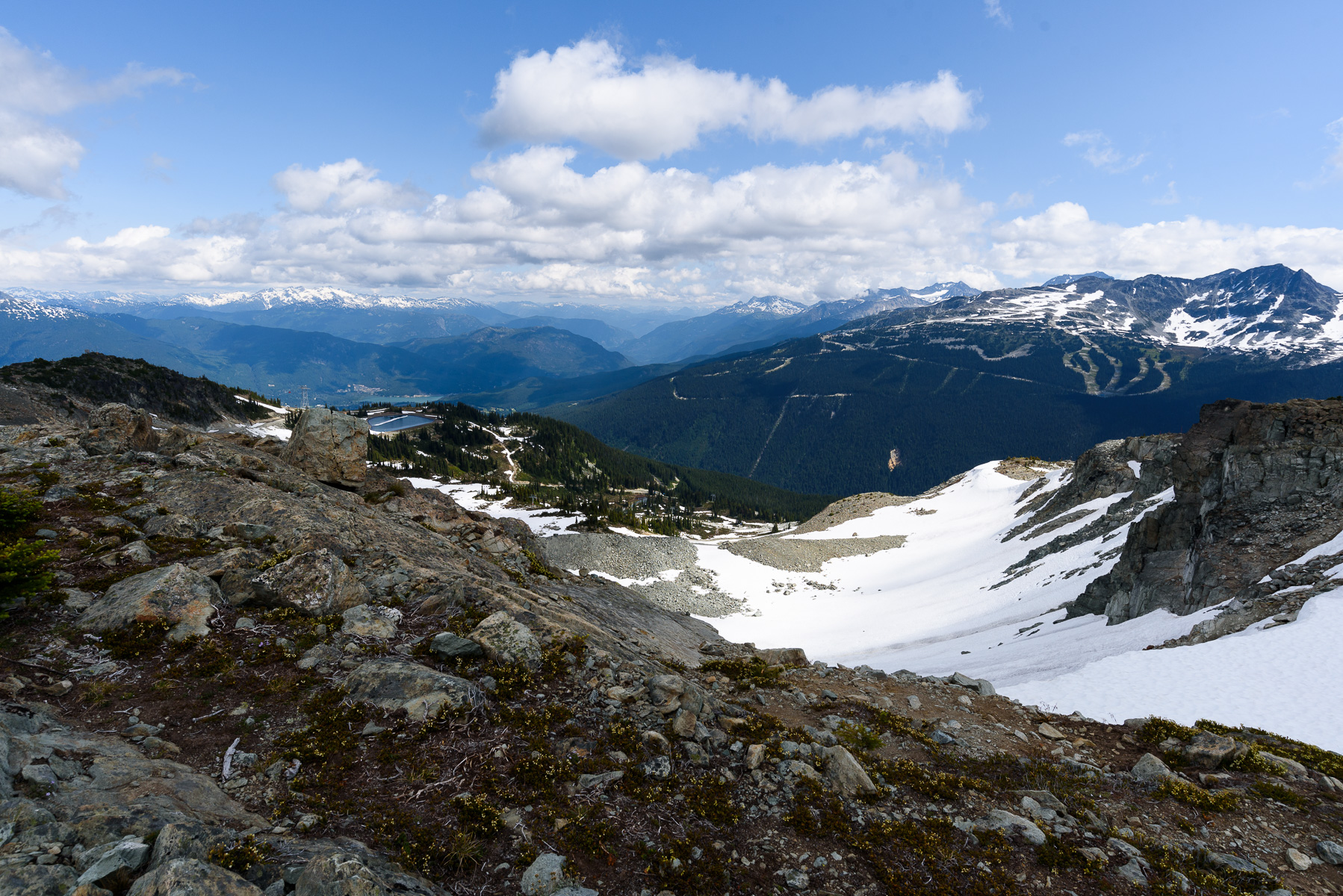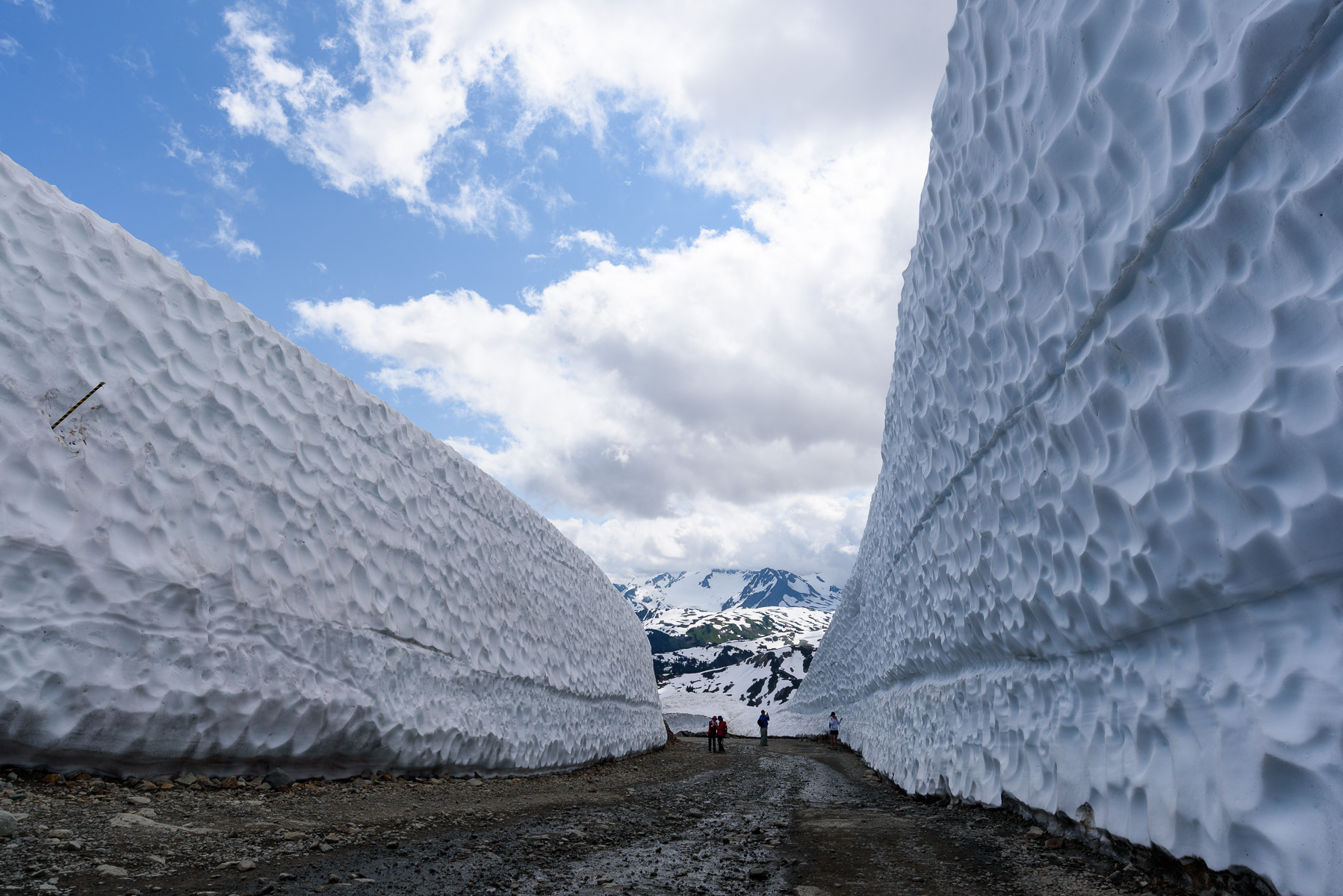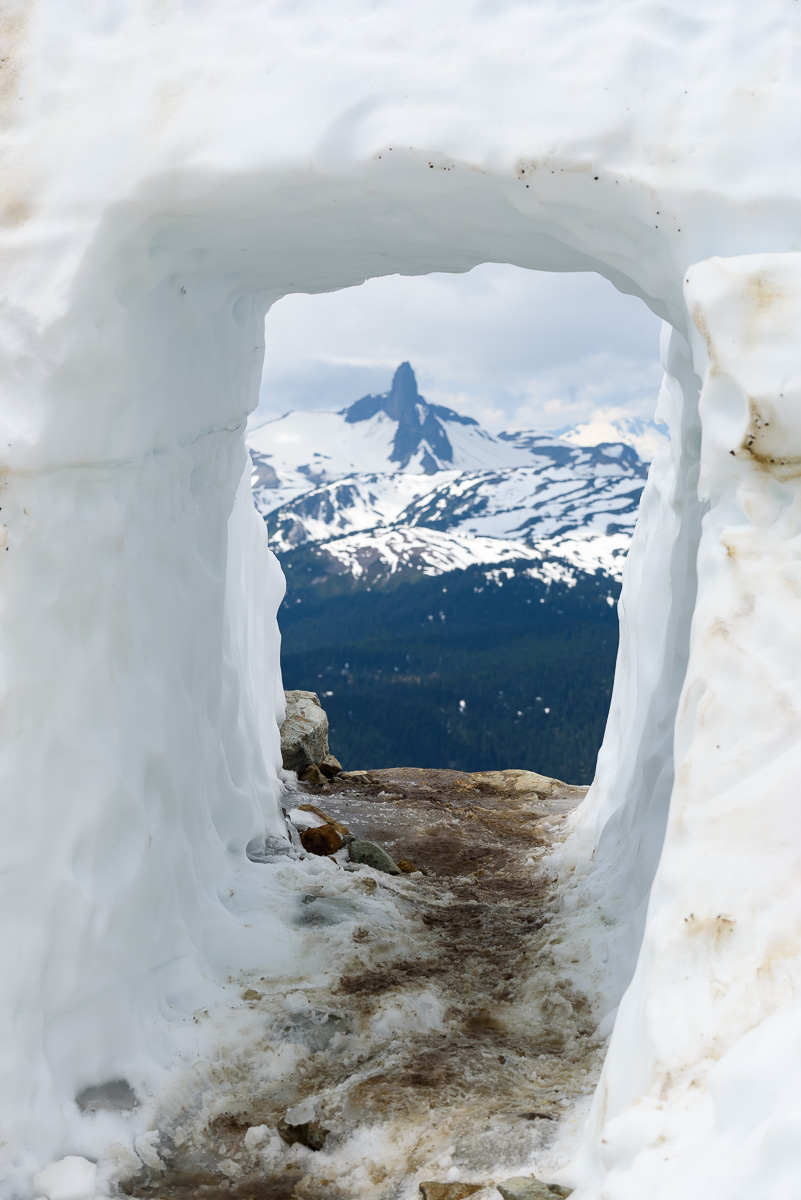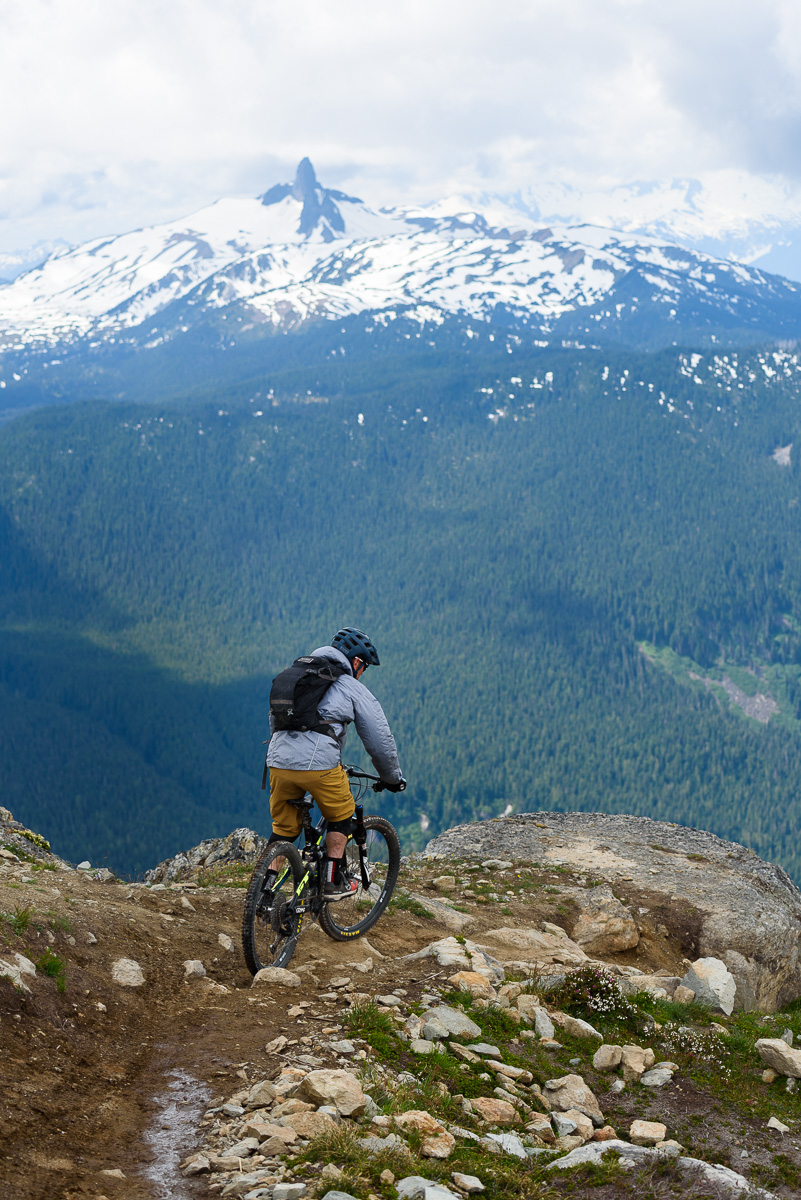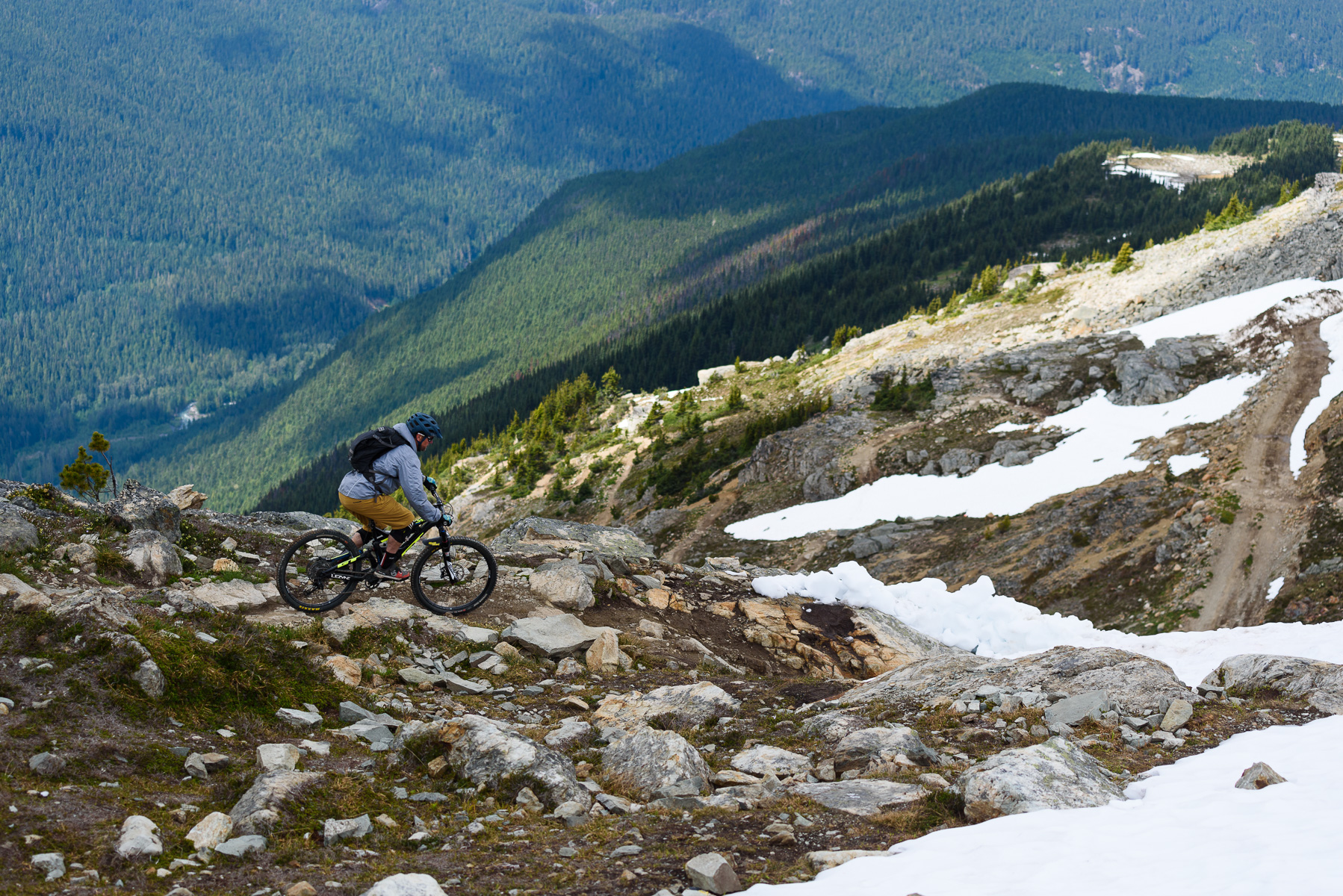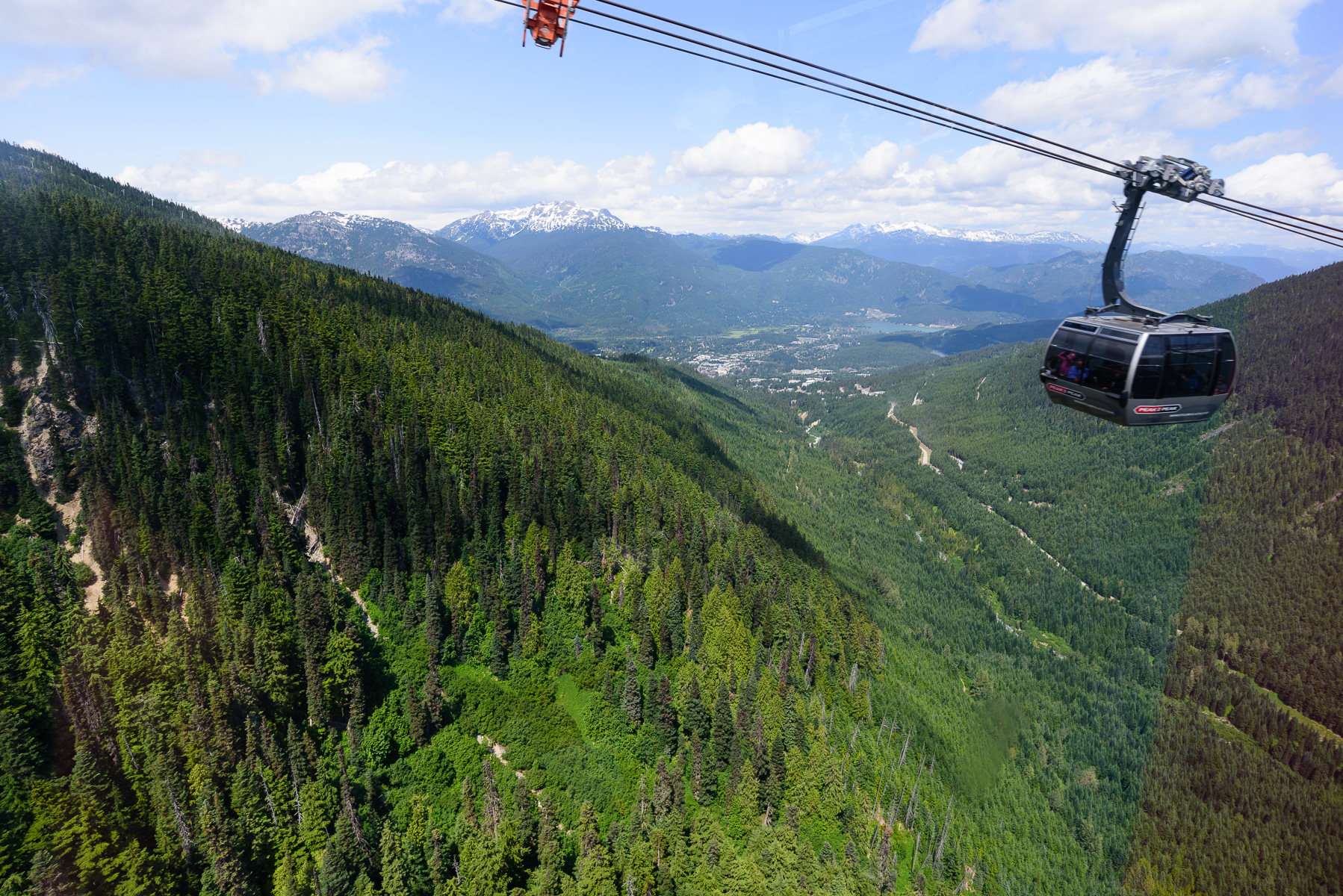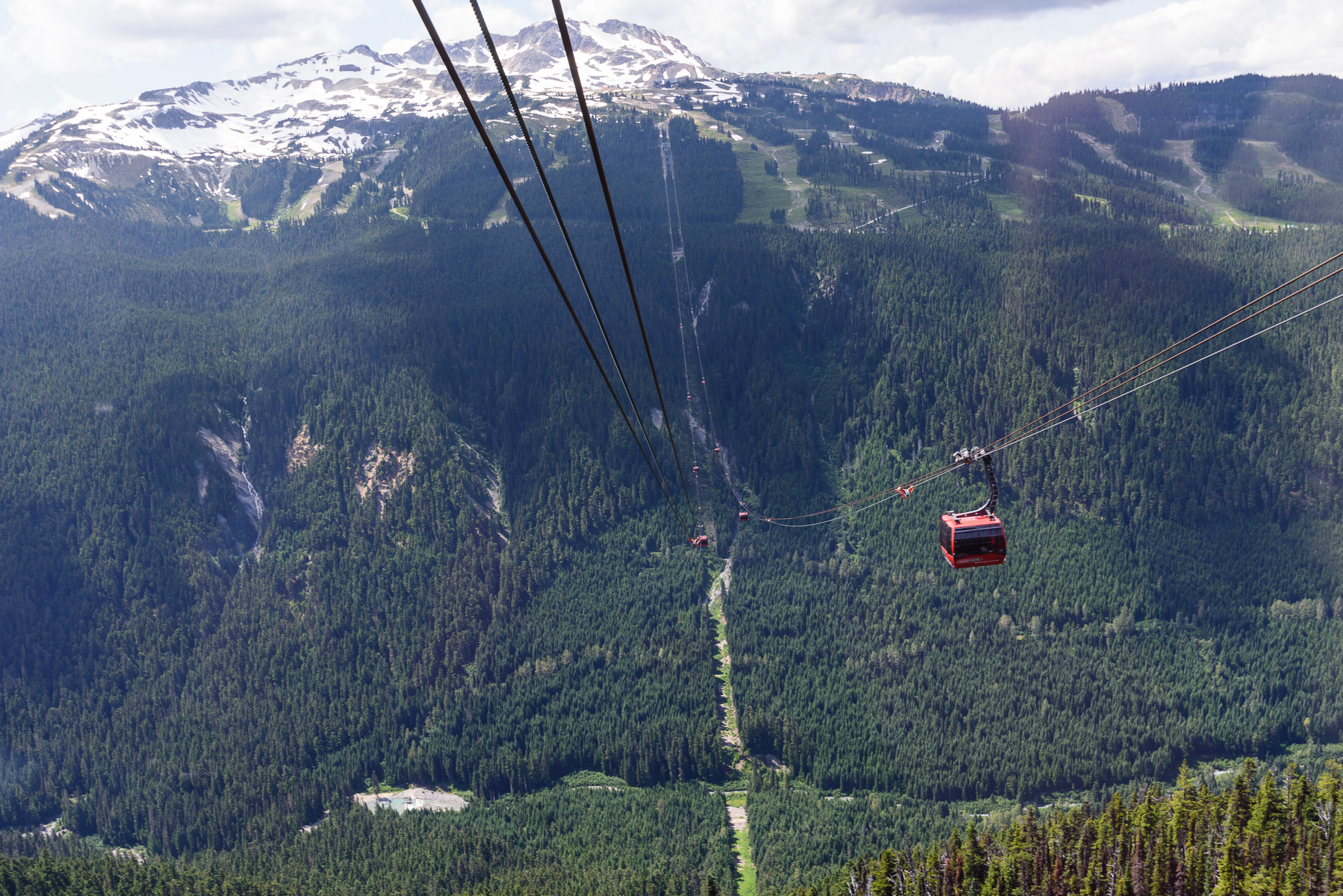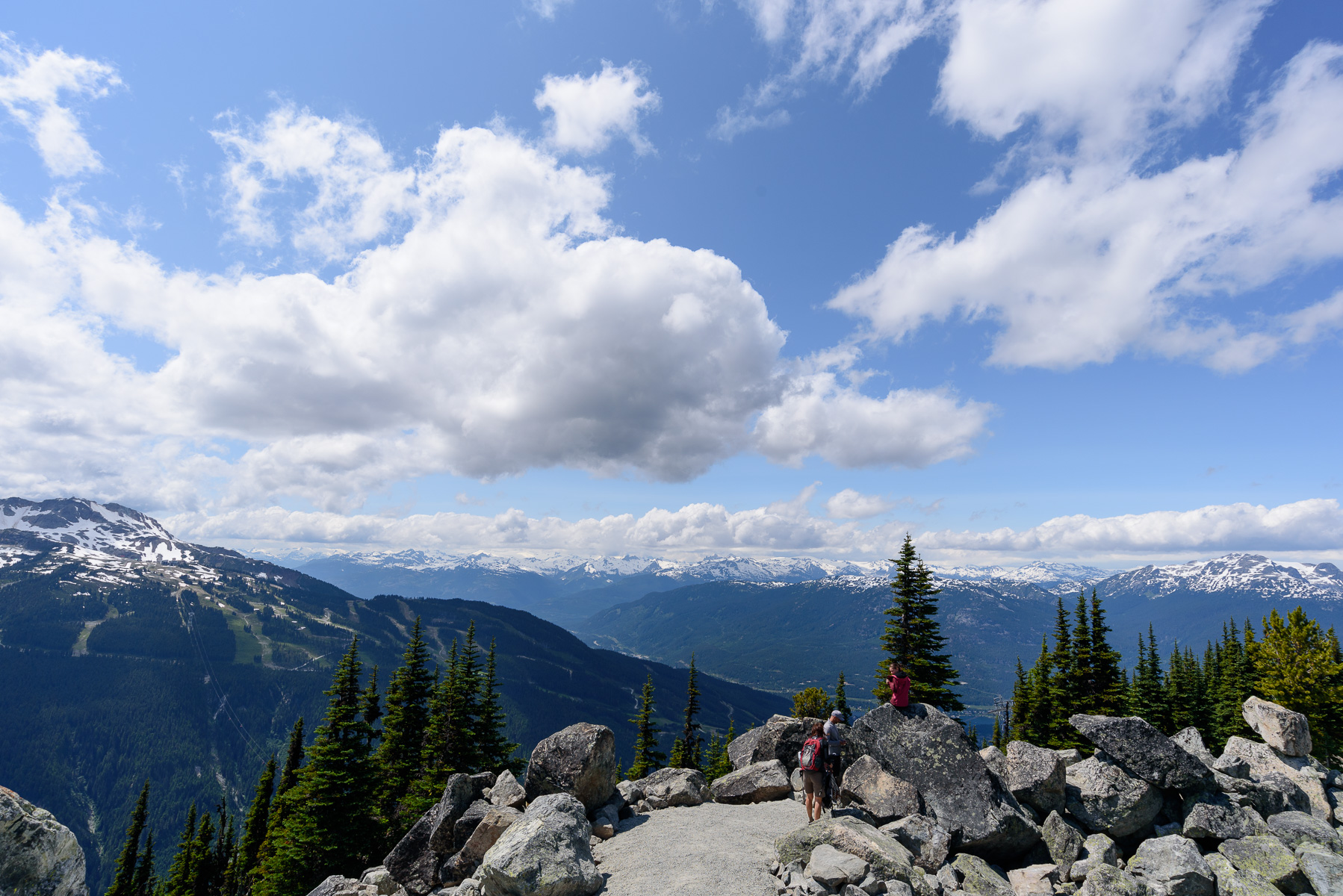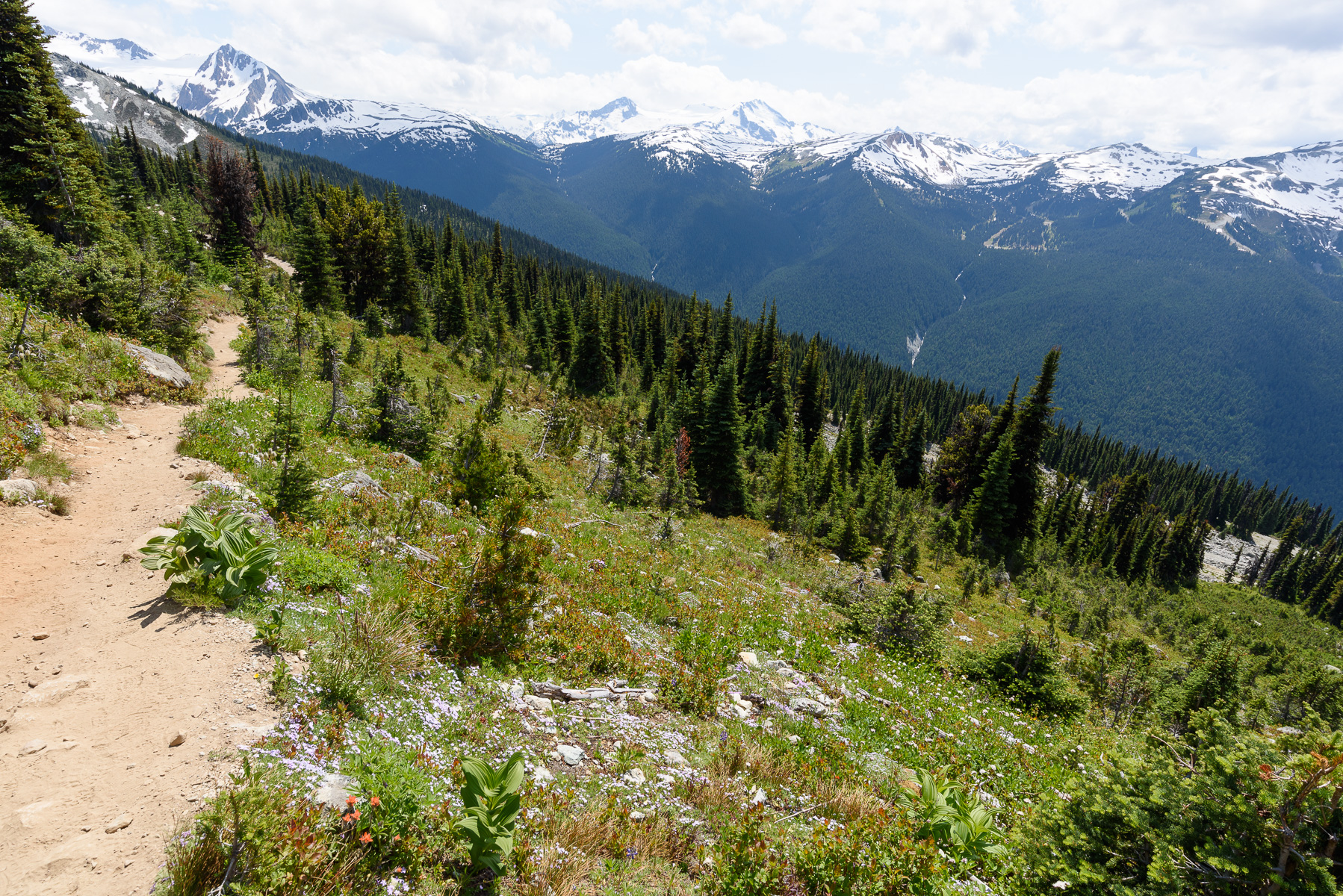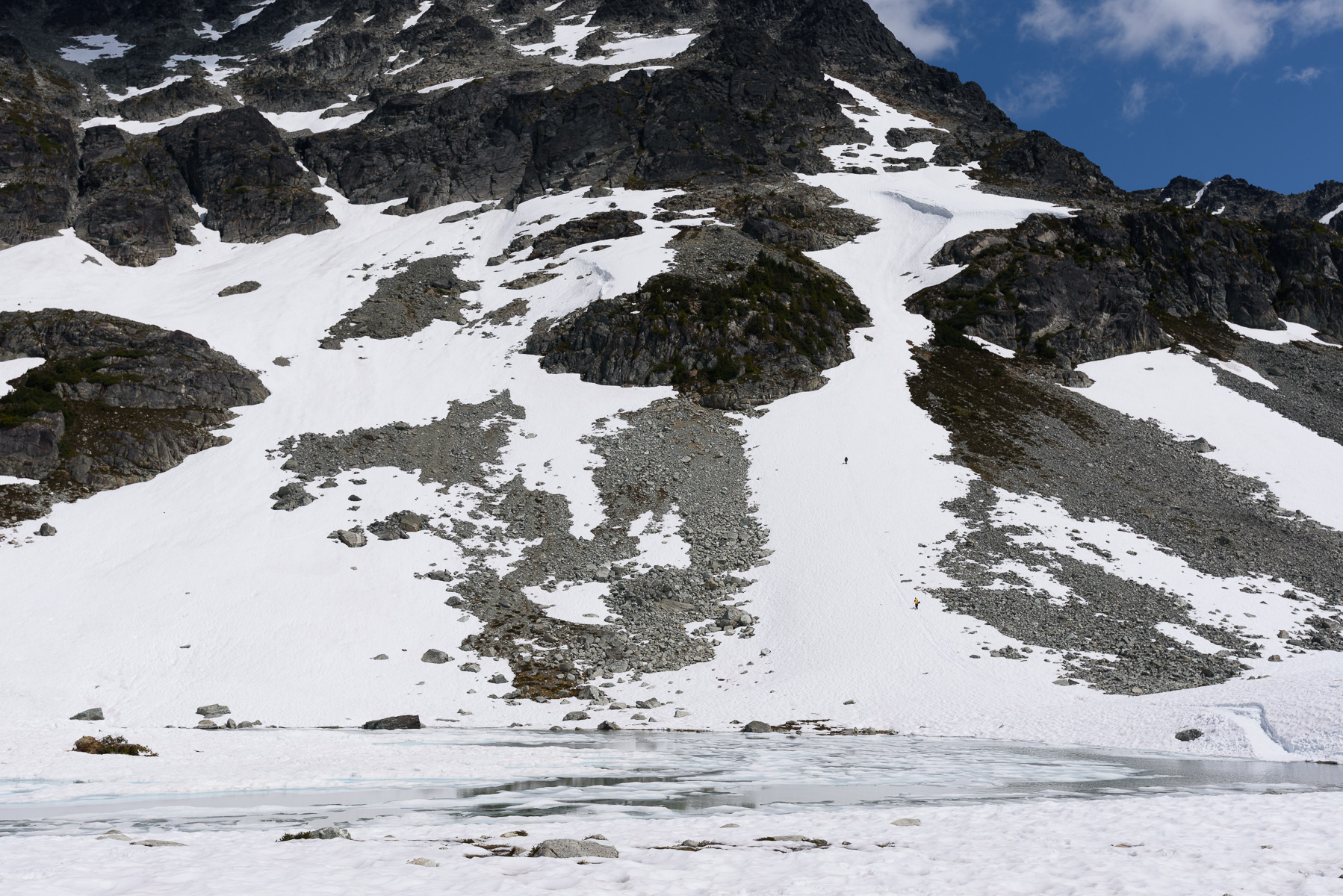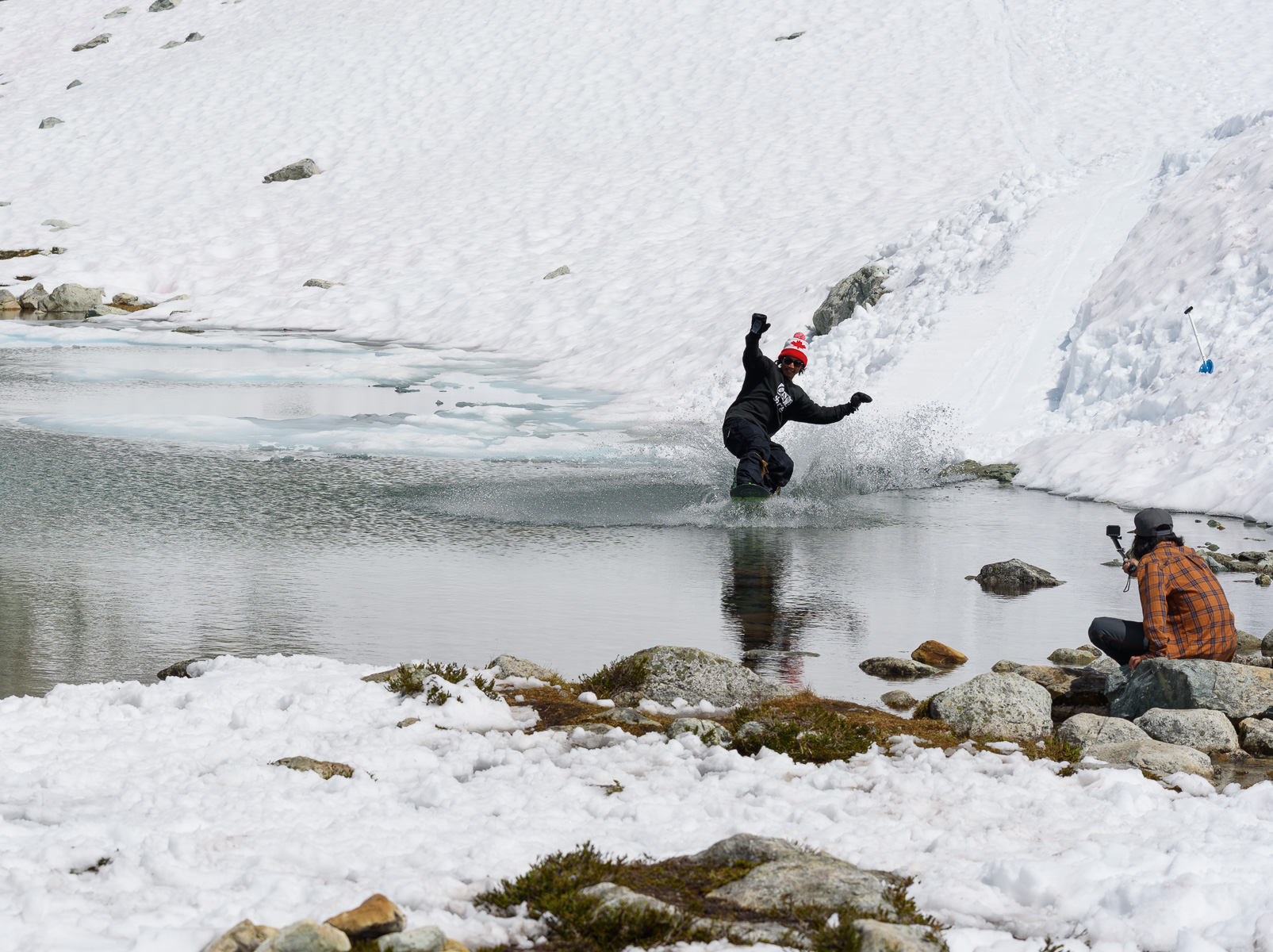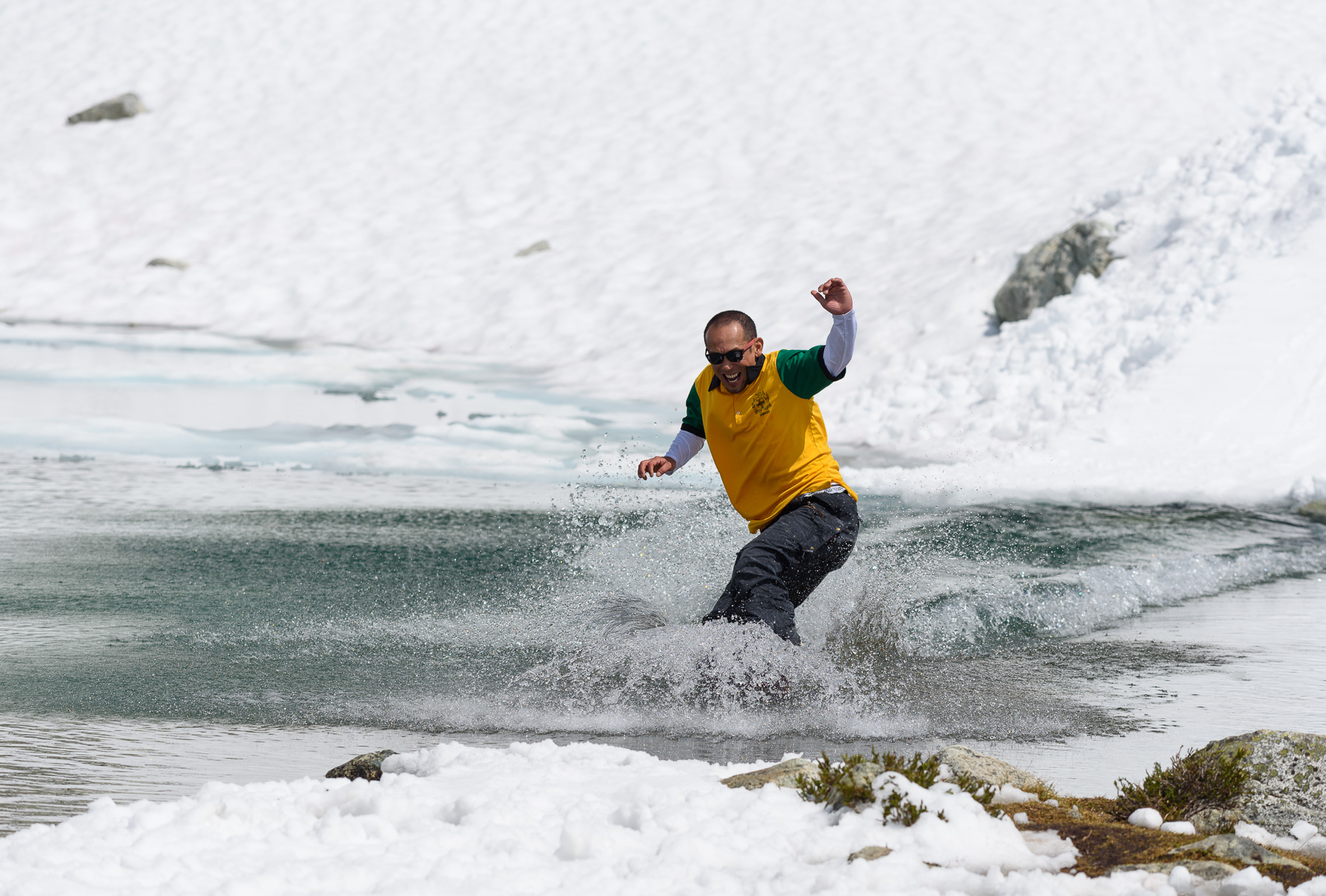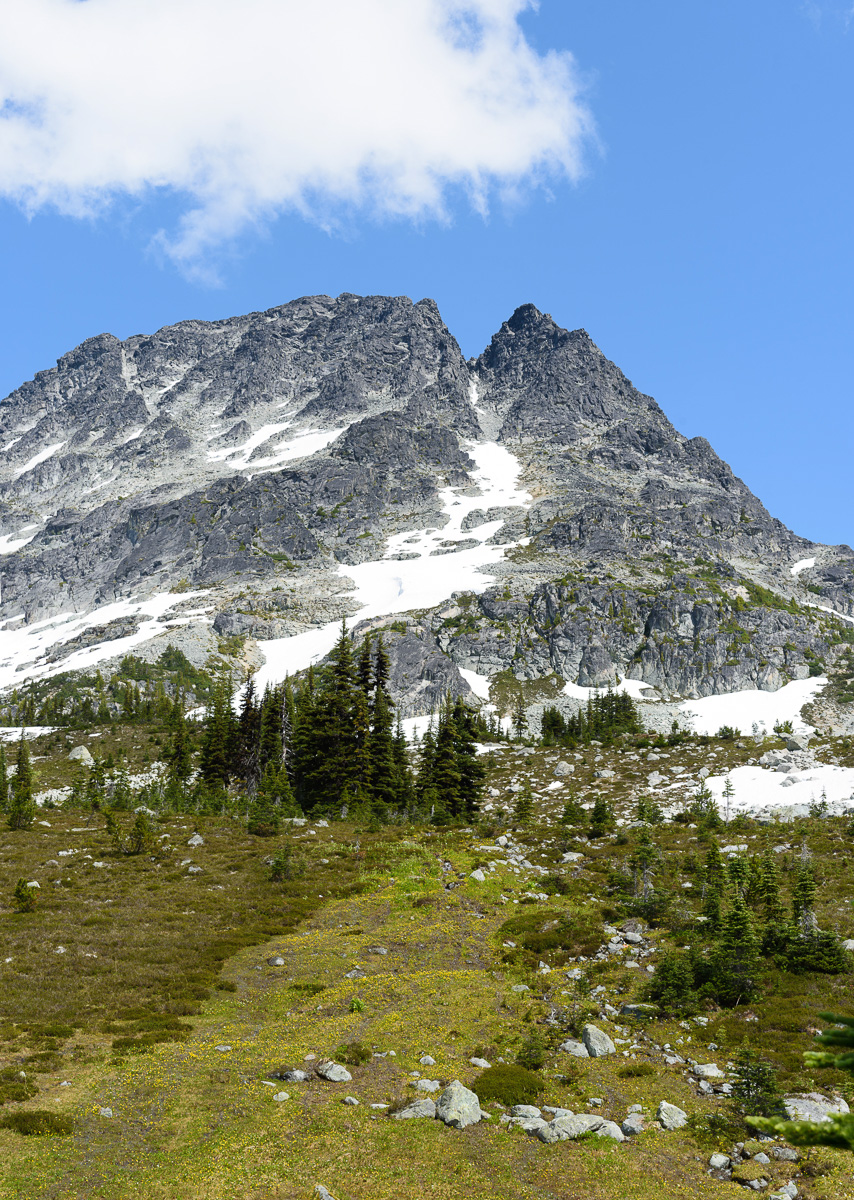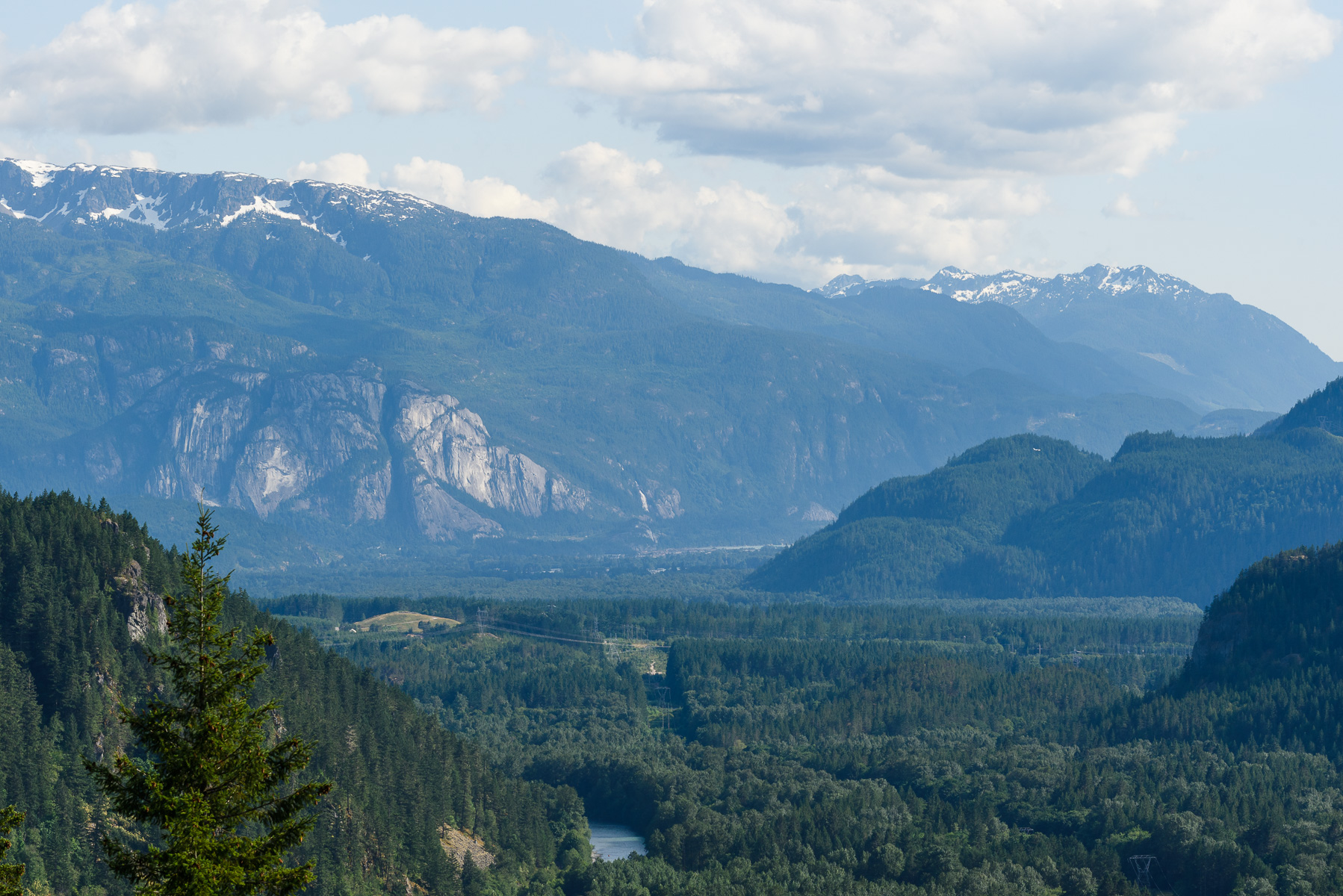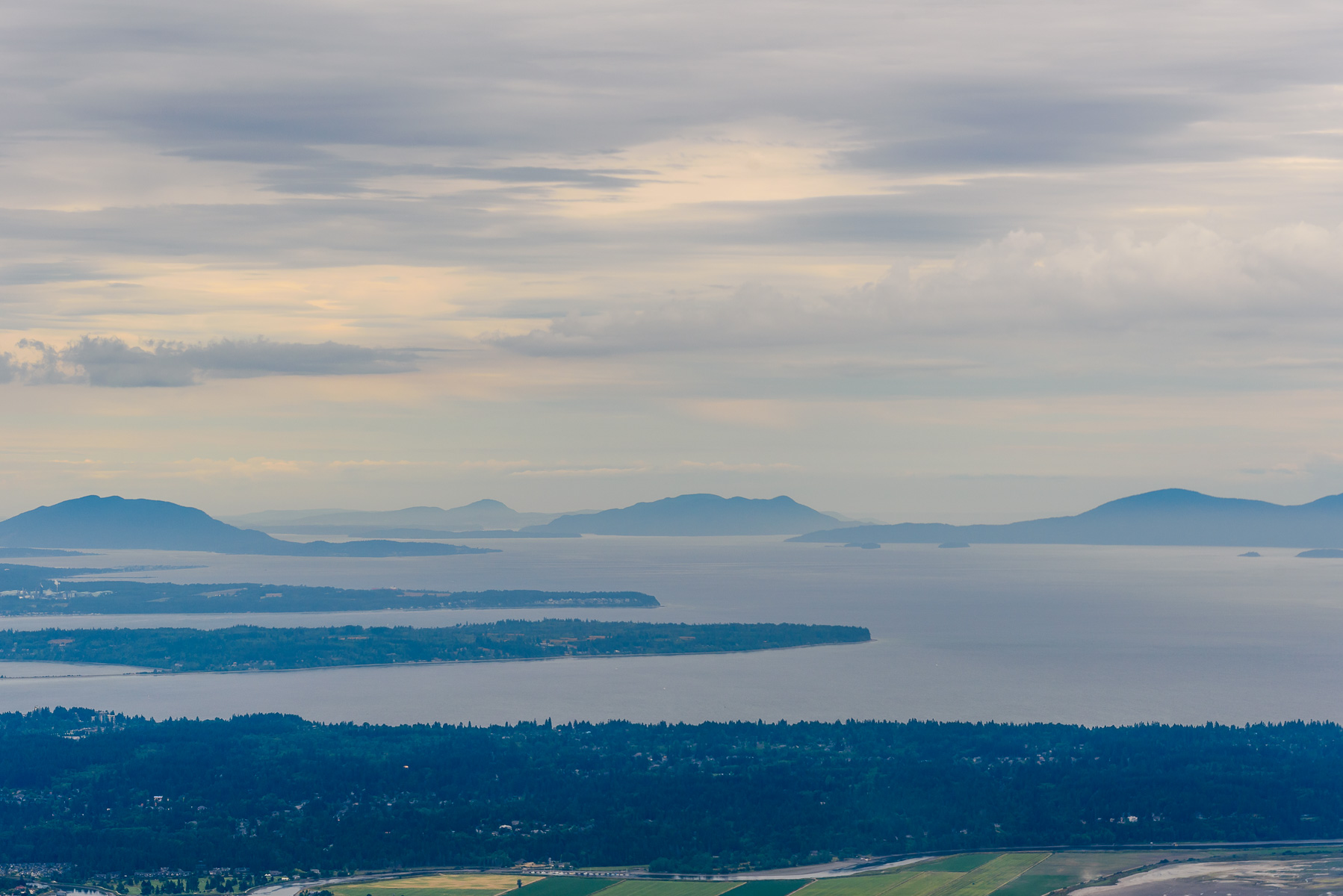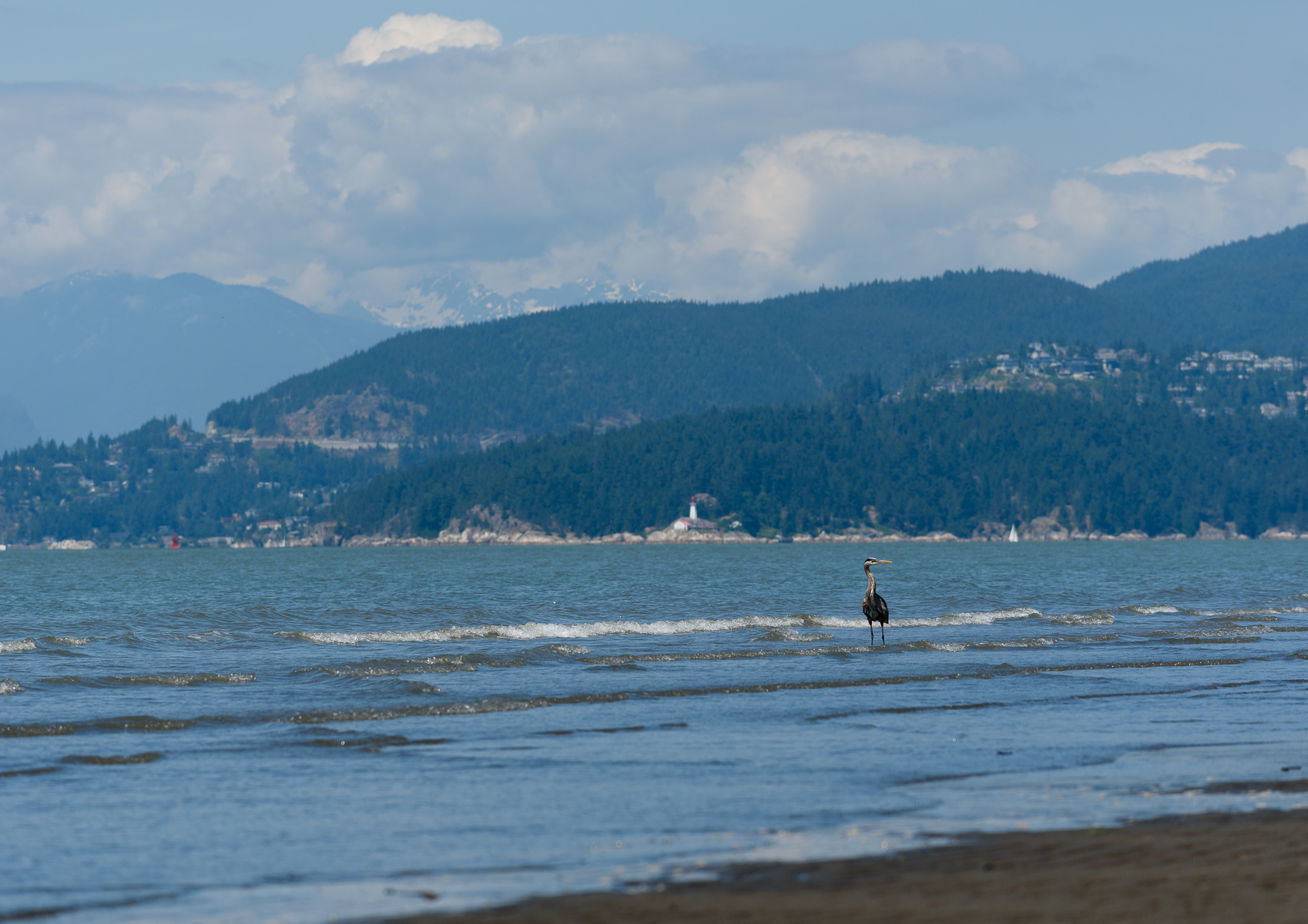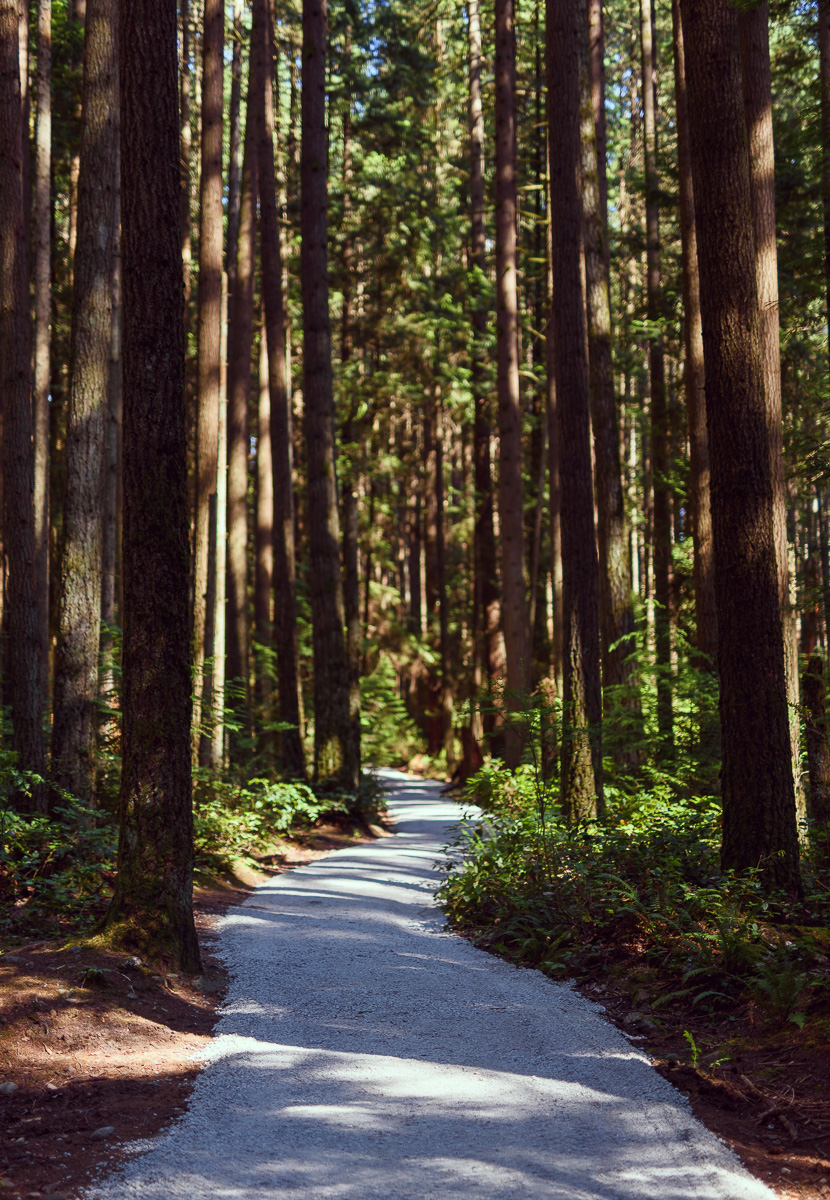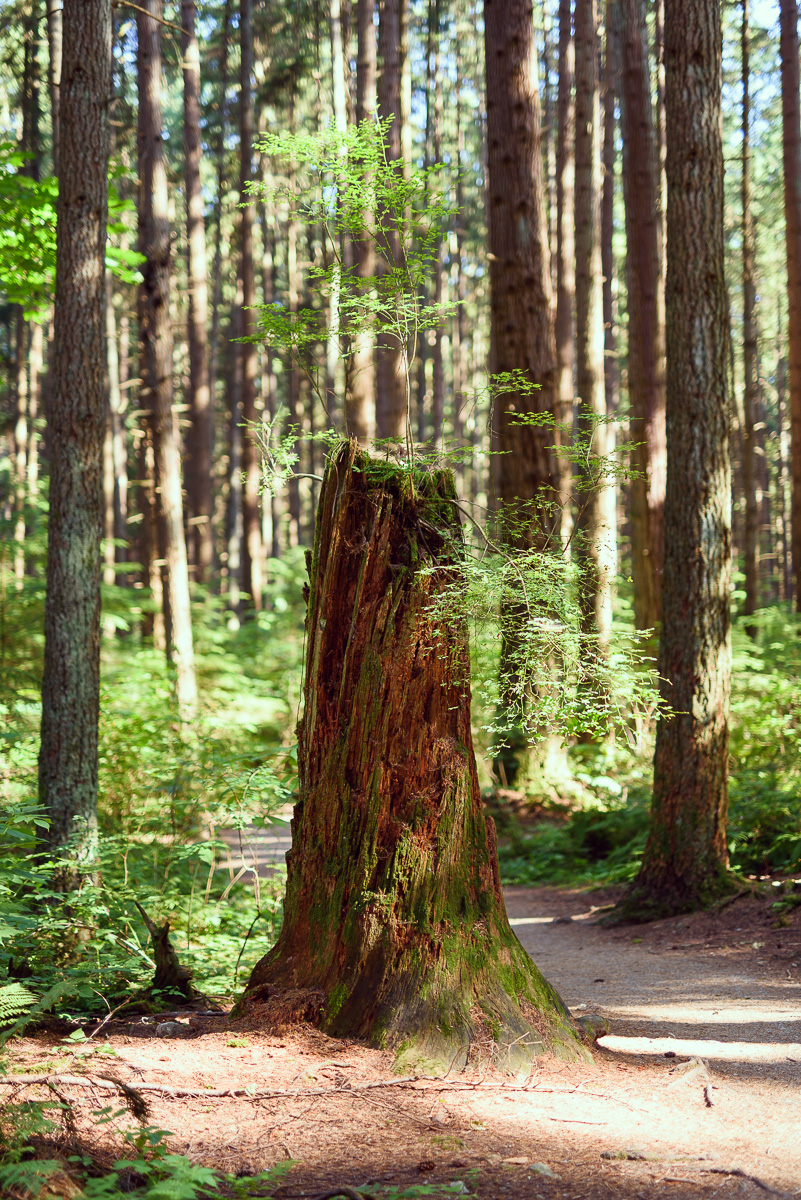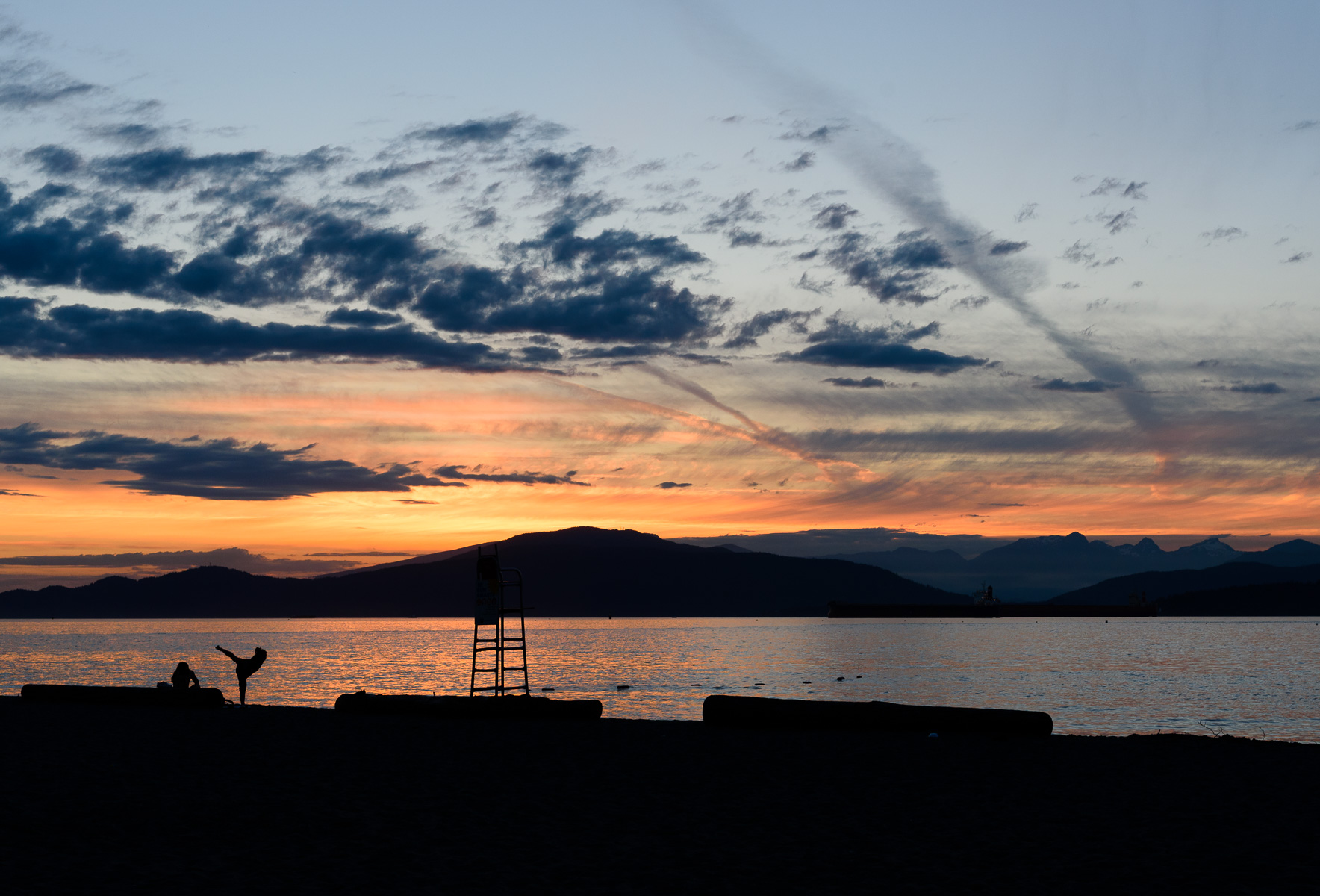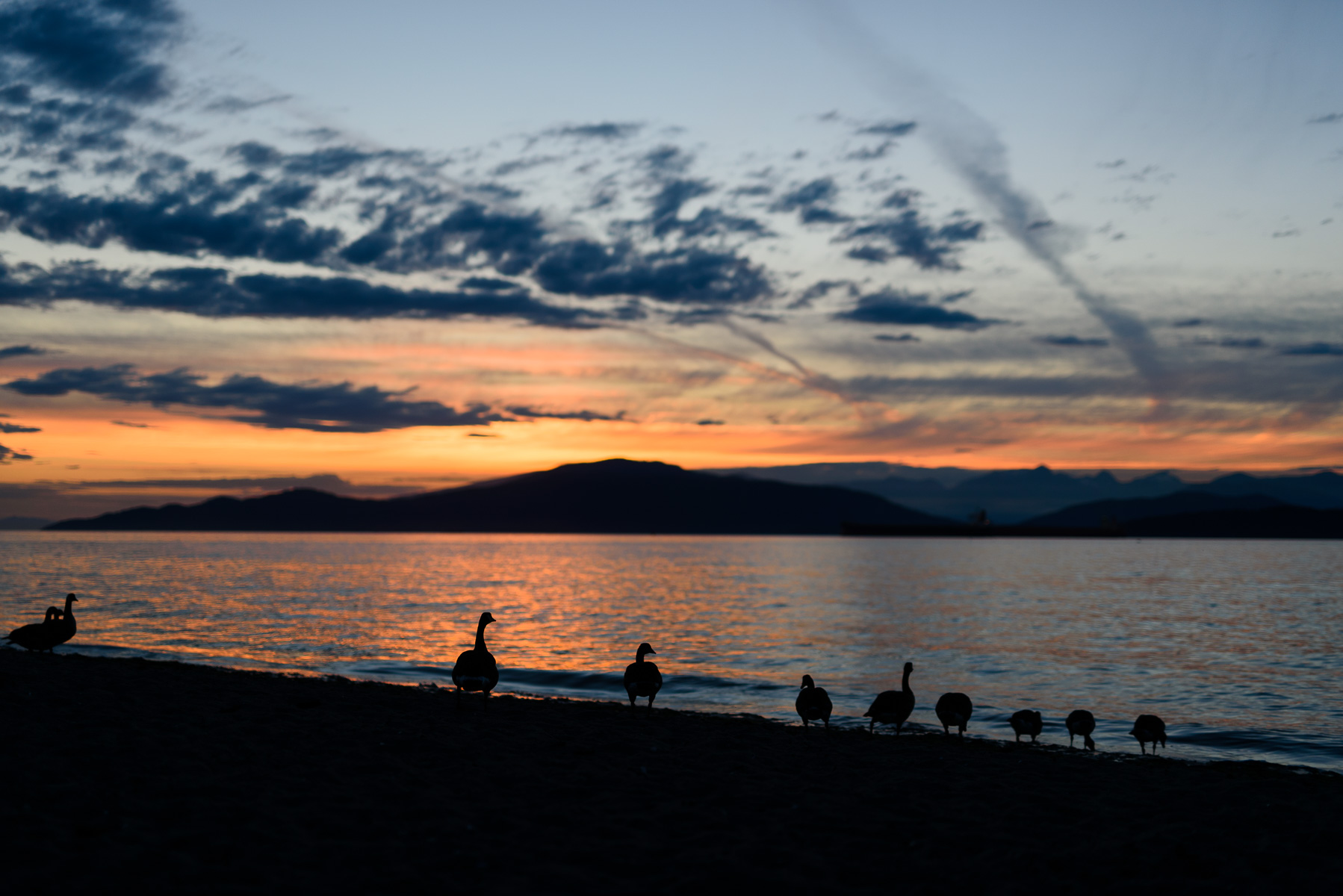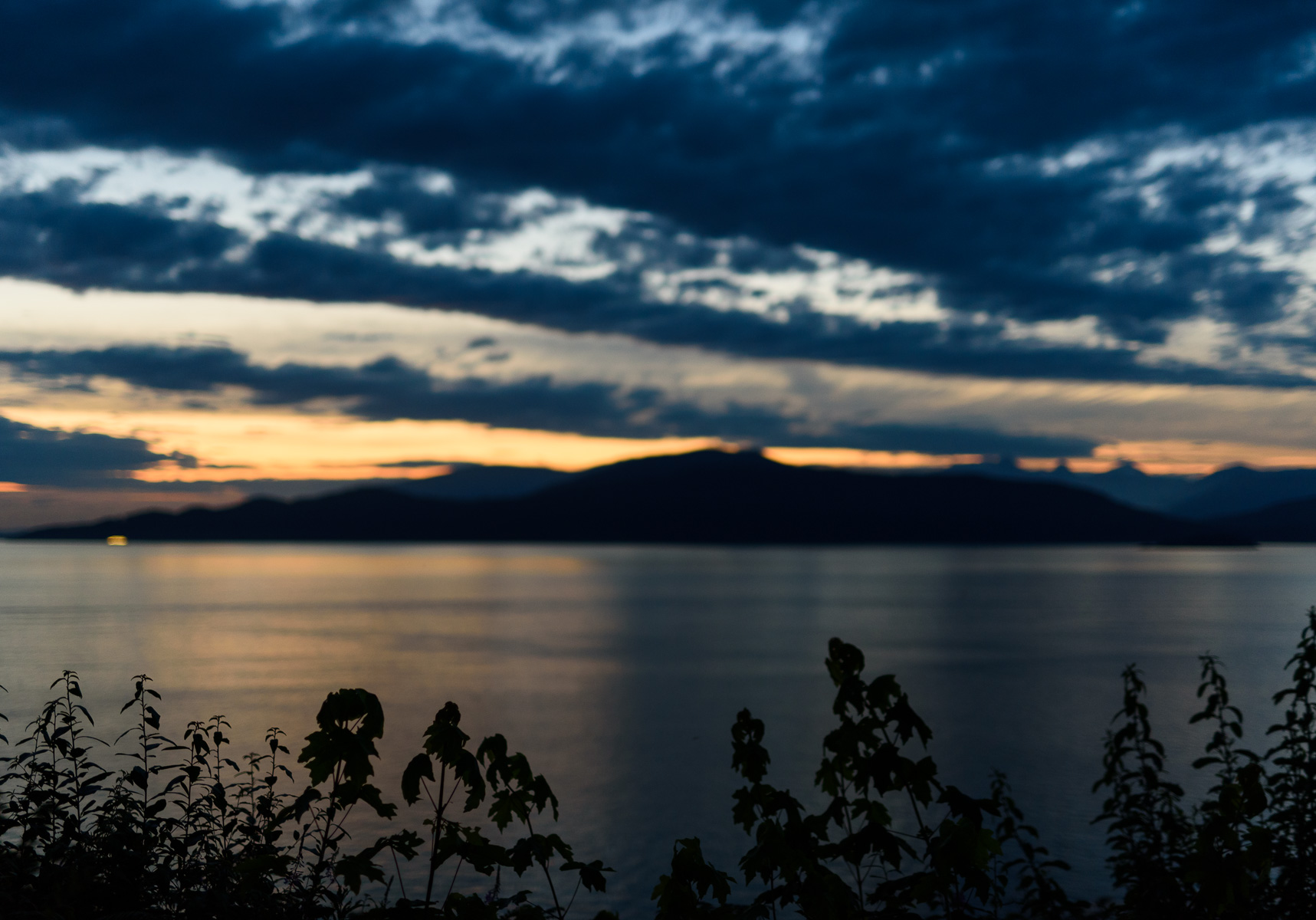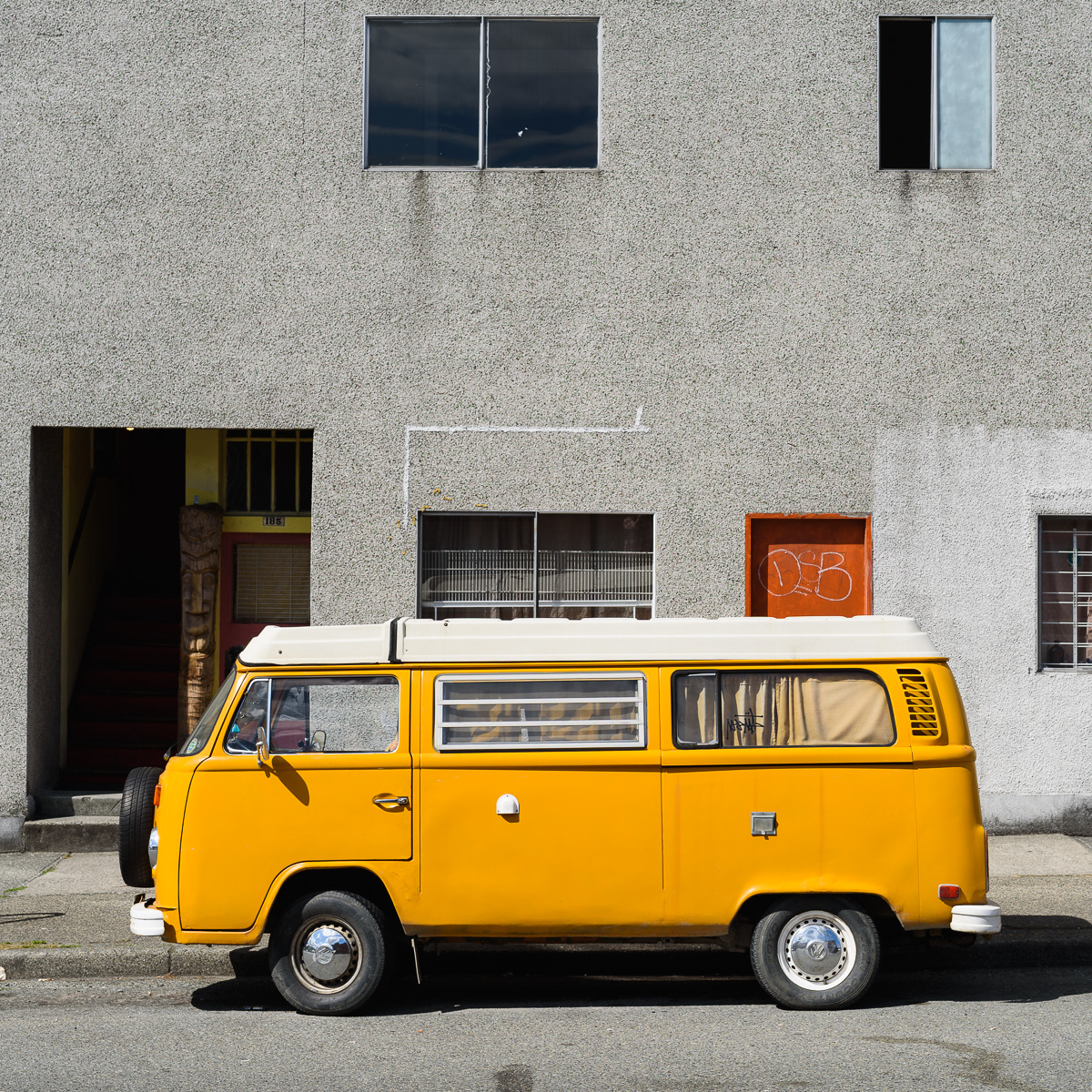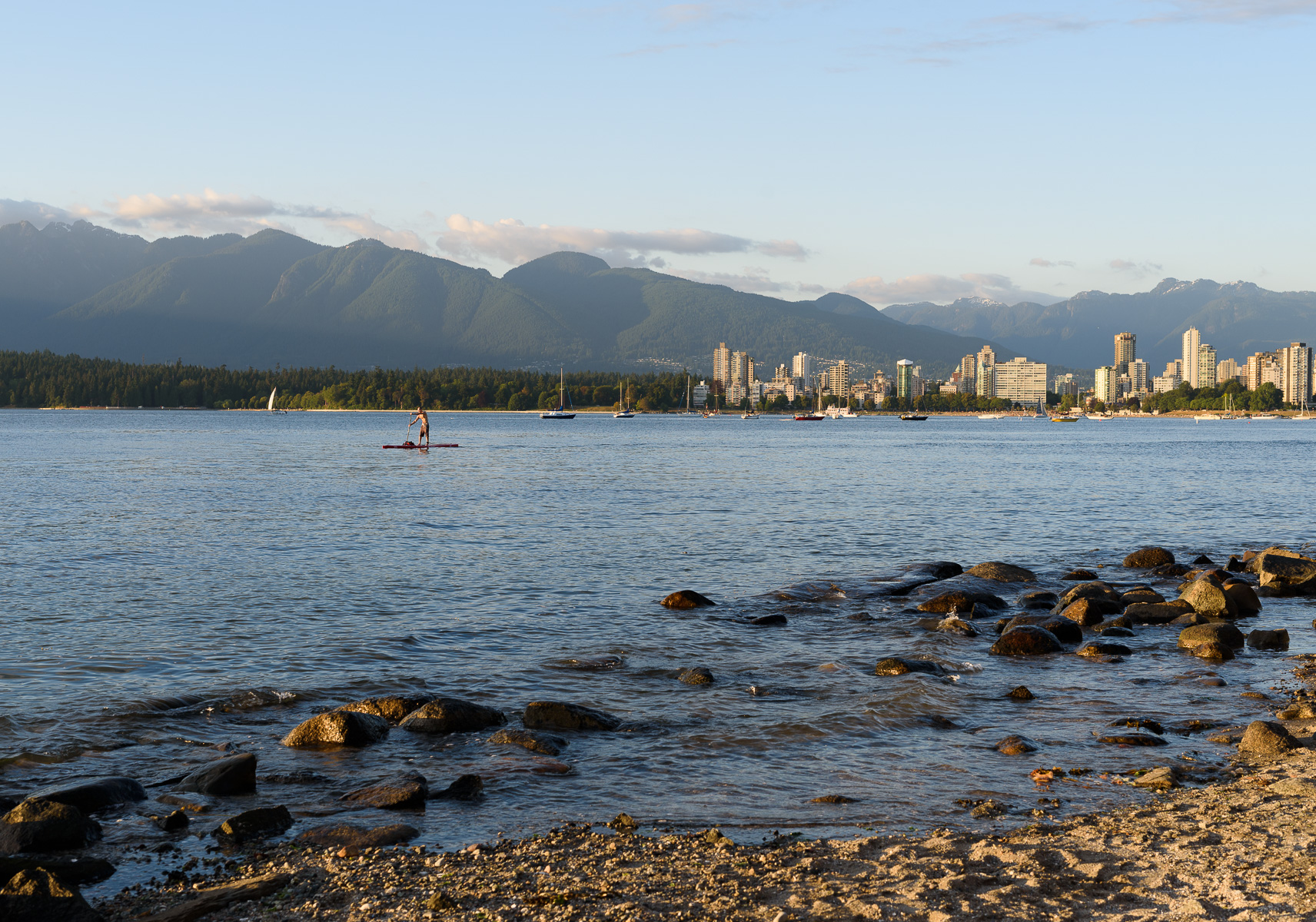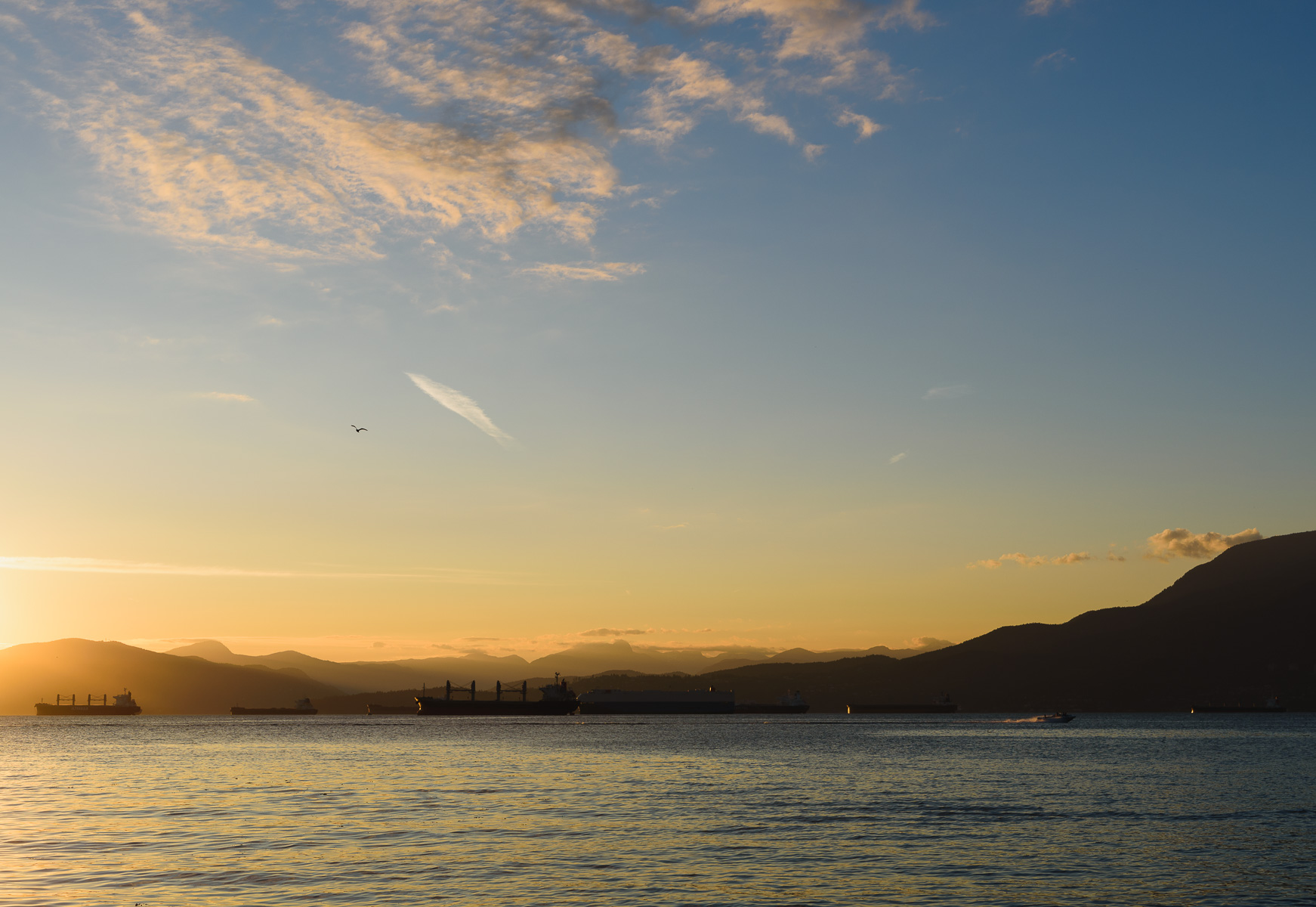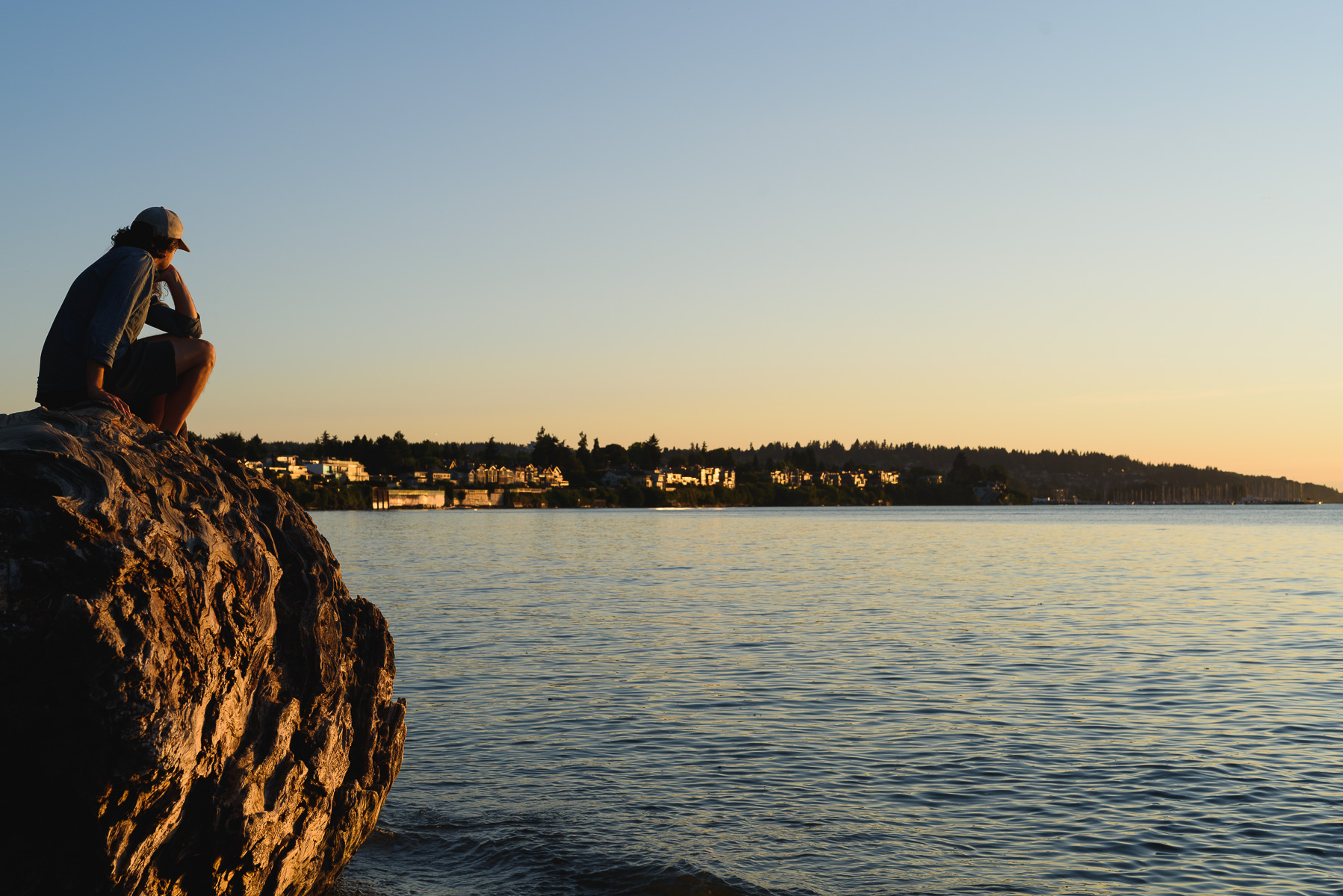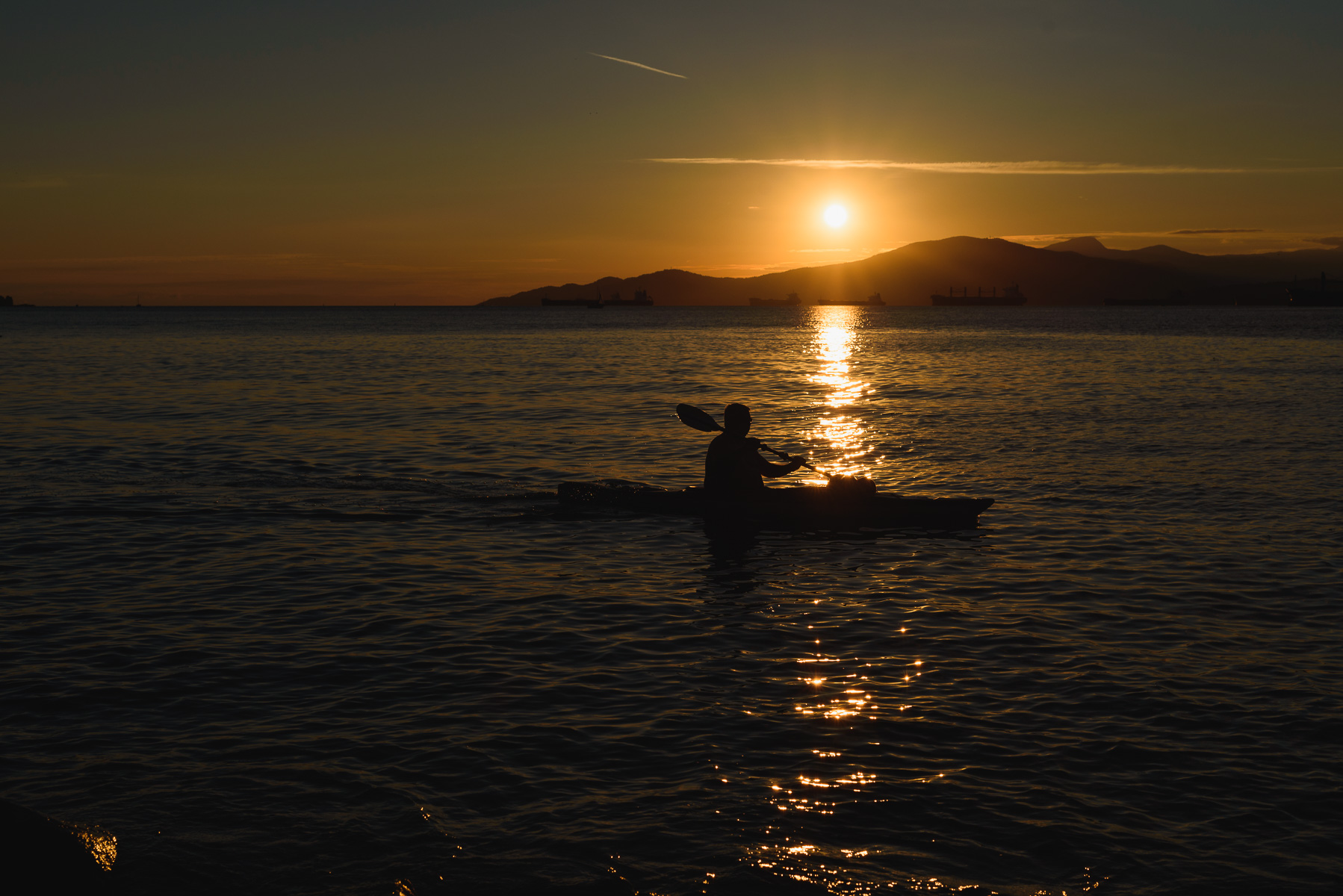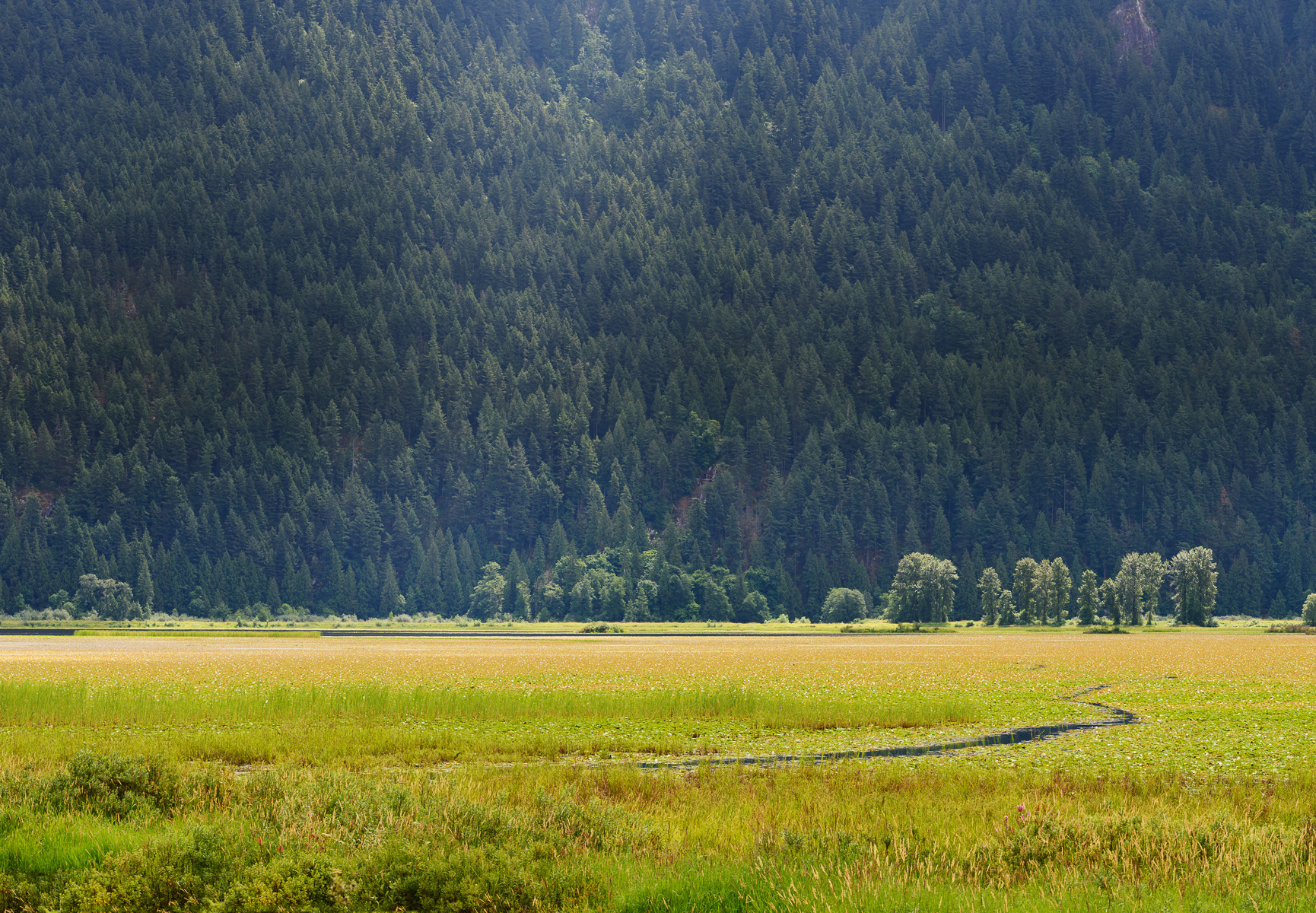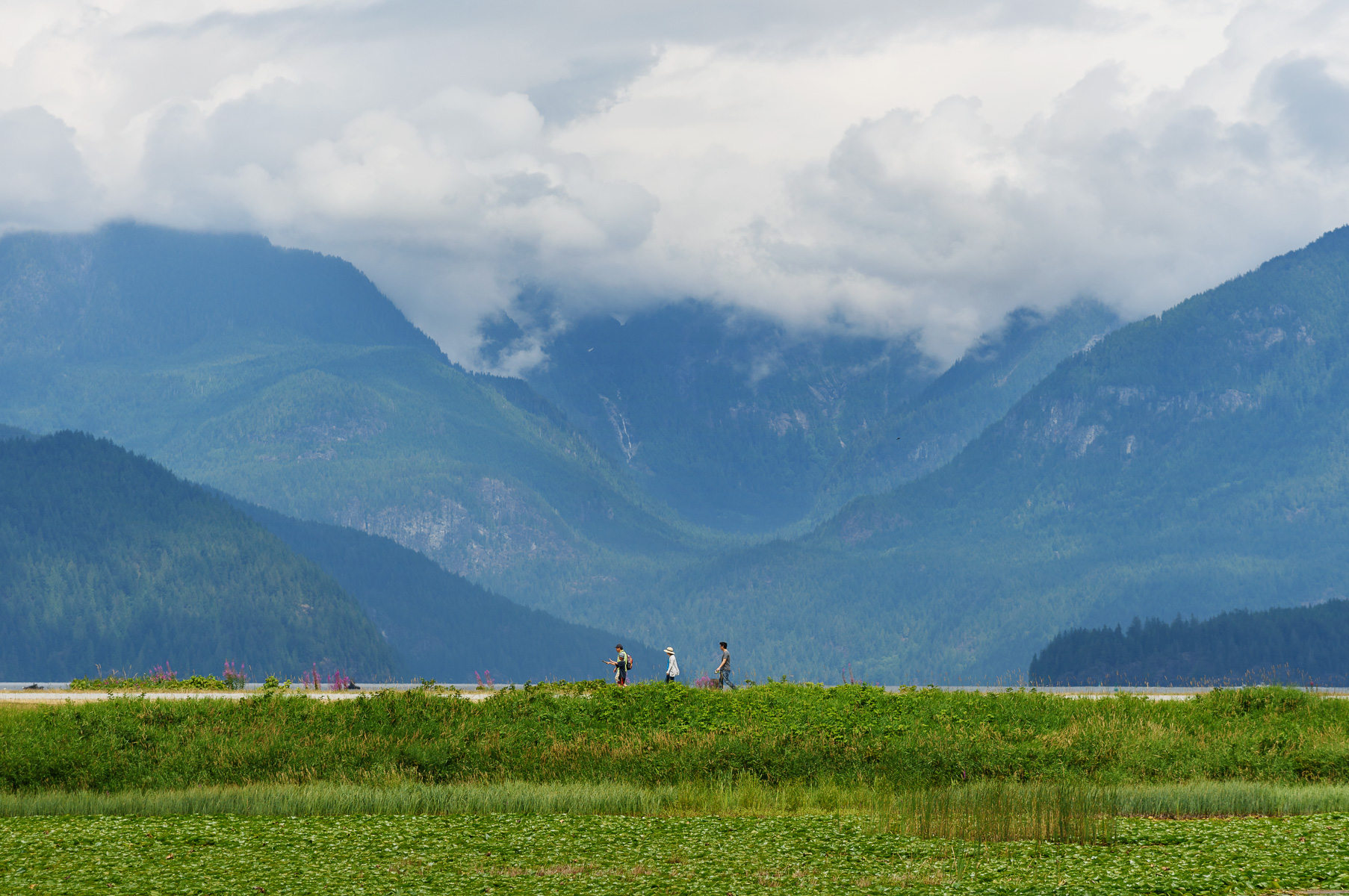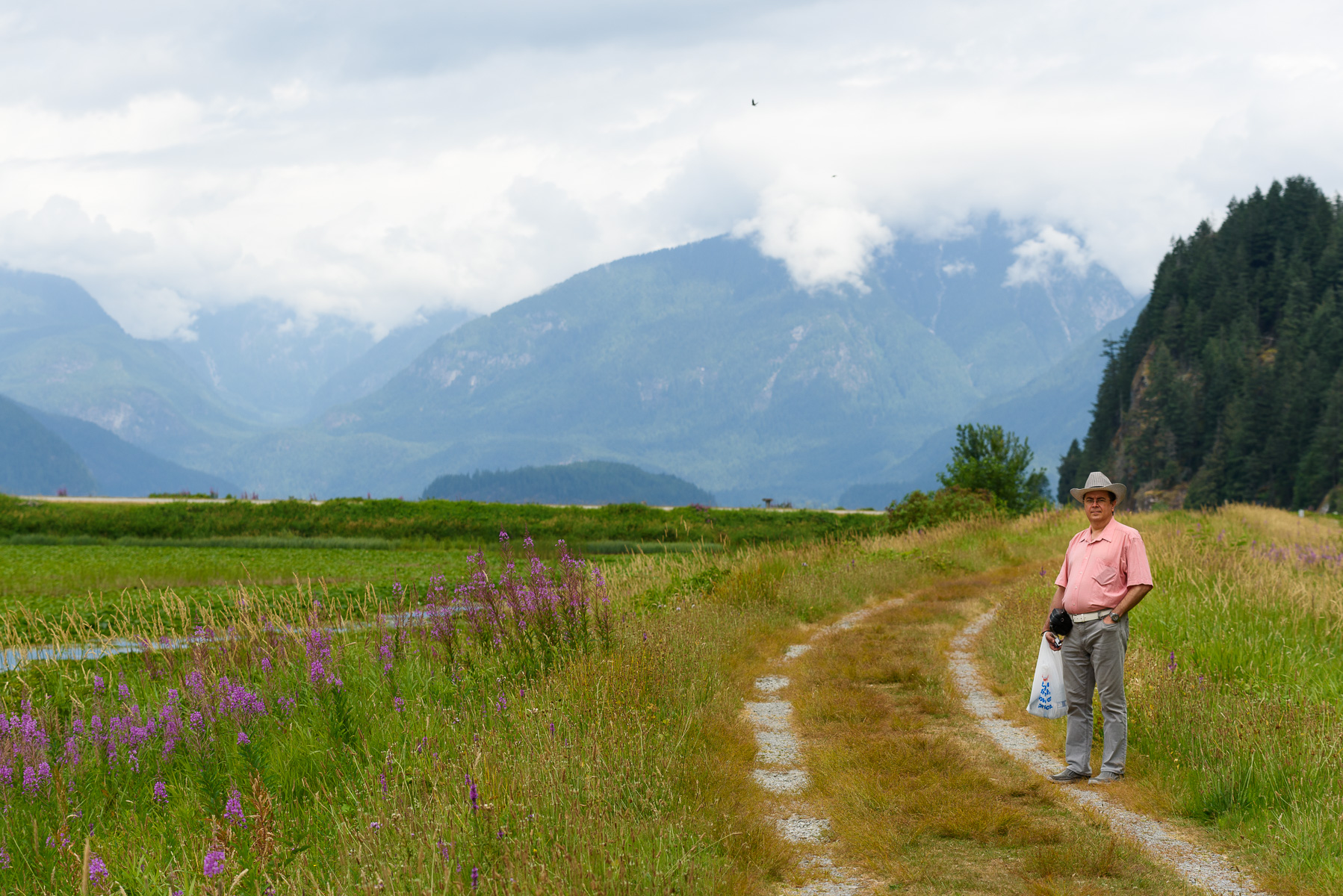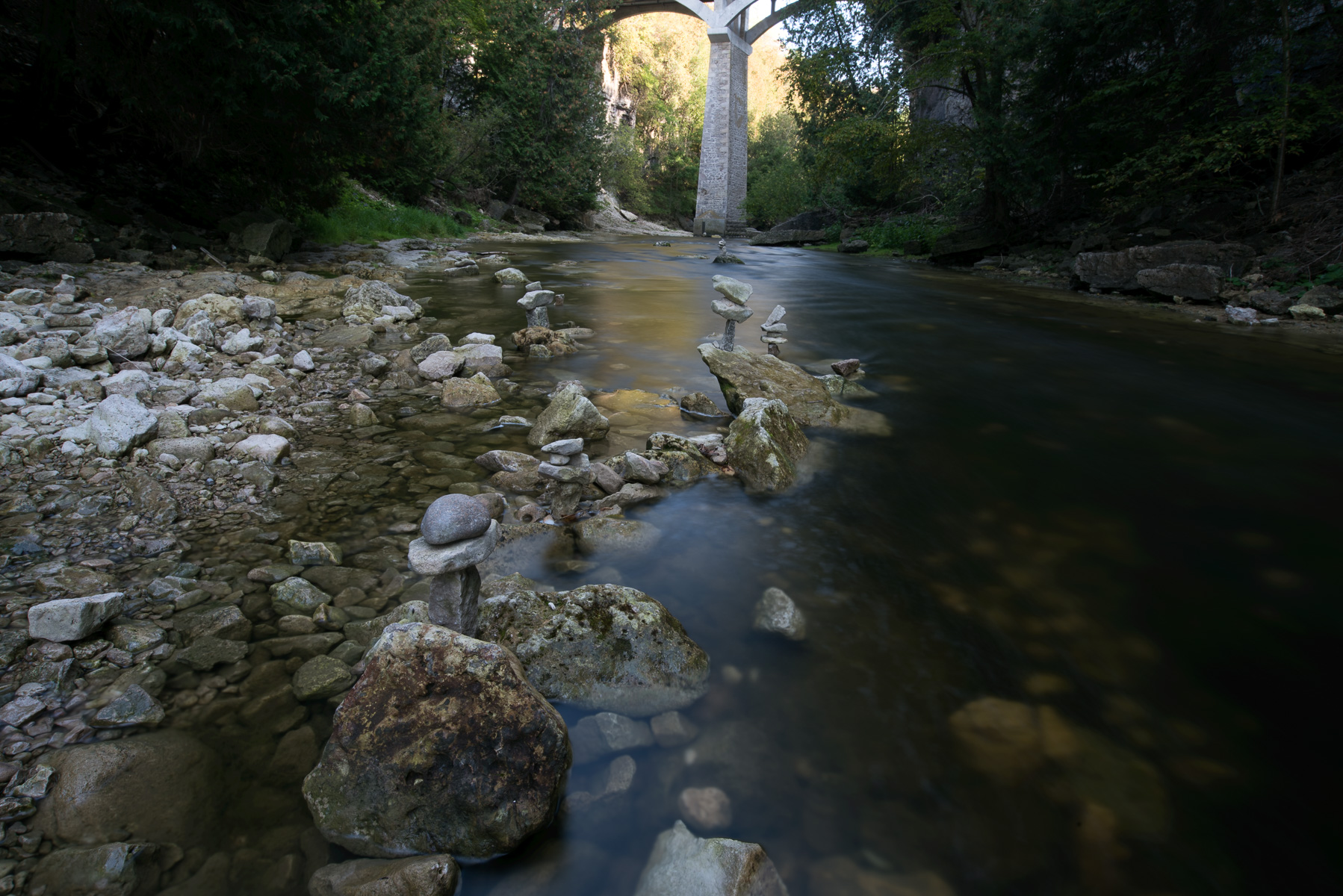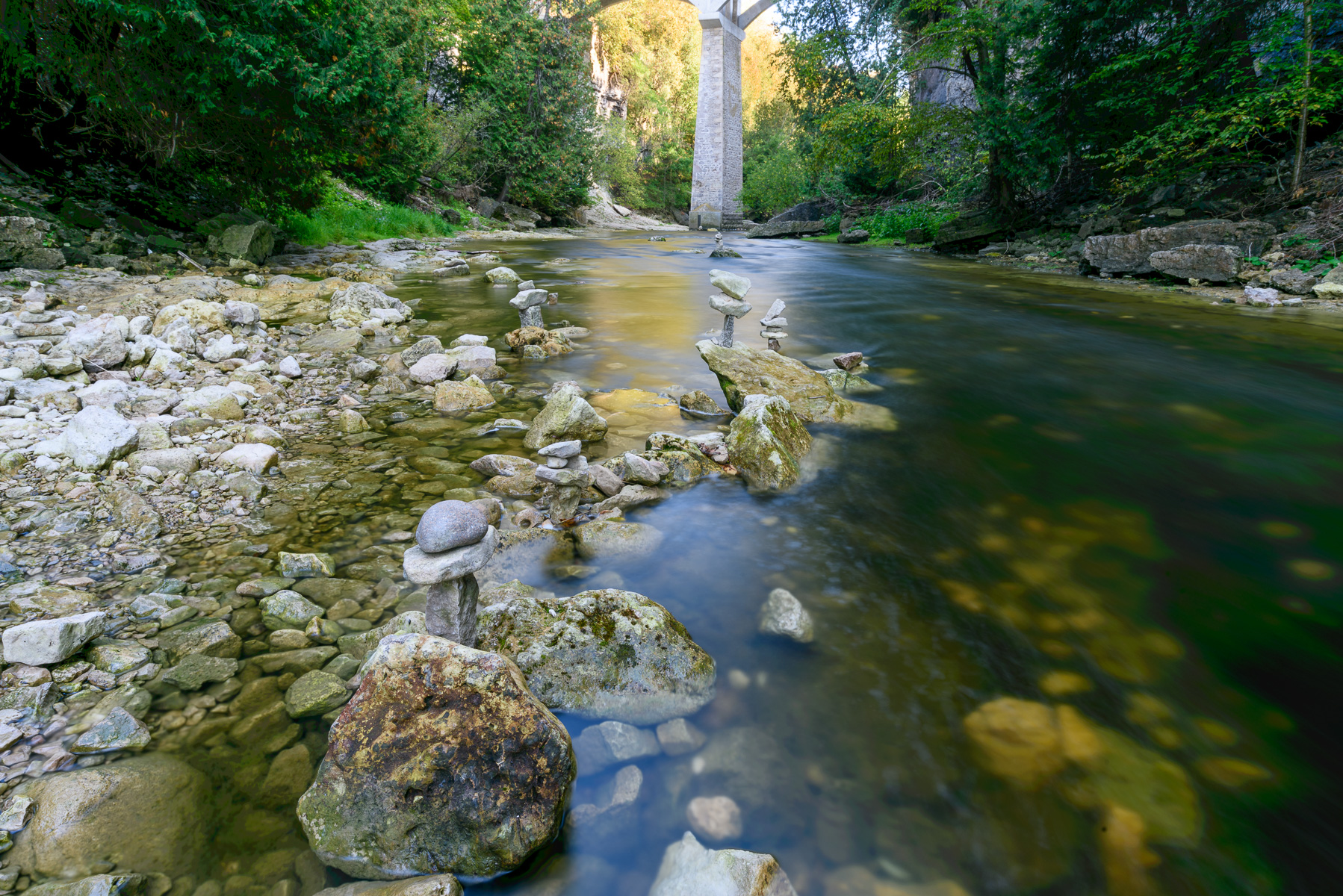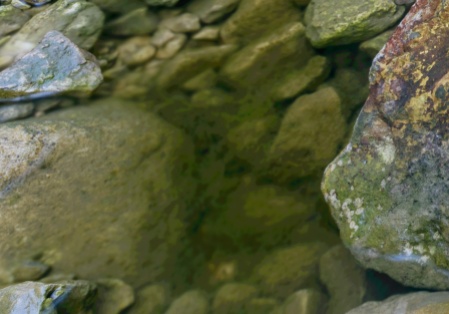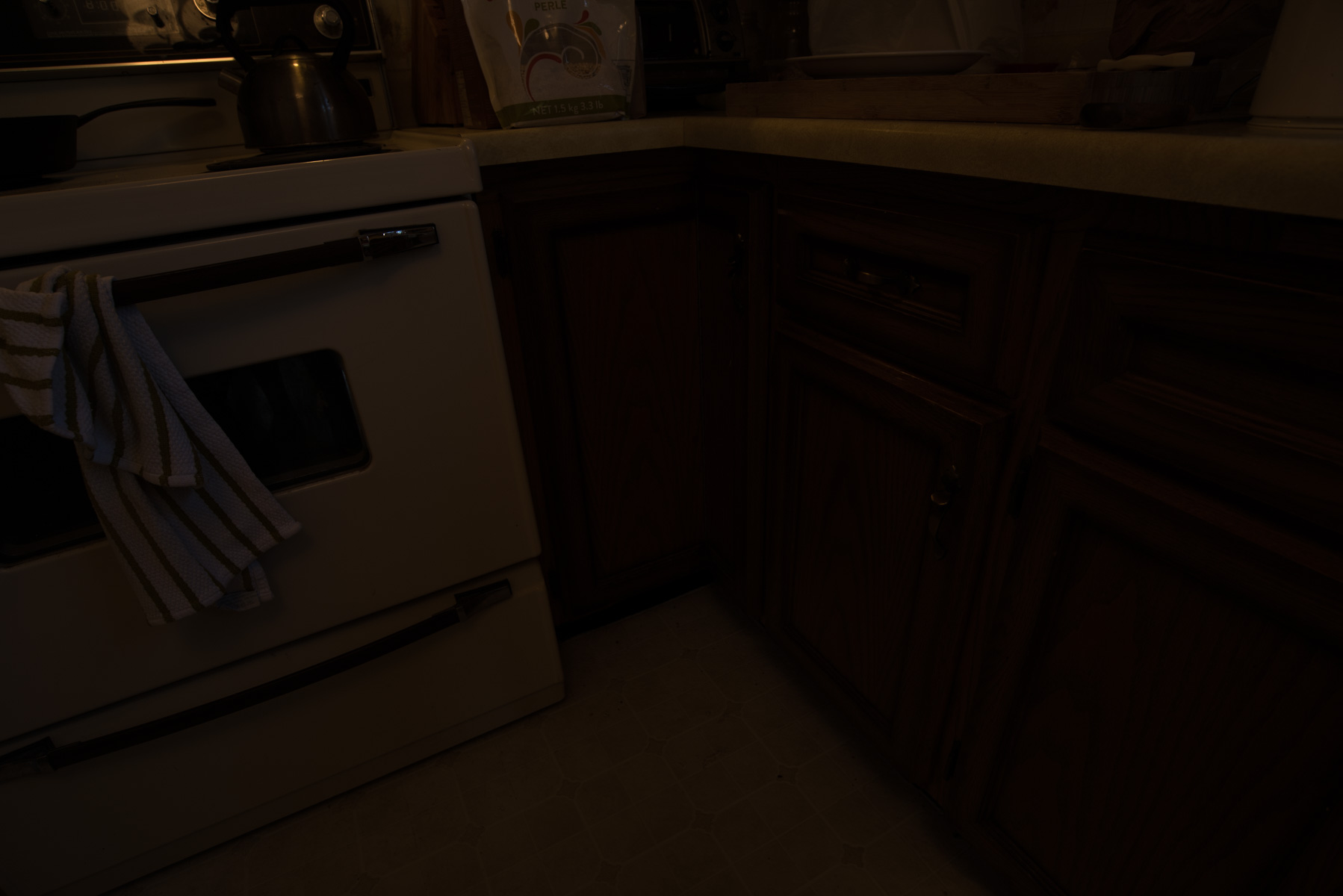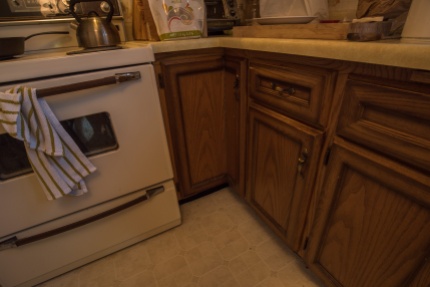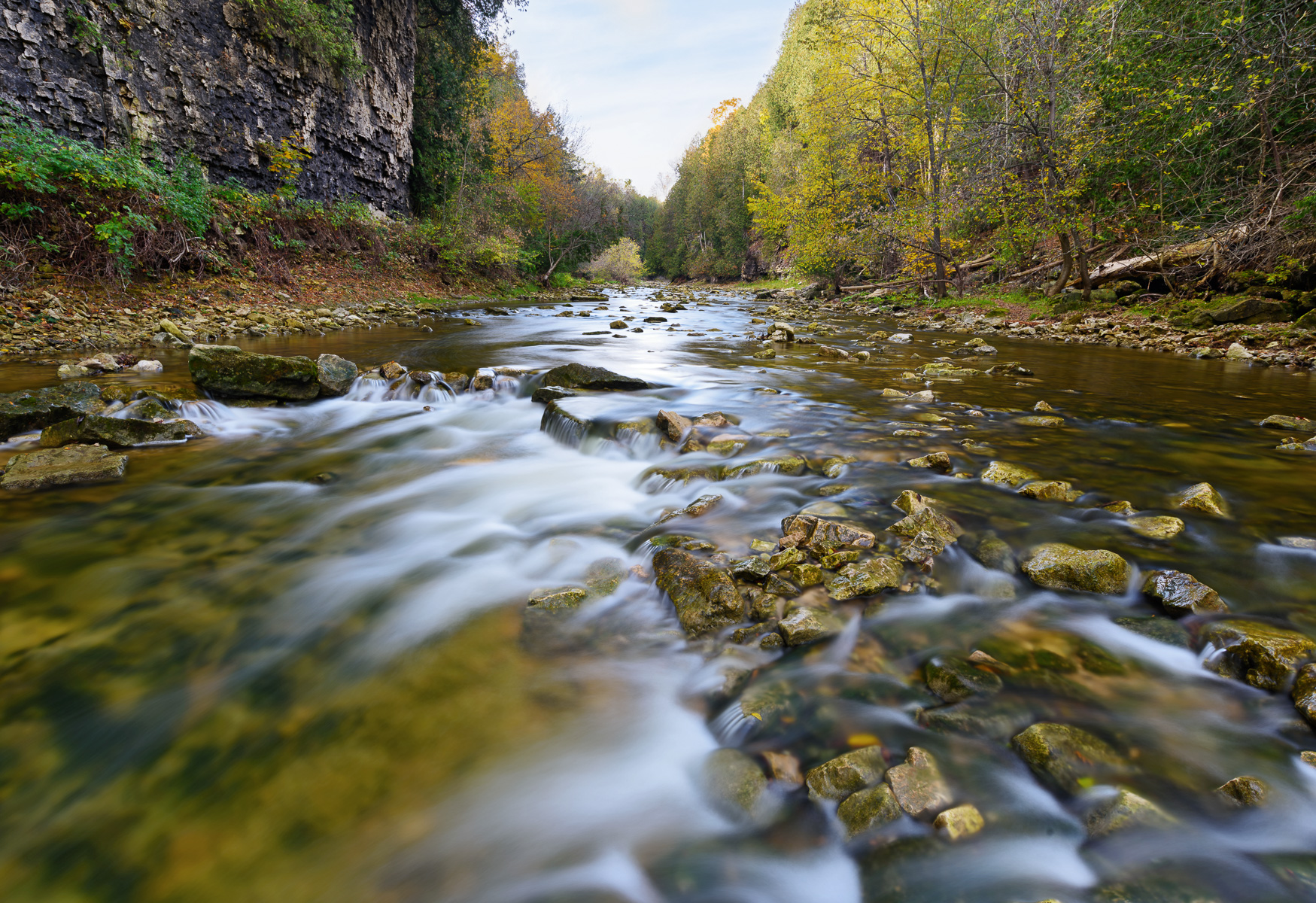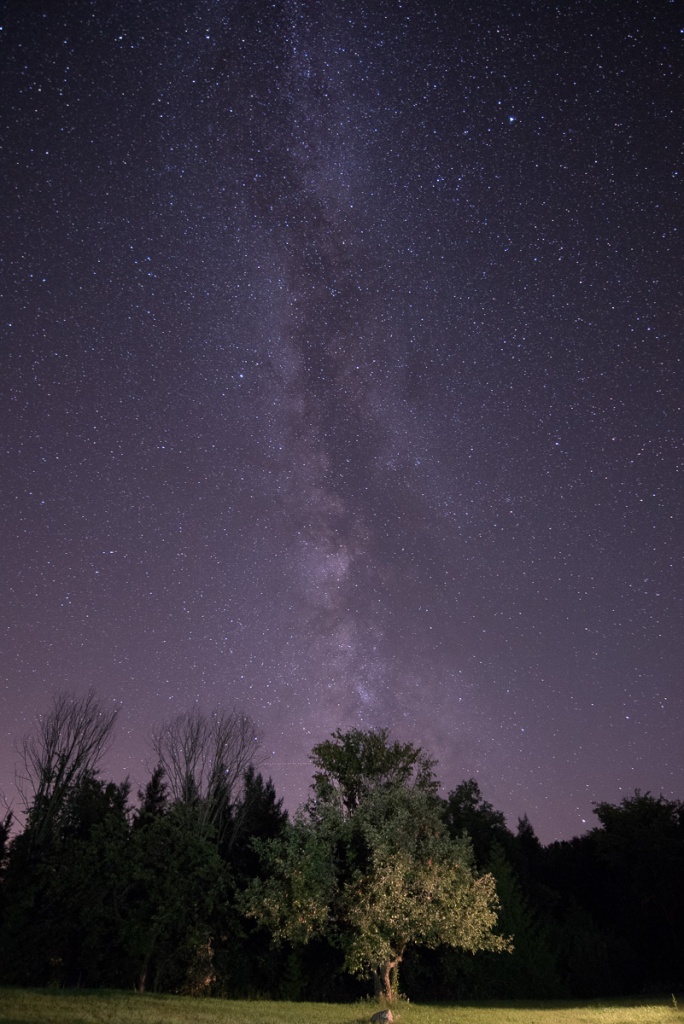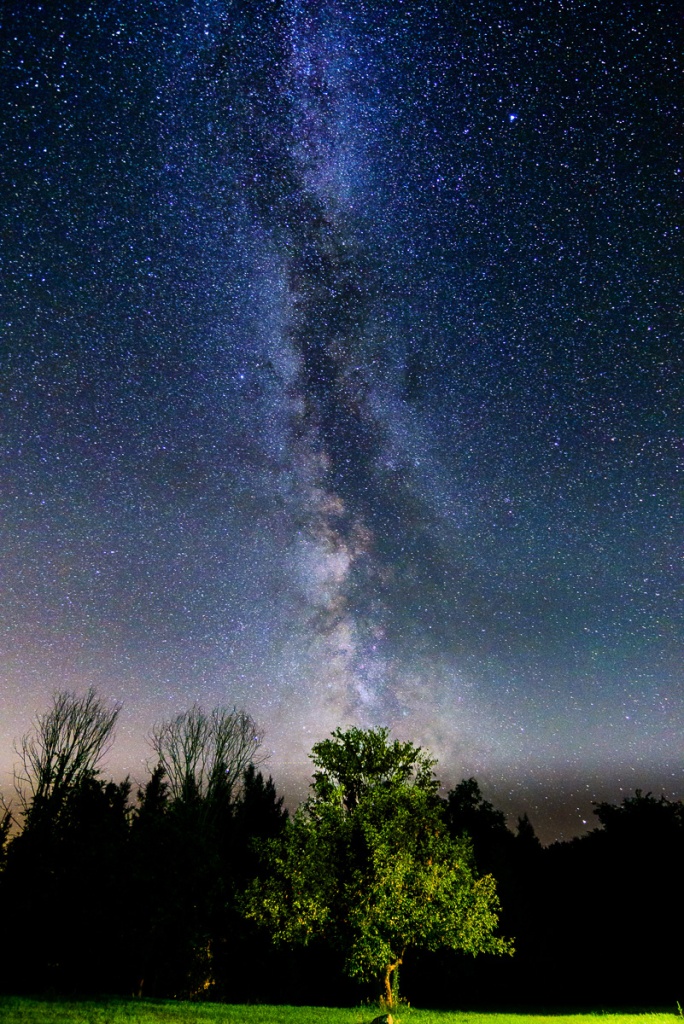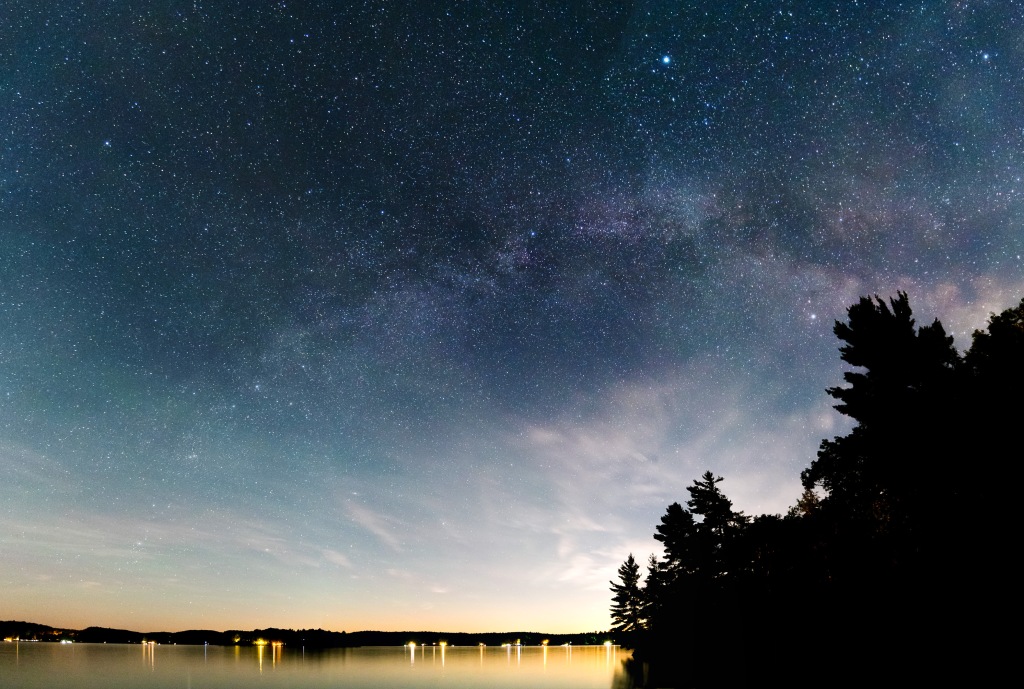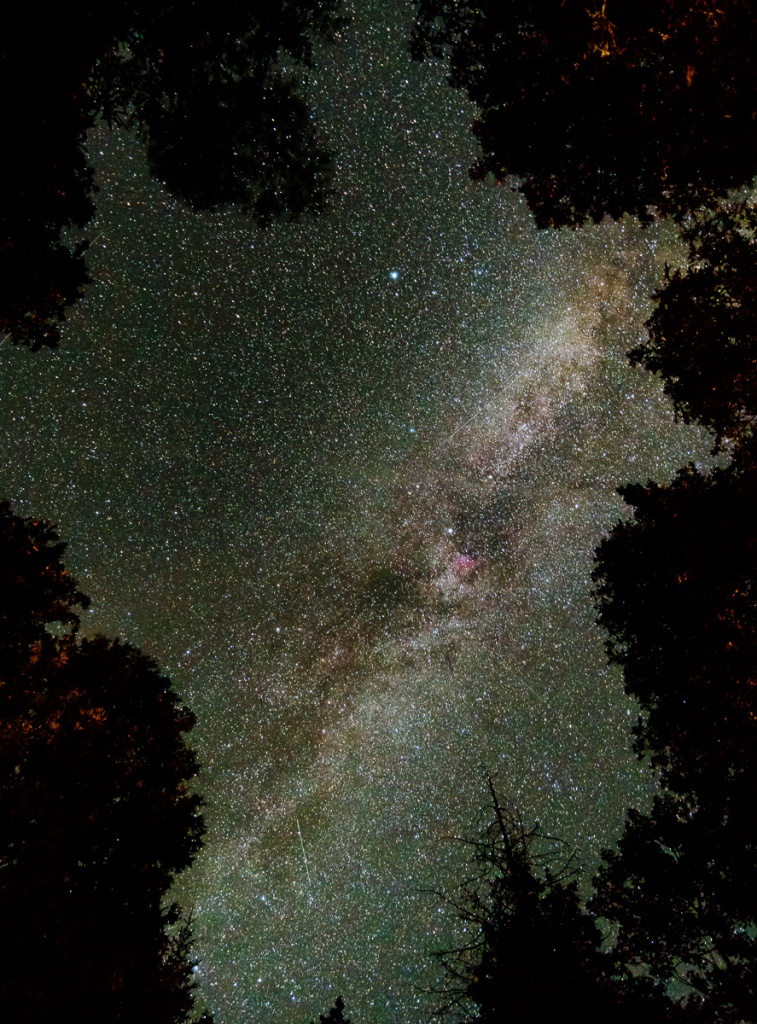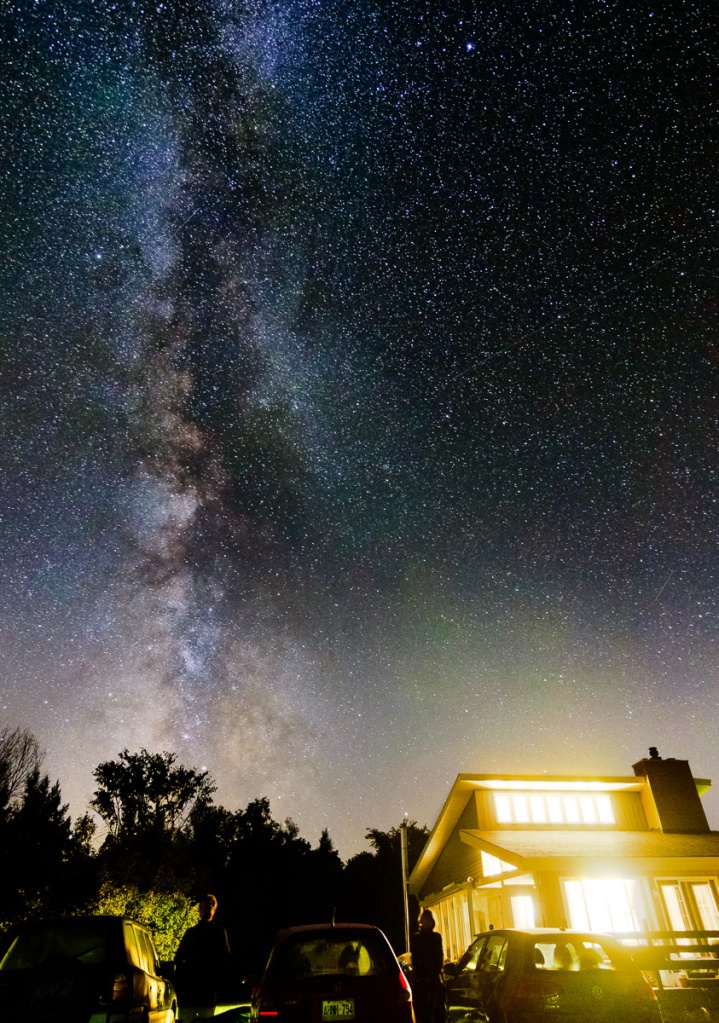I feel that I’m a photographer who takes most of my personal favourite shots when outside of my normal day-to-day life. This can include travel, concerts and events, or getting up close and personal with new people. Now that we’re living in greater isolation and travel is a no-no I’ve been forced to adjust. Now I’m not saying that Jenny and I are living as shut-ins. We get out for walks and bike rides, the occasional distanced family visit or patio drink or meal. But we’ve left our 30km radius just twice since March.
It’s wild to think that I’ll go over a year without a real trip. The last two places I visited were the Bay Area and Barcelona (and I’m grateful to have seen both, one now ravaged by fire and the other COVID-19).
So, where does that leave me? How do I get artistic satisfaction from a limited scope while remaining socially responsible? Here’s what I’m trying so far, accompanied by photos taken during these strange Quarantimes:
Getting out of the house and taking the camera everywhere I go
First off, if I go out for a walk or bike ride I bring a camera. As much as possible it’s around my neck instead of stuffed in a bag. I usually simplify to just one body and lens. The X100F has been ideal for this because it doesn’t weigh me down and has the right ergonomics and response to quickly snap a good shot but also the control to encourage me to take my time to get an even better one.
Trying different media or styles
To be honest, I have too much gear. Two DSLRs and the X100F are already enough but then I have three film bodies in rotation as well, including condiment shelf in the fridge full of expired film. When getting out I try to mix it up, sometimes bringing just a film body, other time visualizing in black and white or other colour profiles.
Stepping out of my comfort zone can inspire creativity. Often I don’t get a good result but that’s not the point because the playing around makes me happy and inspires me to keep shooting. My goal for the late autumn and winter is to switch to black and white entirely, or at the very least to envision every shot in black and white first and only switch to colour if it’s a significant improvement.
Frequent returns to the same places
I have a few go-to places in the region that I return to many times a year, especially now that I’m not travelling far. Schneider’s Bush, Health Valley Trail are quick to get to by car and Breithaupt Park is a short walk away. I love seeing how the scenery changes from month-to-month, day-to-day or even hour-to-hour.
A benefit to revisiting the same spots is that I can plan for the future. Certain scenes look ok at the present time but have great potential to be stunning with the right conditions. Take the photo above for example. I’ve walked that part of the Health Valley Trail dozens of times but finally I decided to come at sunset. I rushed to exactly this spot, a 15 minute walk from the car, because I knew it would give me something beautiful if the sky panned out (which it did).
Photography by bicycle
I dabbled in this just a bit this year but I want to start cycling to local photography destinations by default instead of driving. There are many benefits, besides health, to getting around by bike with a camera. For starters, the journey becomes equally as important as the destination. Combining road and trail provides new views on familiar things and the process of stopping a bike and shooting is a lot more efficient then parking a car and hauling out gear.
Our city has invested hugely in cycling infrastructure lately and since COVID came has separated off lanes of major roads for bikes, opening up many new routes to get around. More people should be taking advantage of this opportunity!
My longer term goal will be to set up a lightweight cycling photography kit, either using a handlebar bag or trunk bag or combination of both. In either case it will need to be incredibly durable and well padded so that if I drop the bike I won’t damage any gear. I’d love to be able to leave the house for an all-day photography ride, with a little camera kit and lunch and a coffee. My X100f would be perfect but maybe the D750 with the super light 24, 50, 85 f/1.8 lenses and the little Manfrotto Befree would work too. I’ll keep everybody posted!
People are dealing with COVID-19 in many different ways. These are a few of the ways I’ve coped with having my photographic scope limited but I’d love to hear if any of you have other suggestions.
